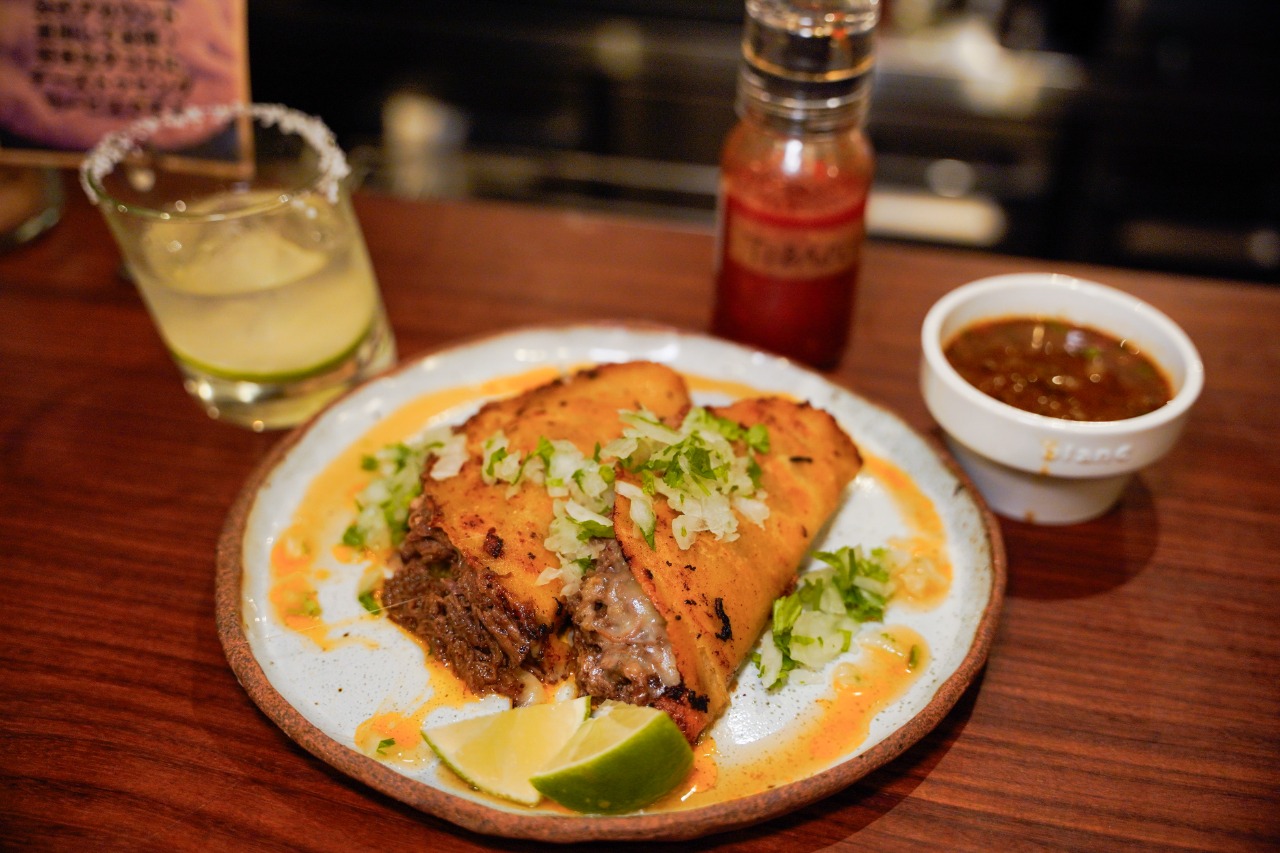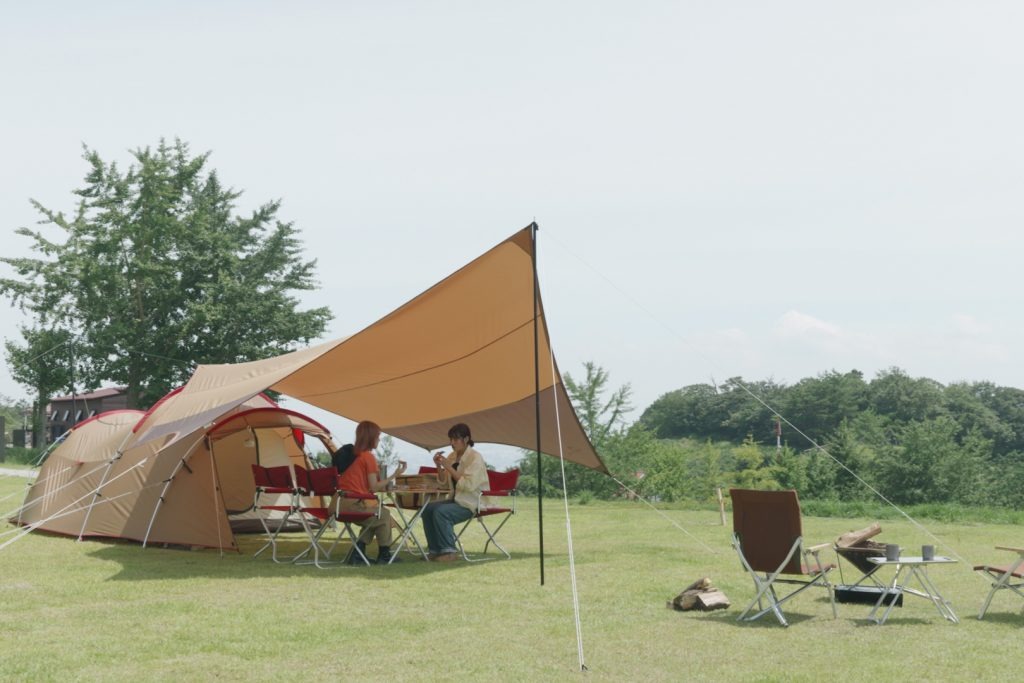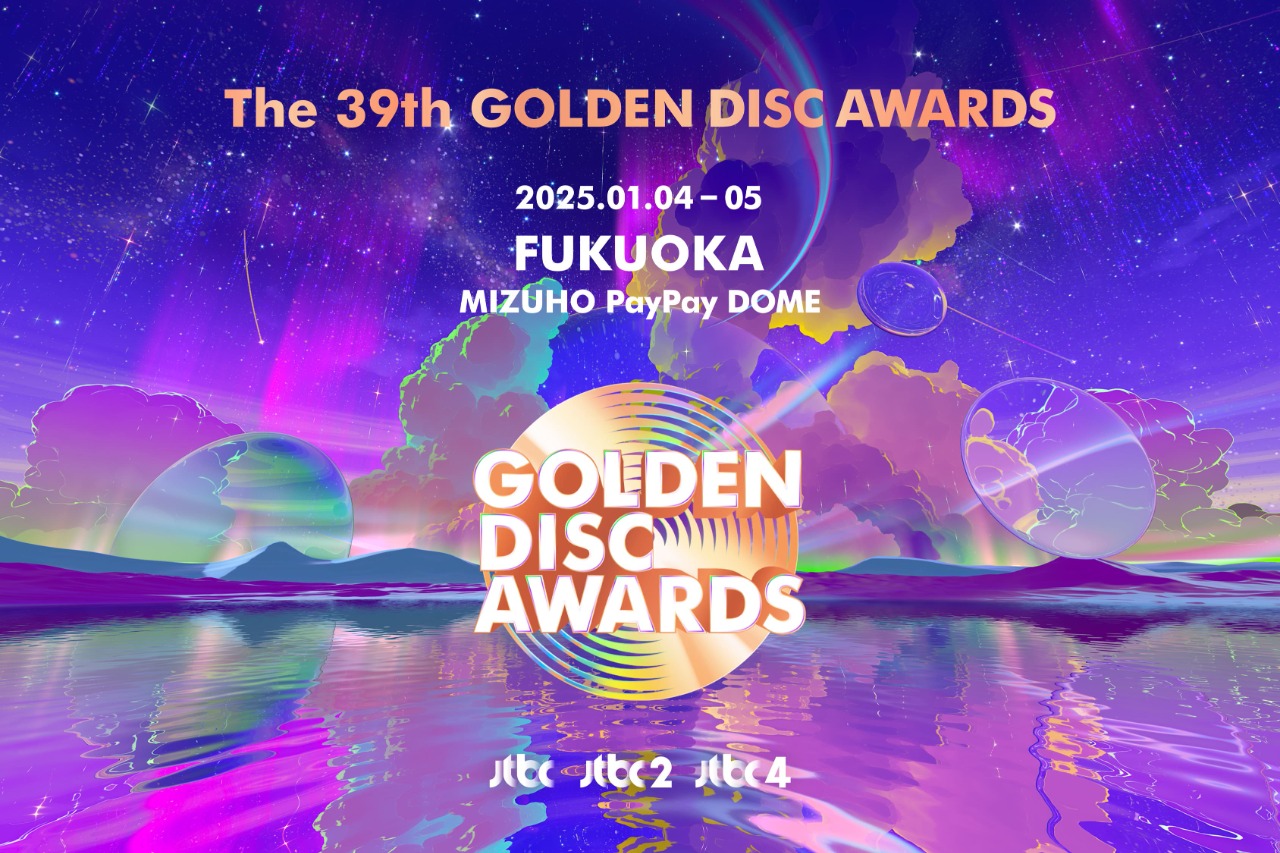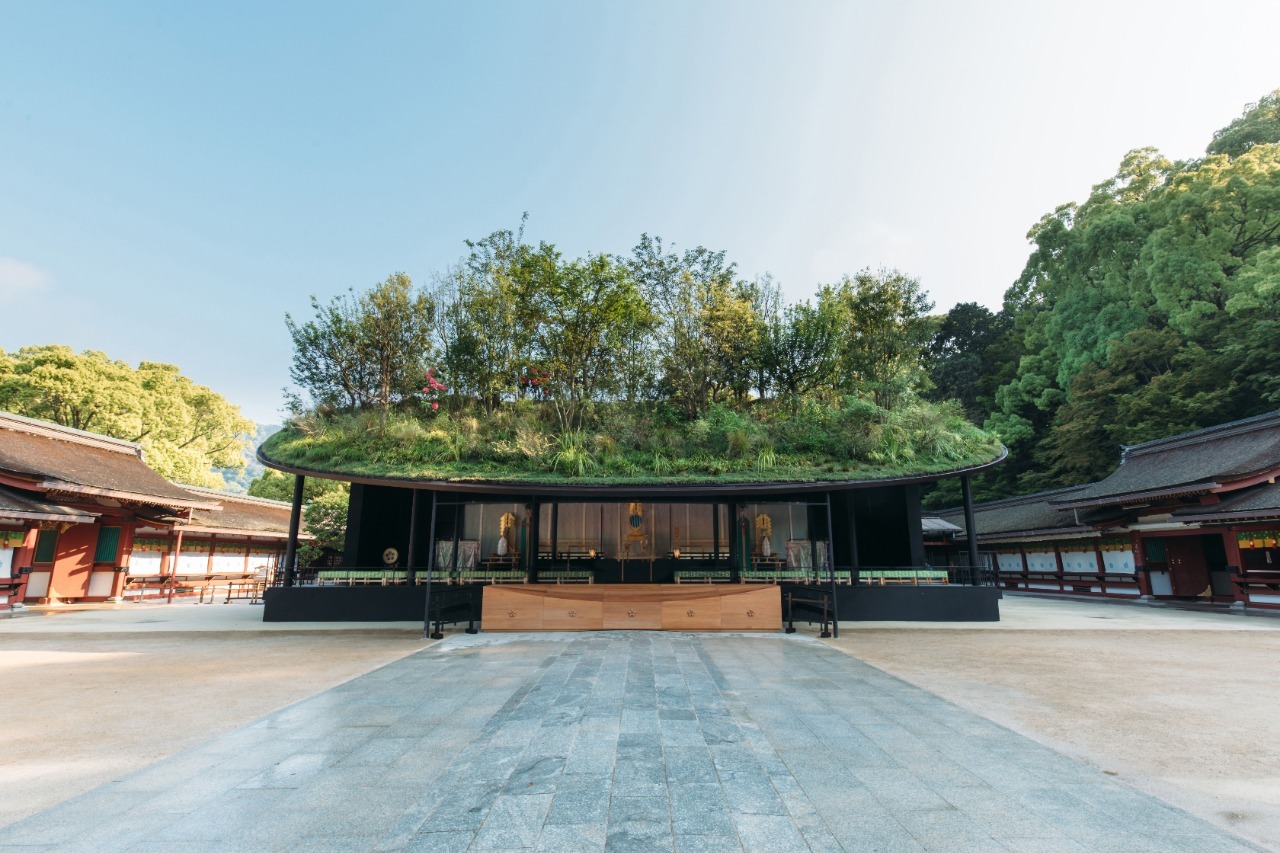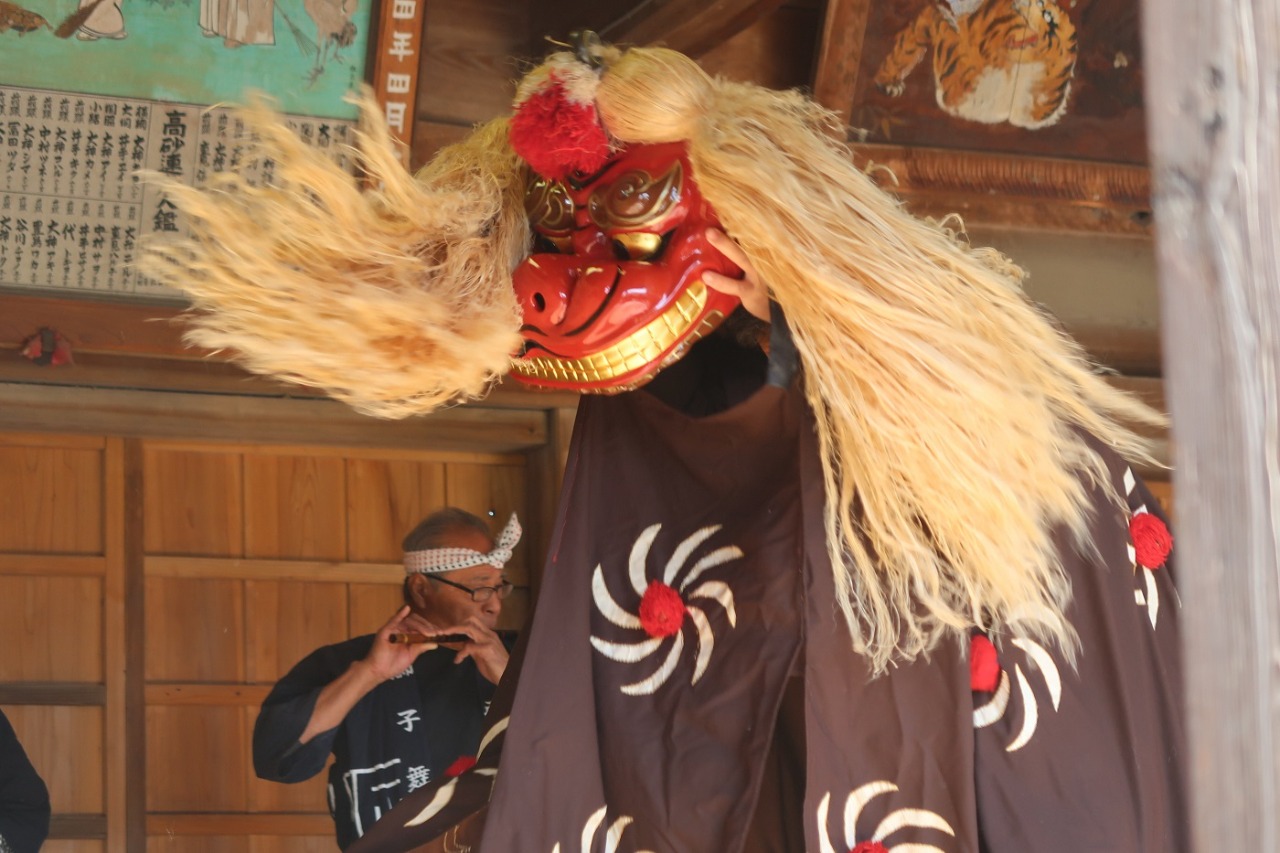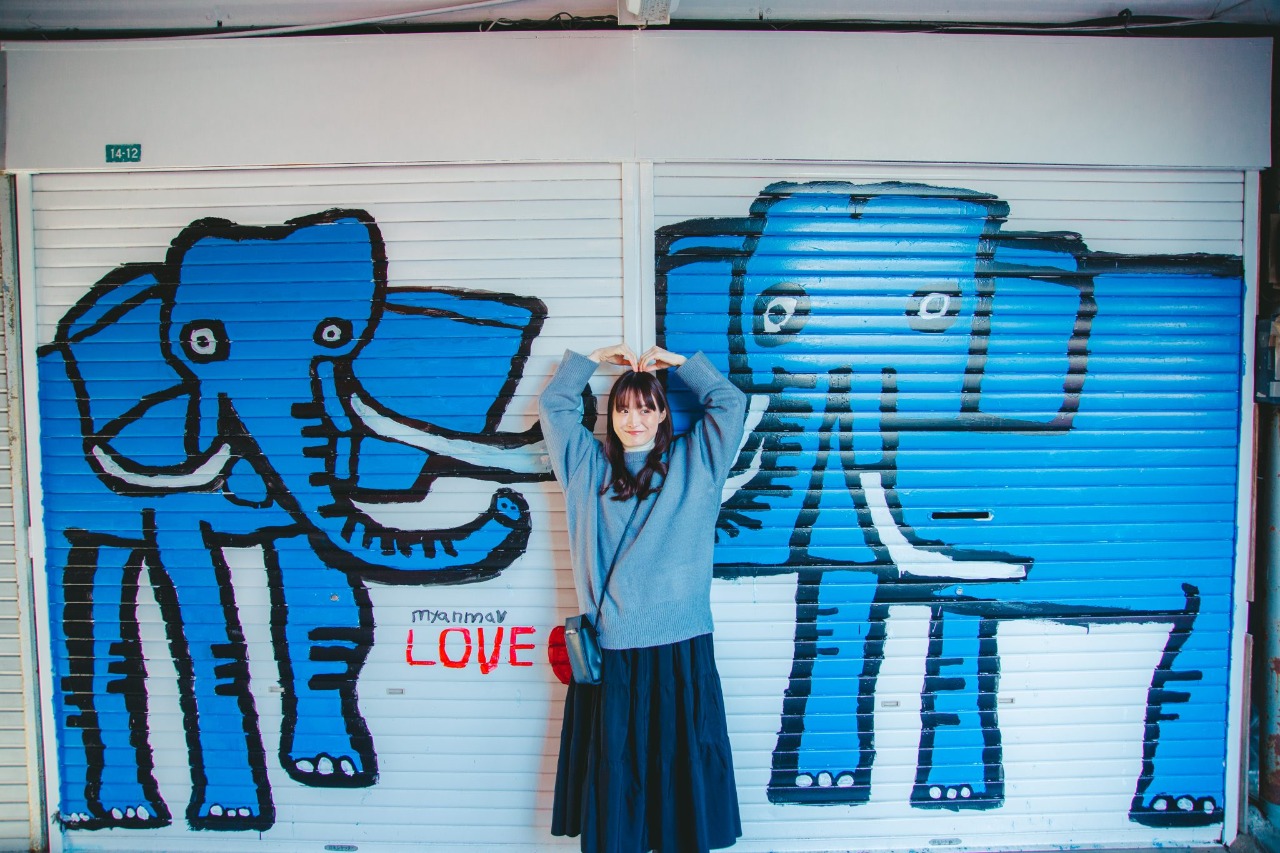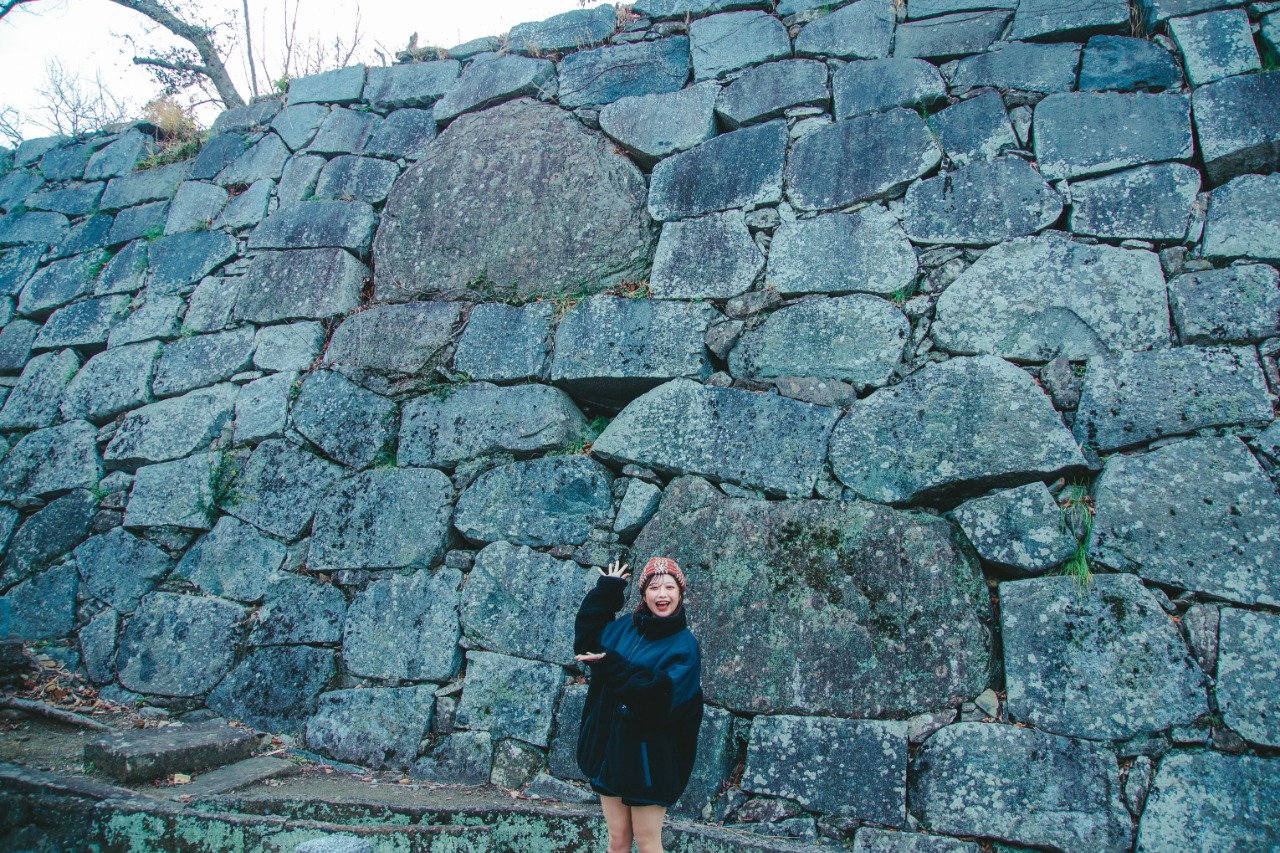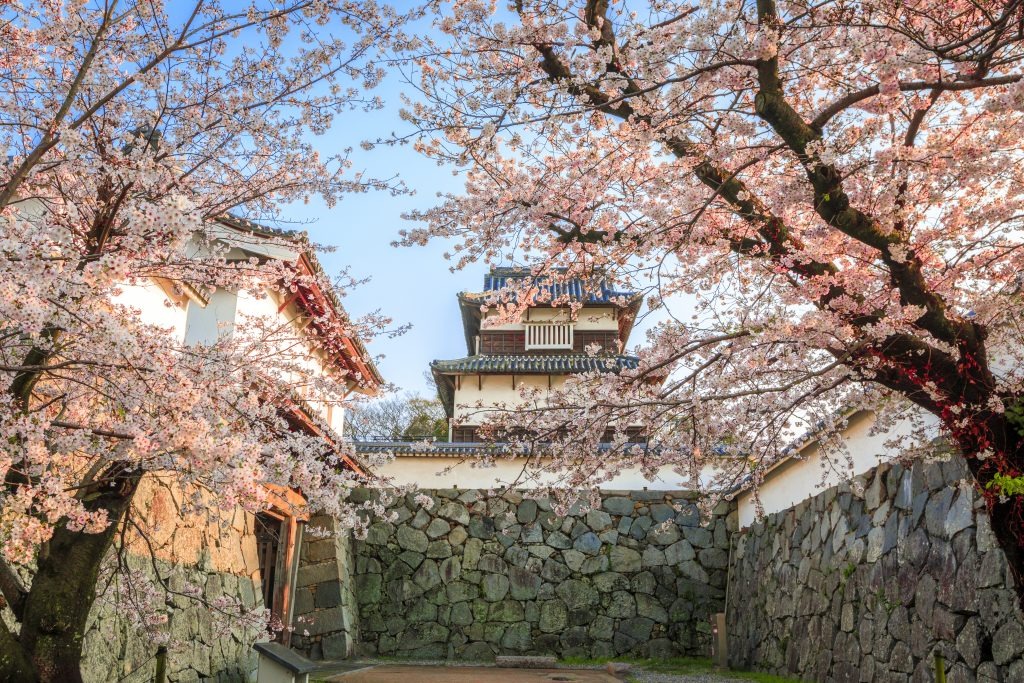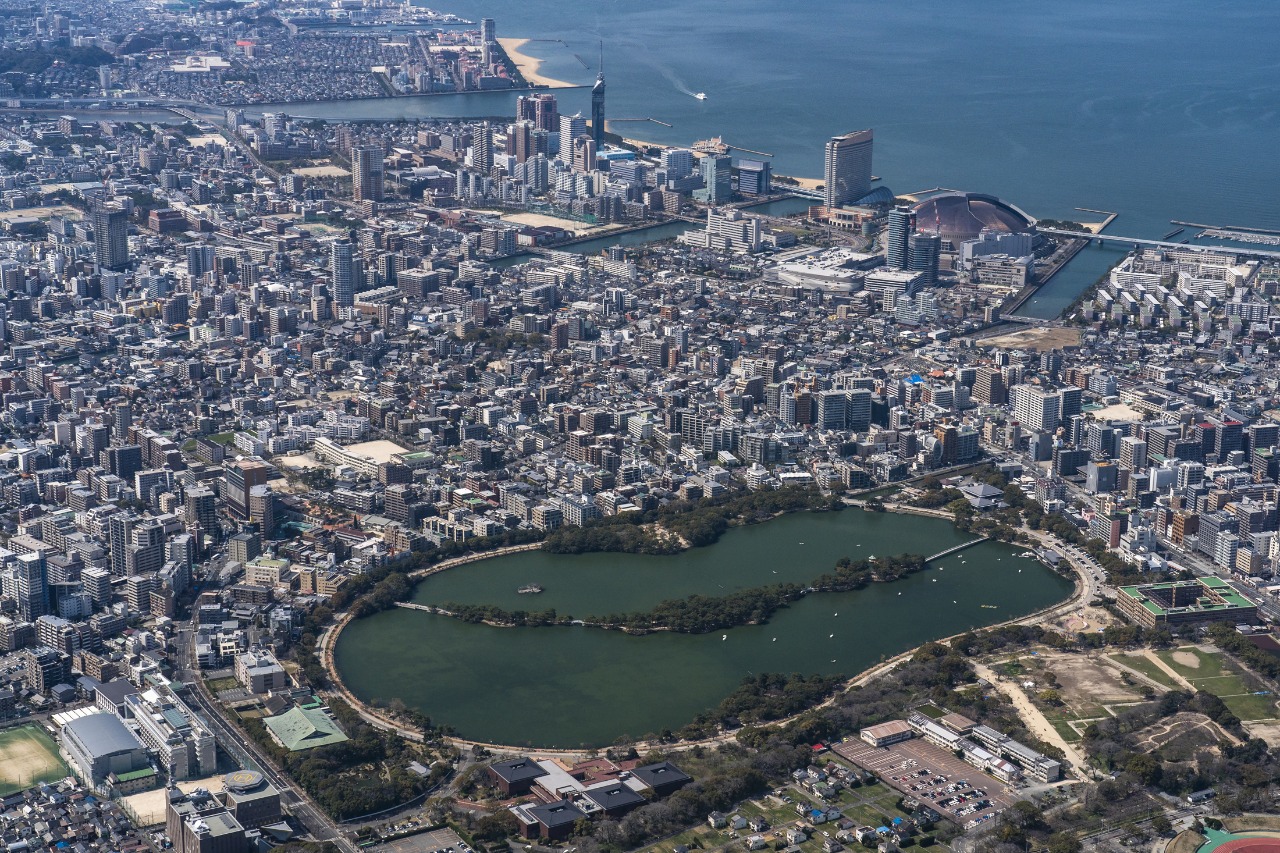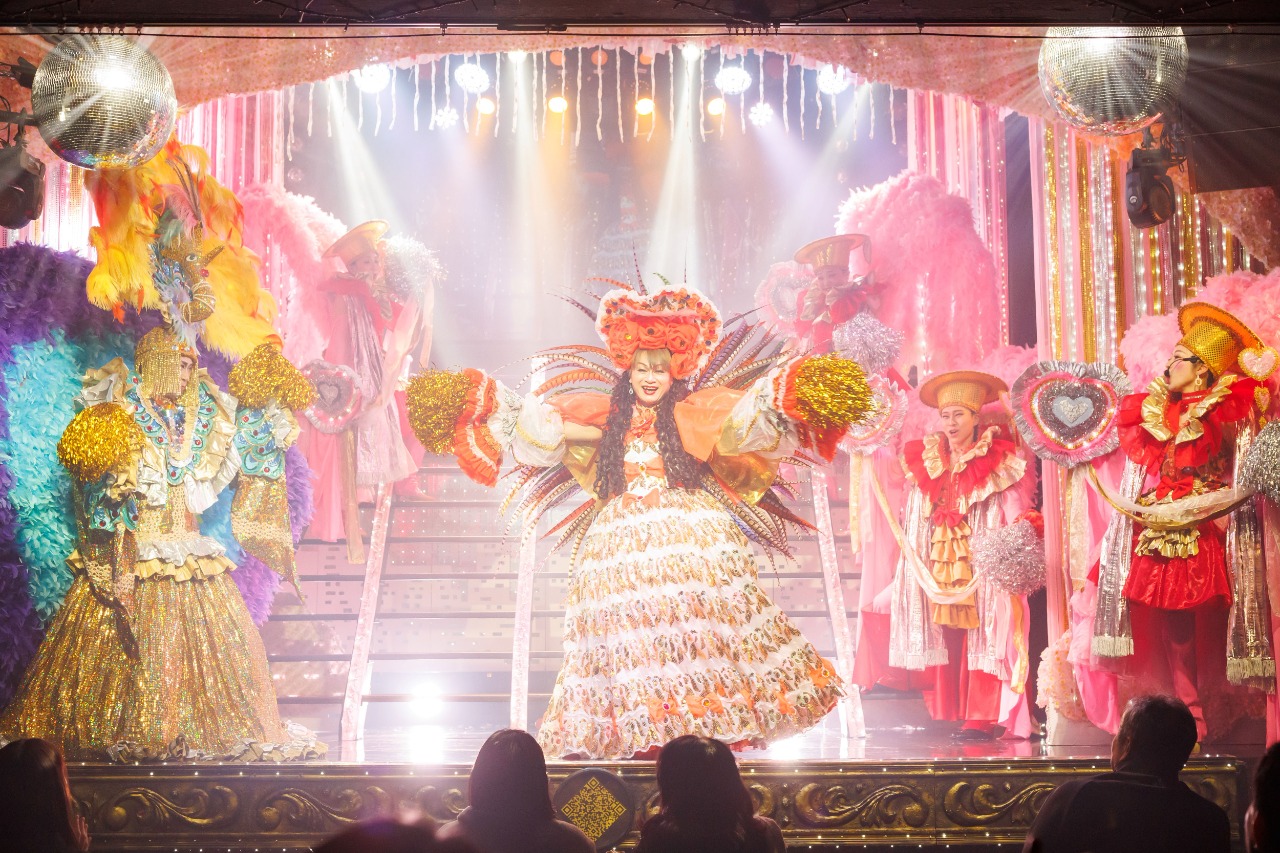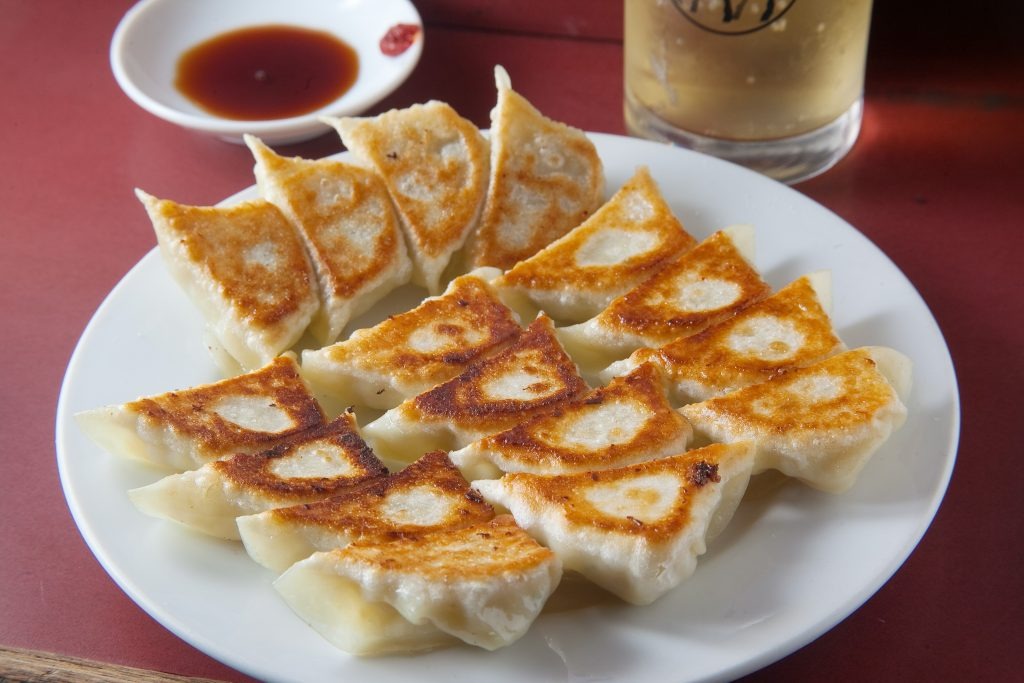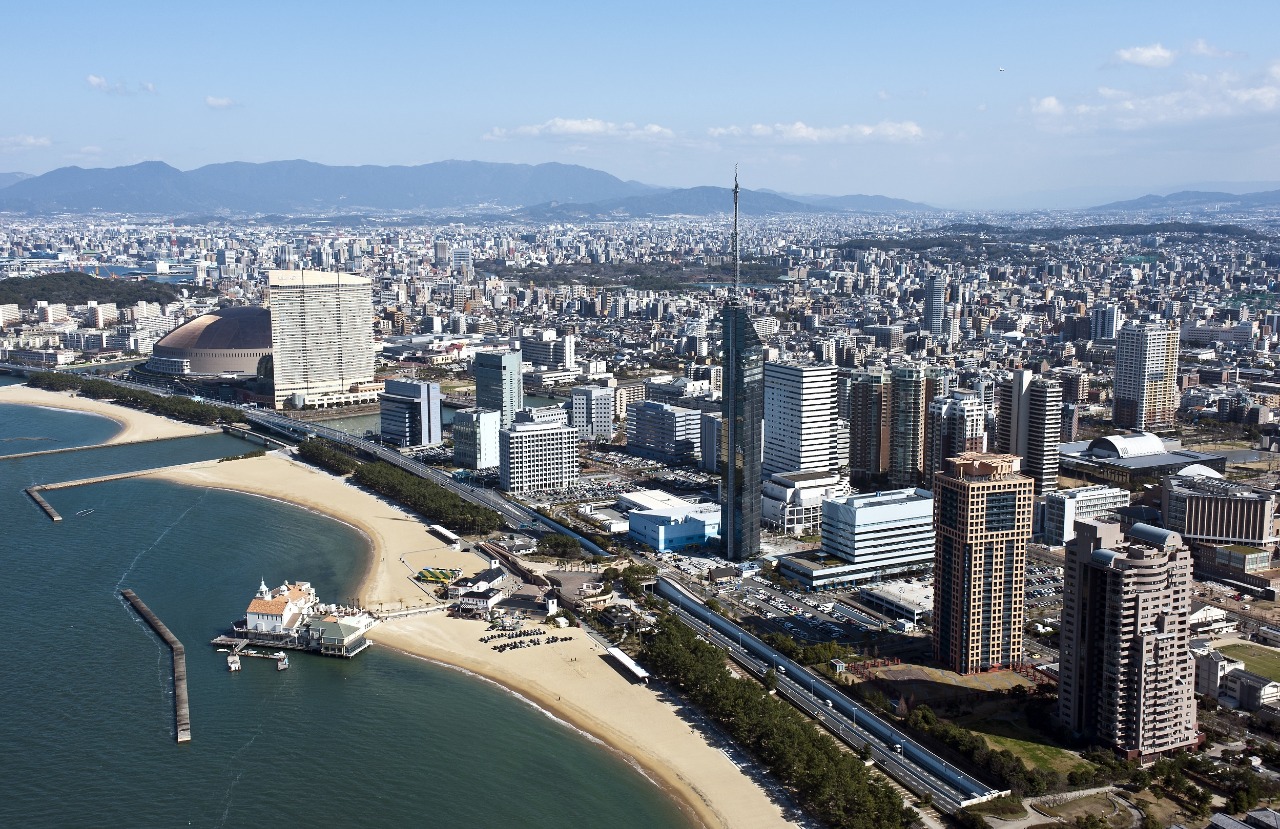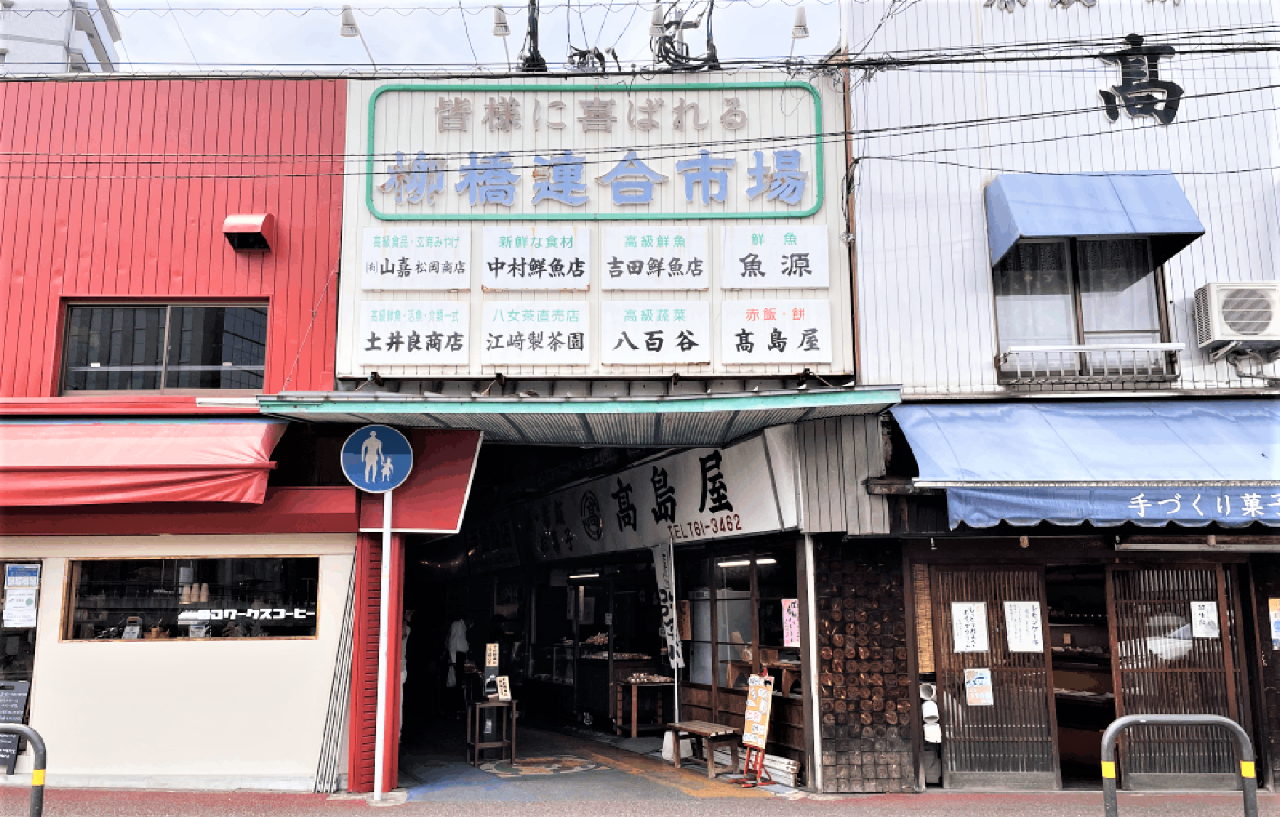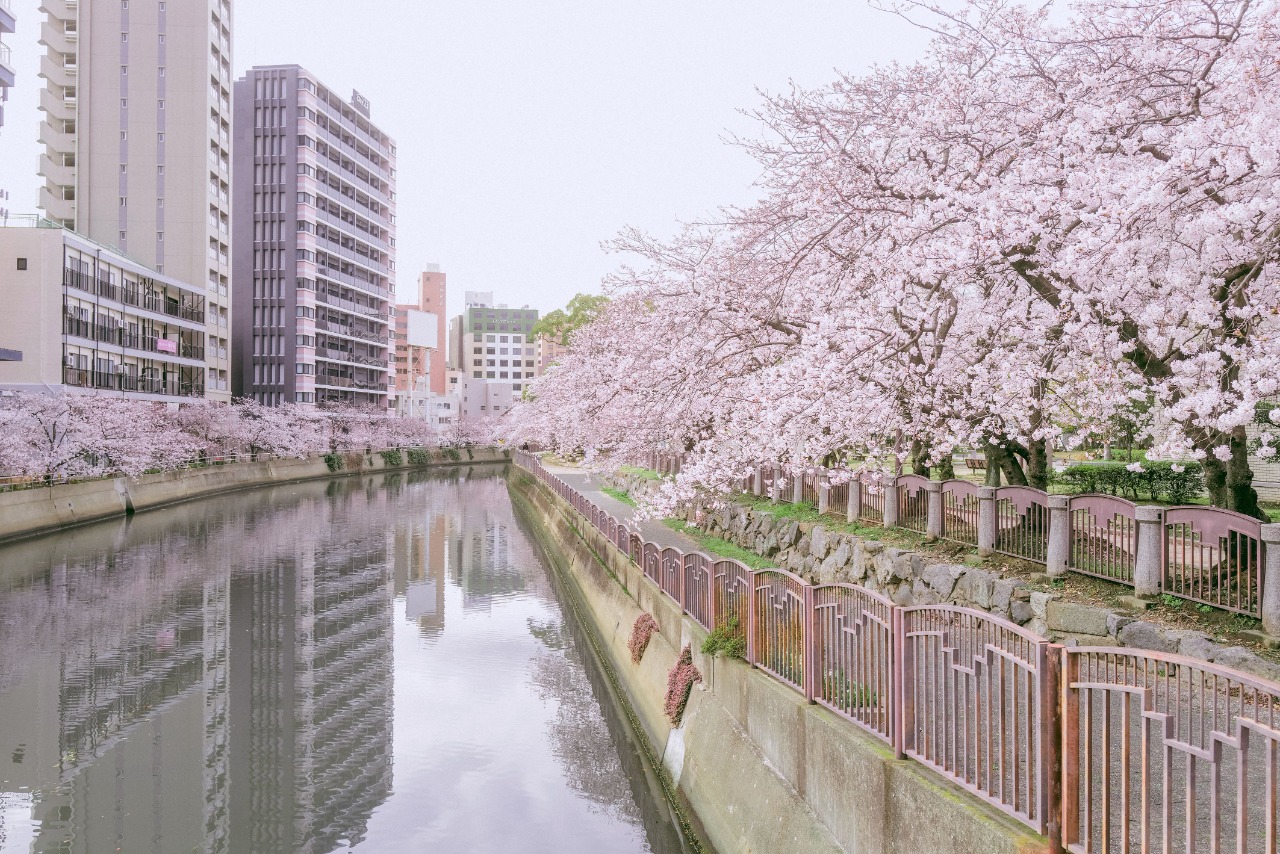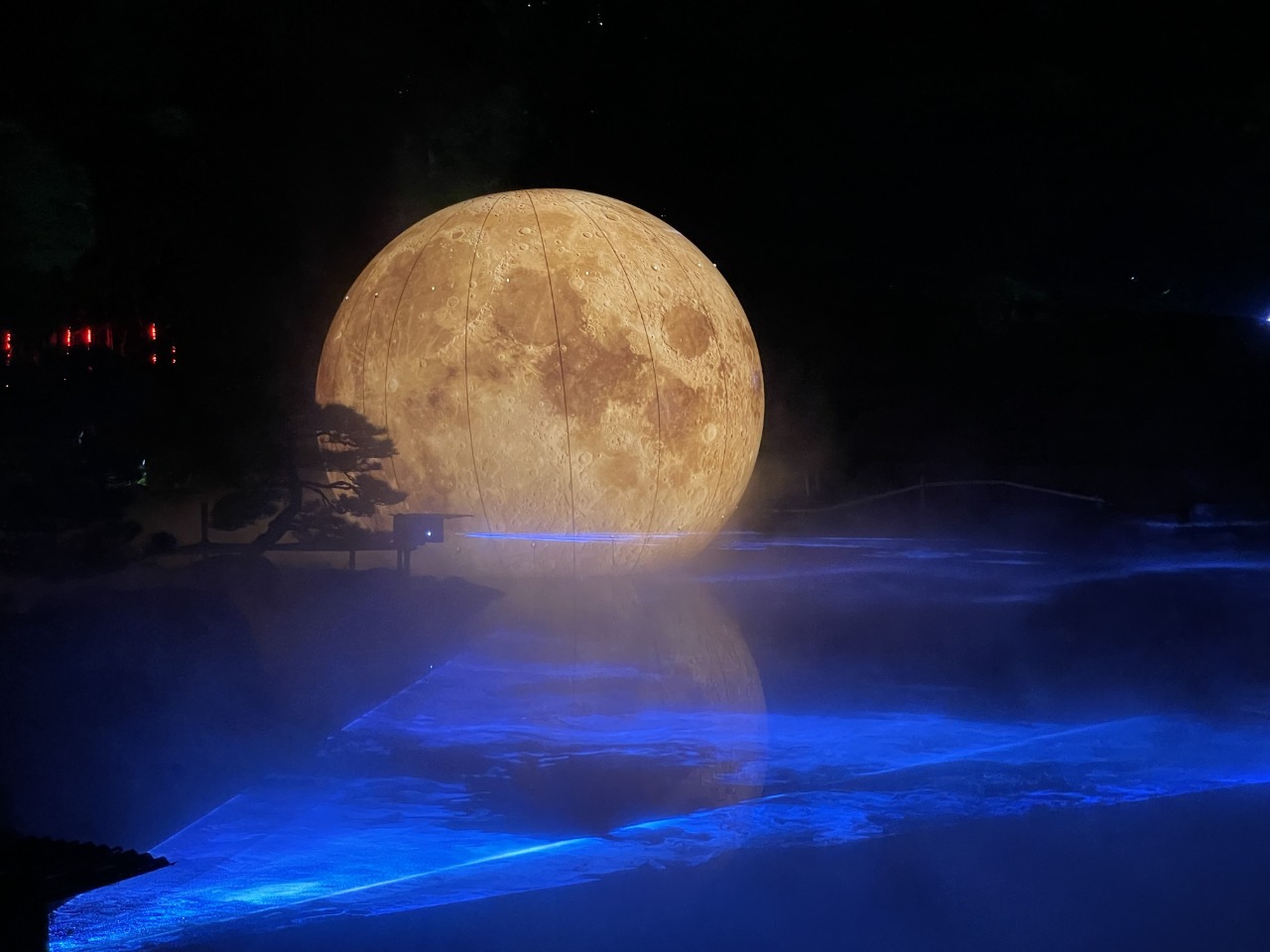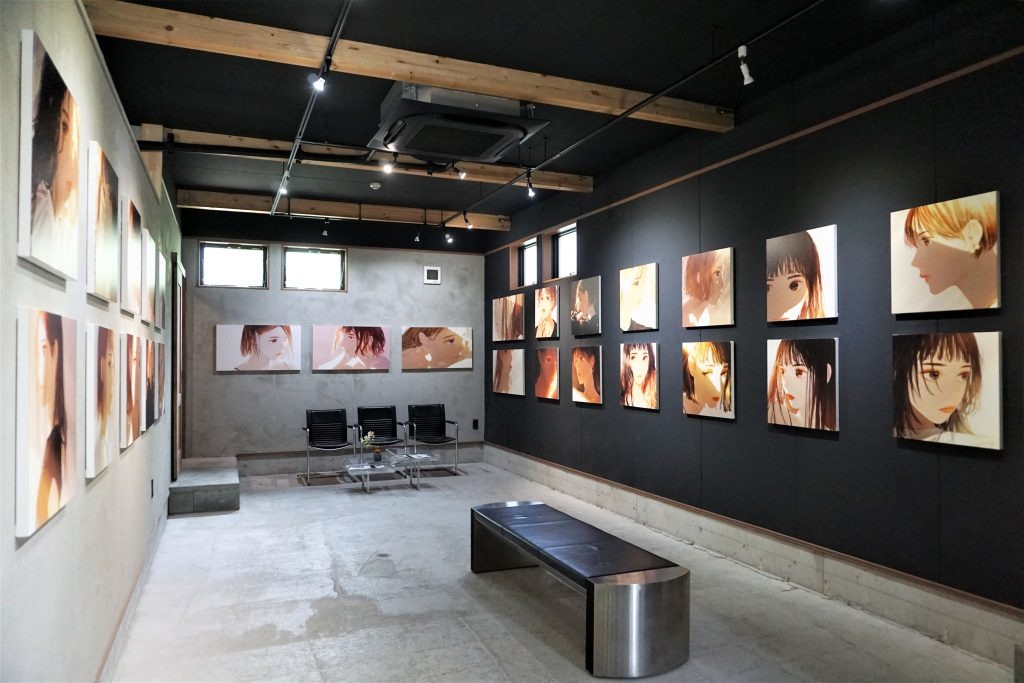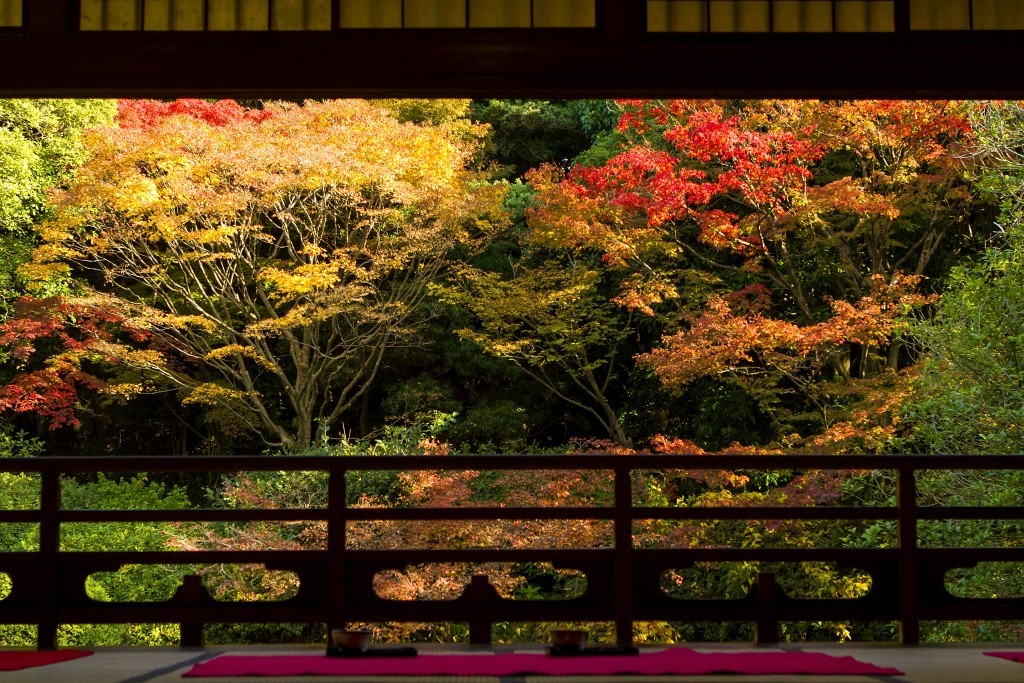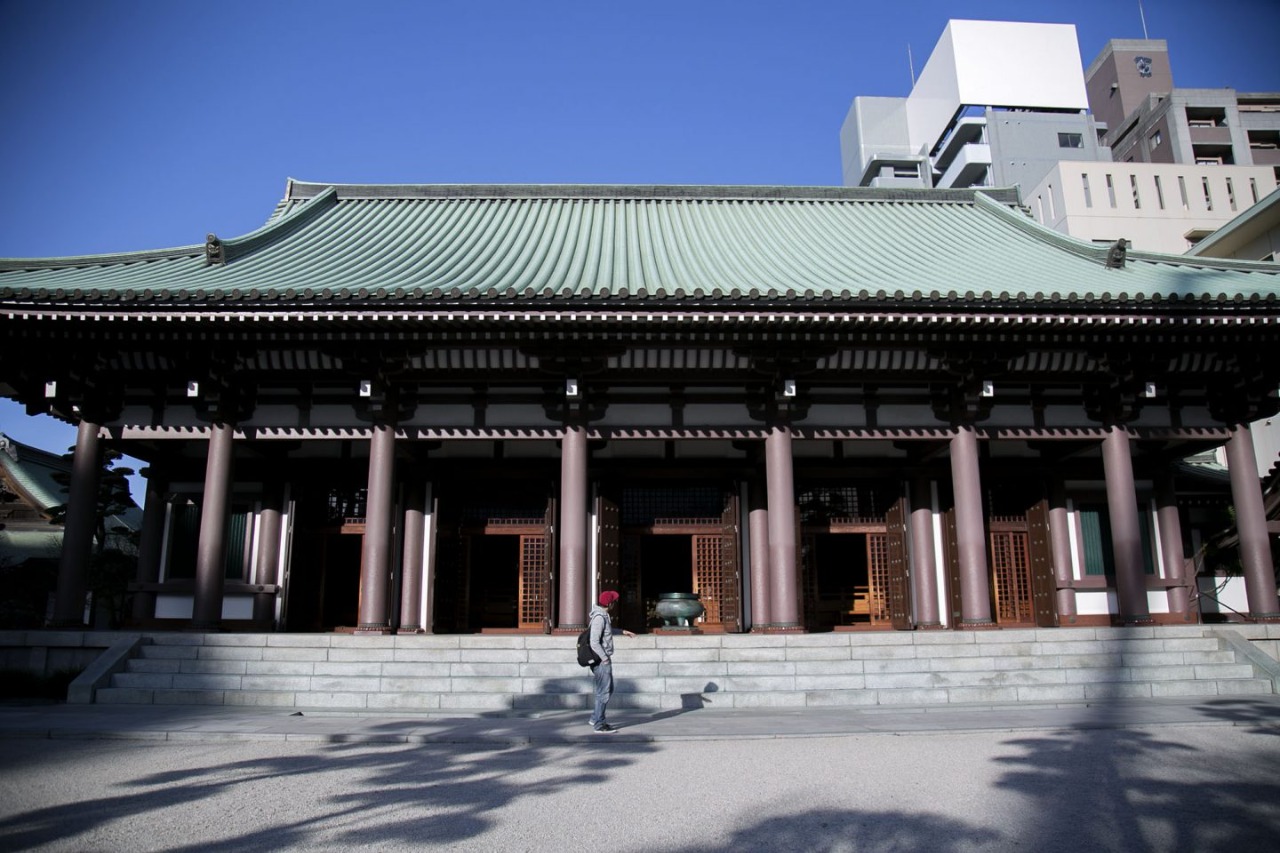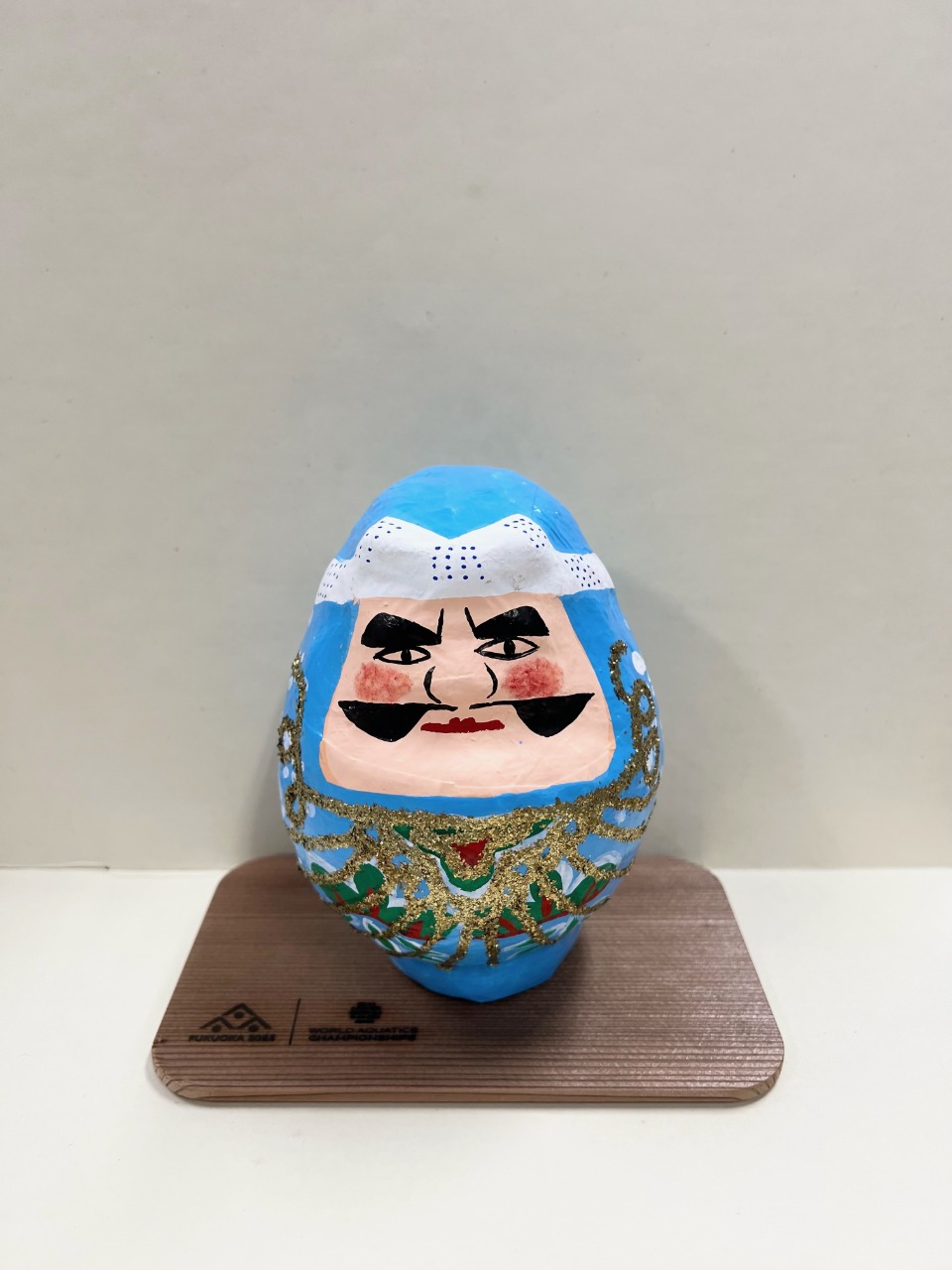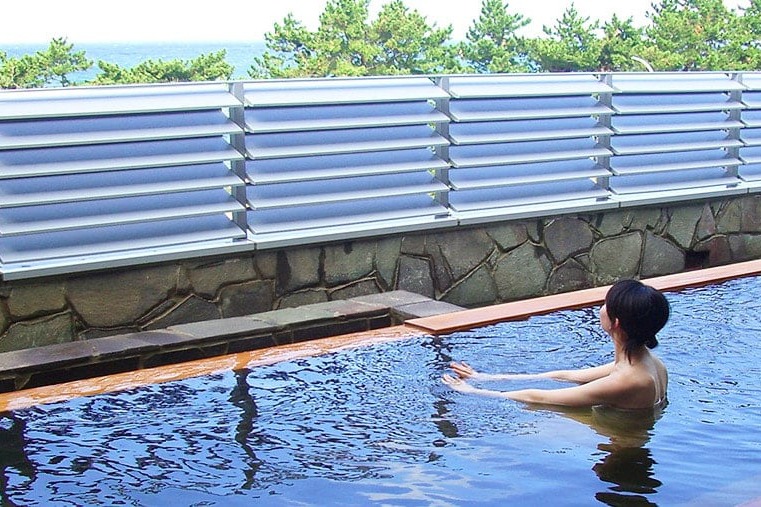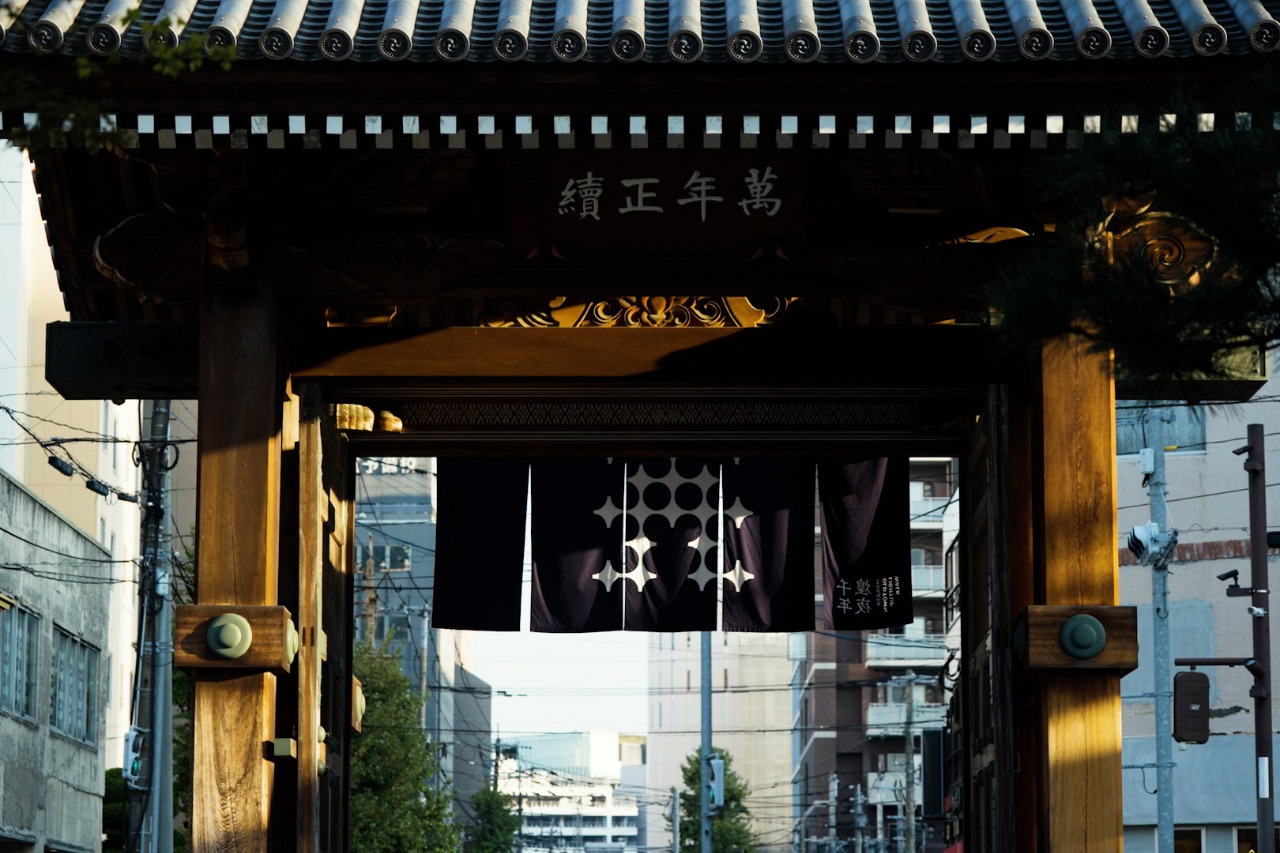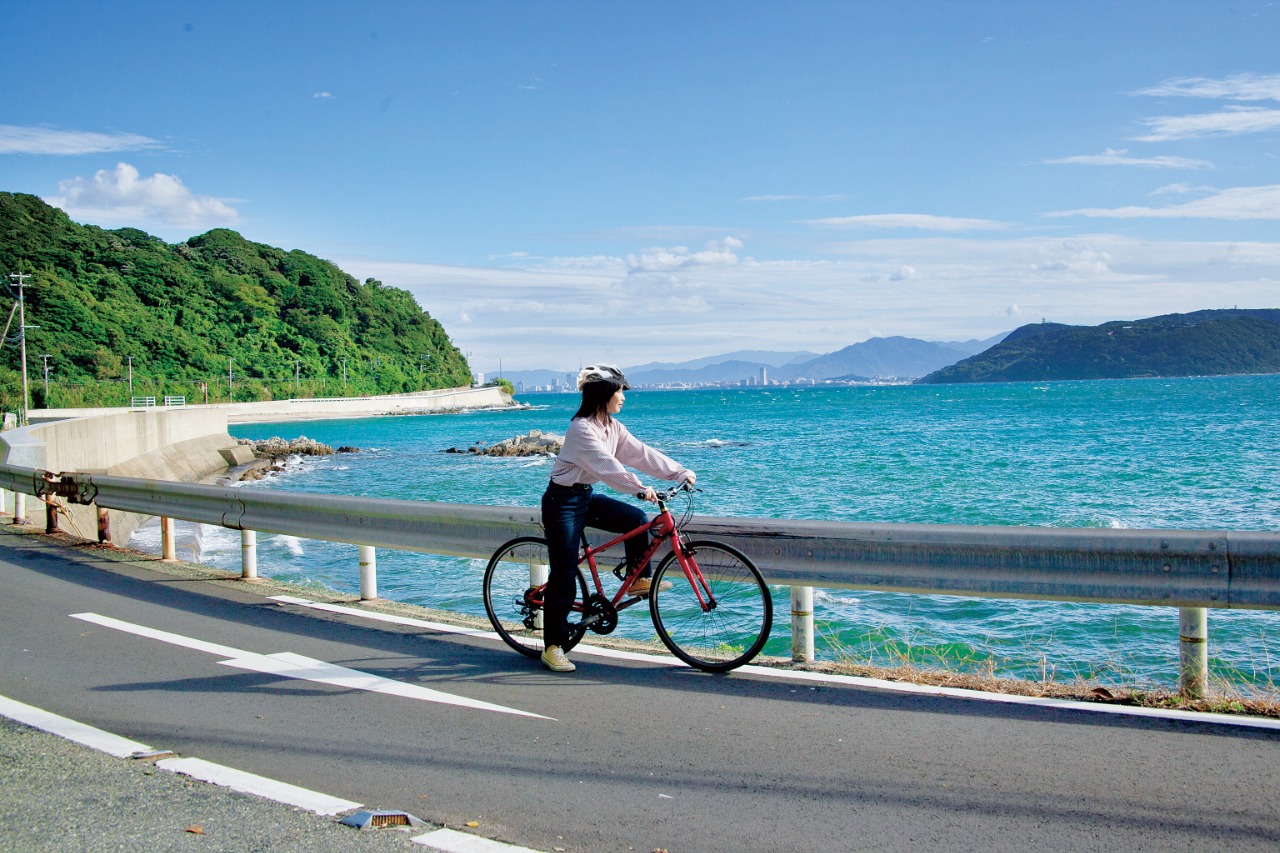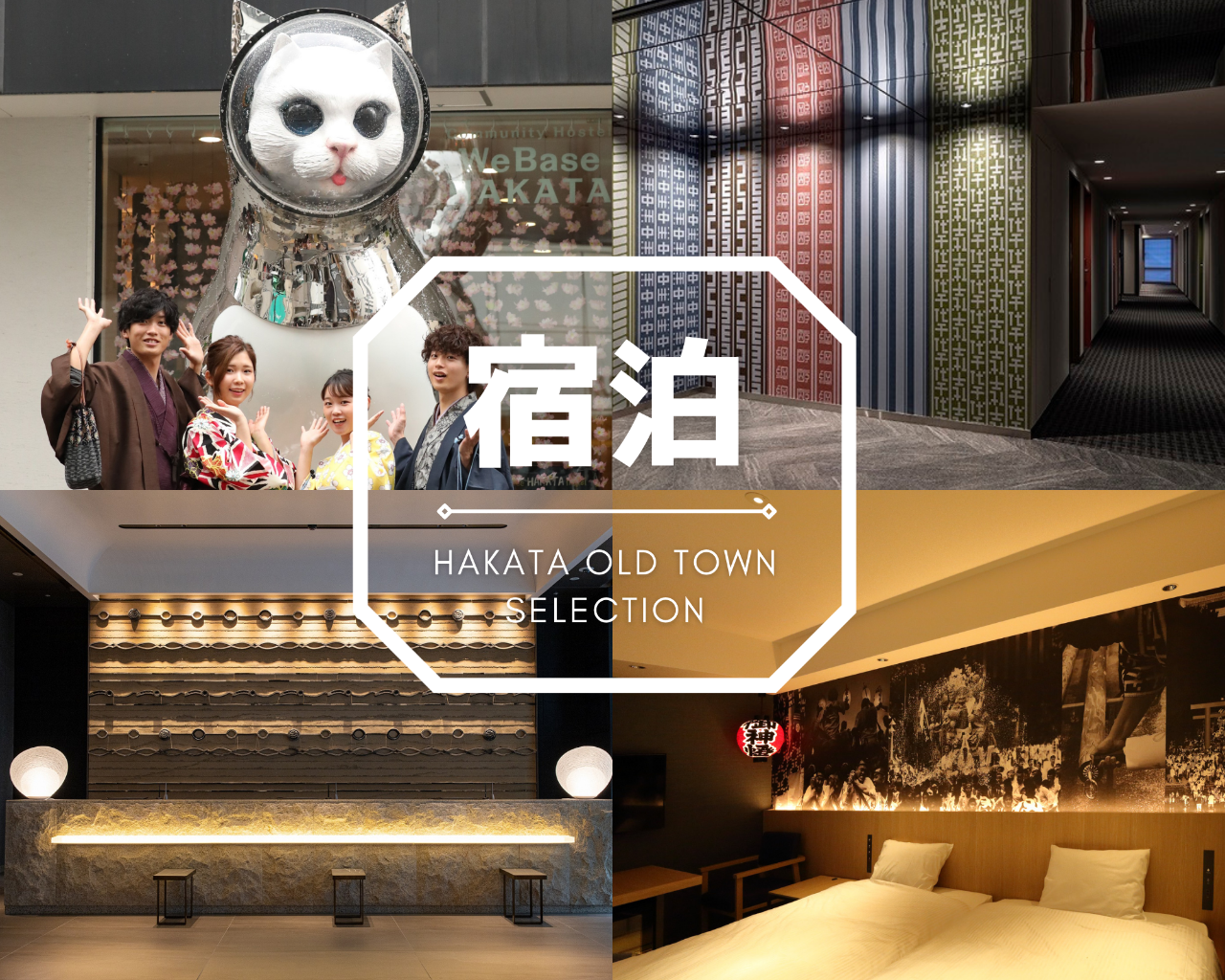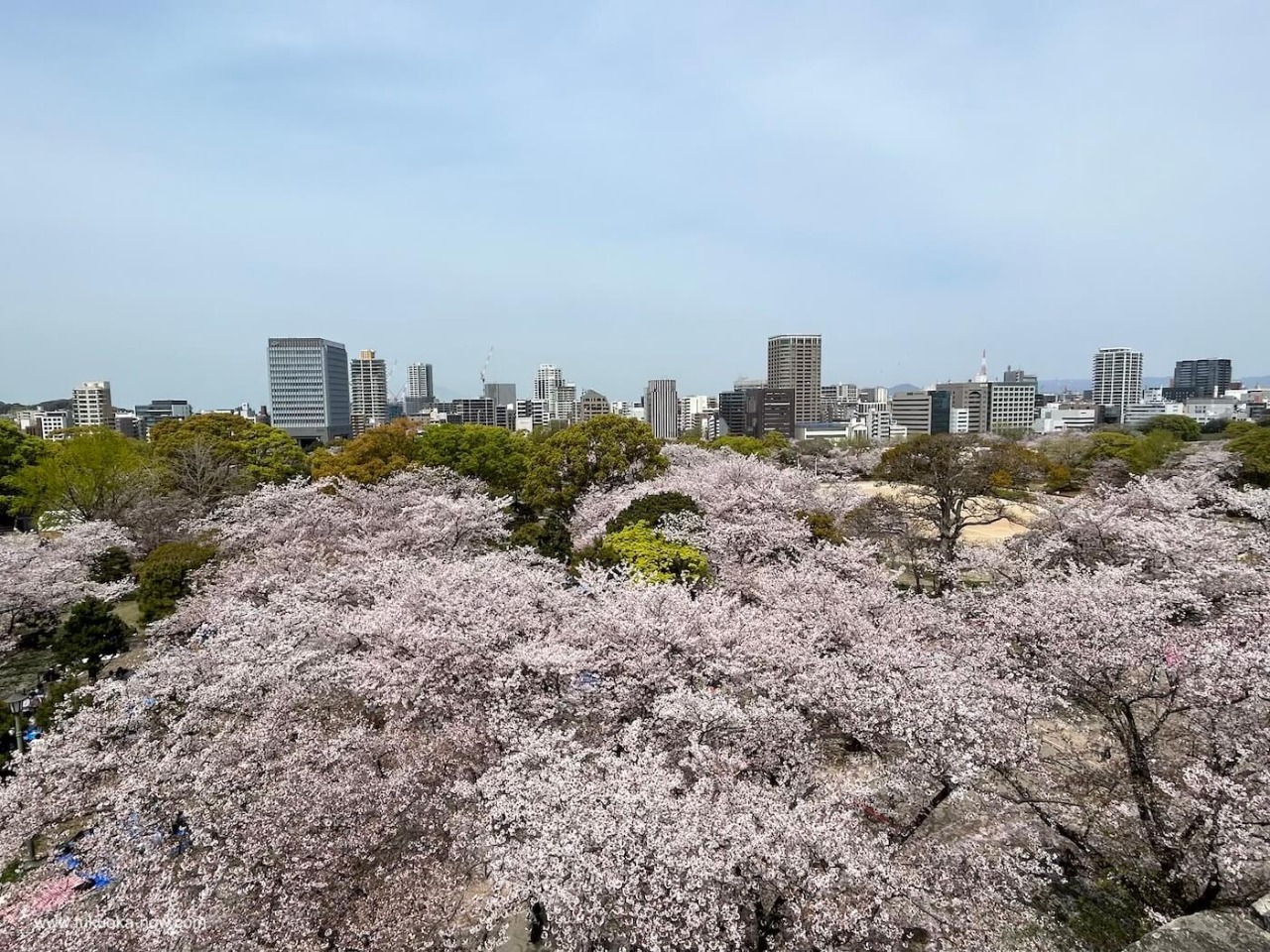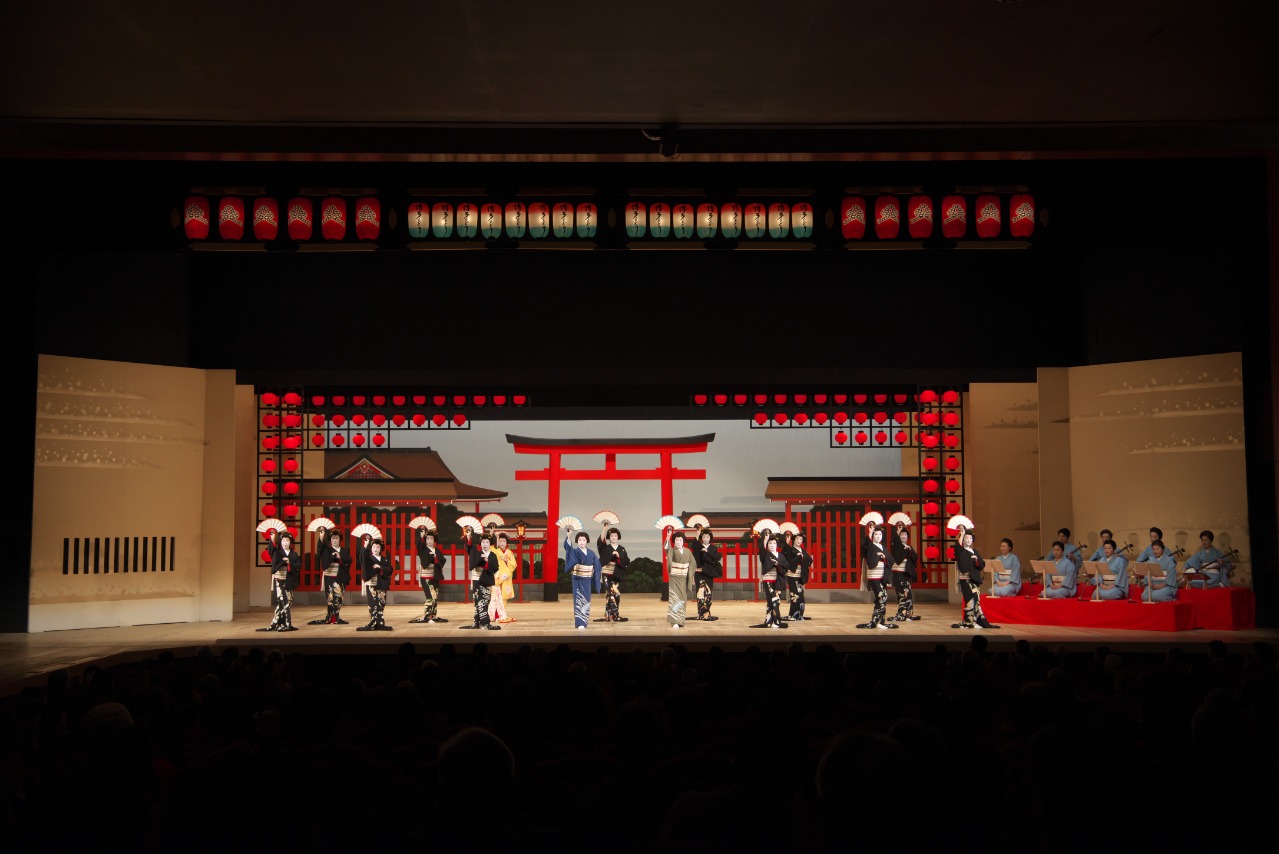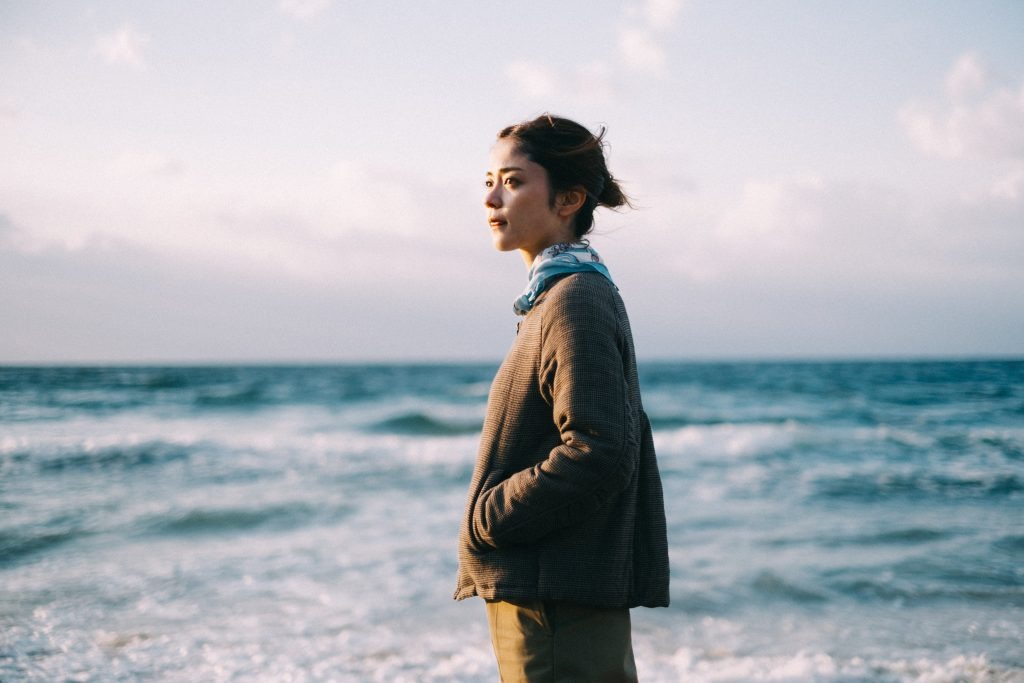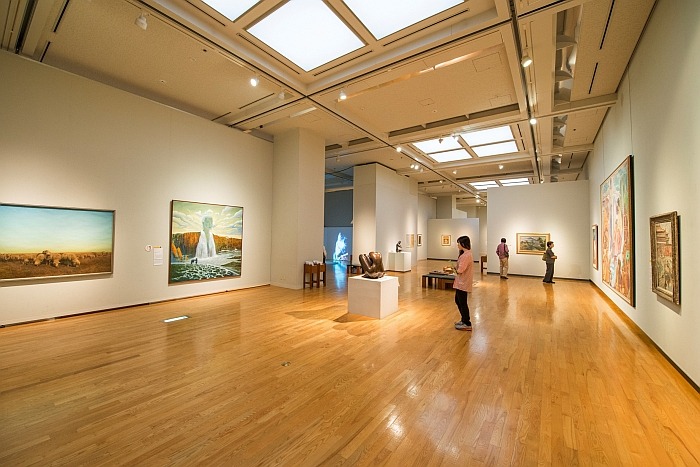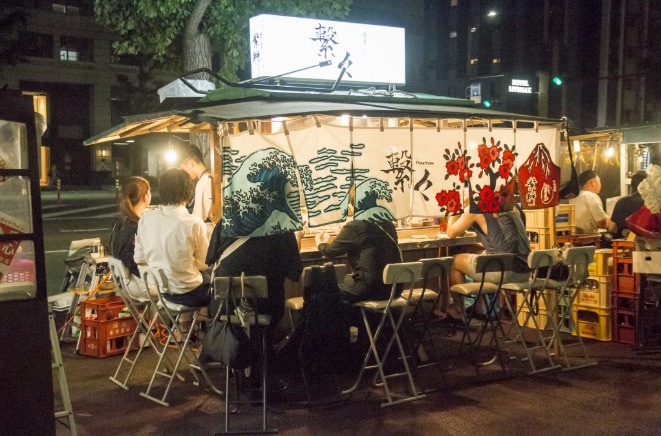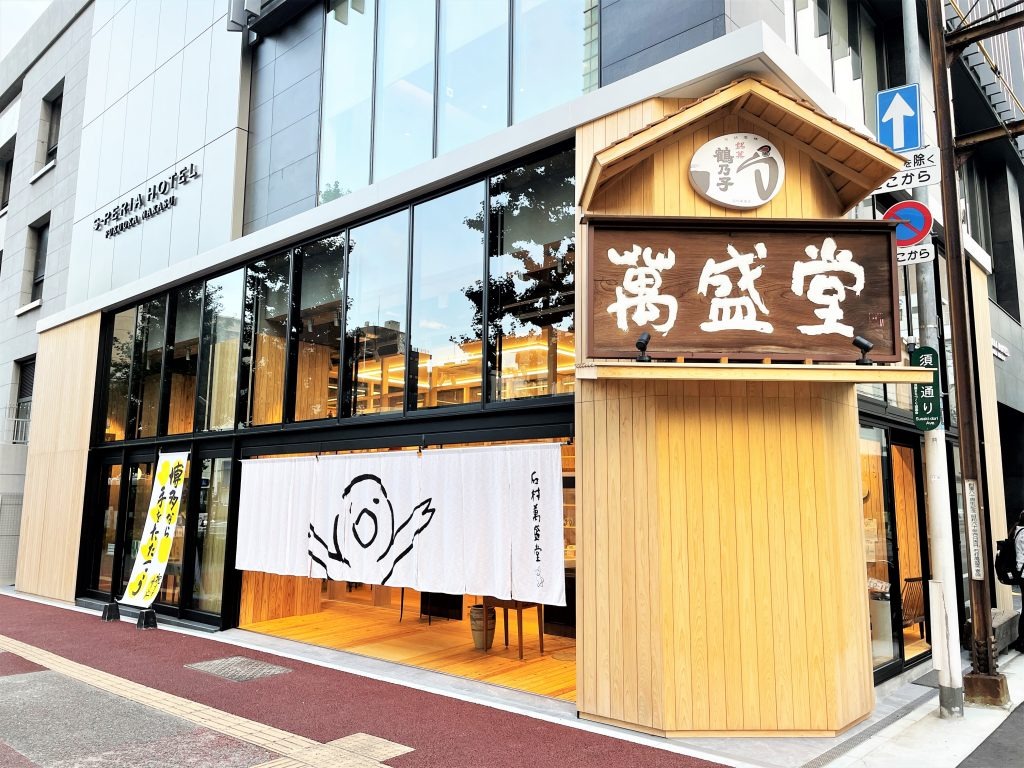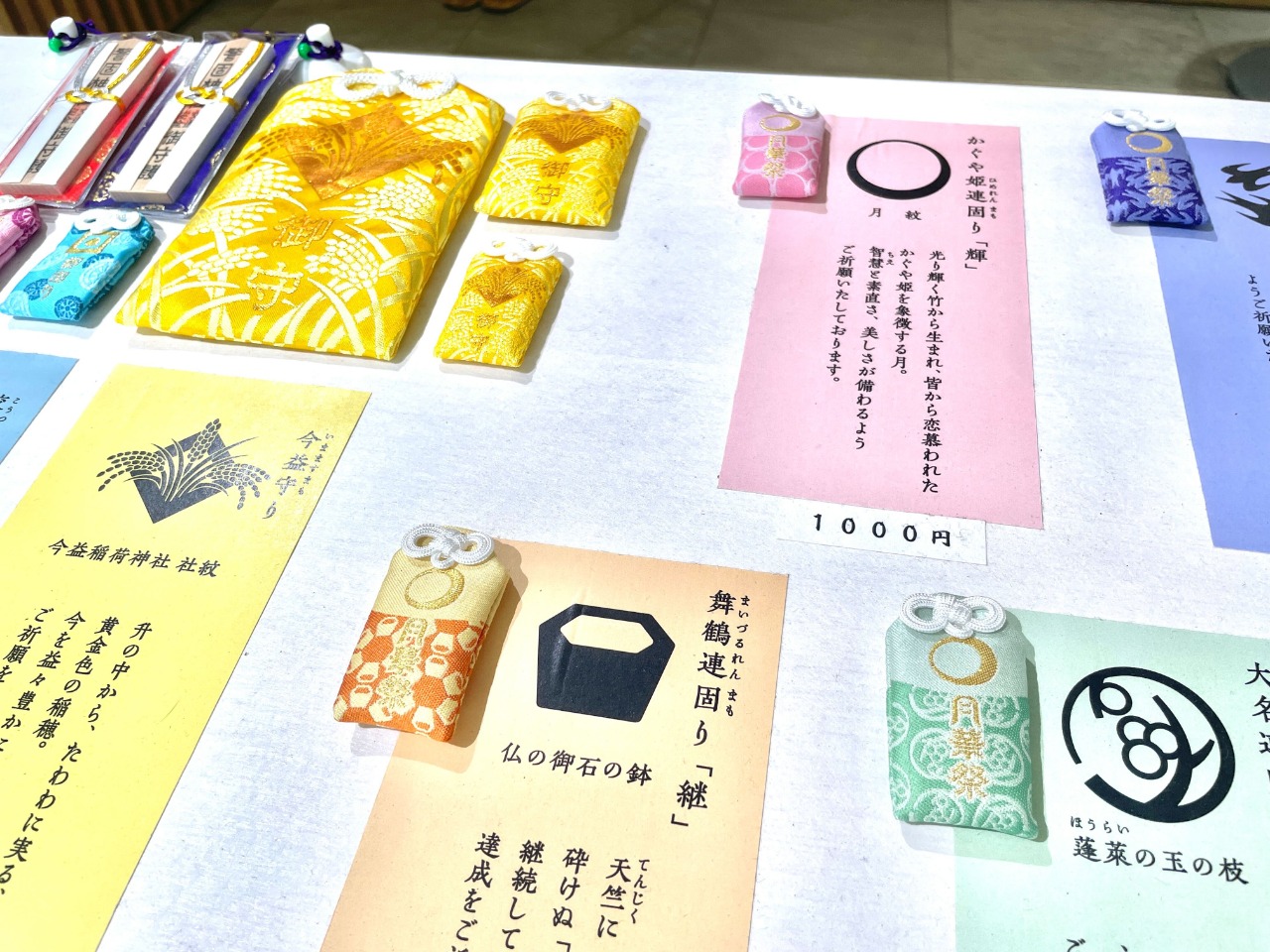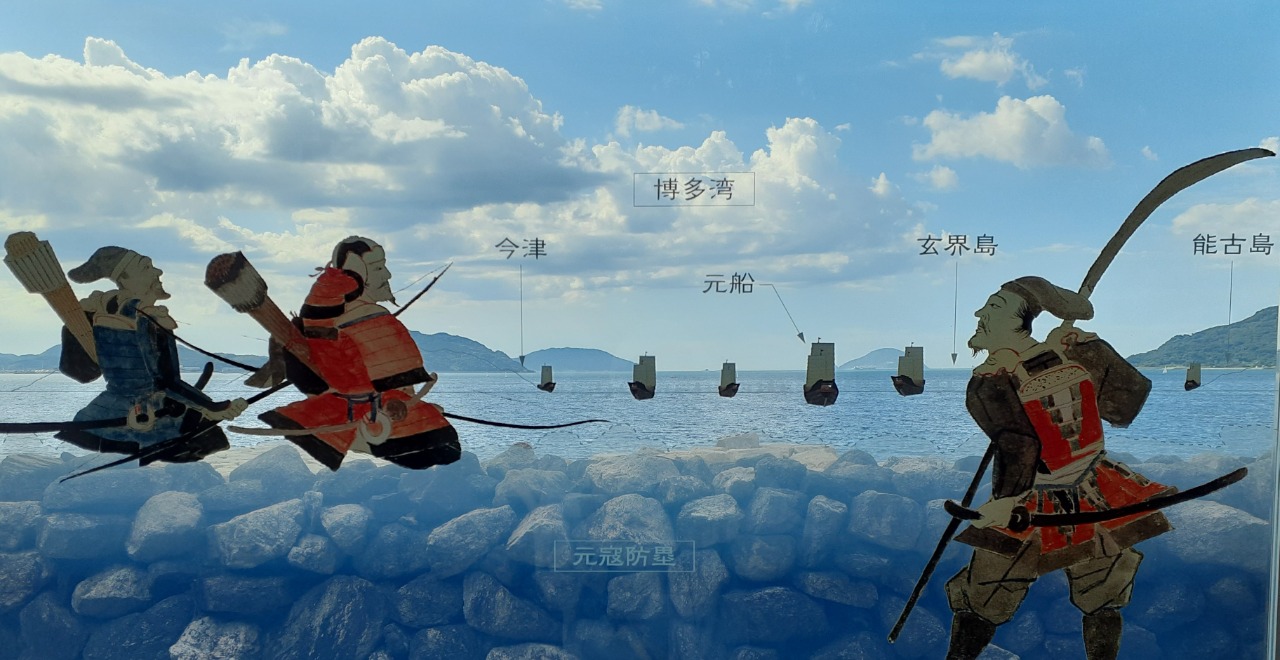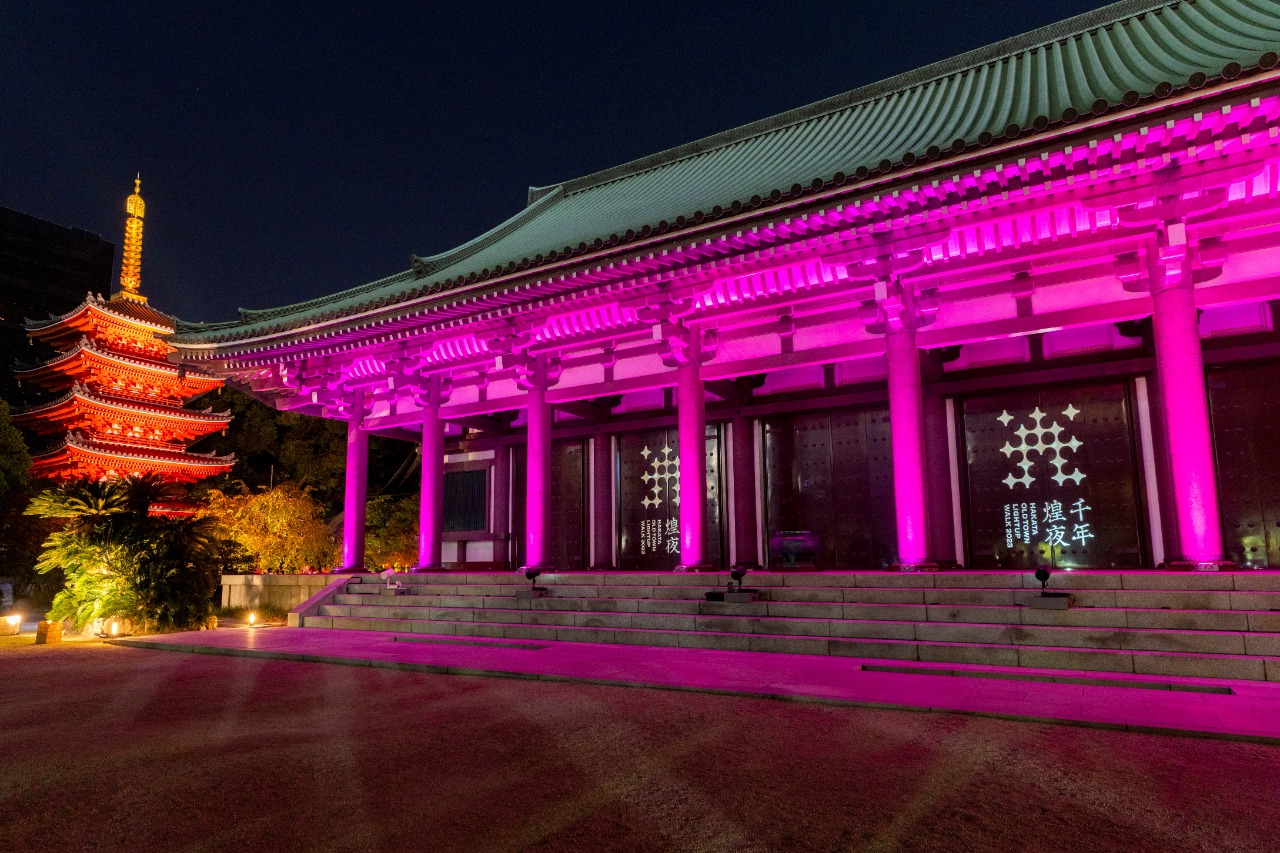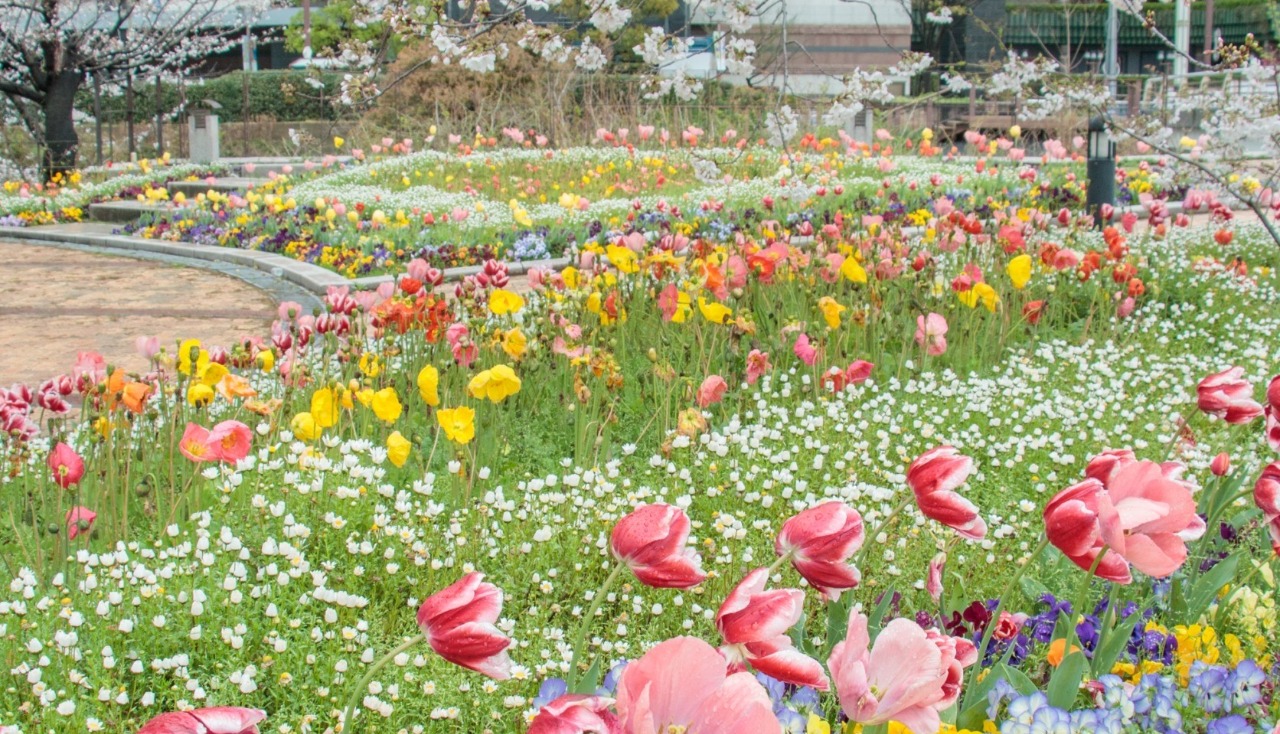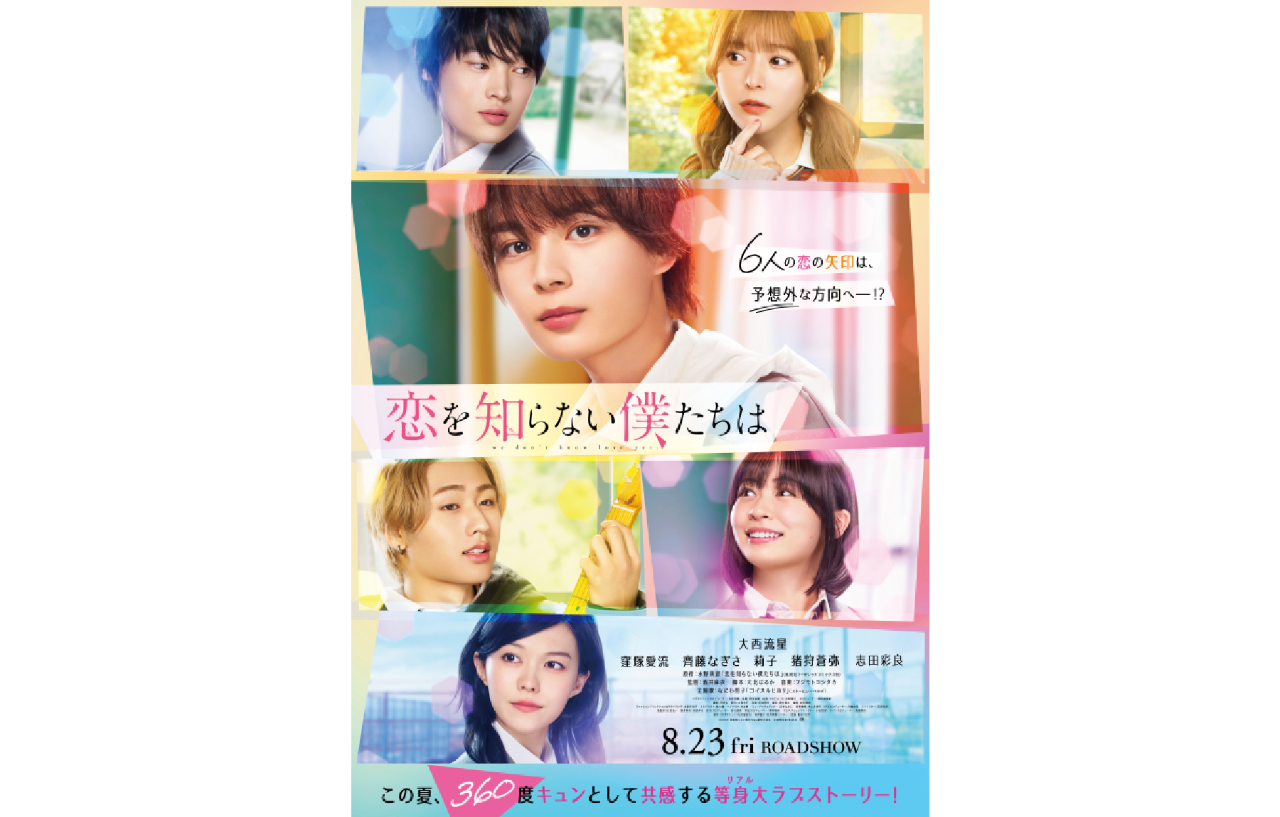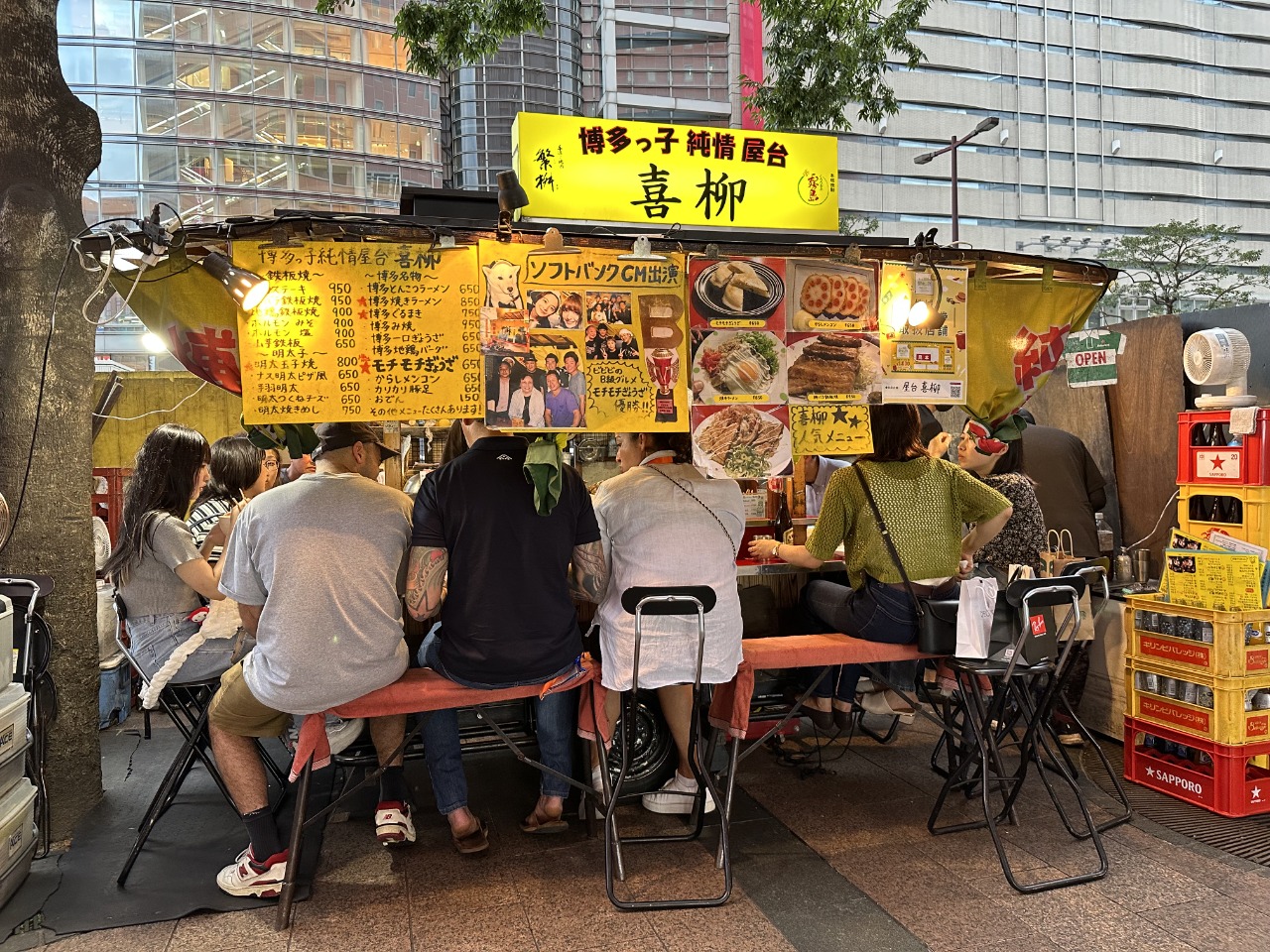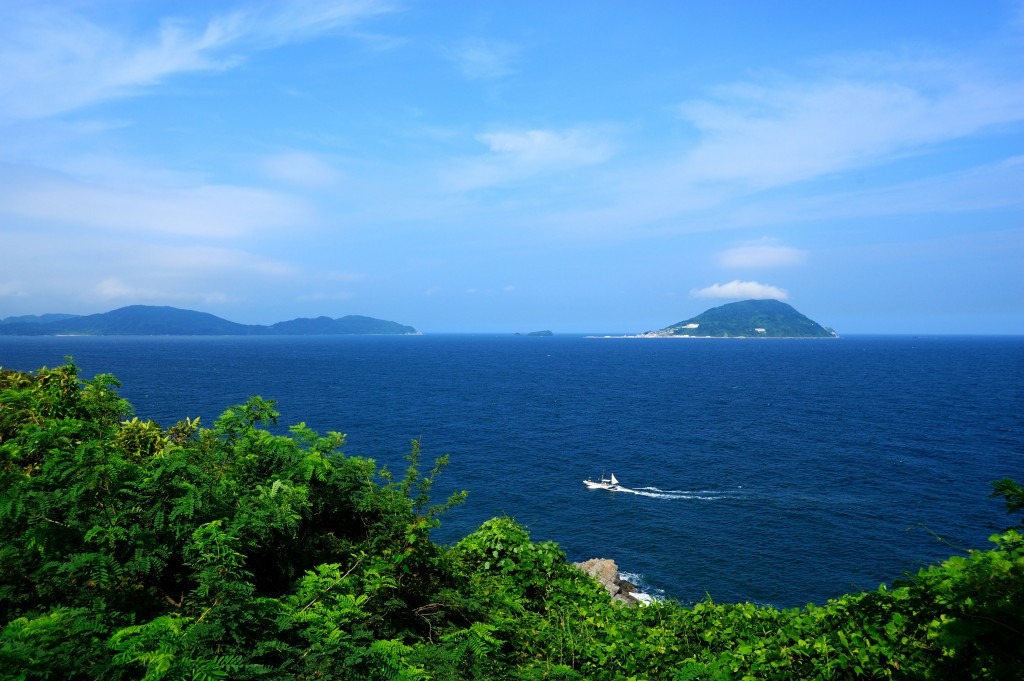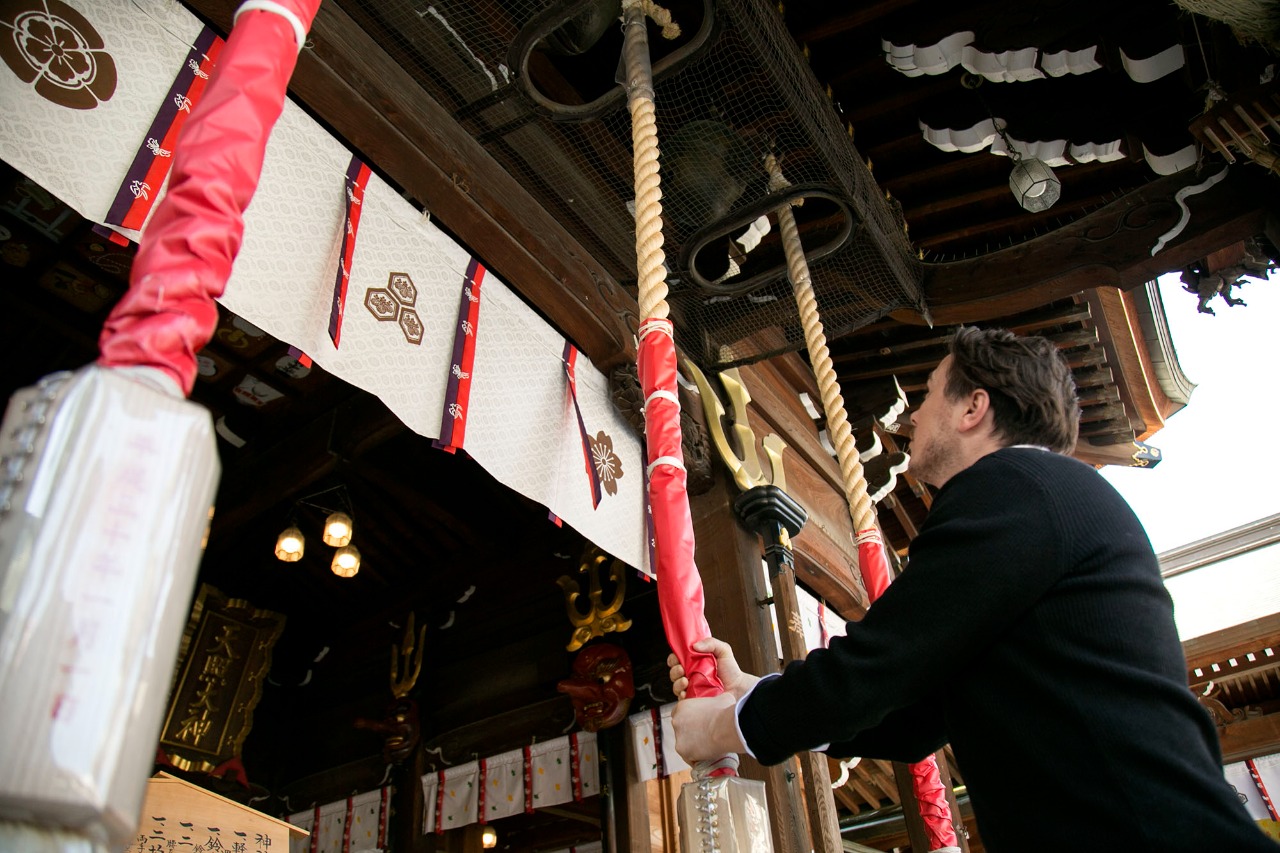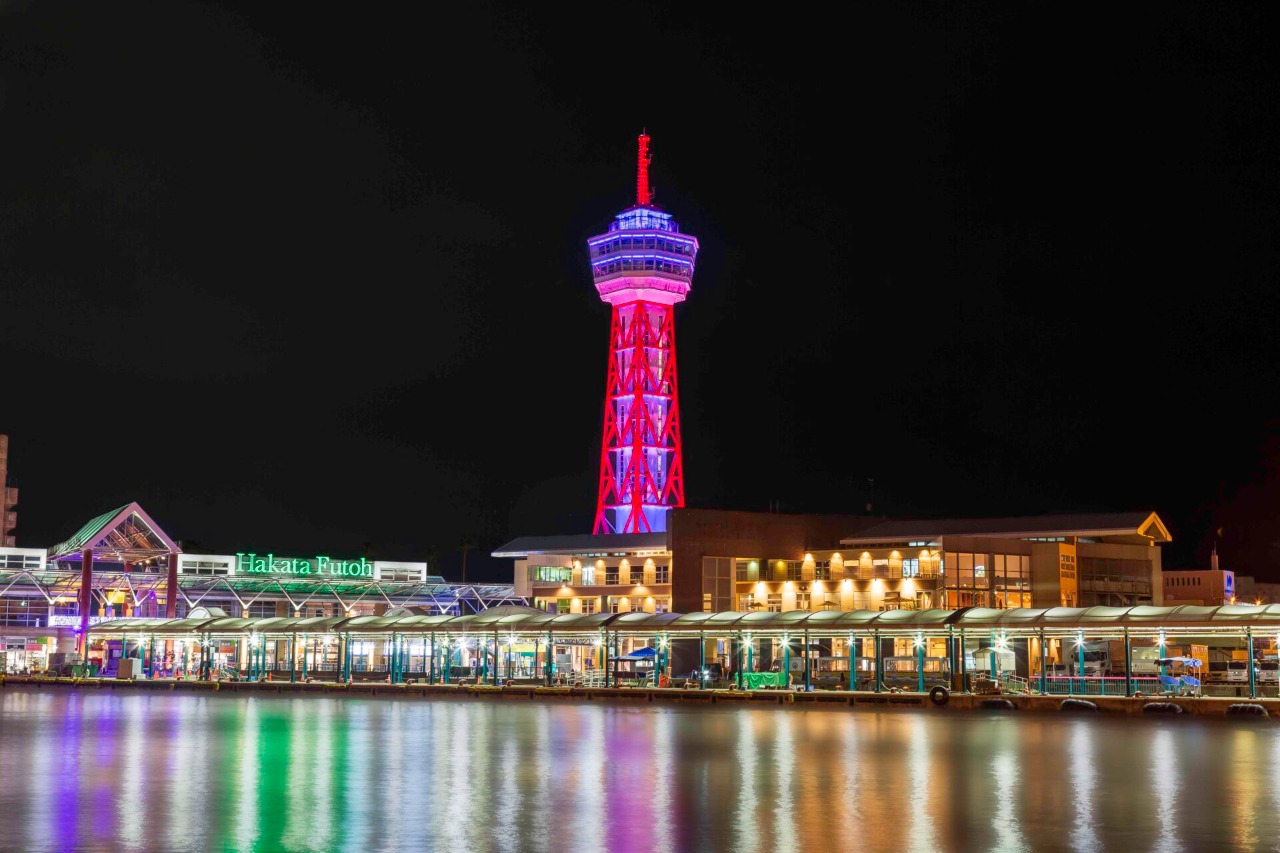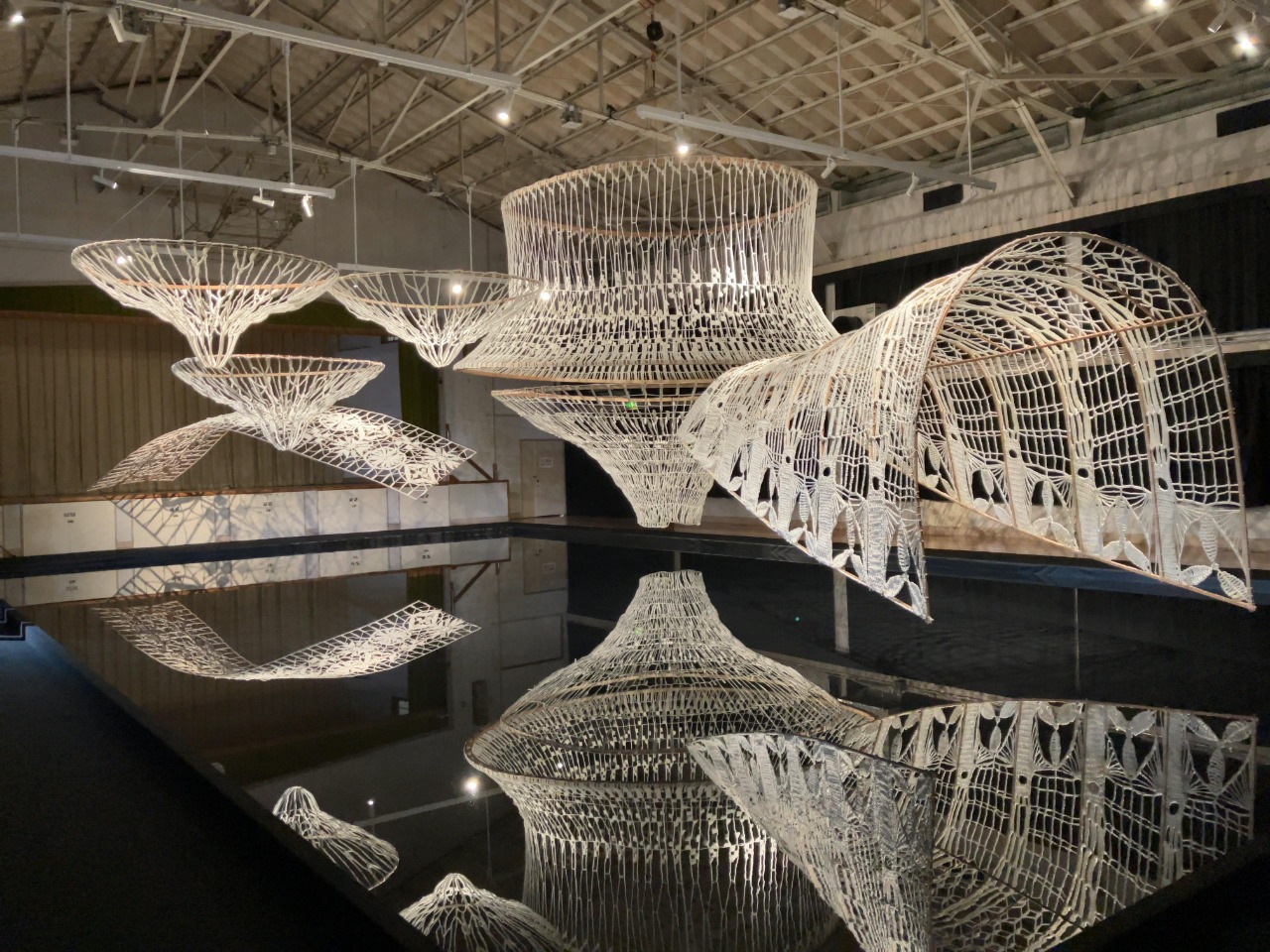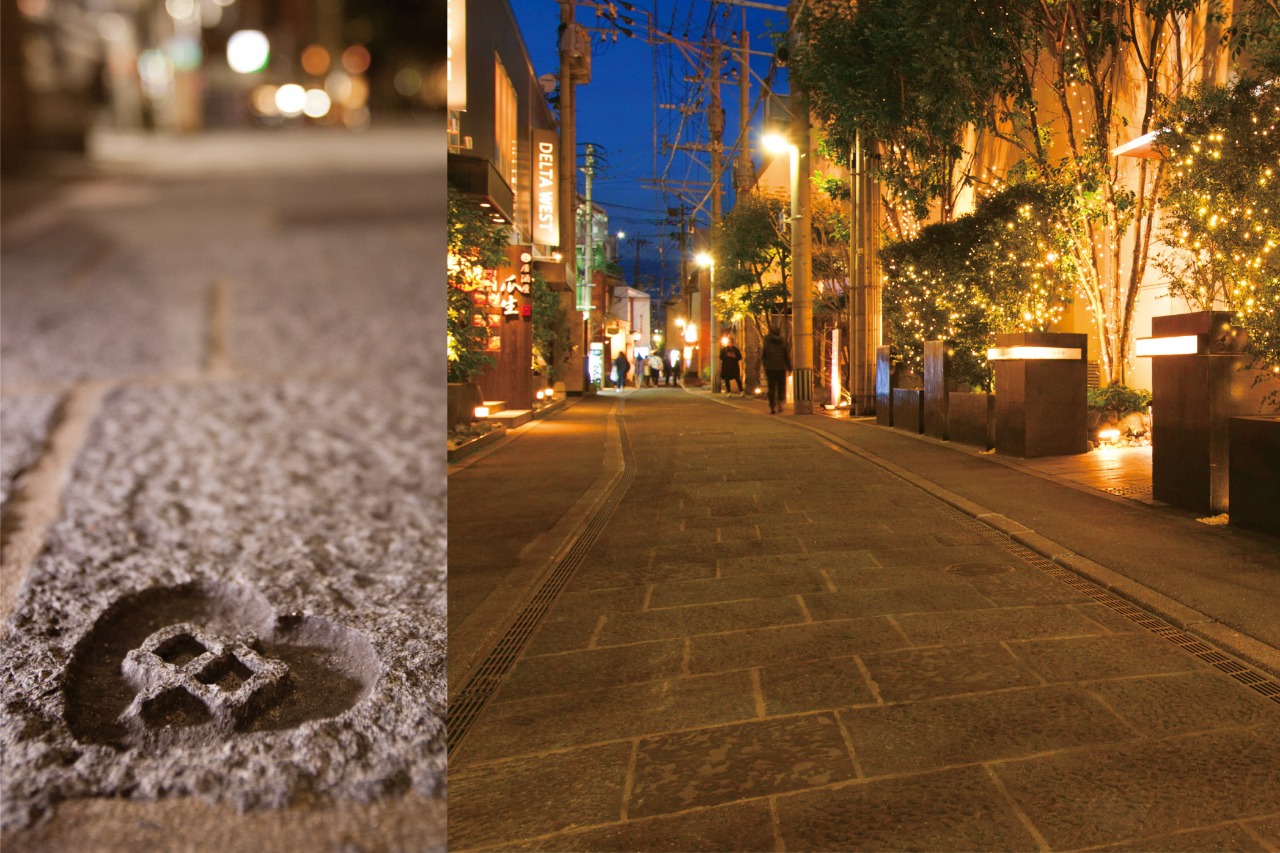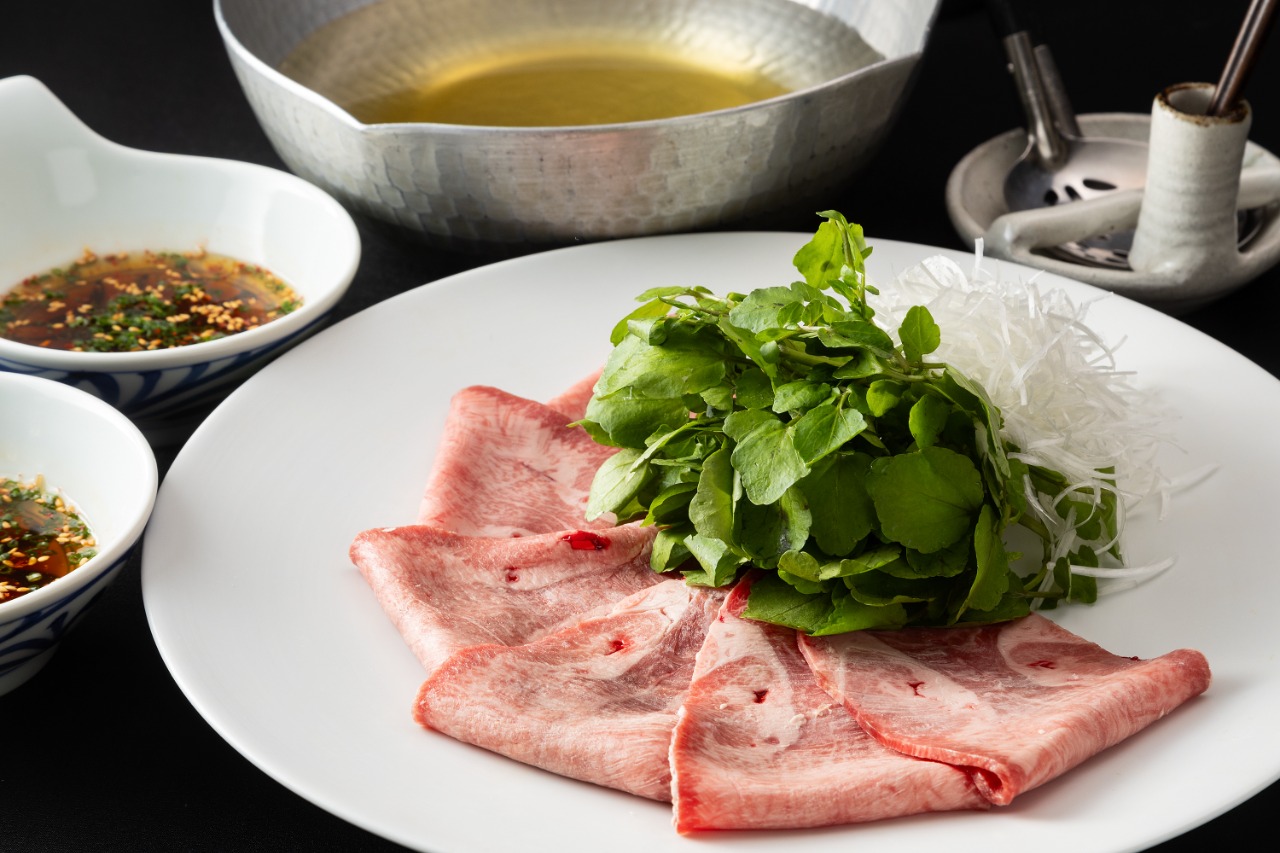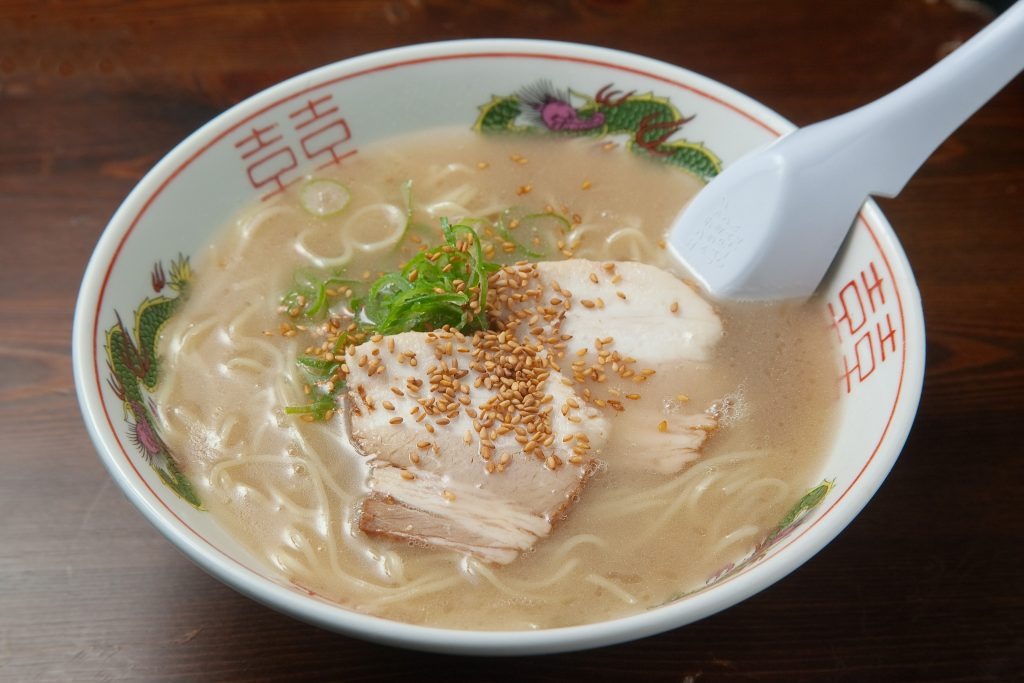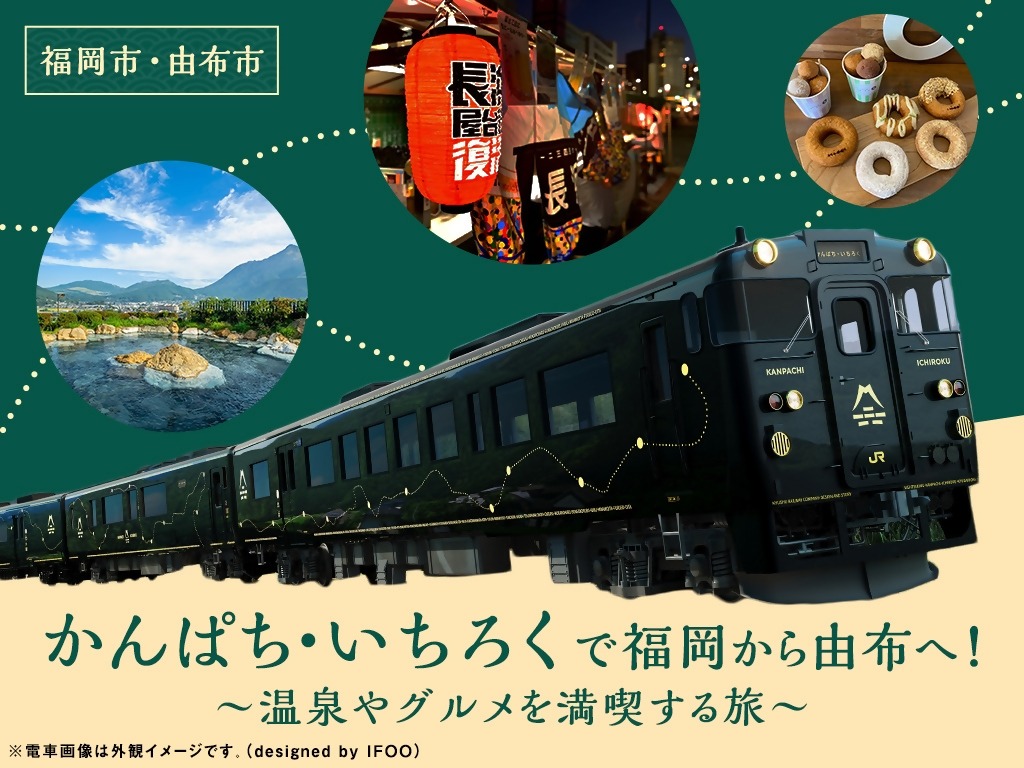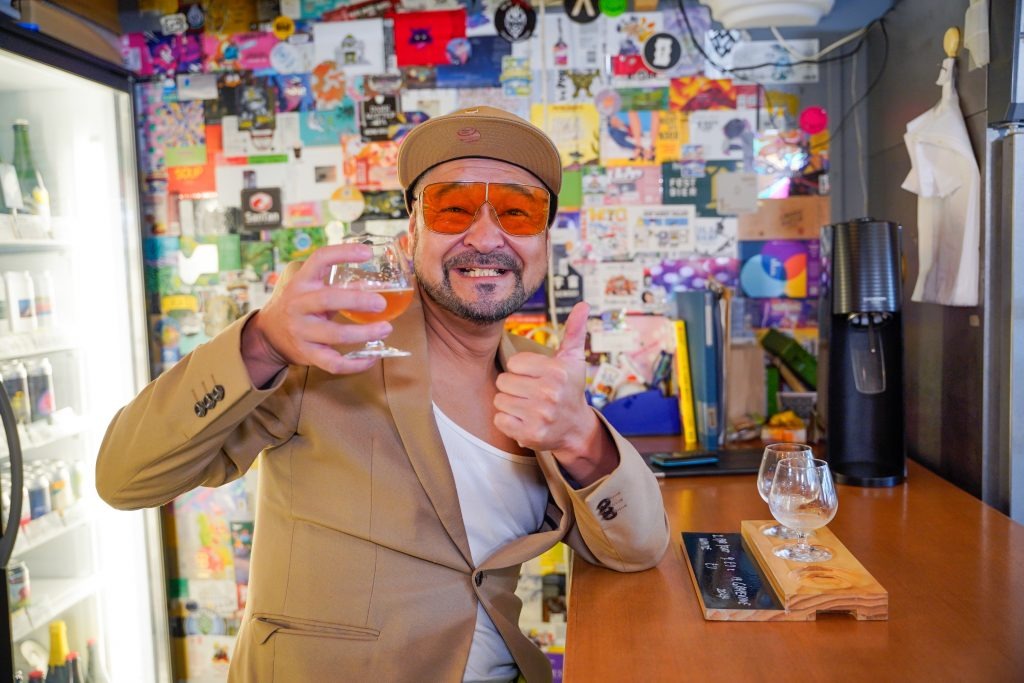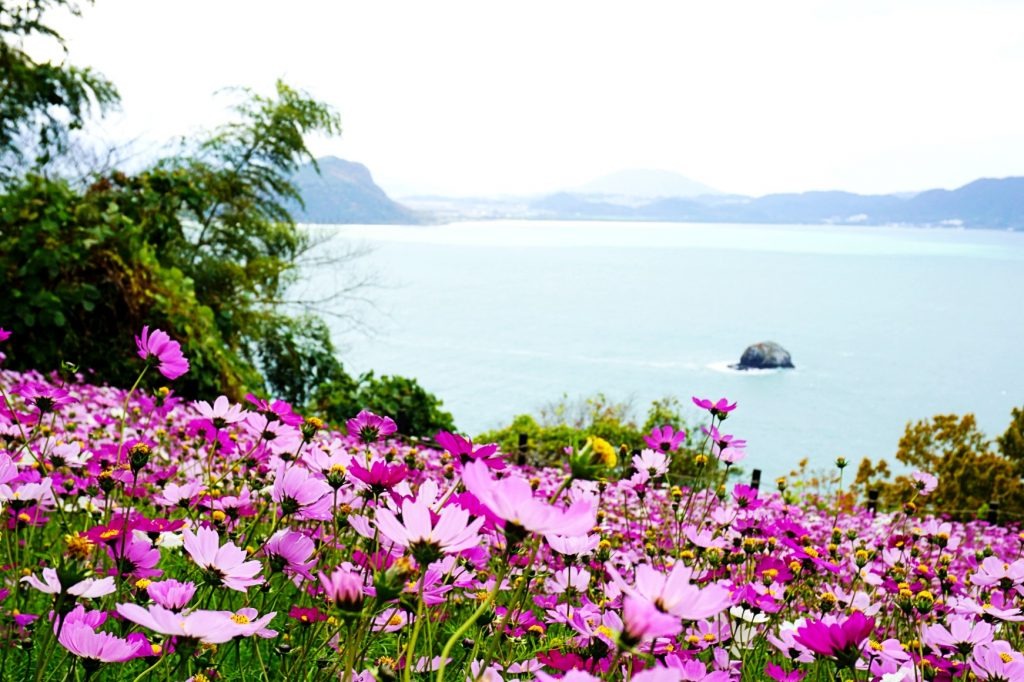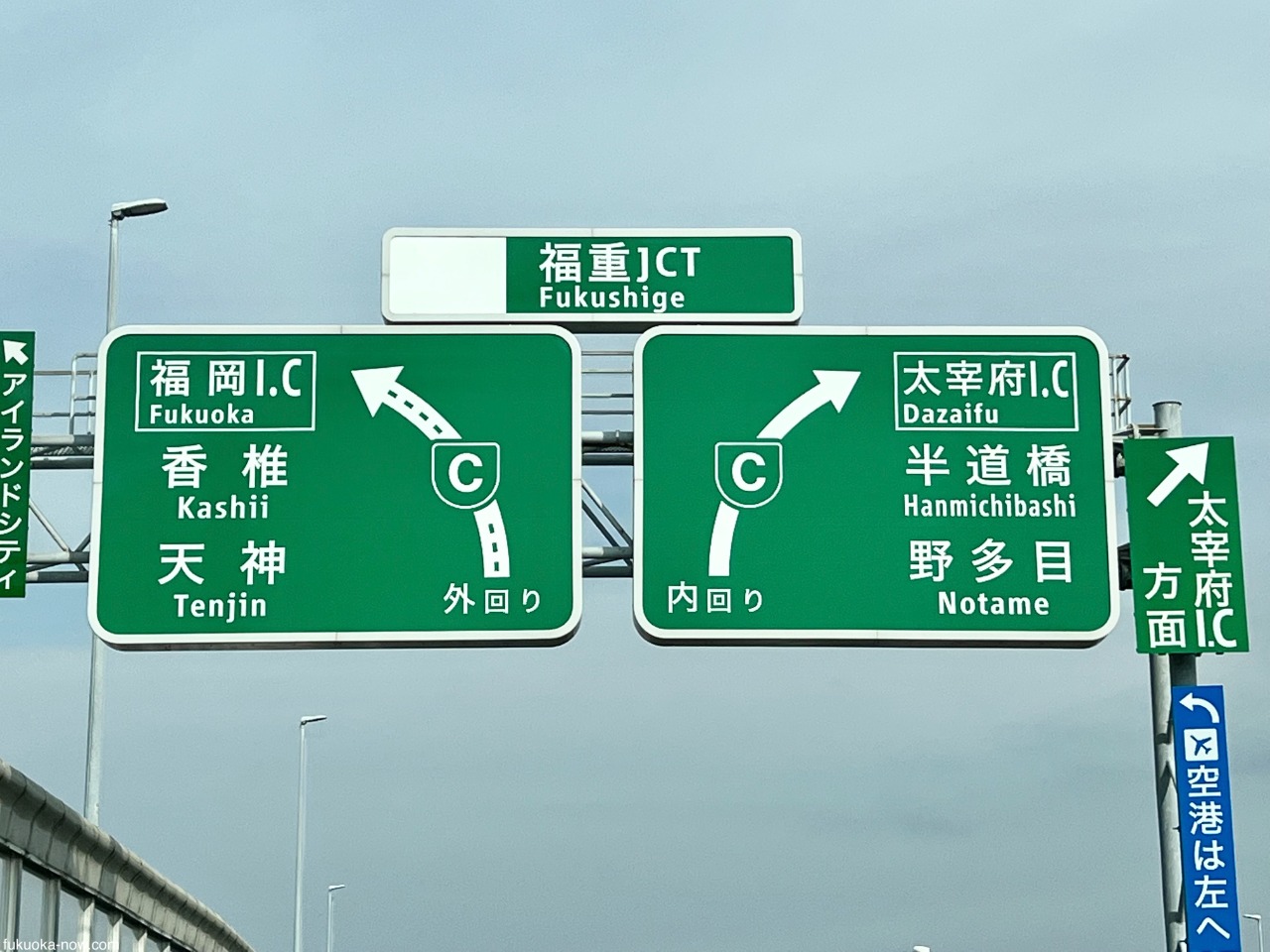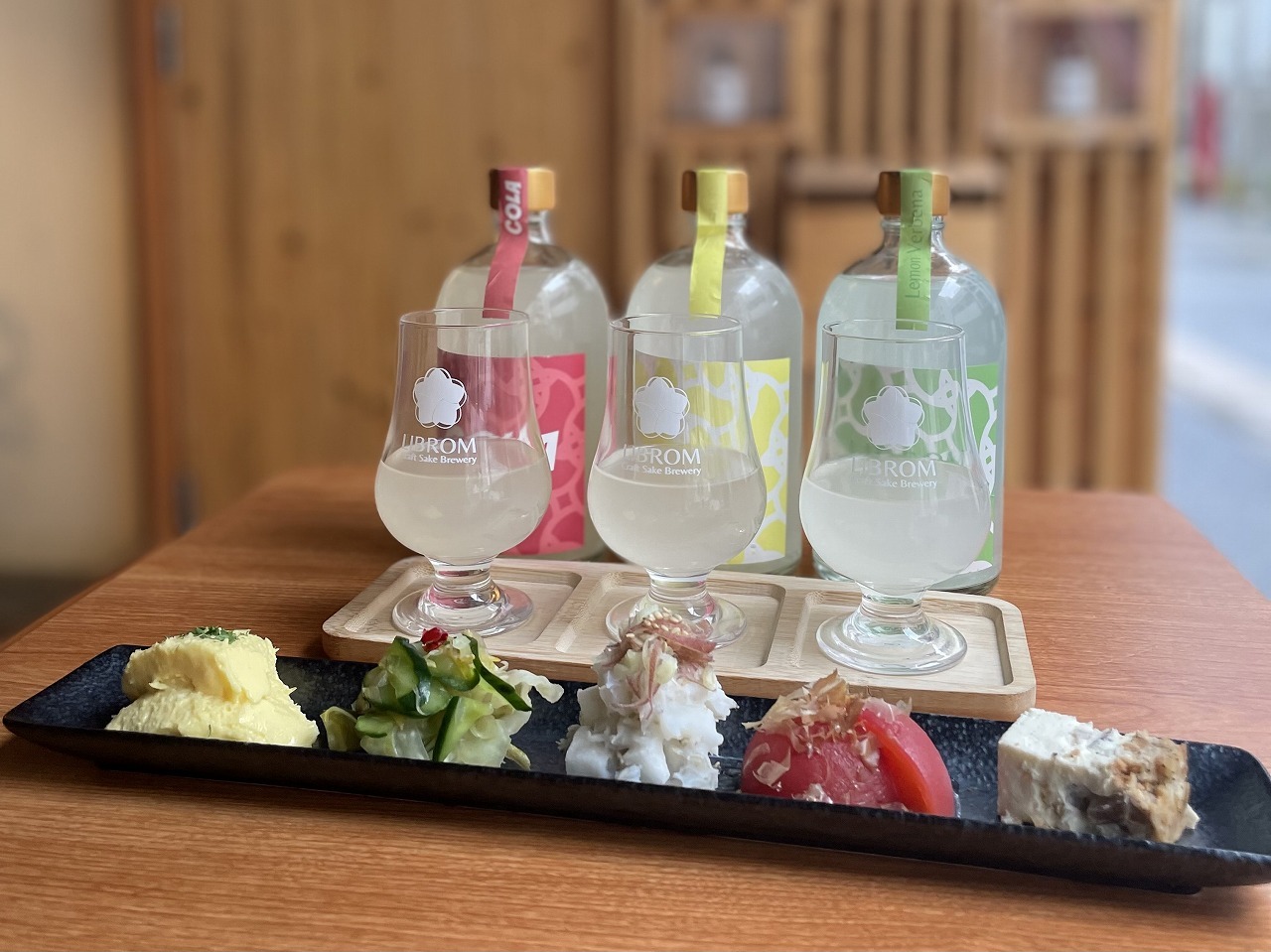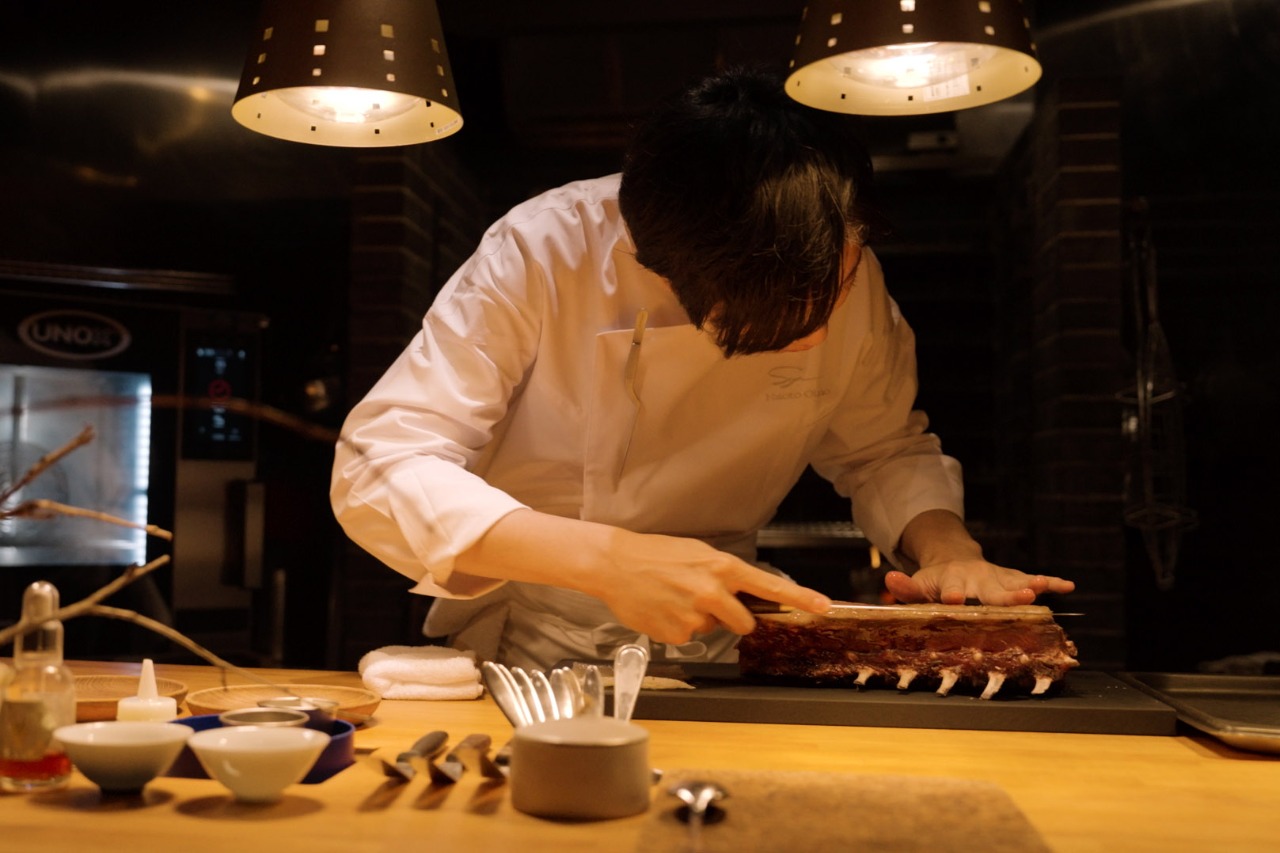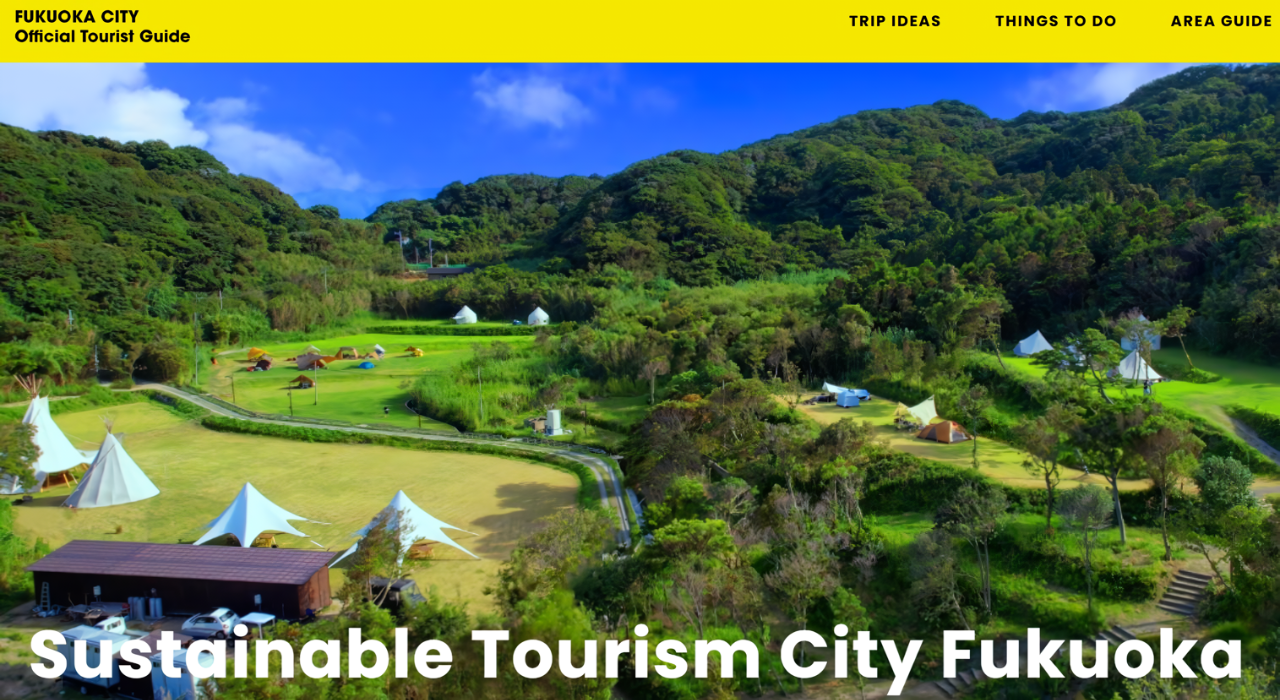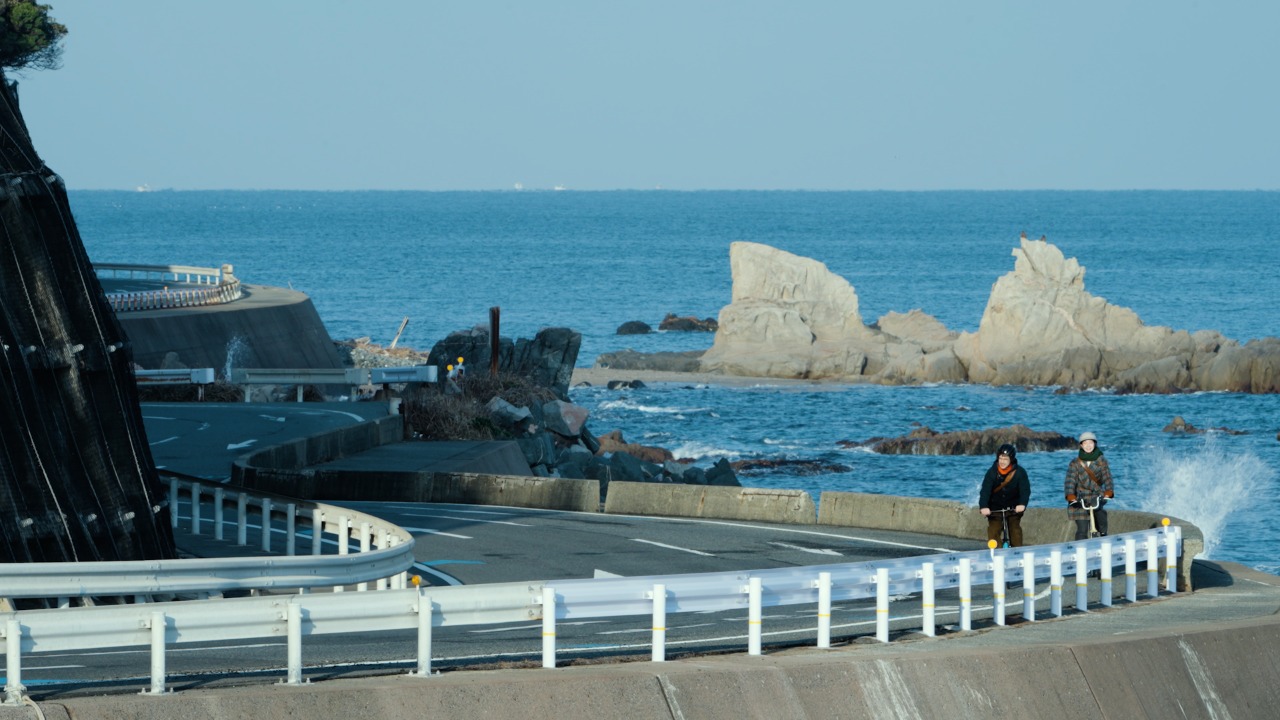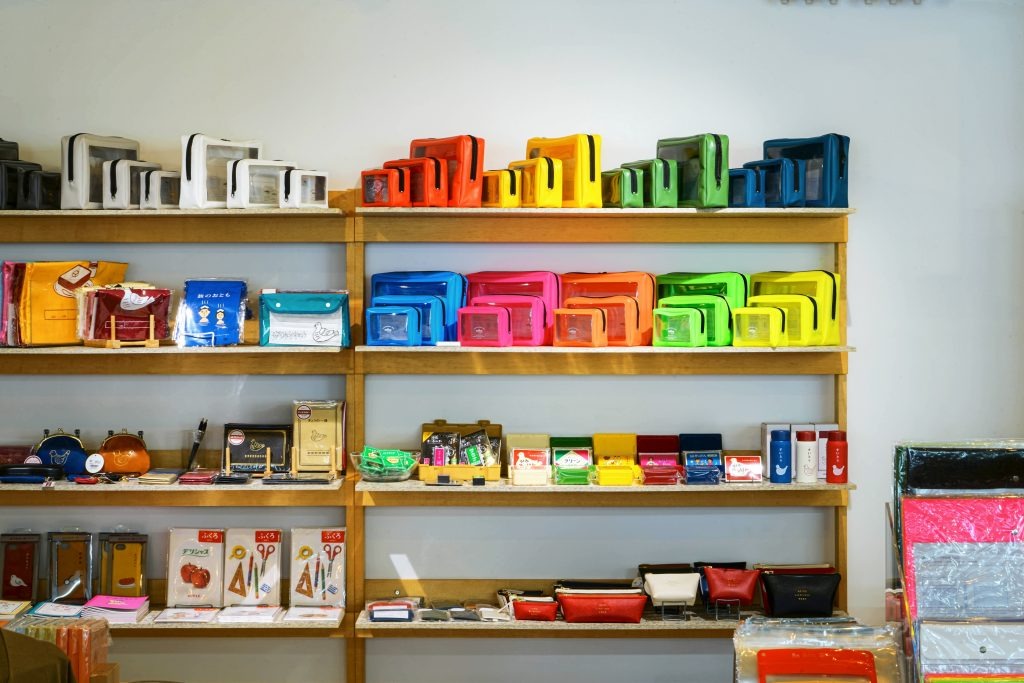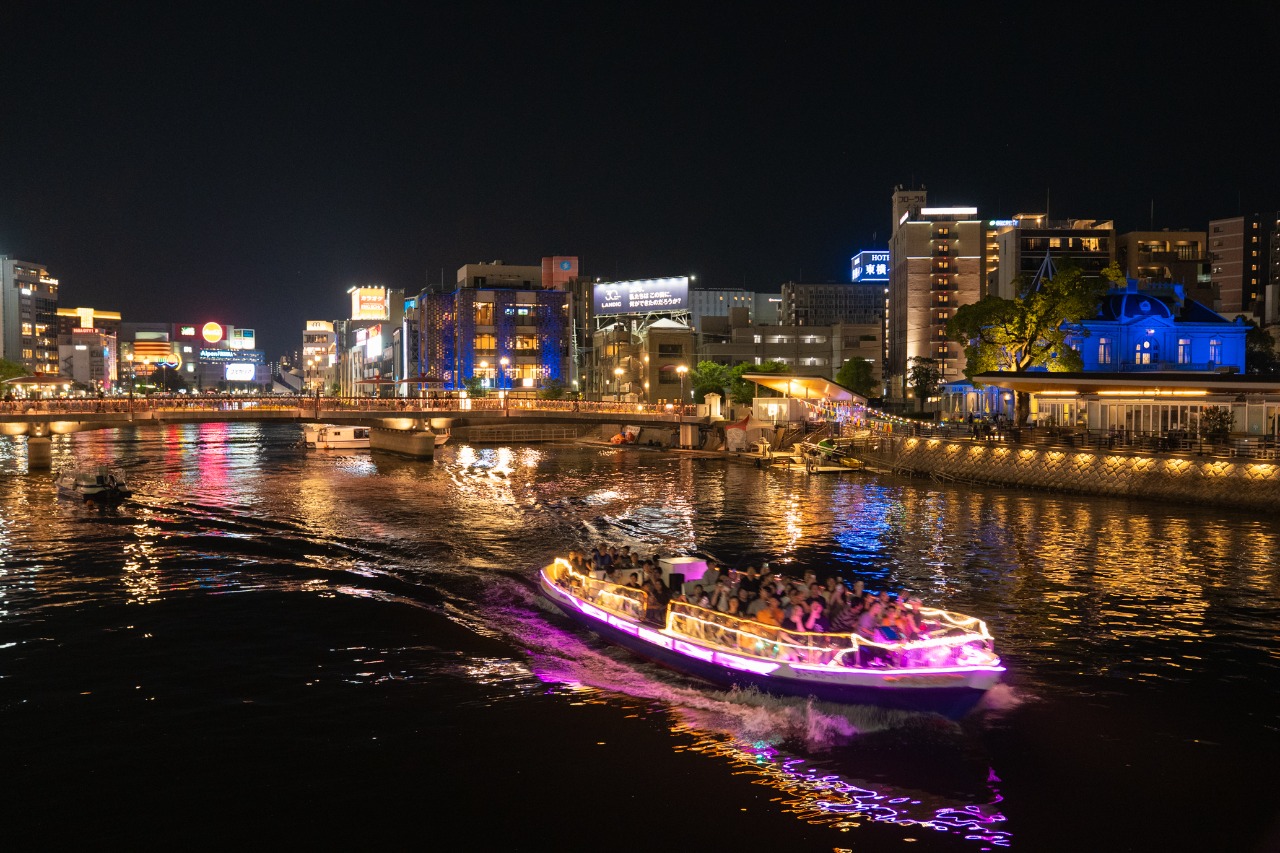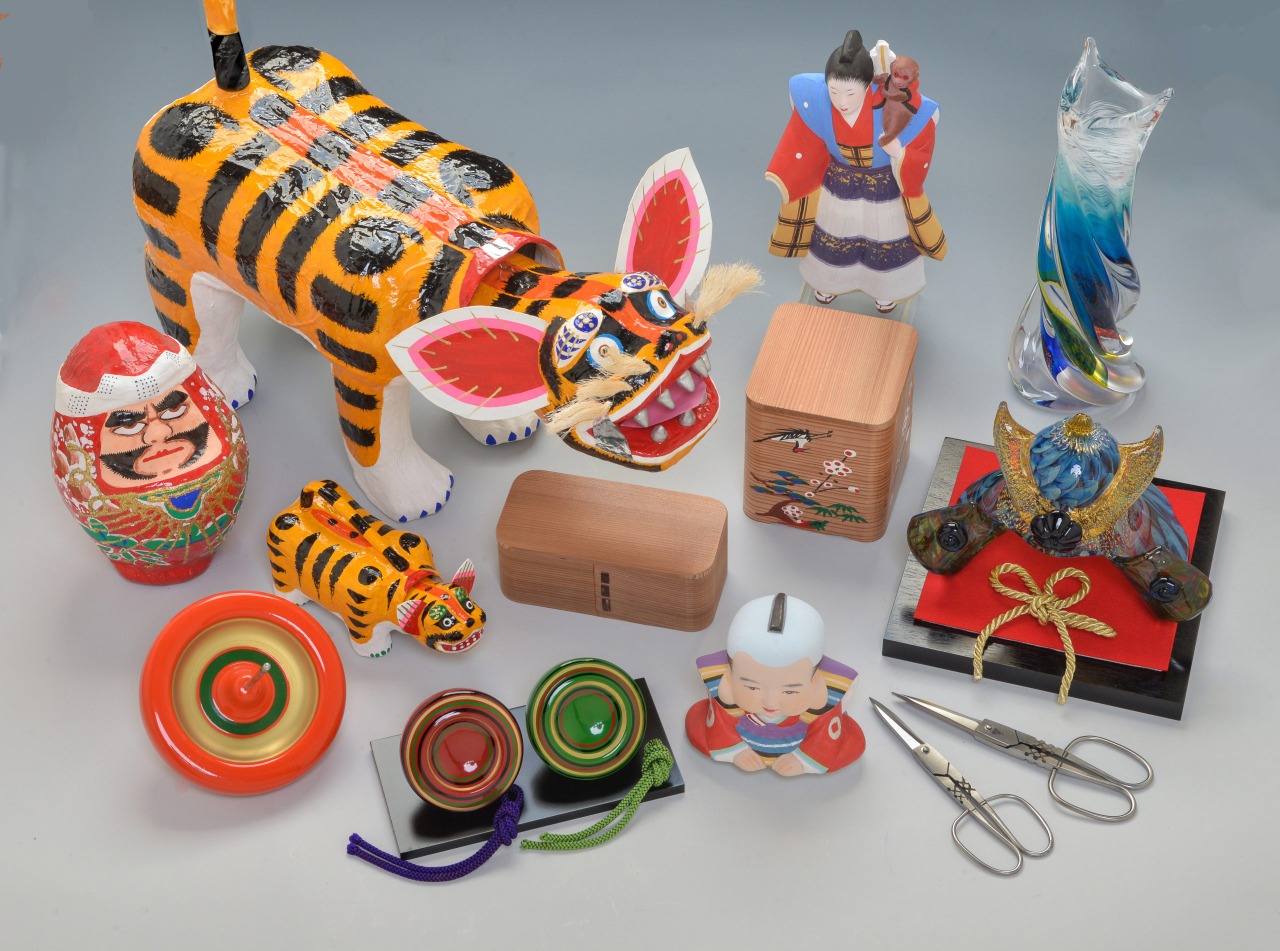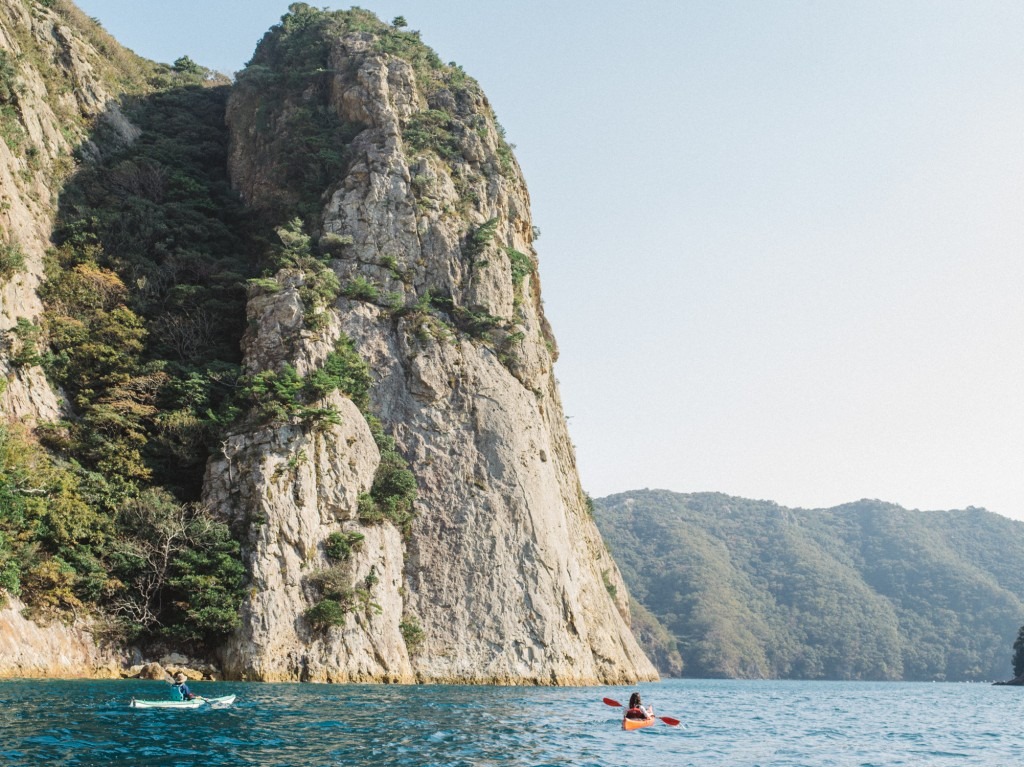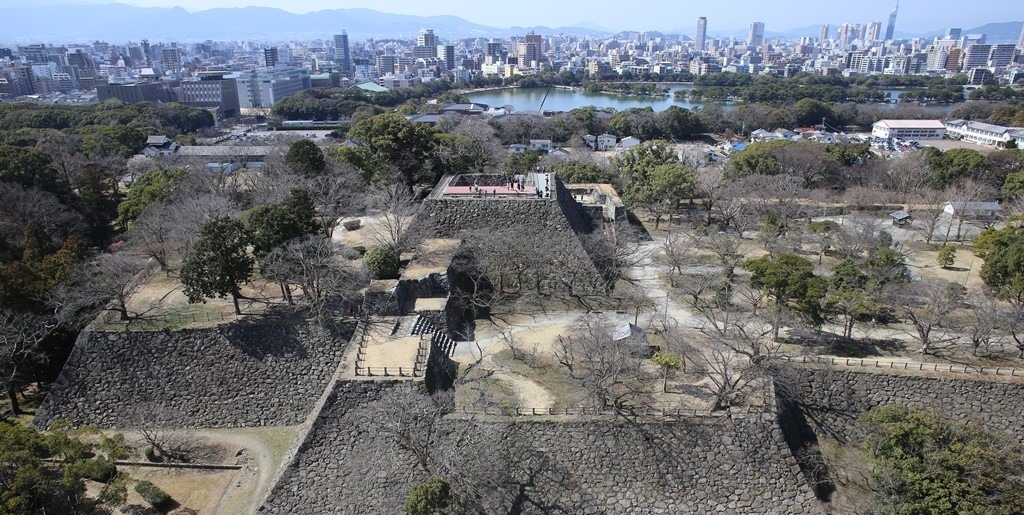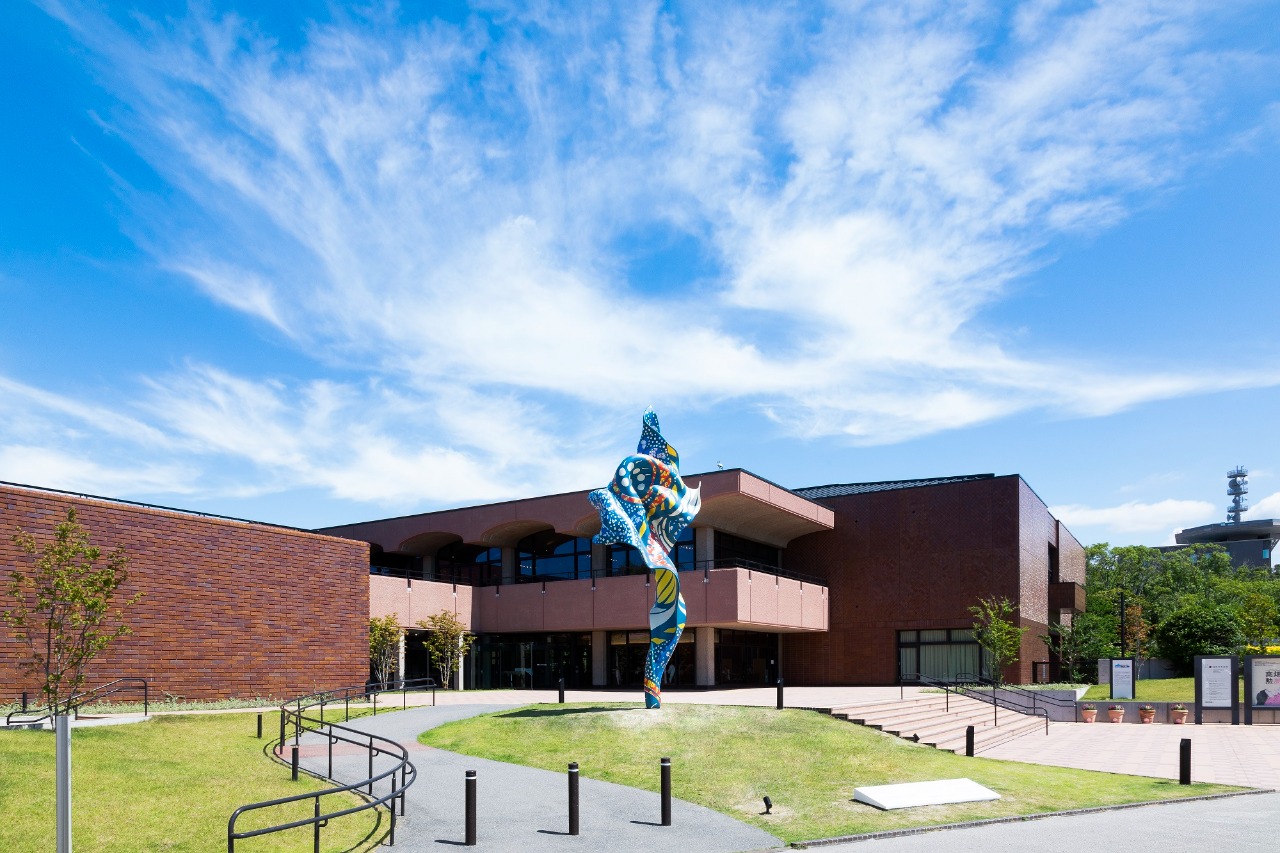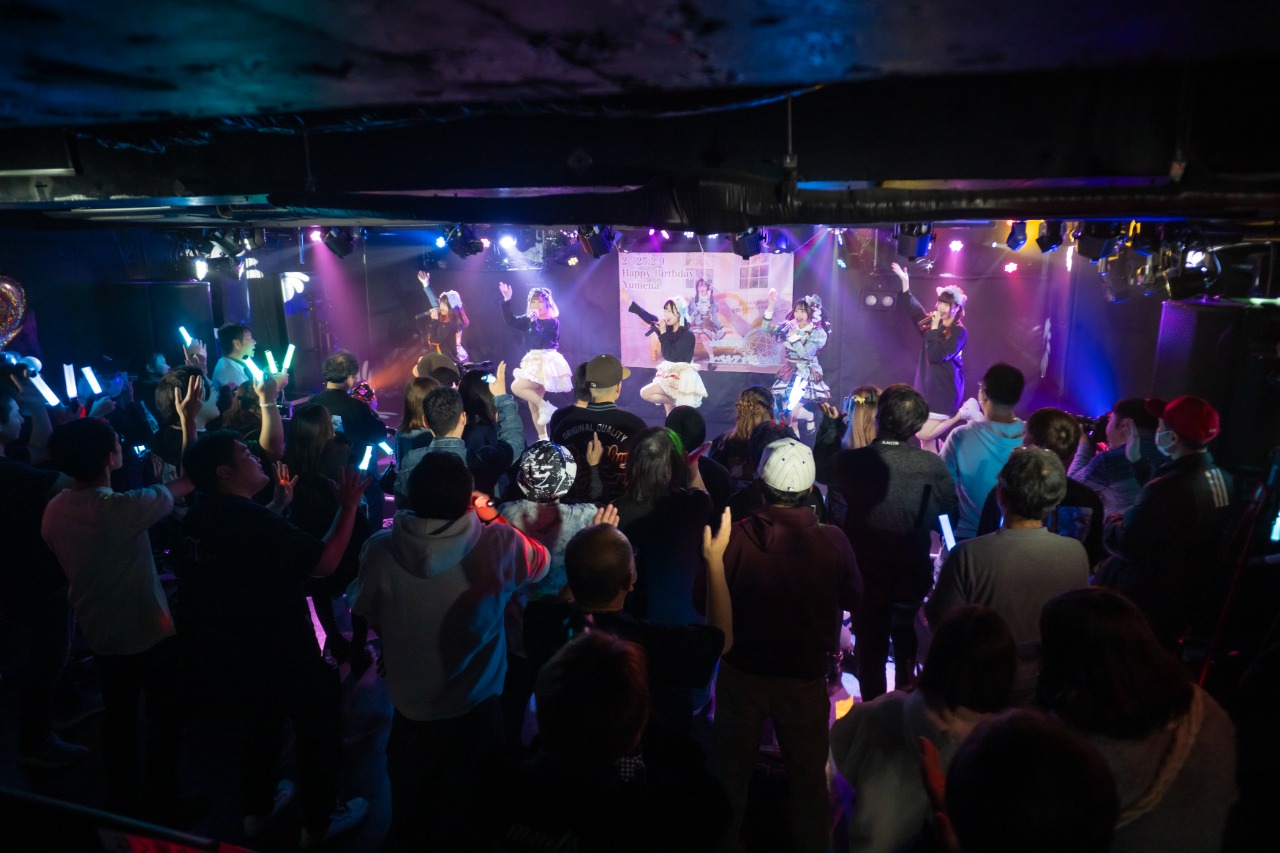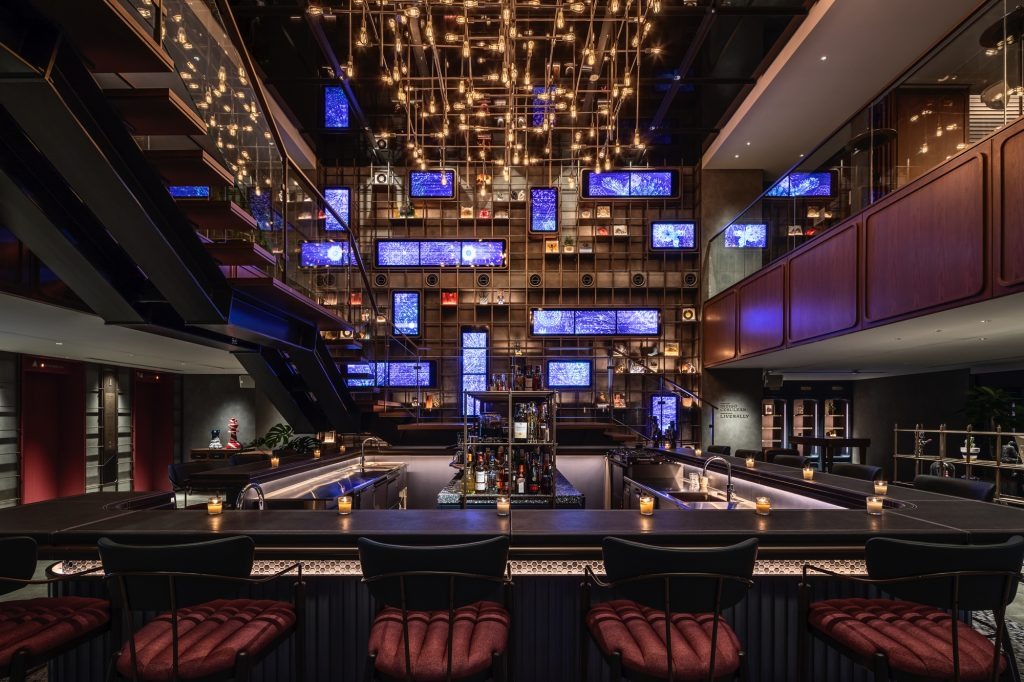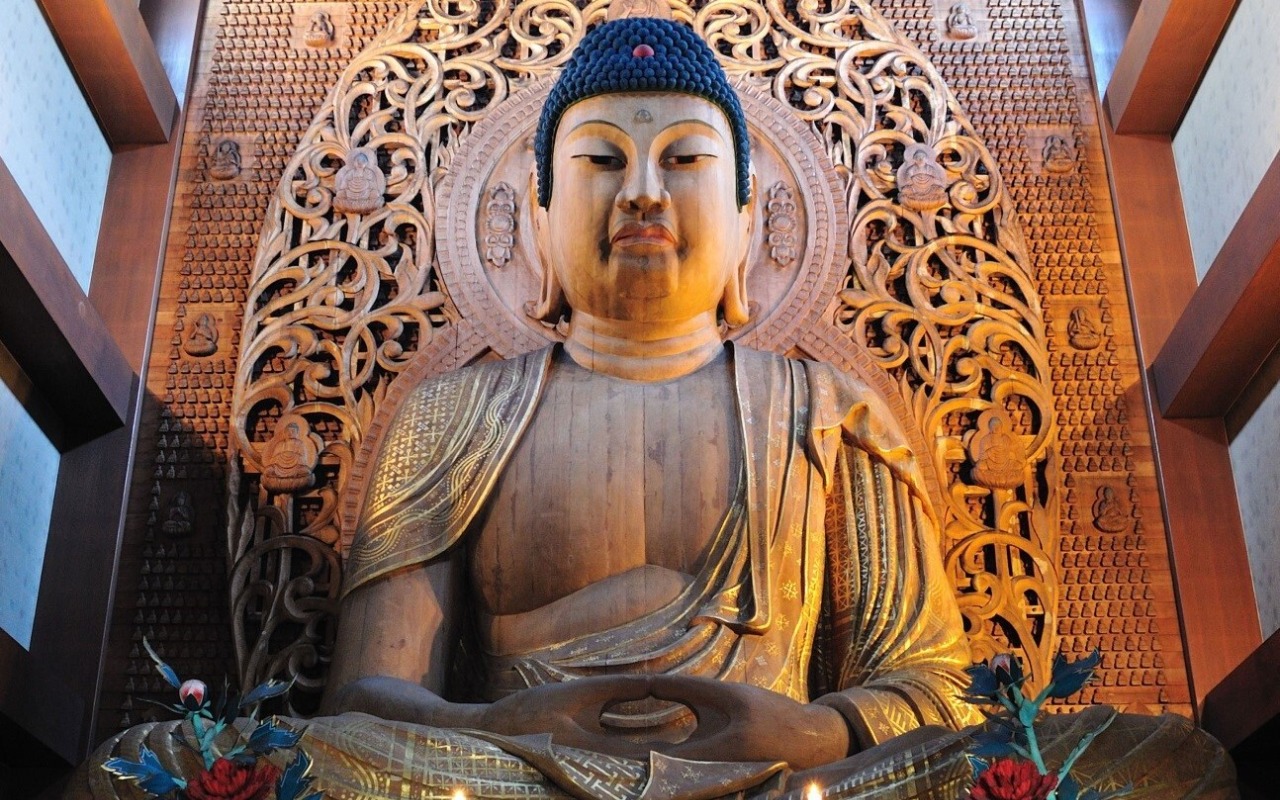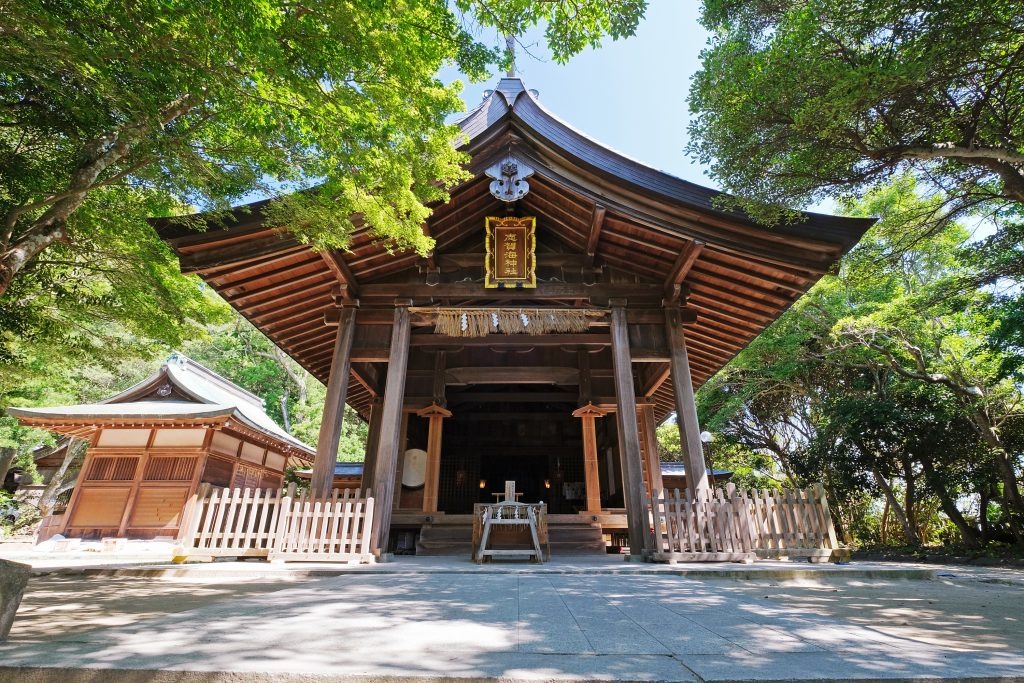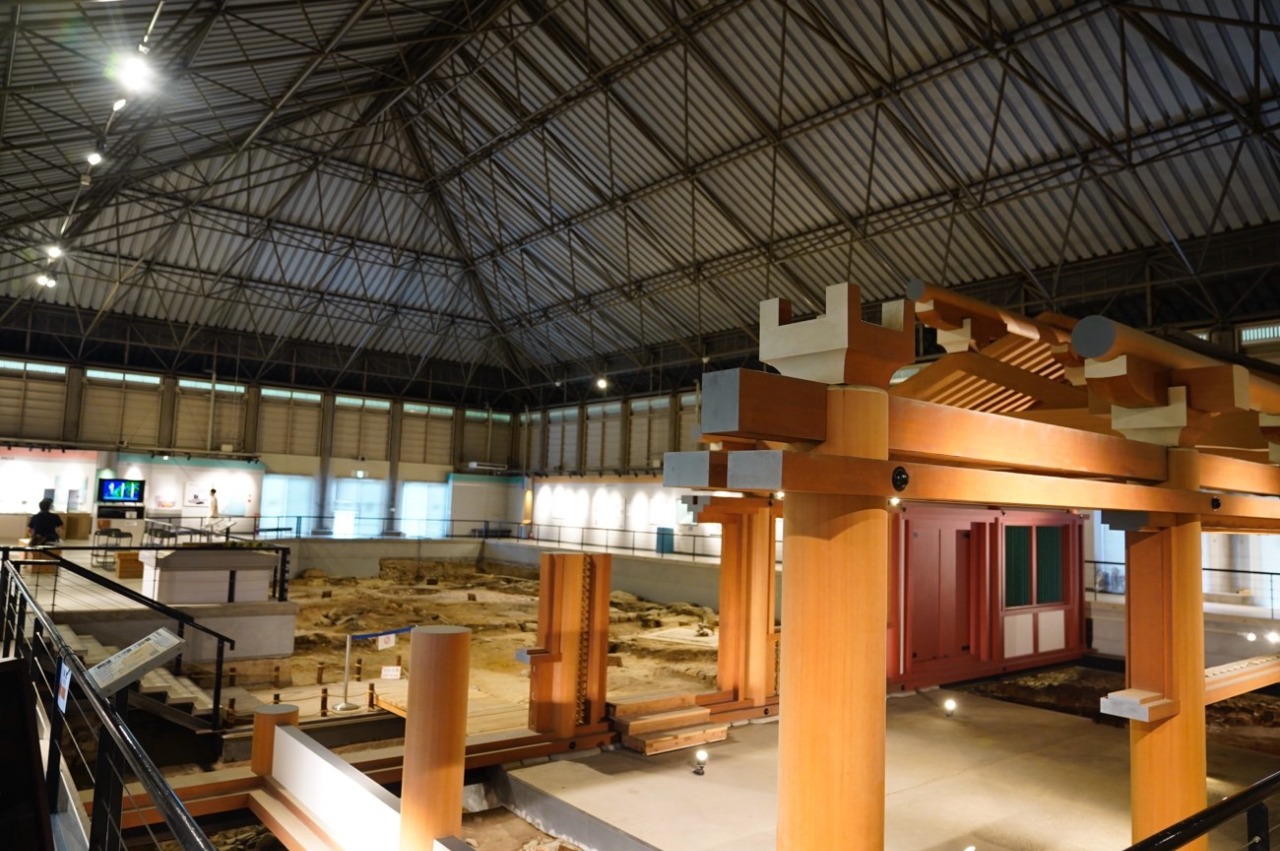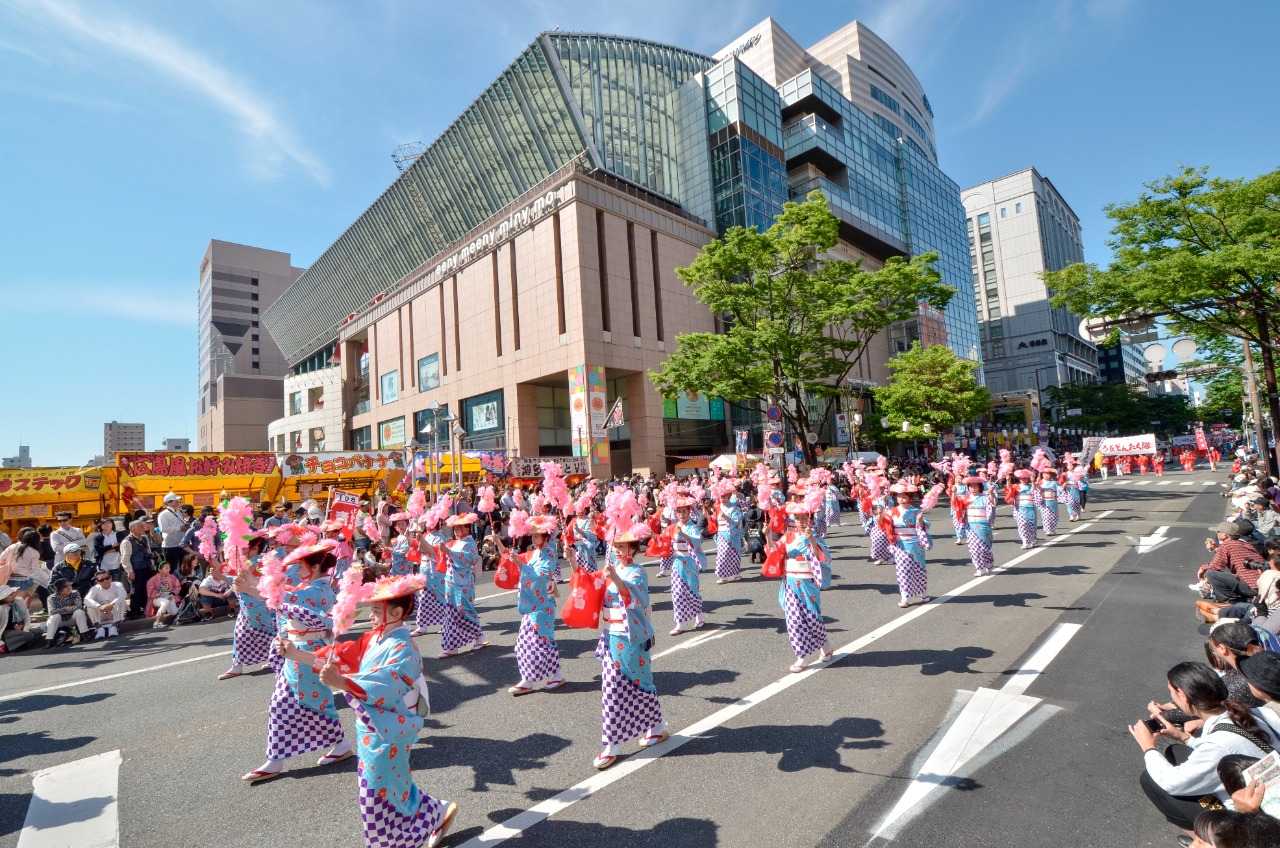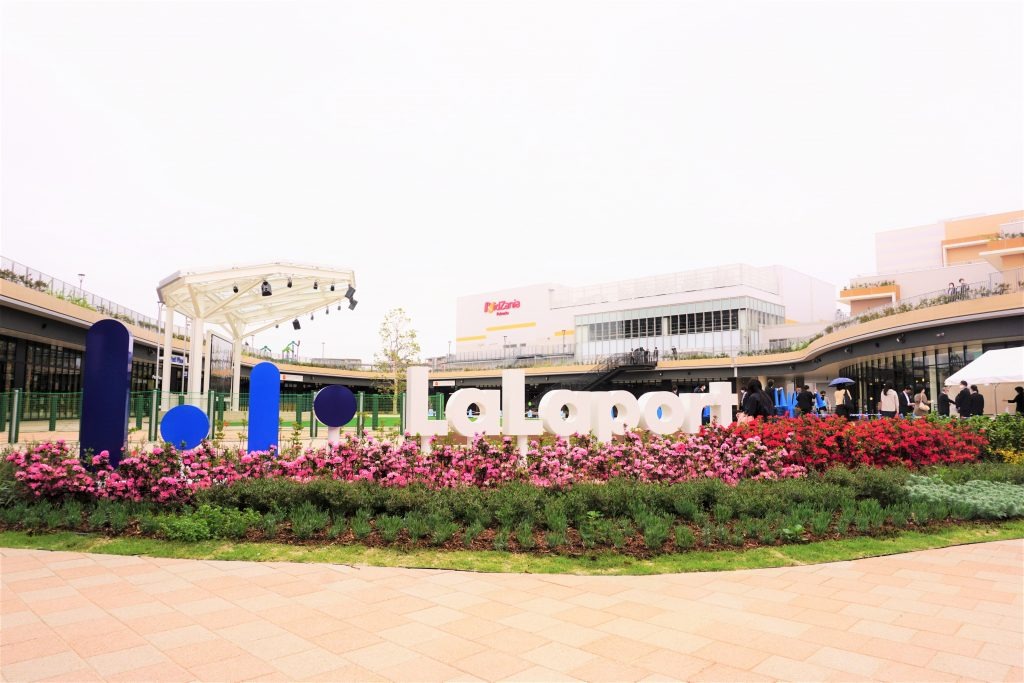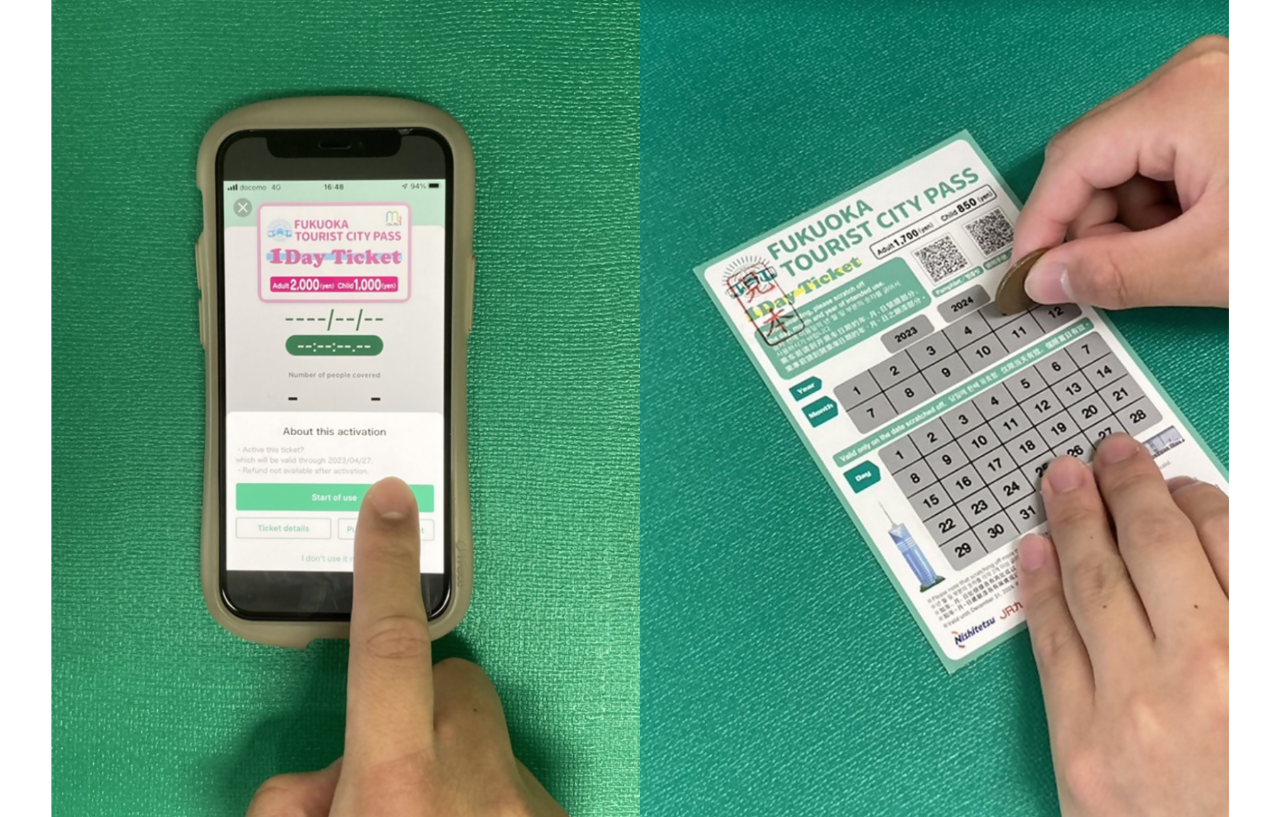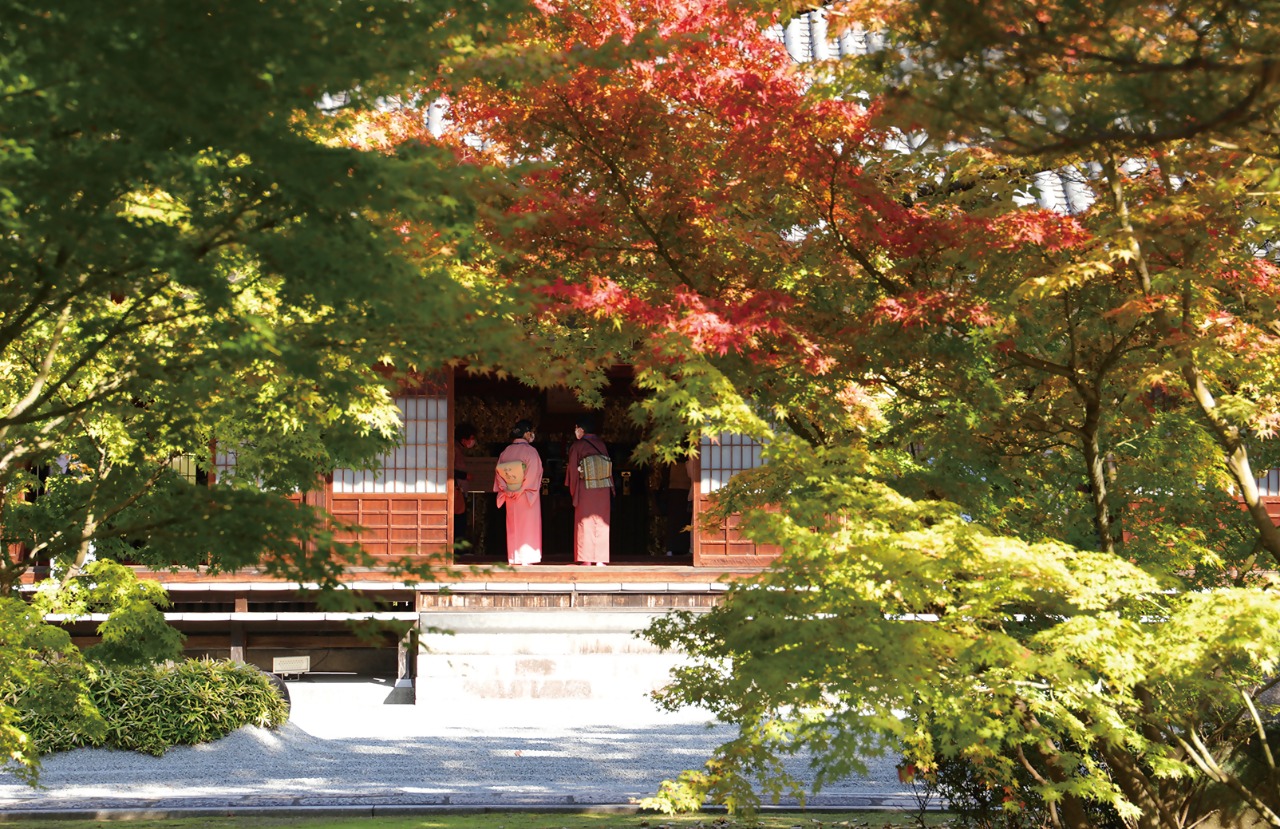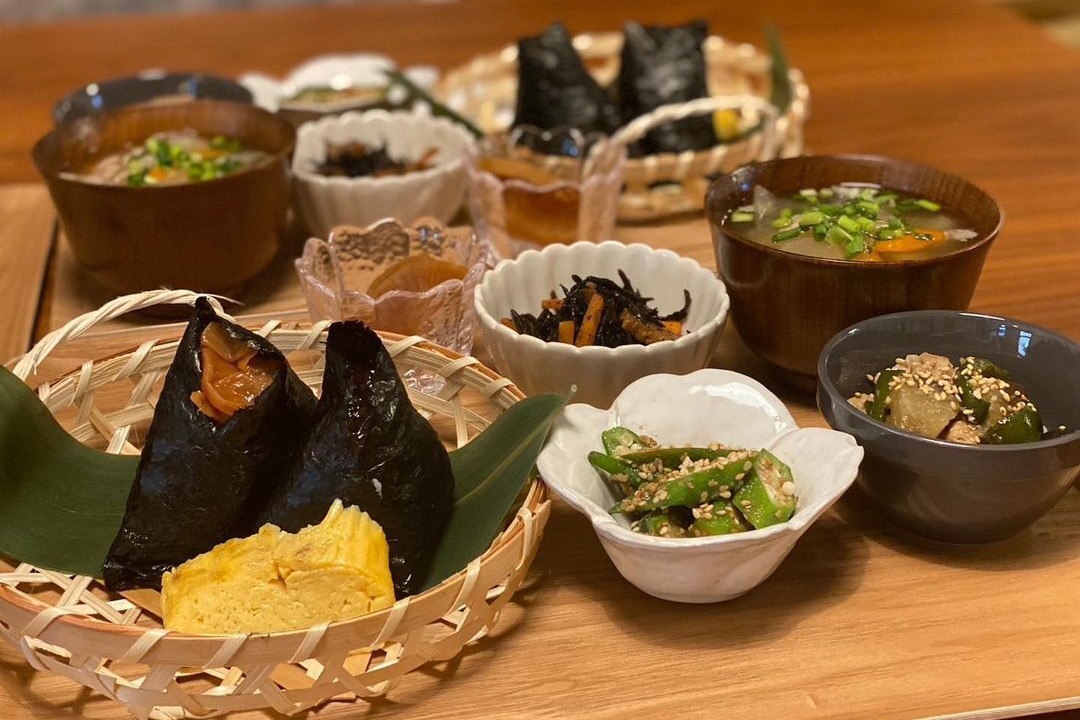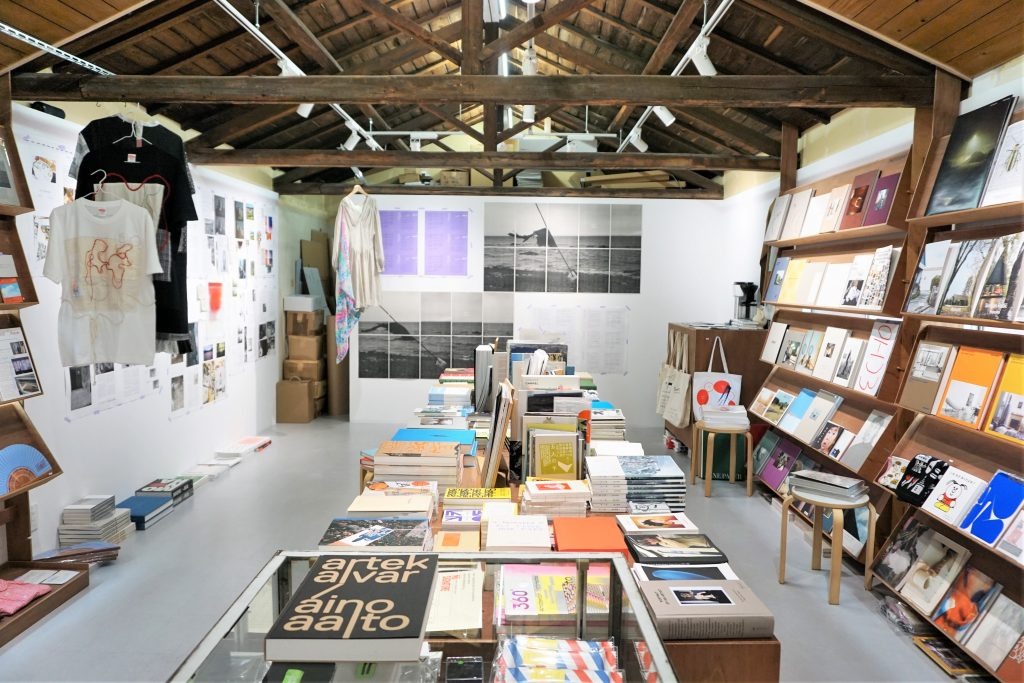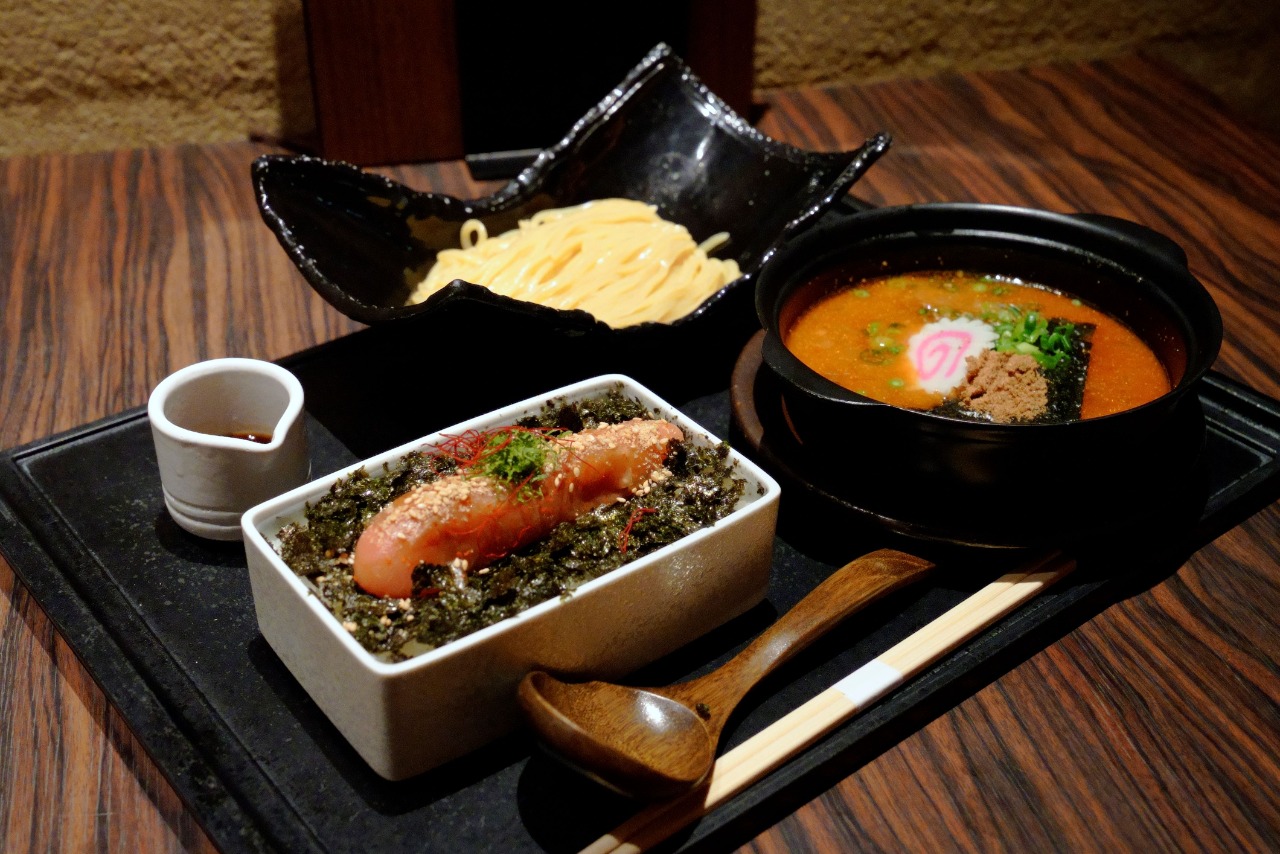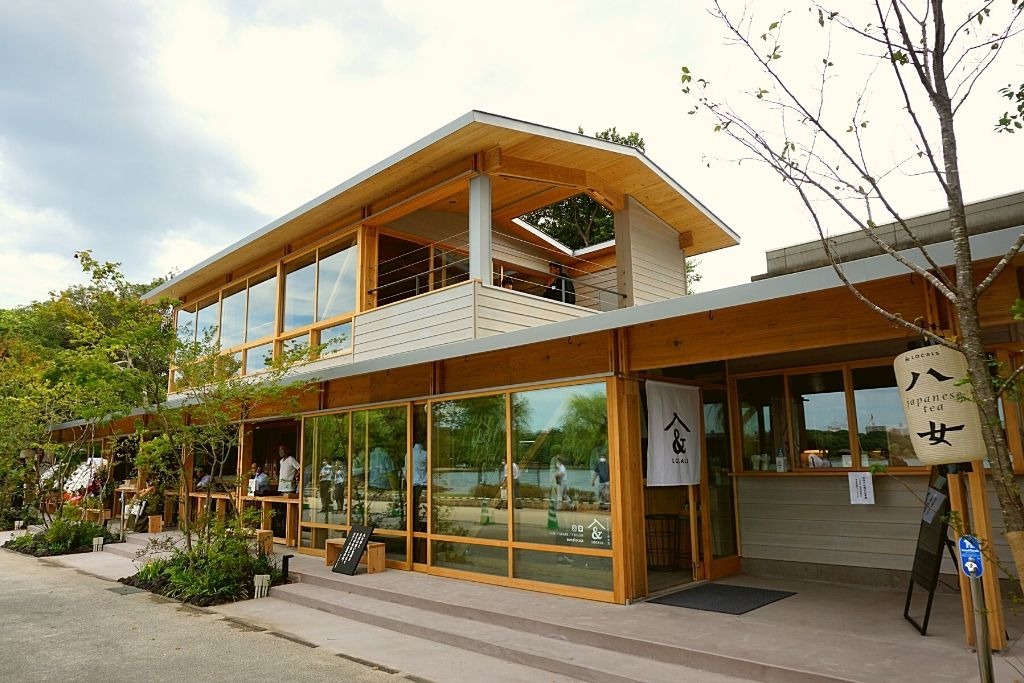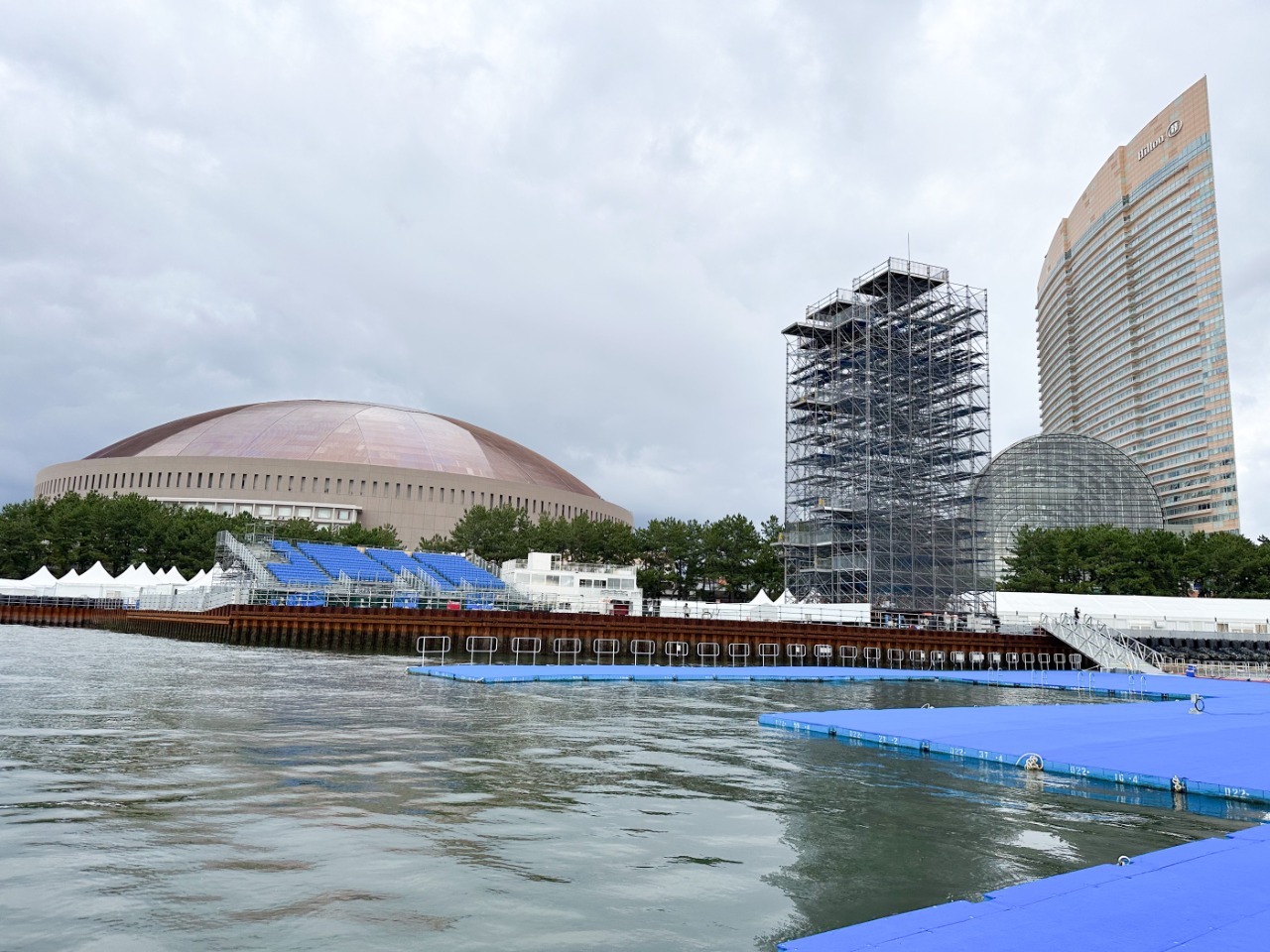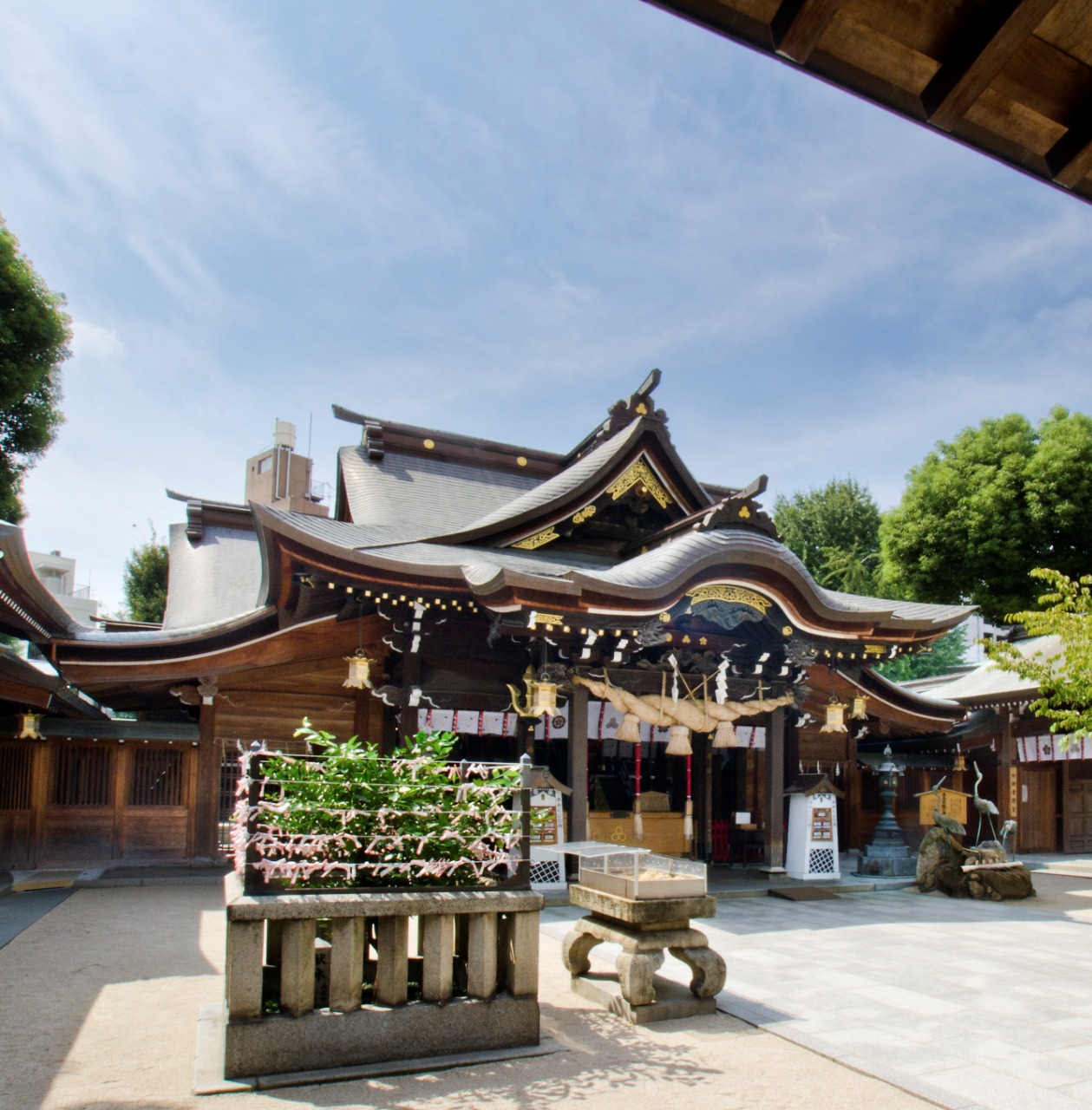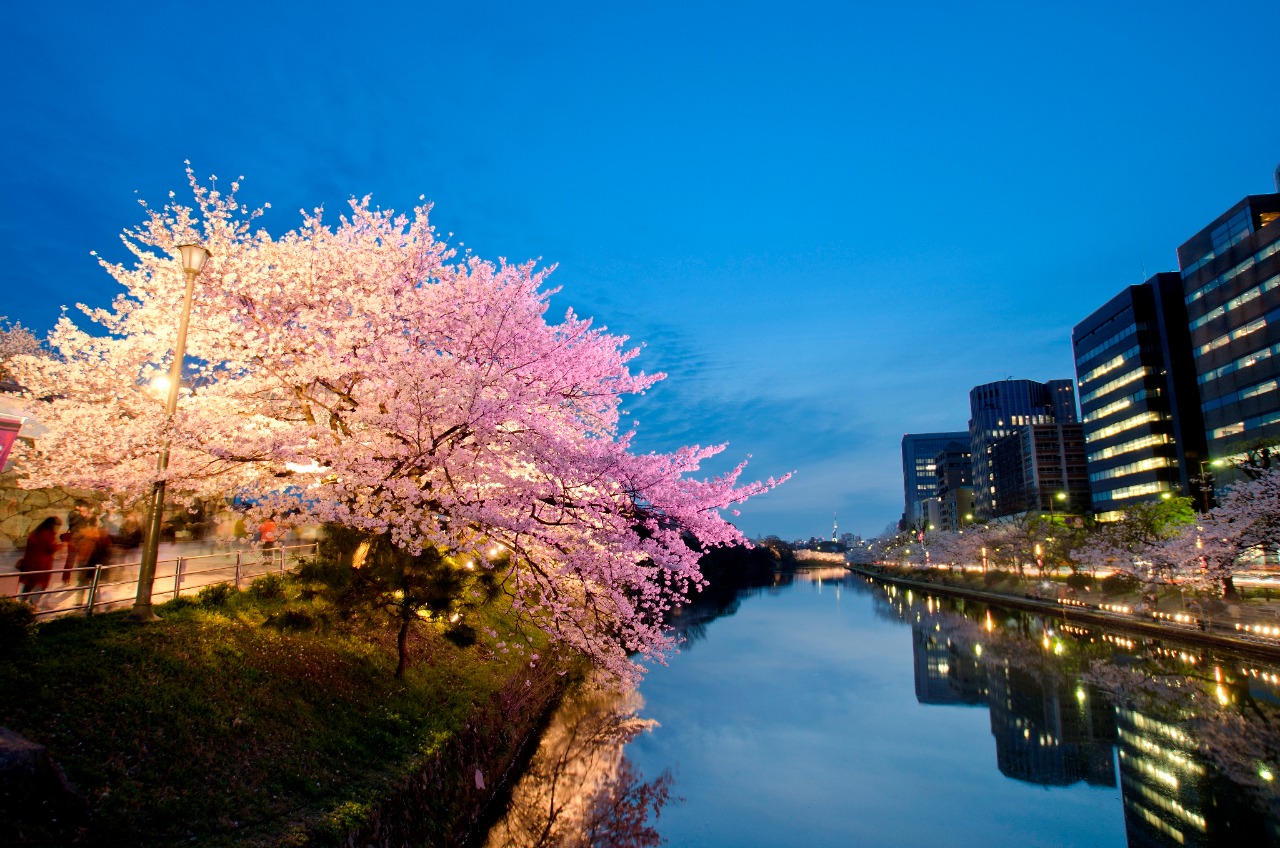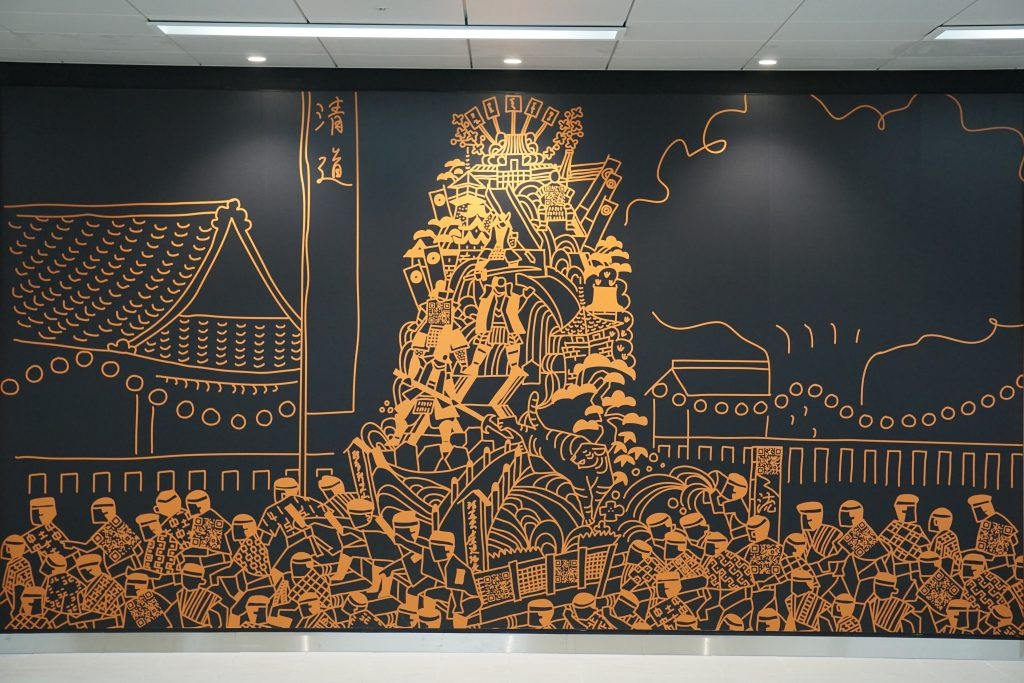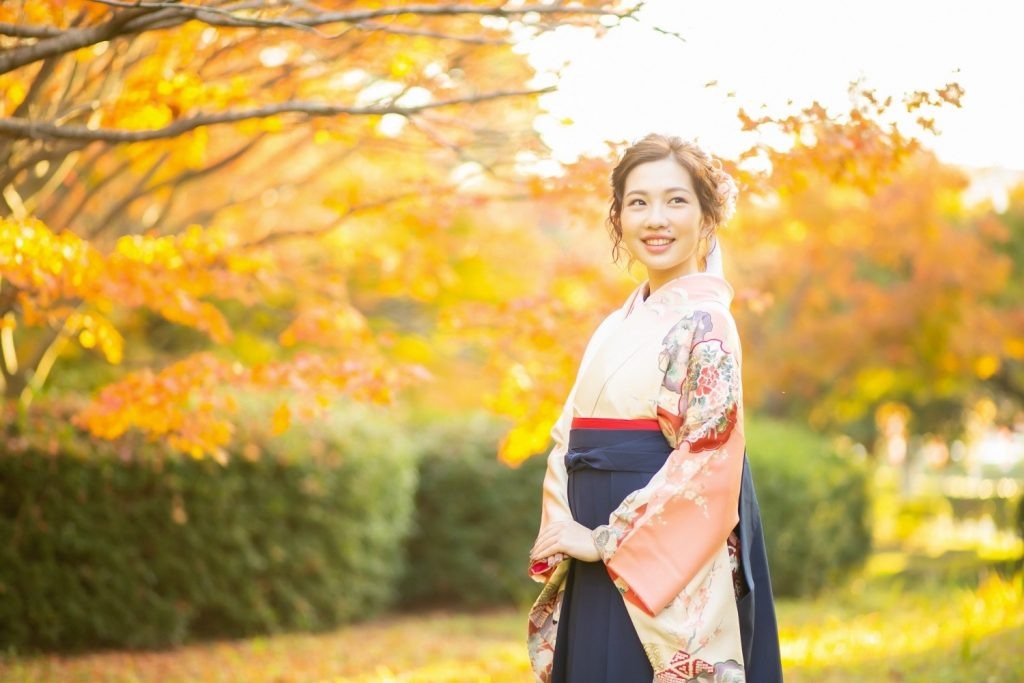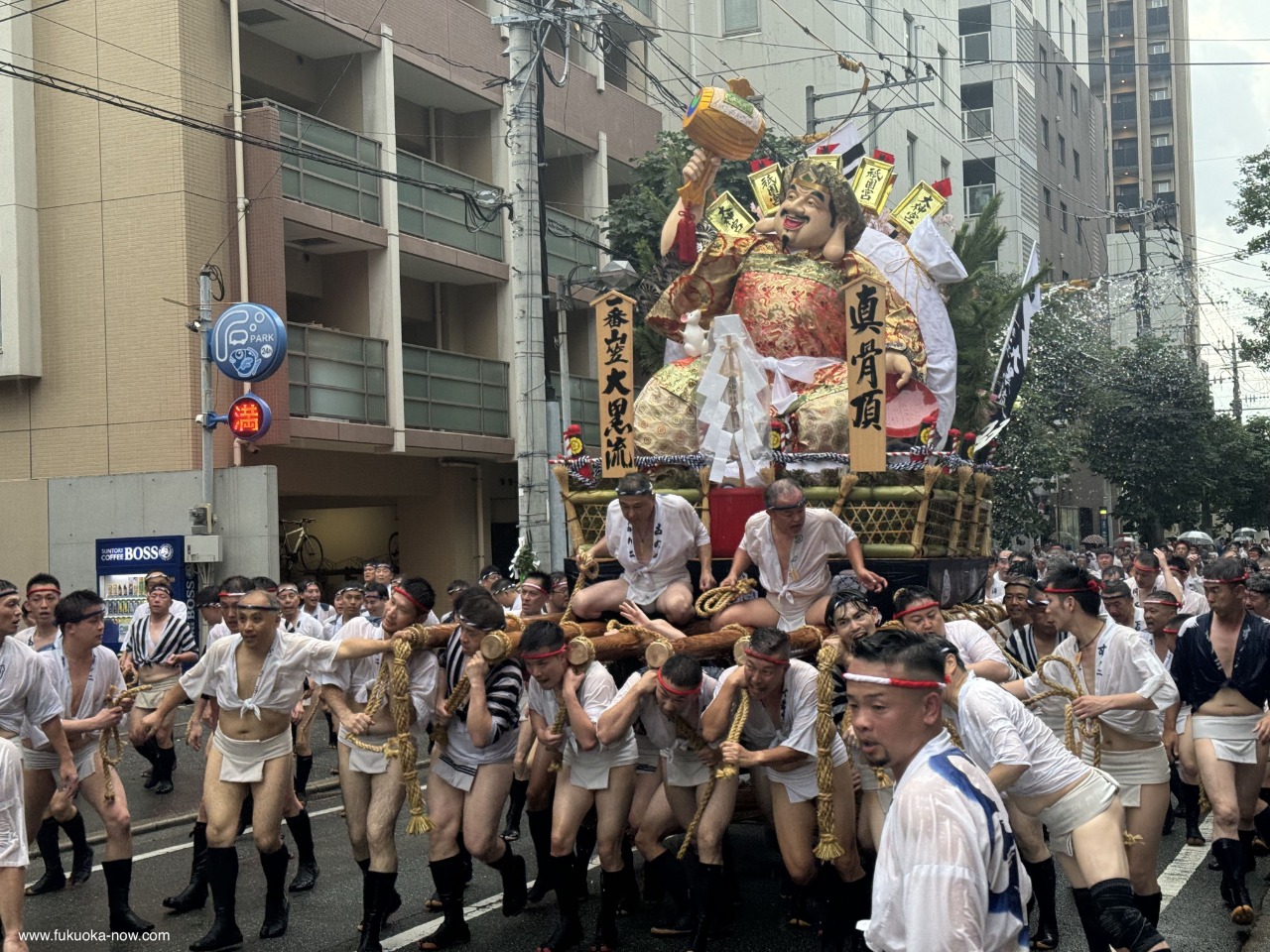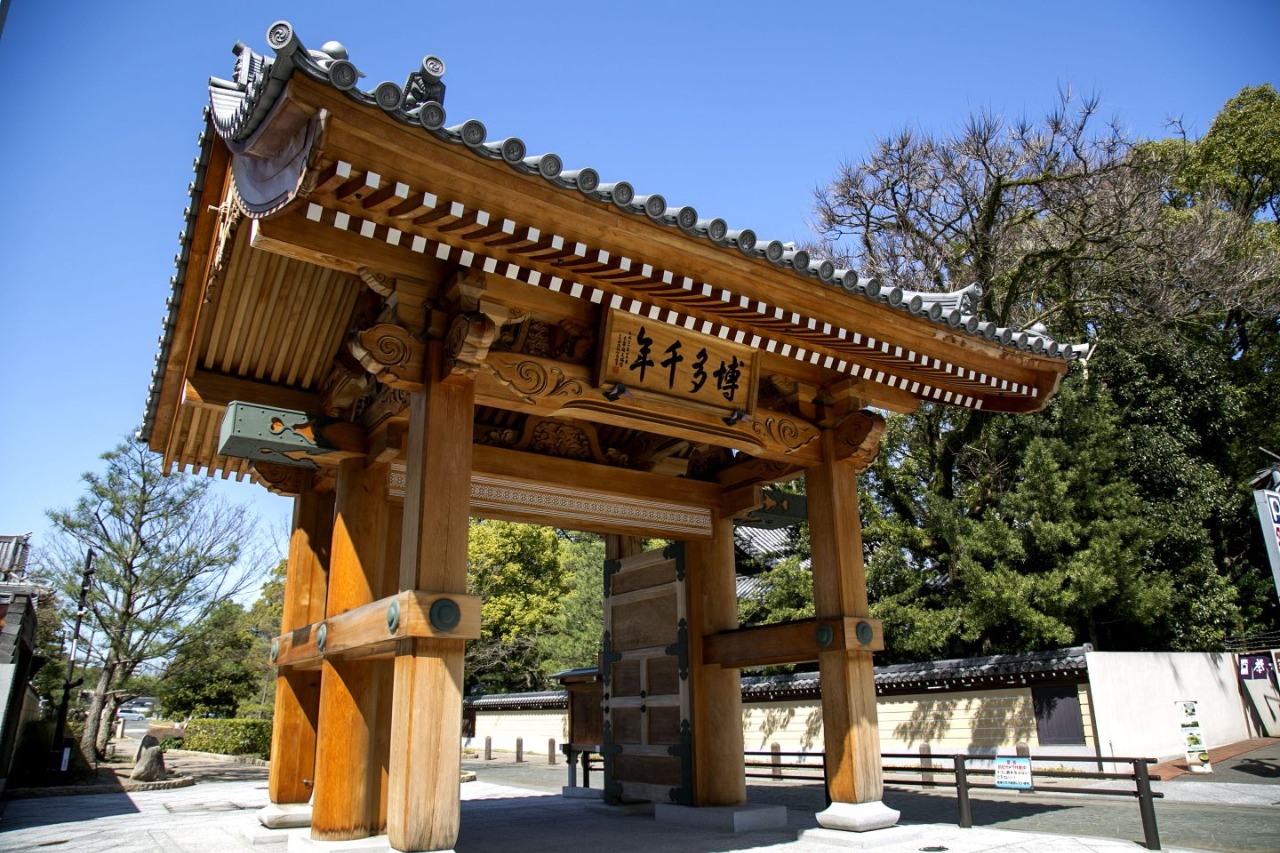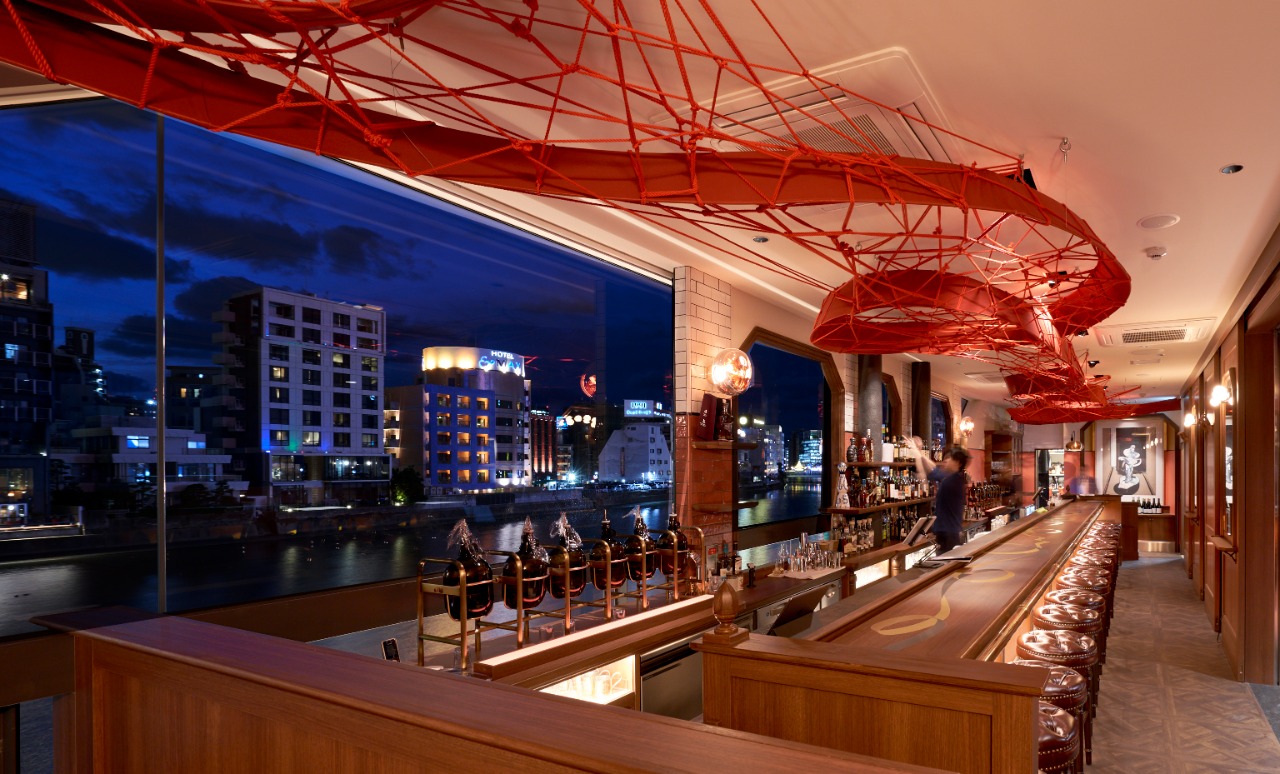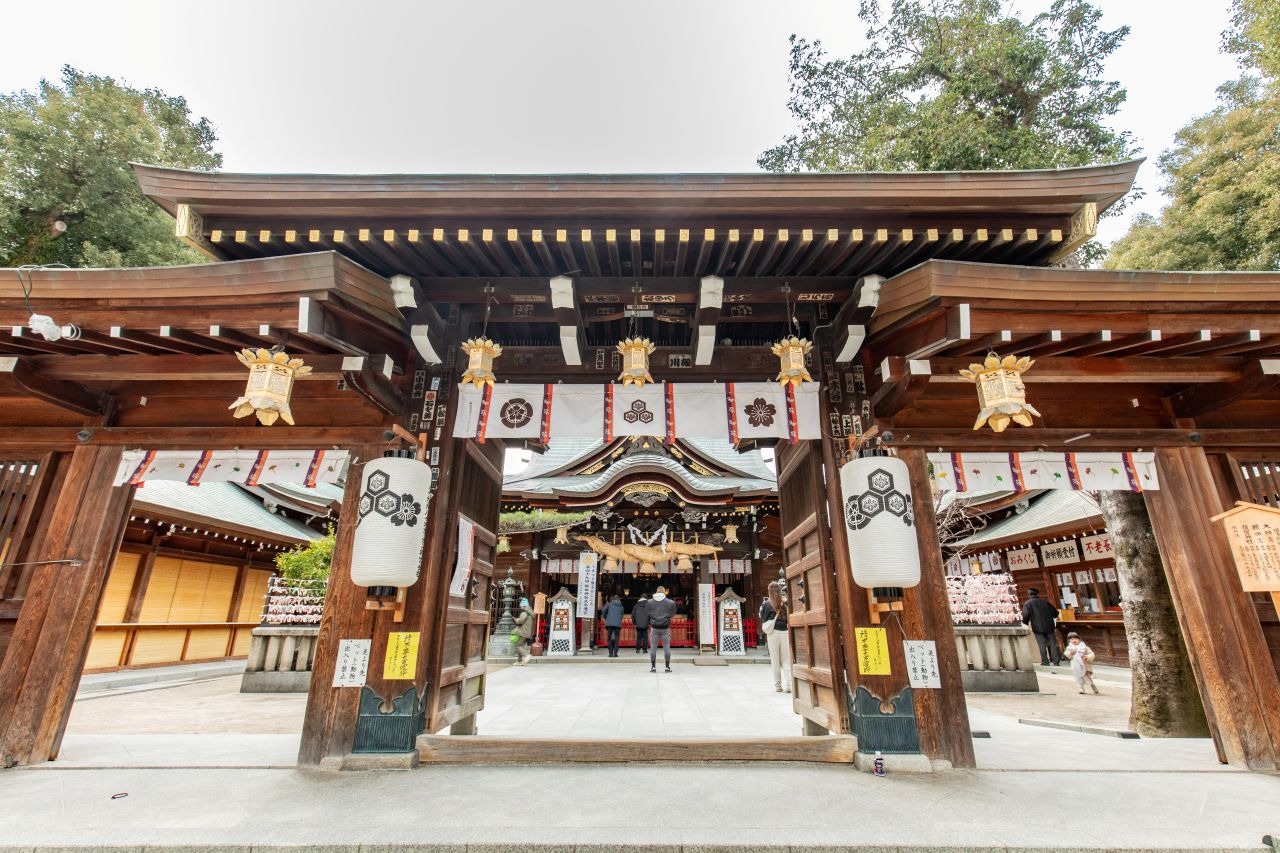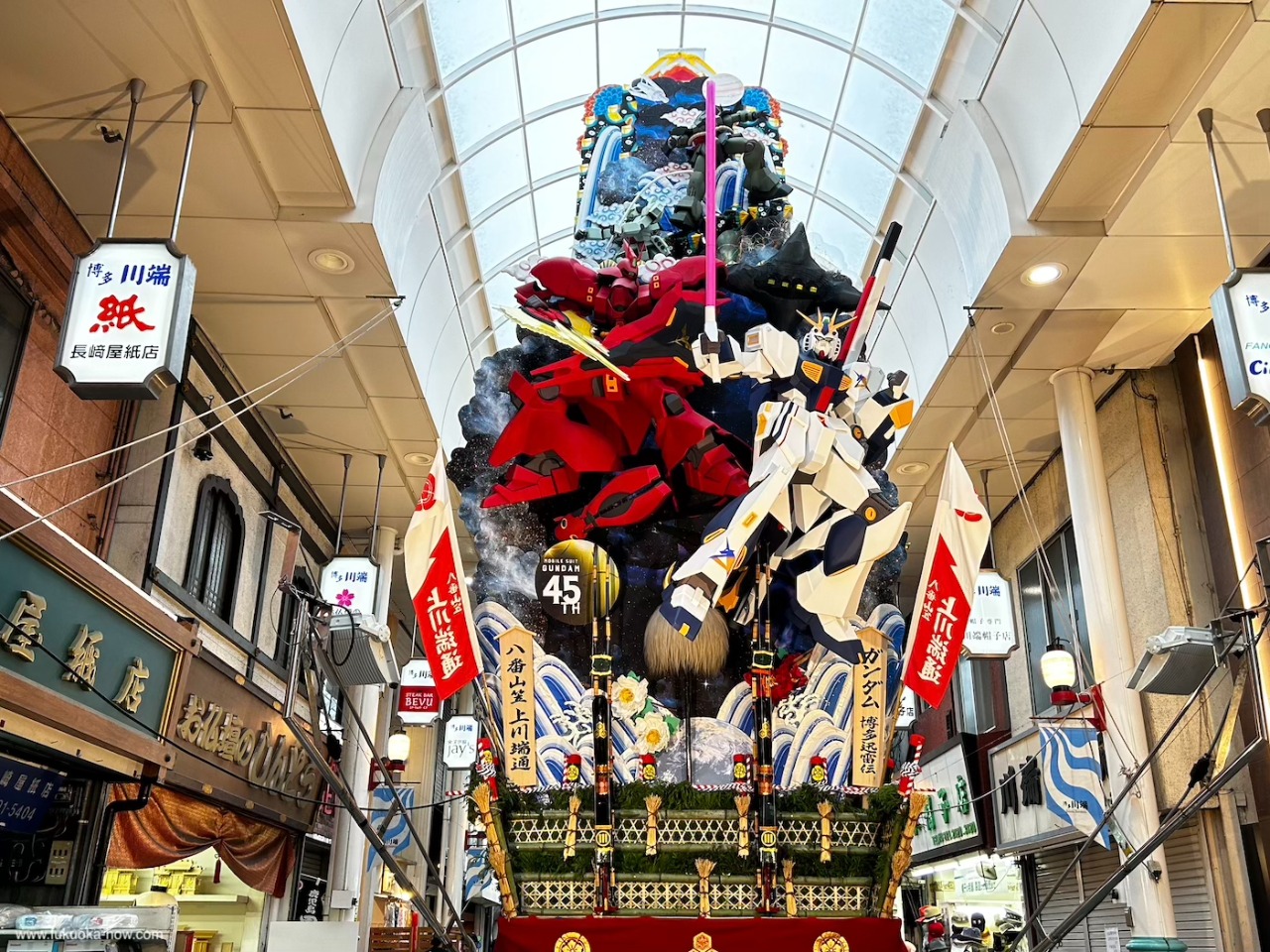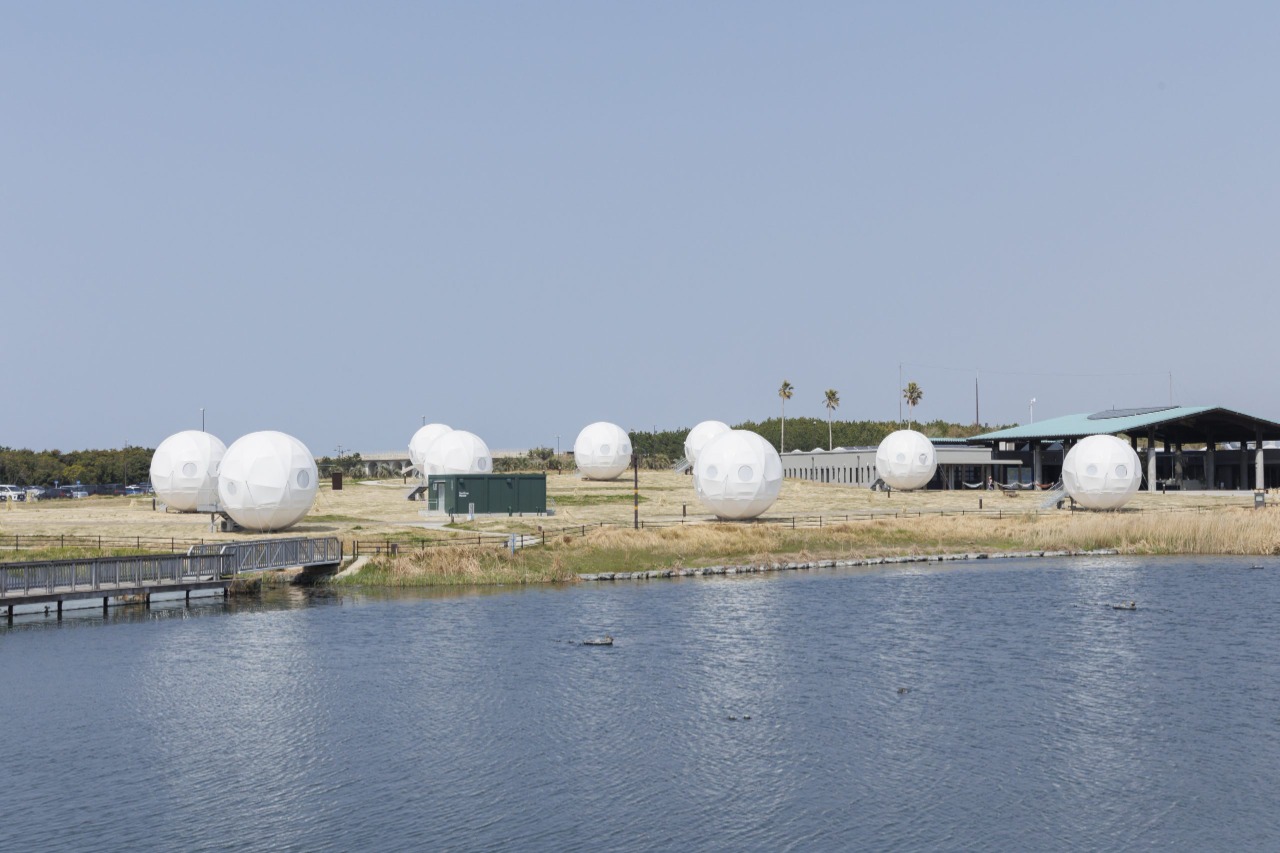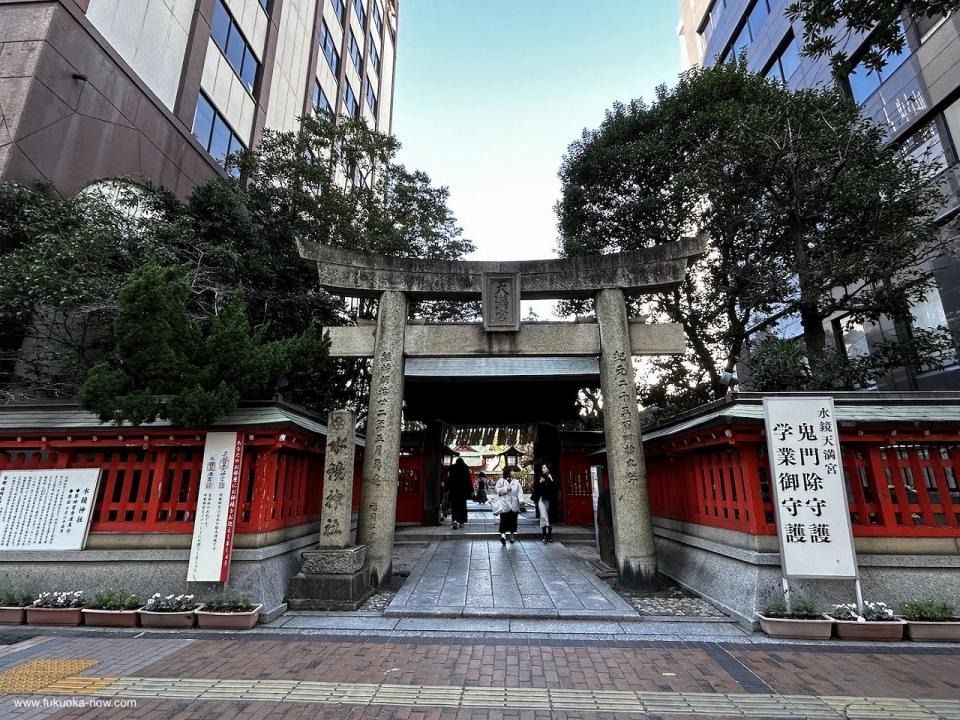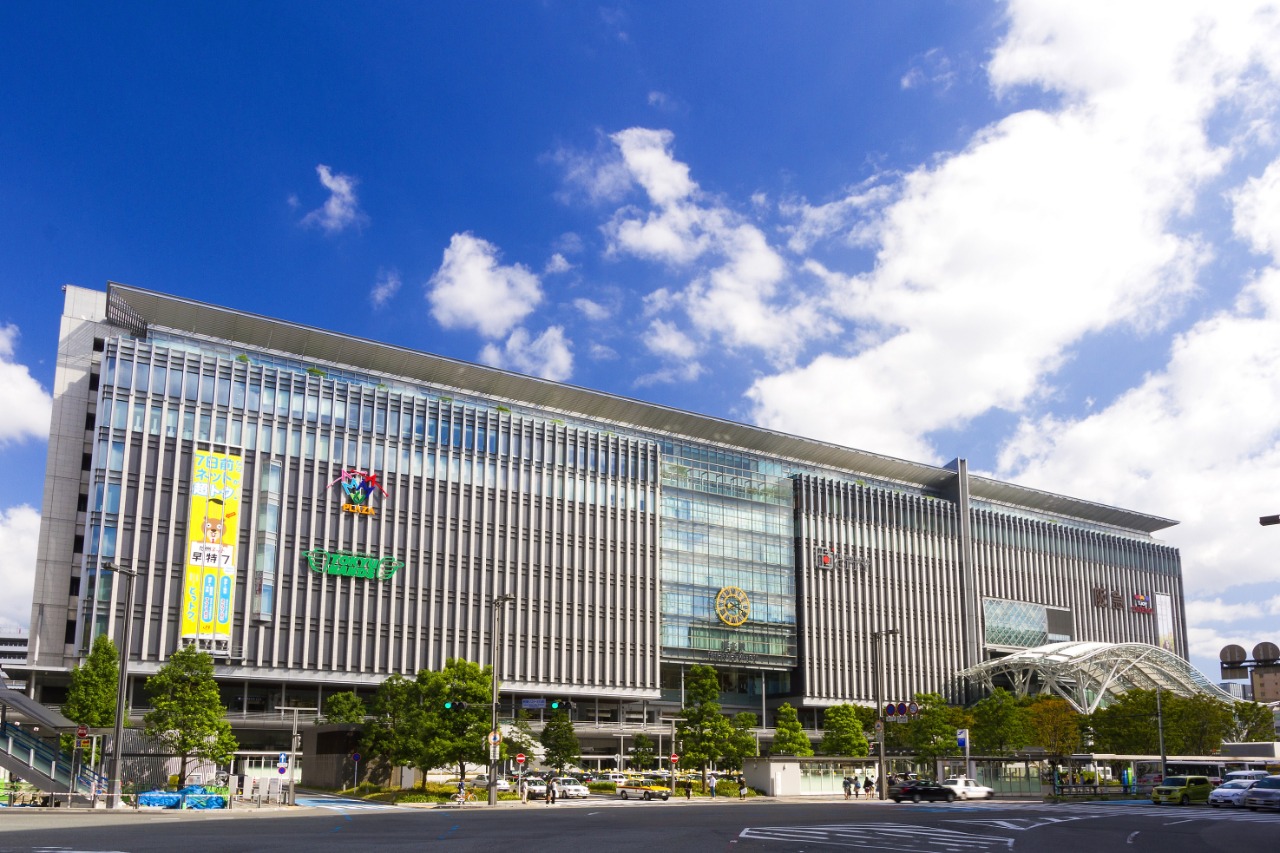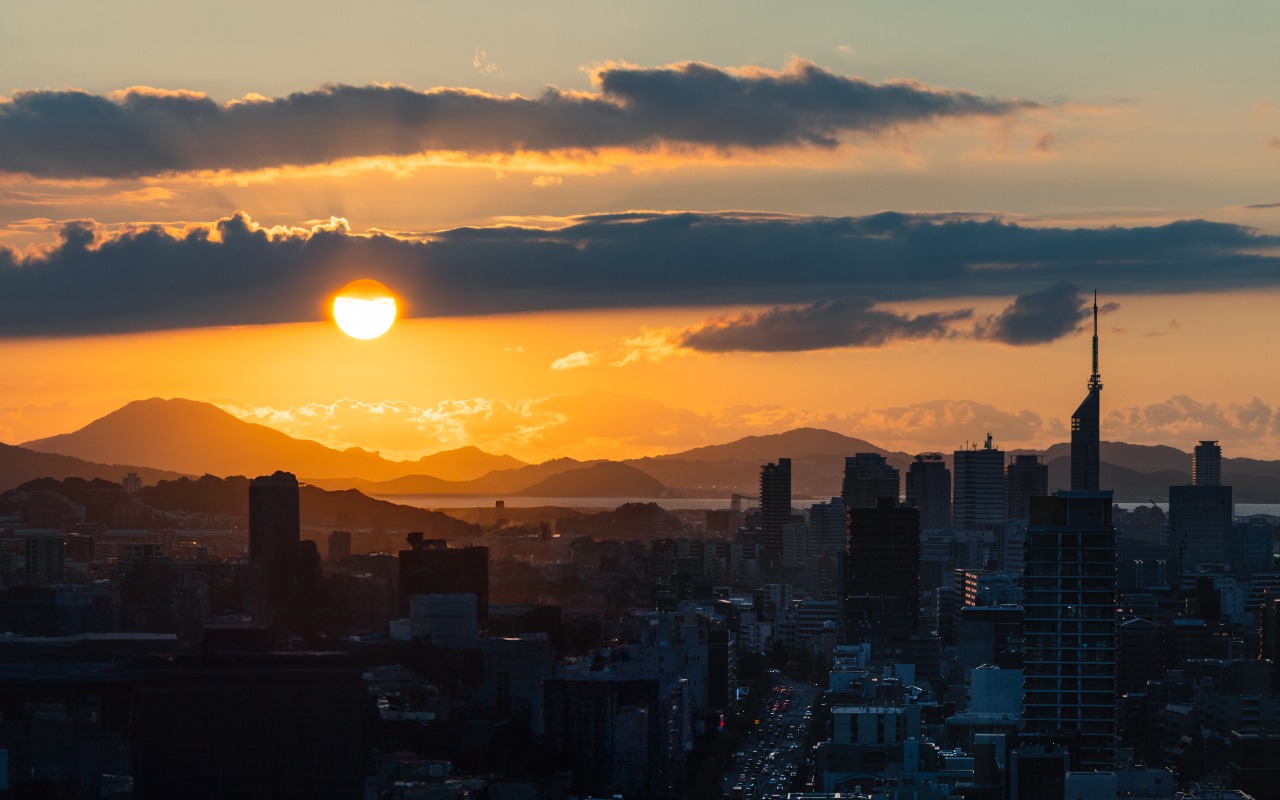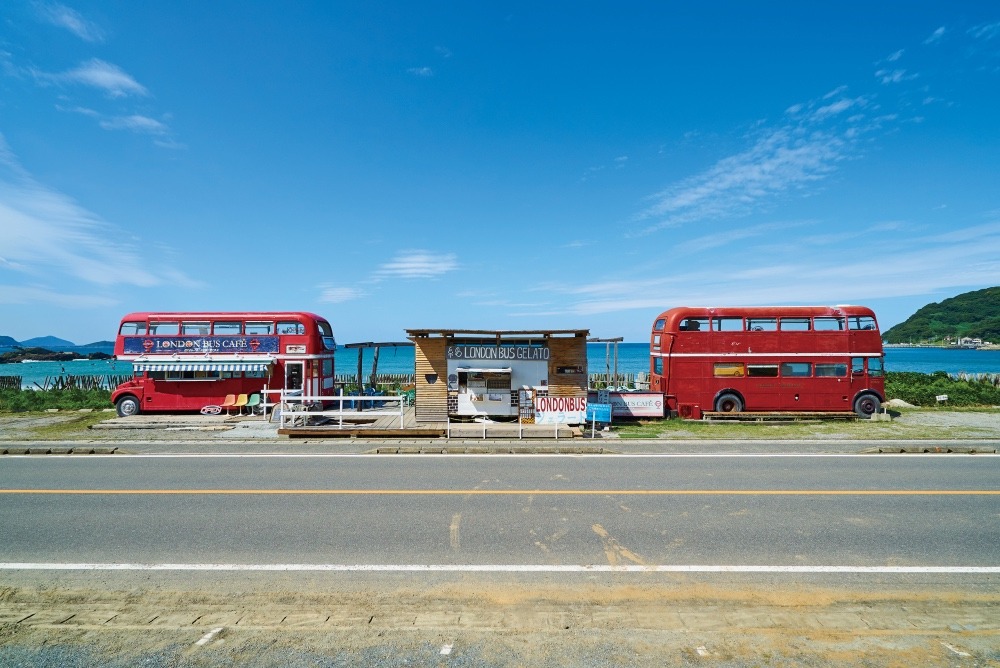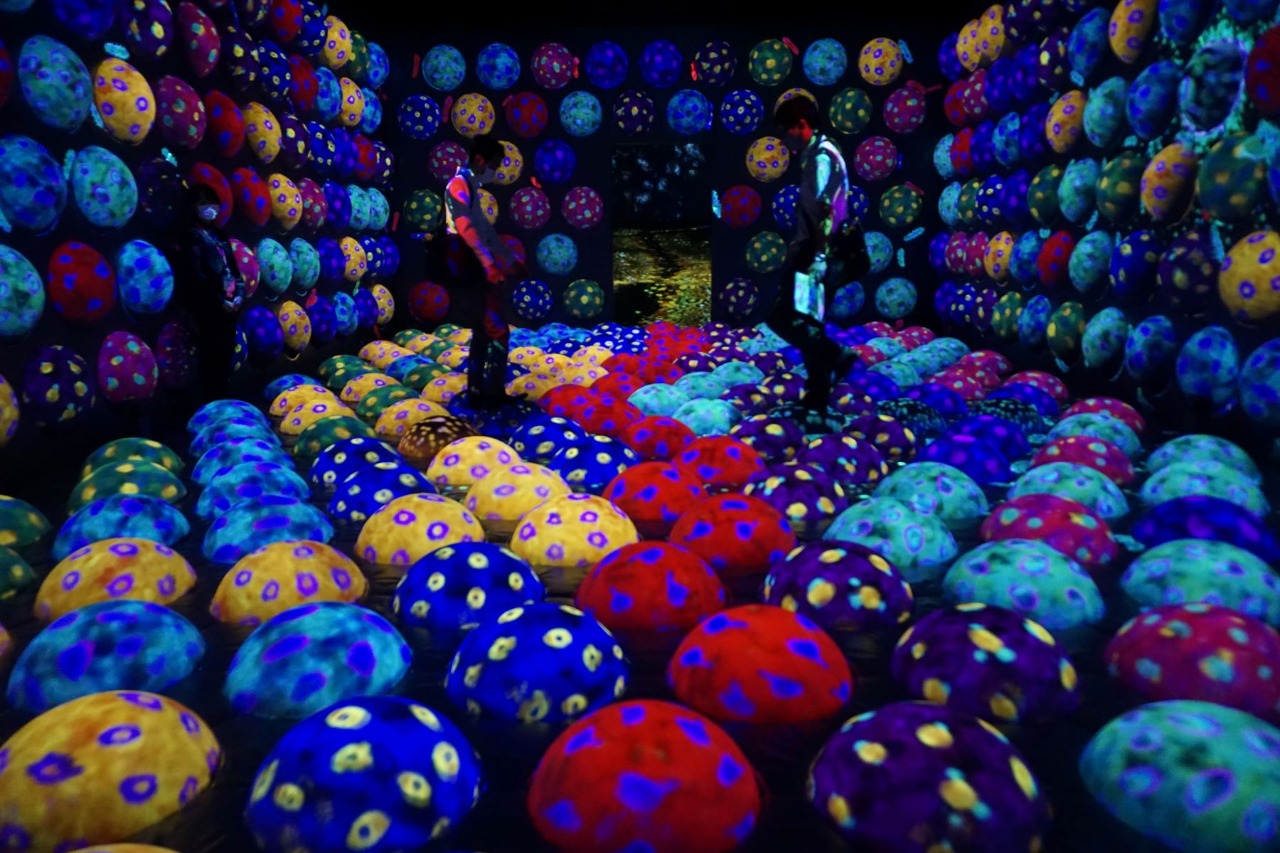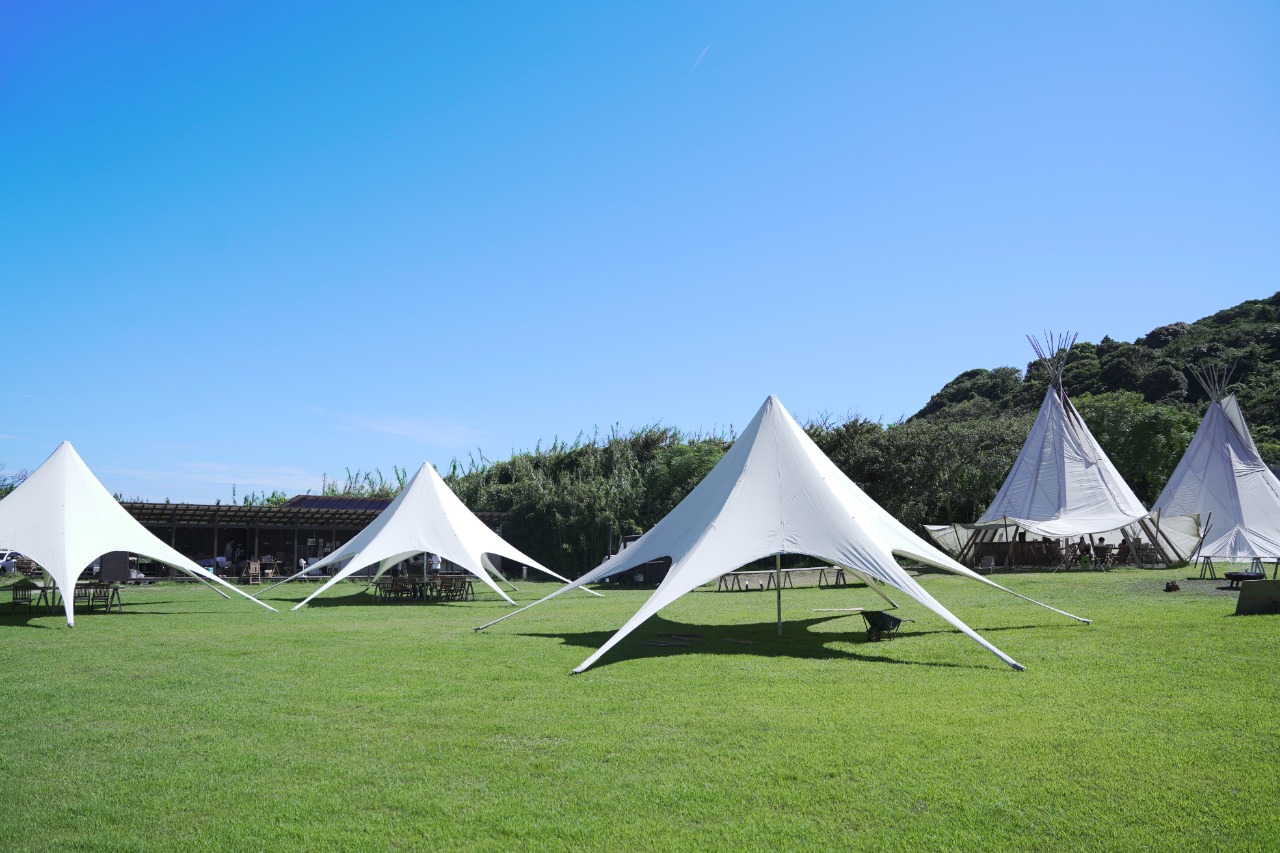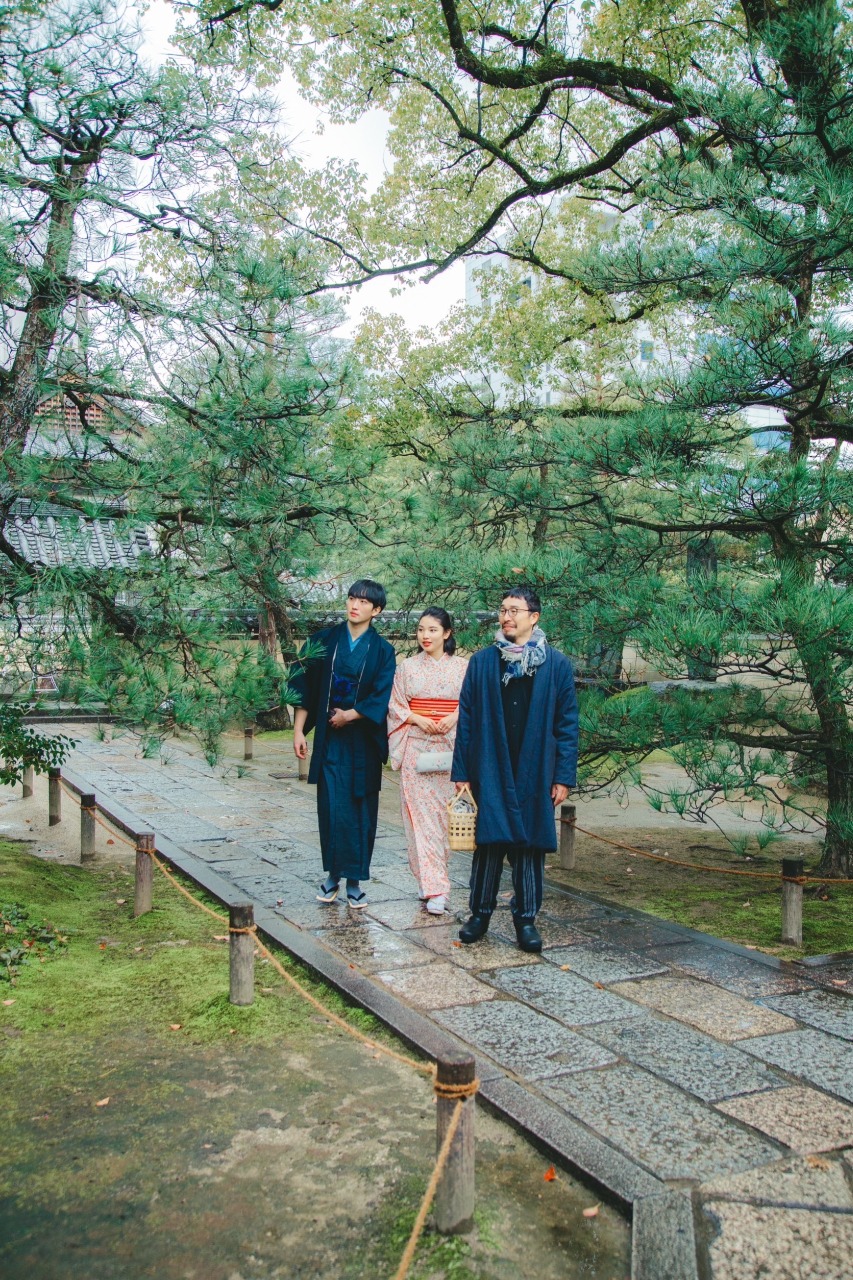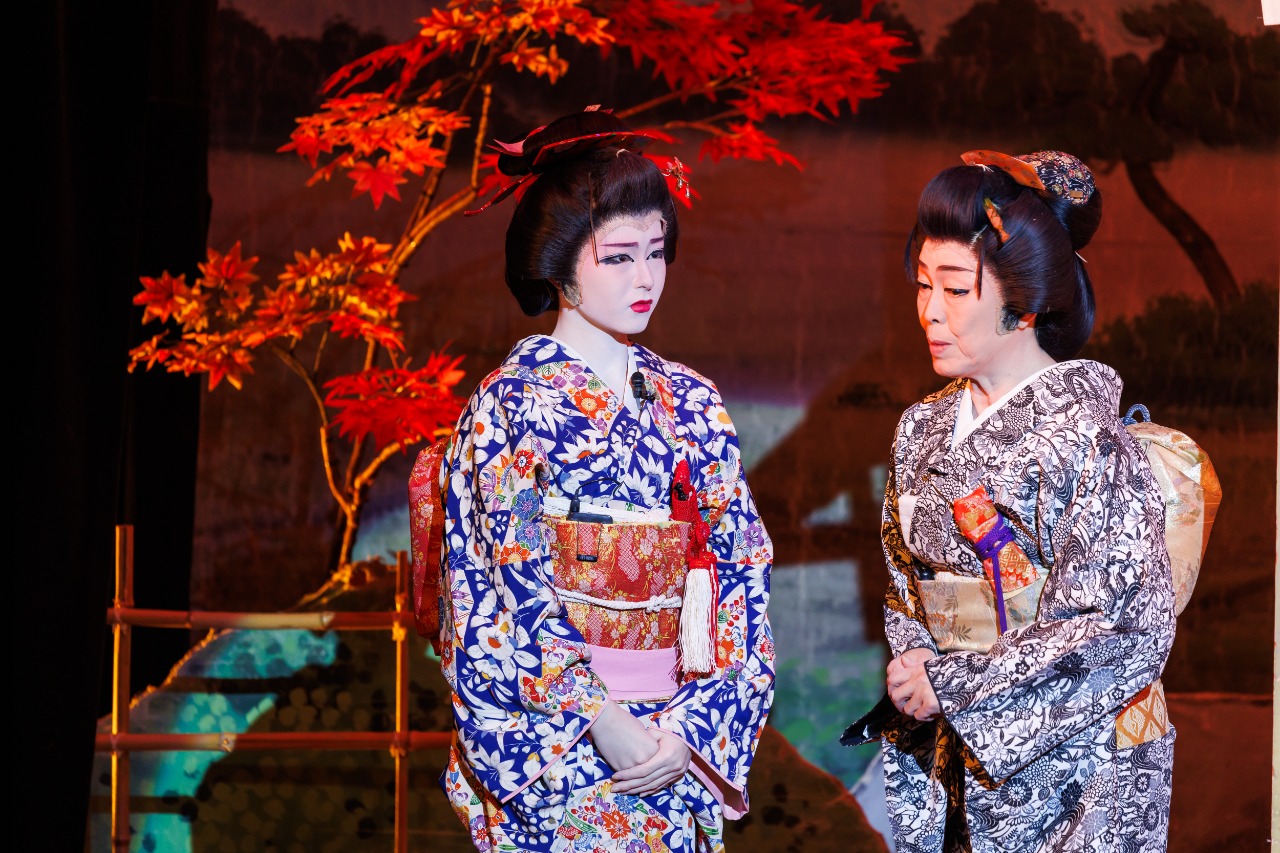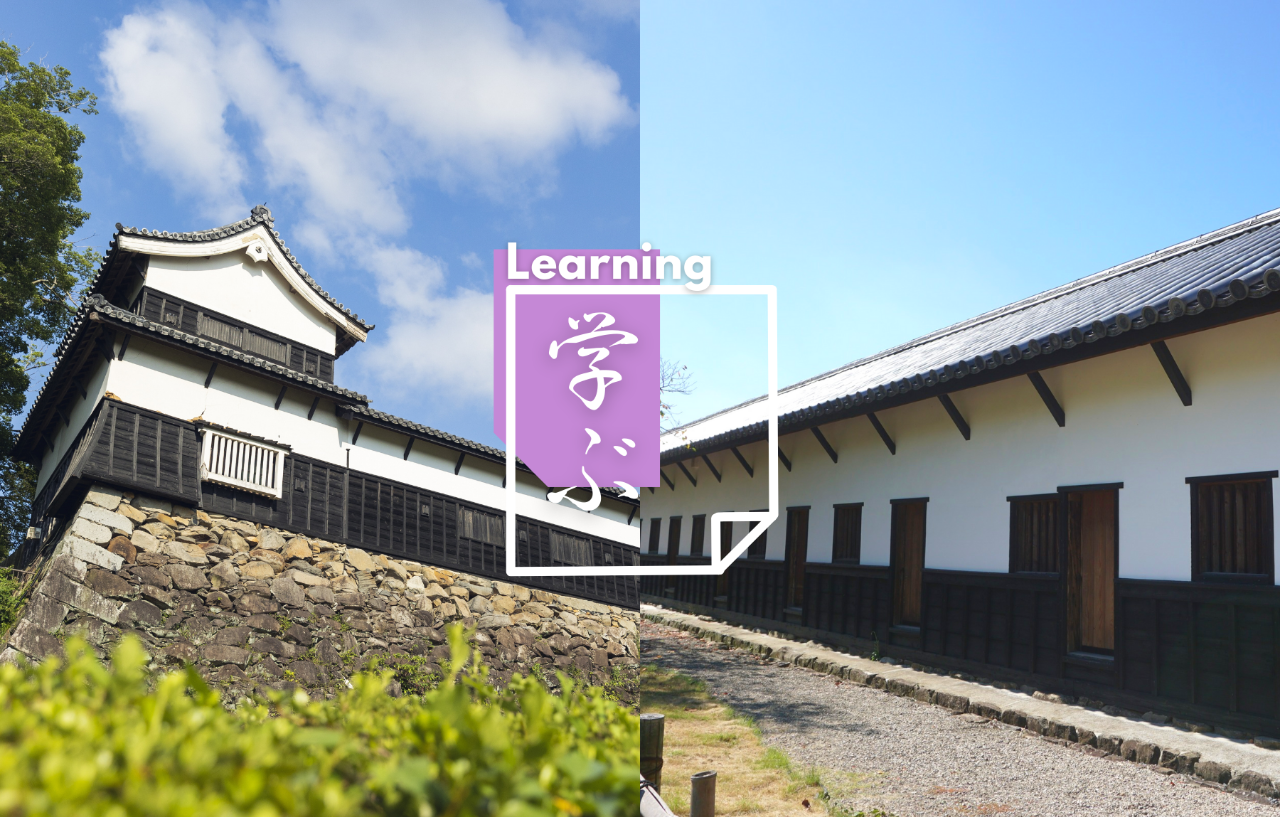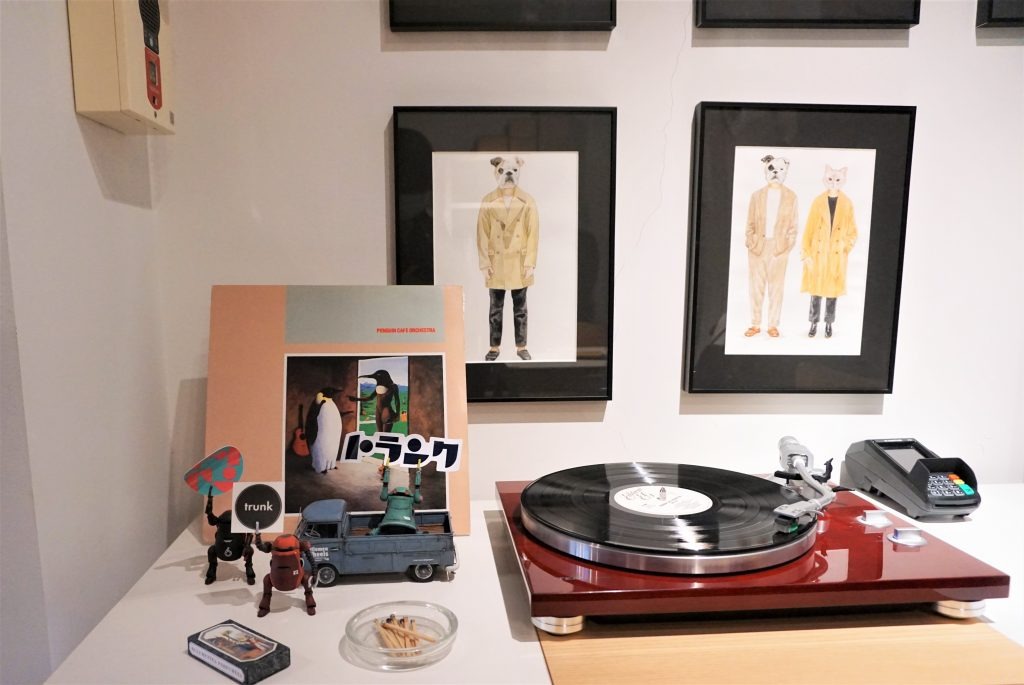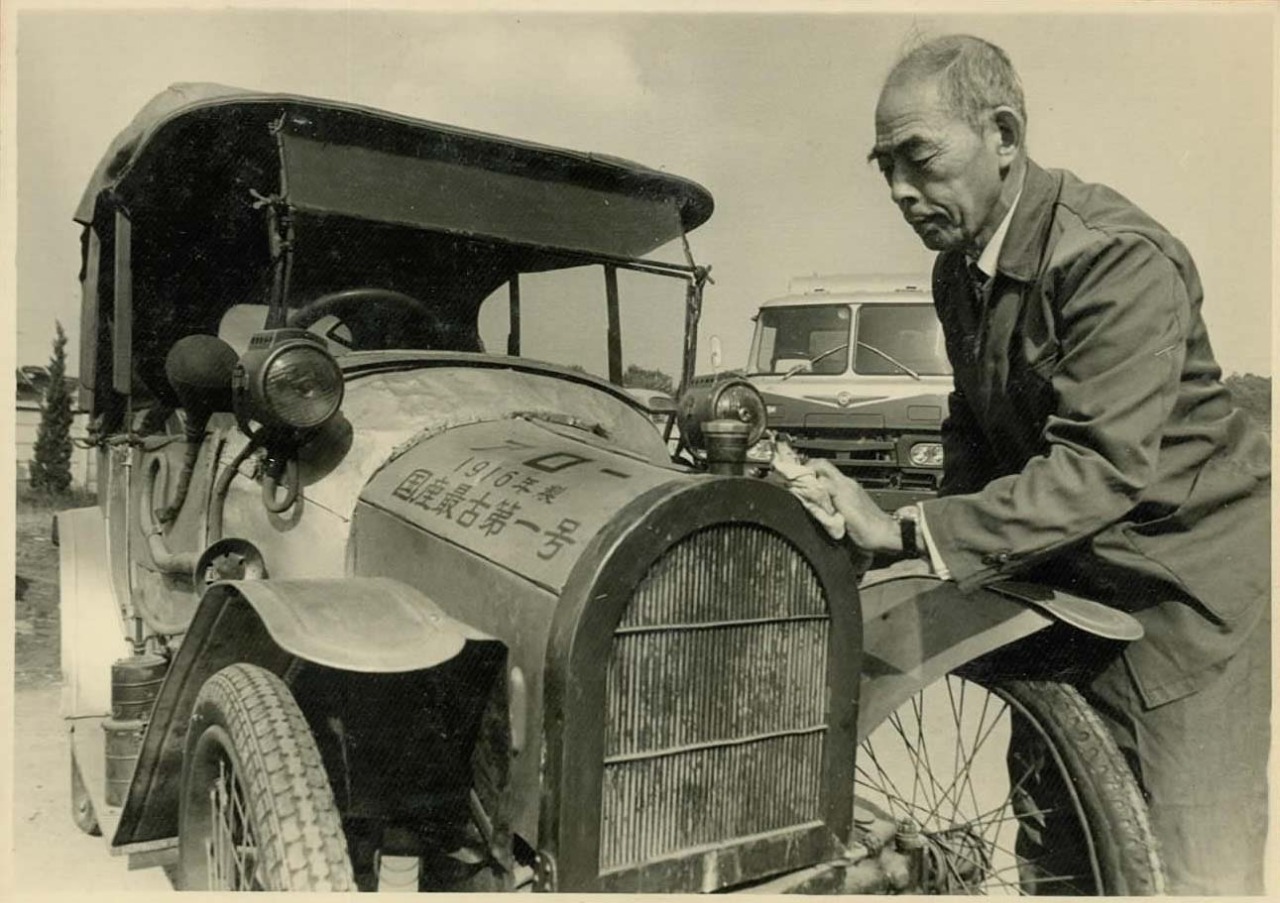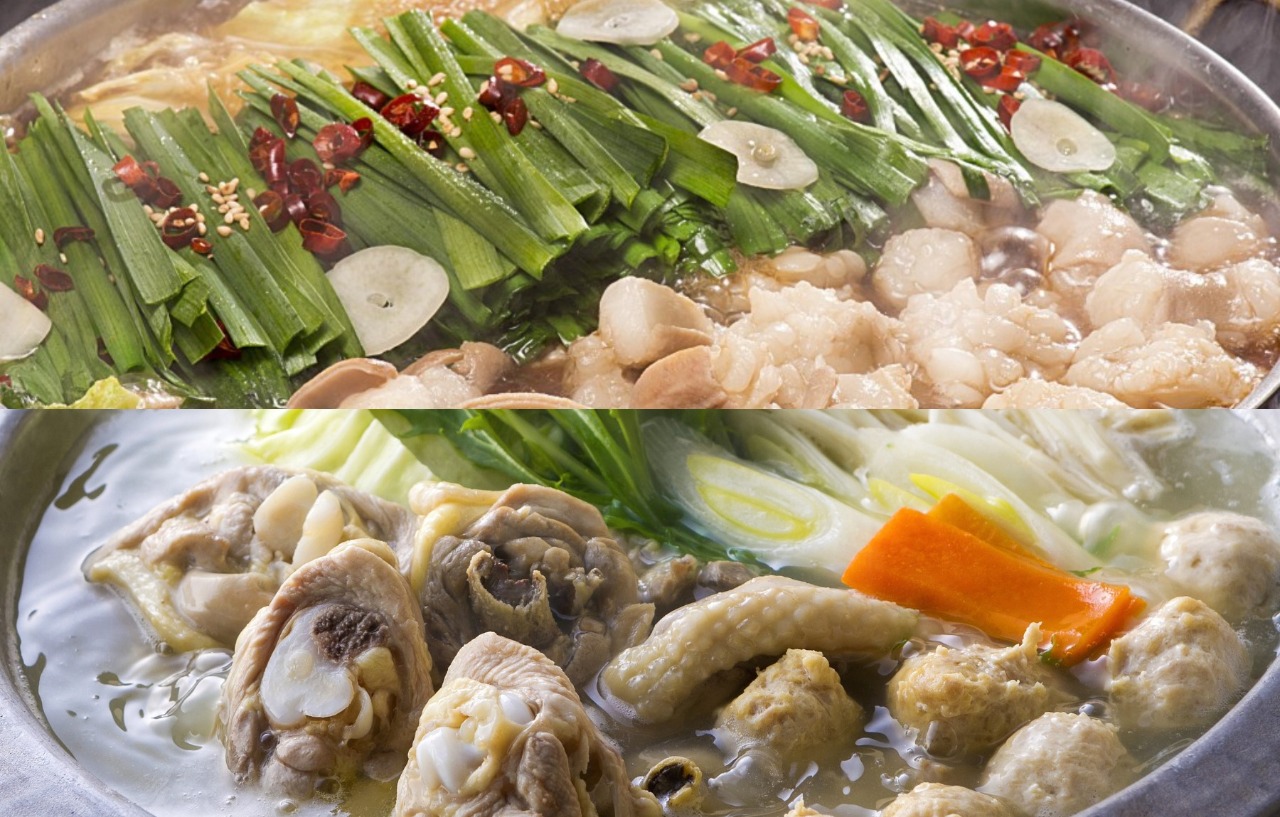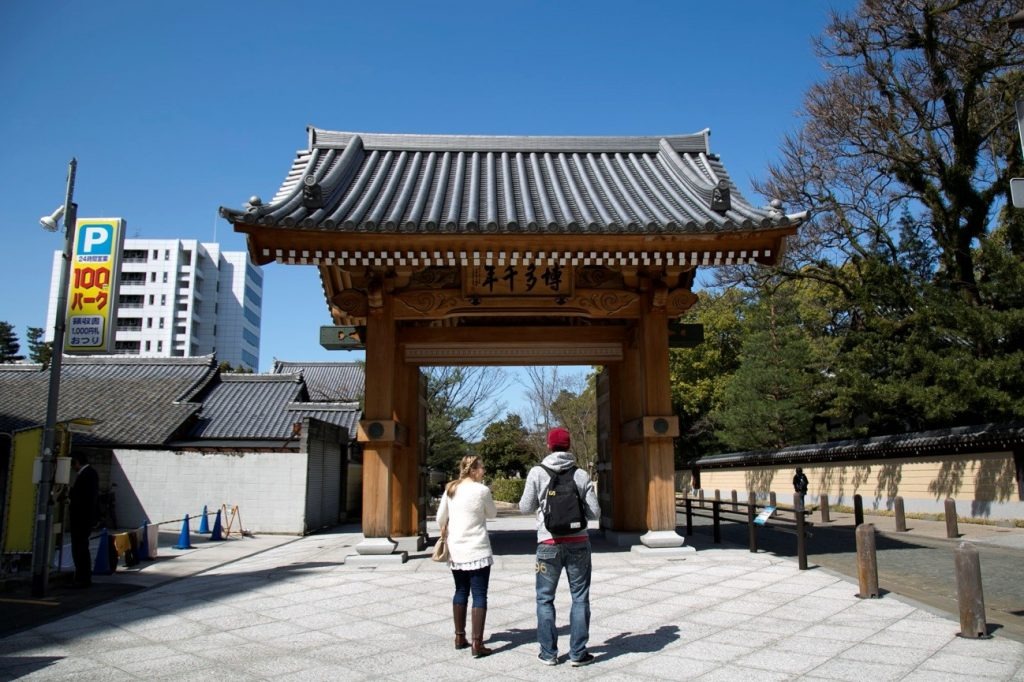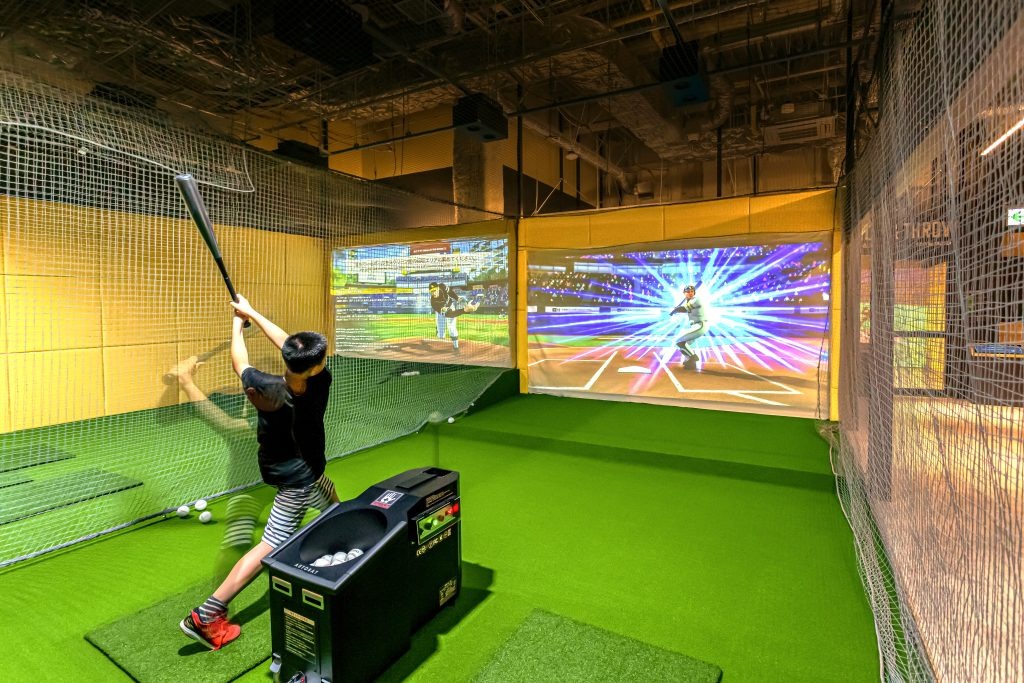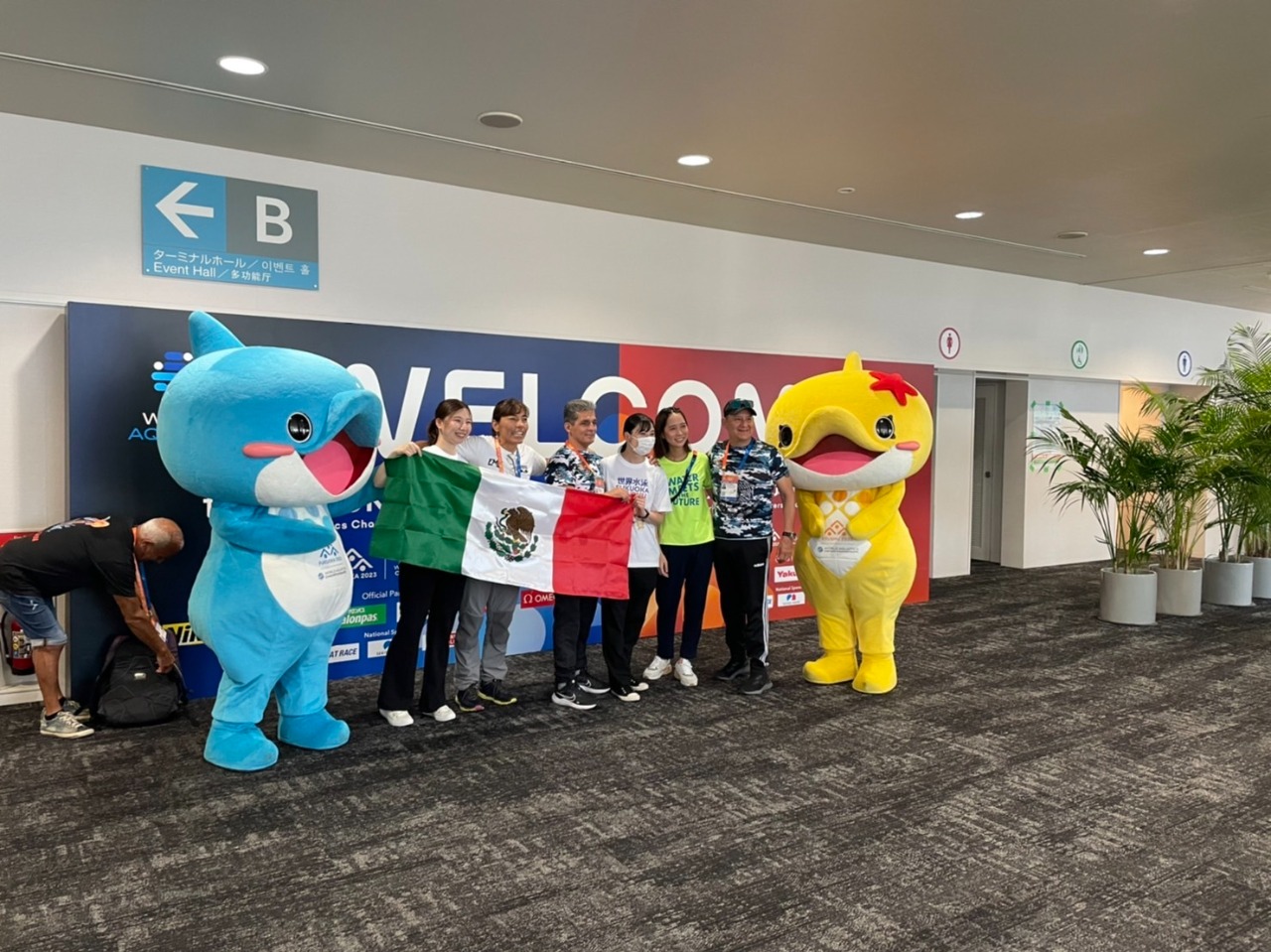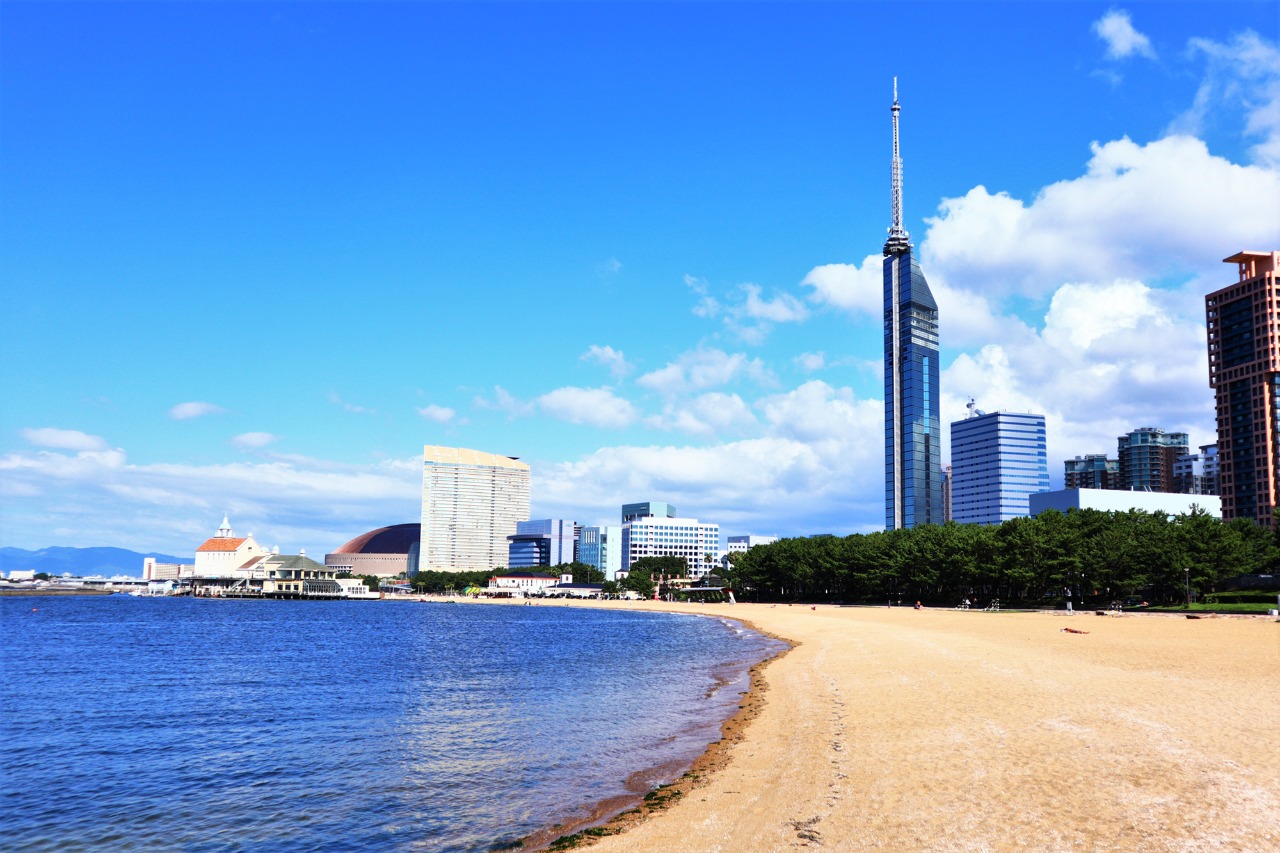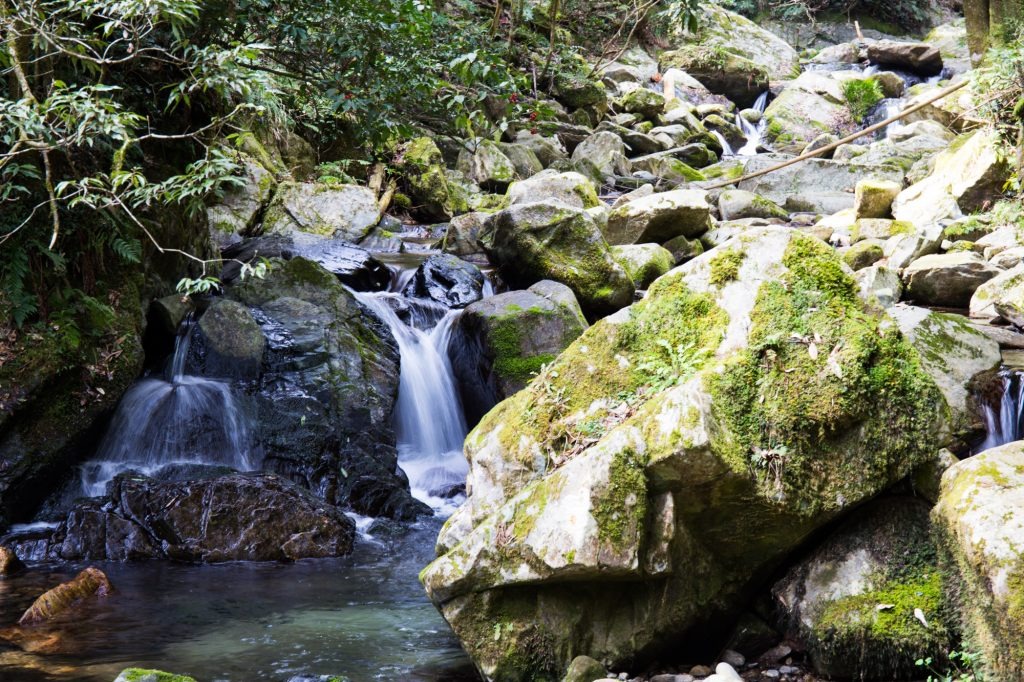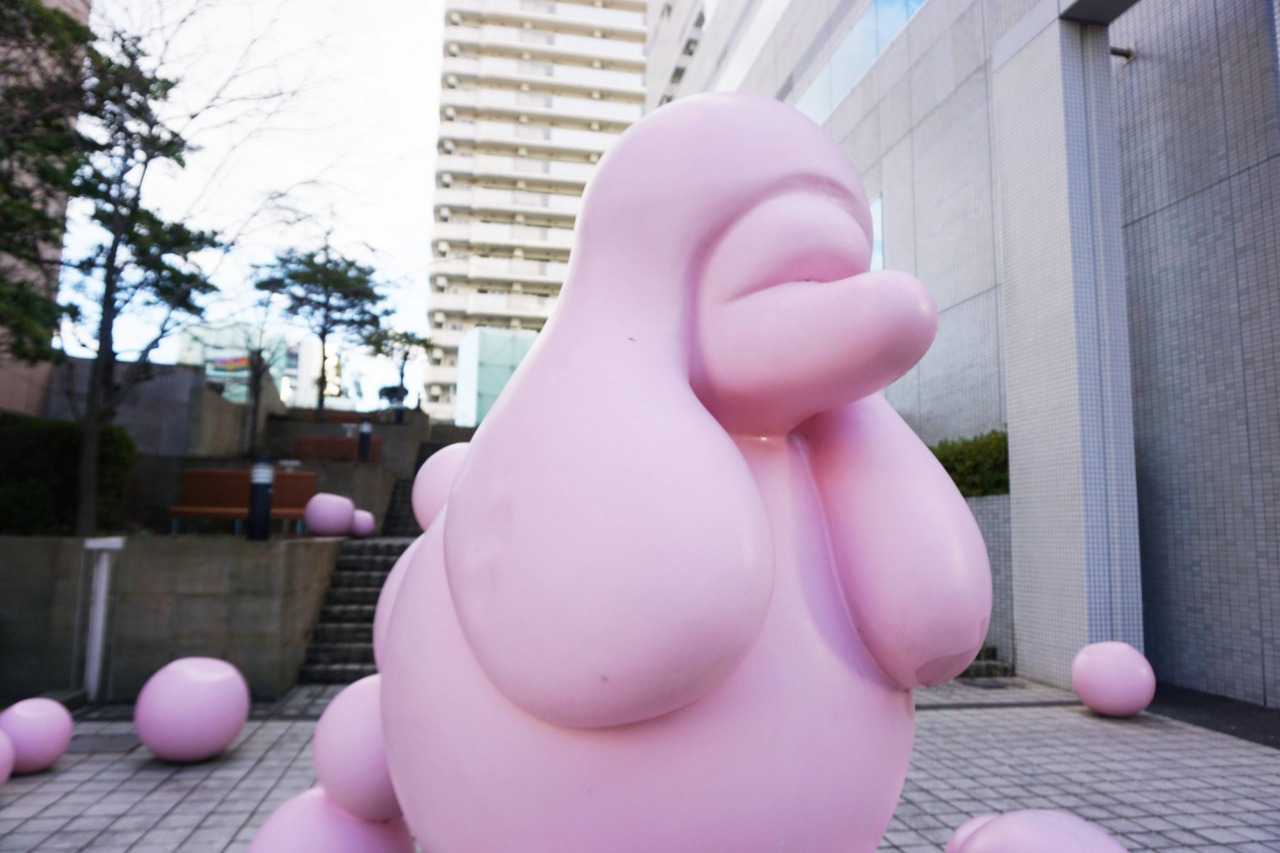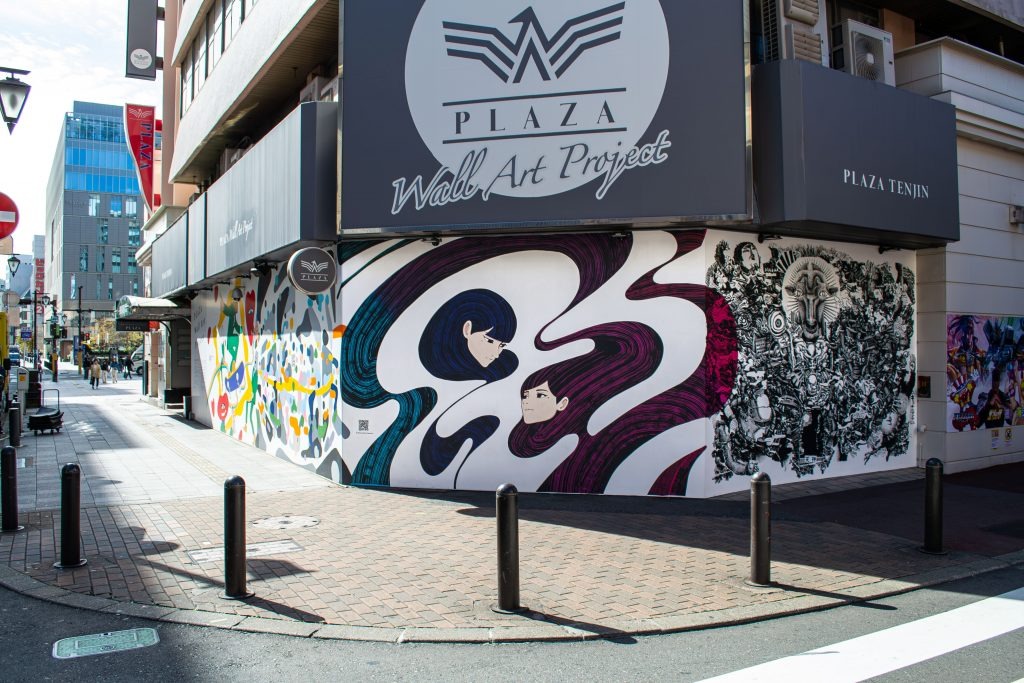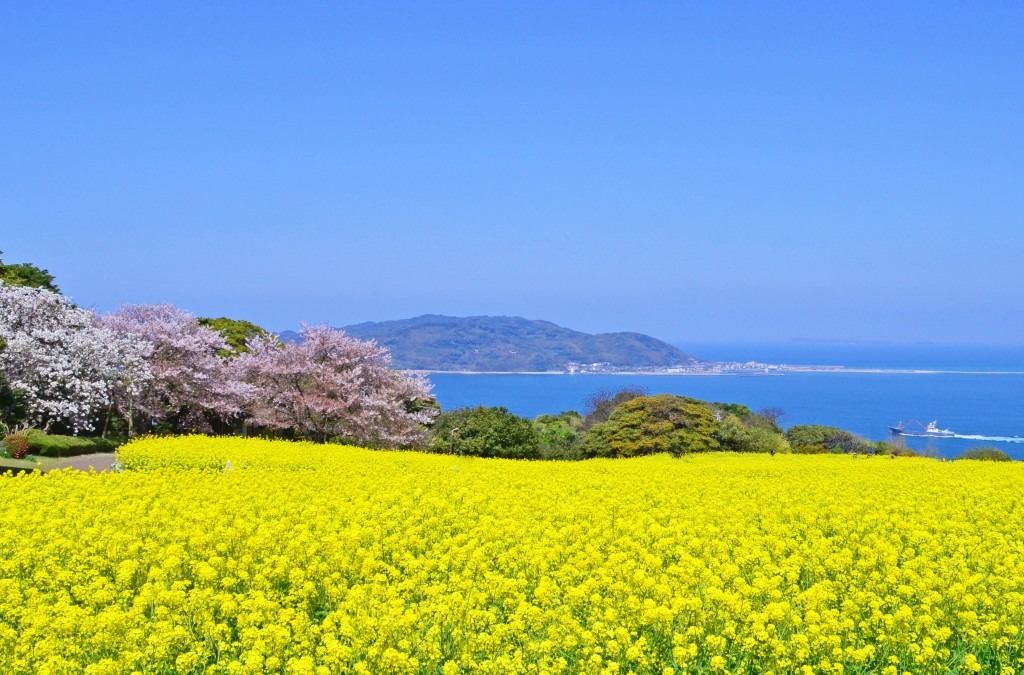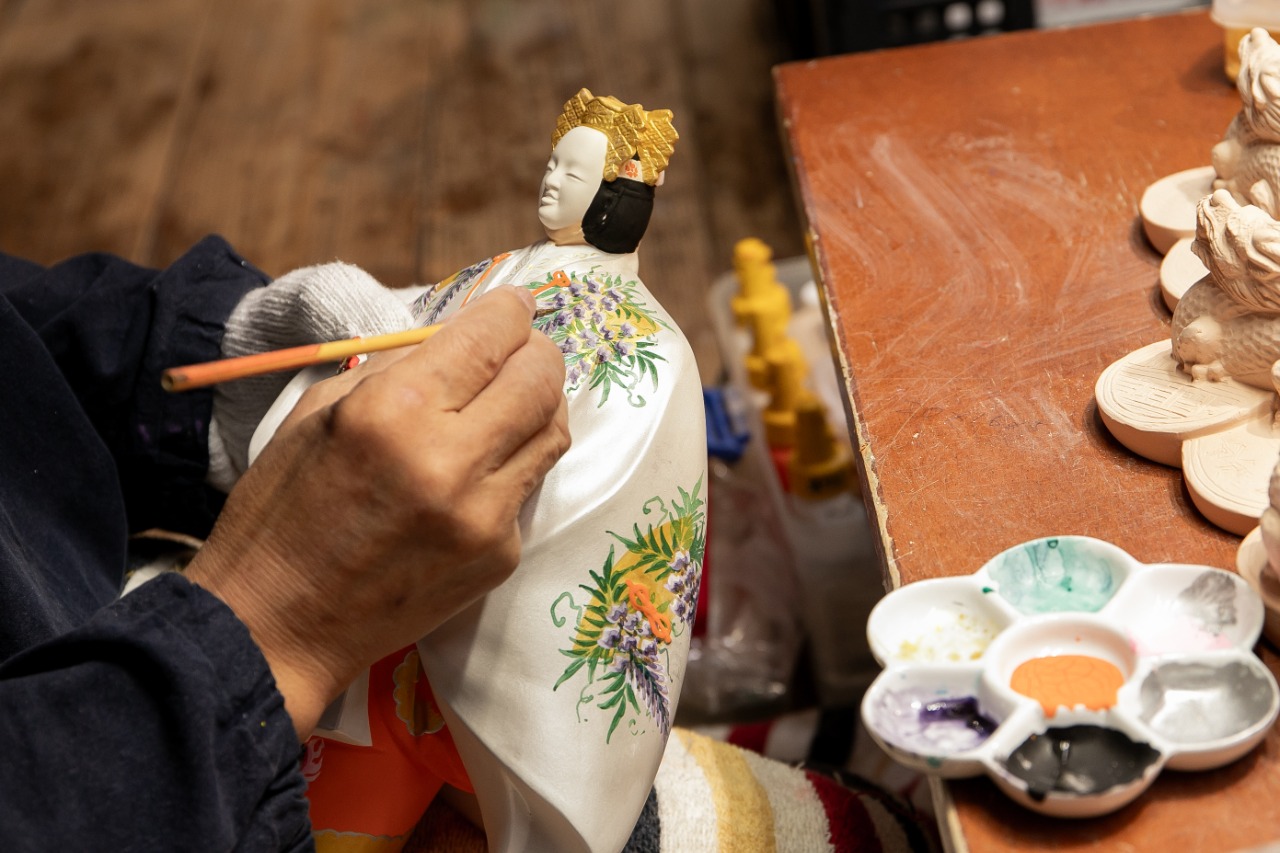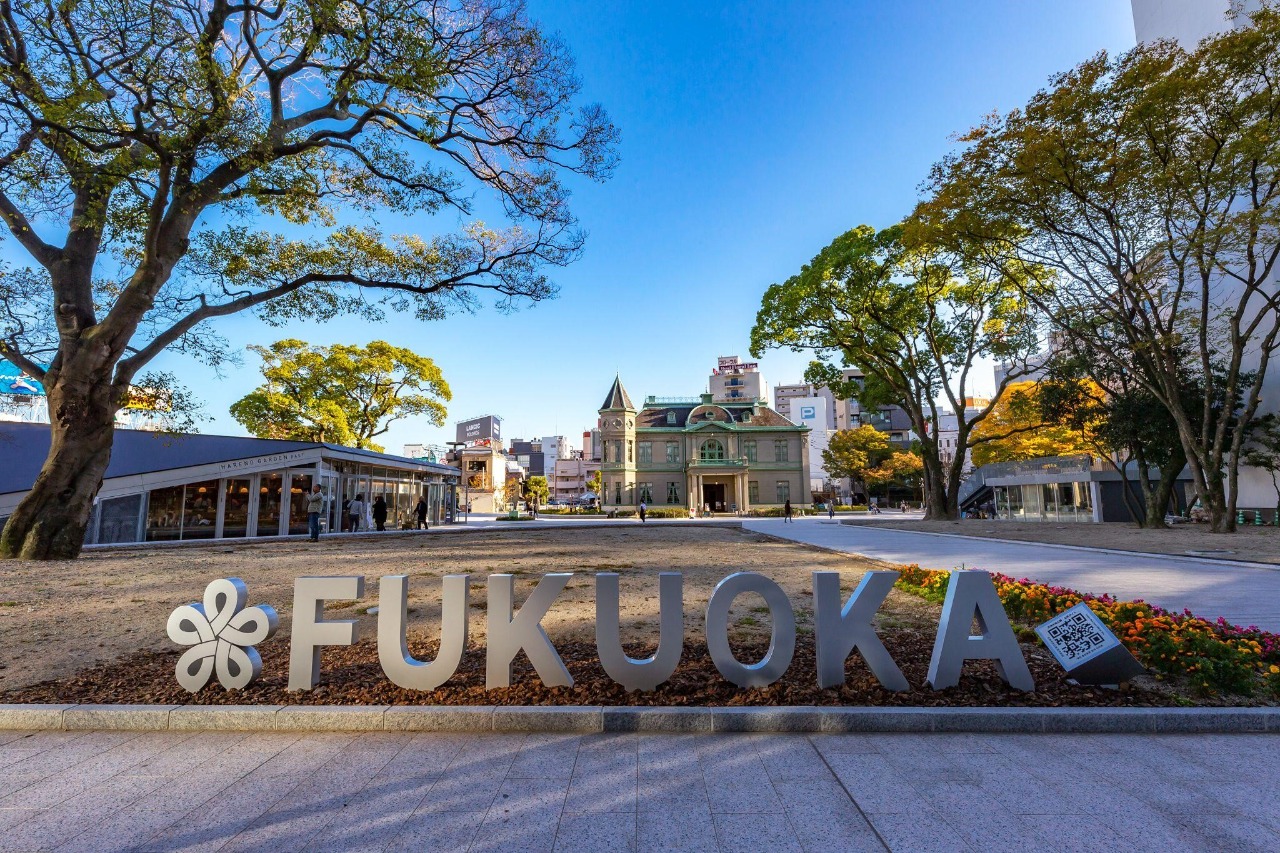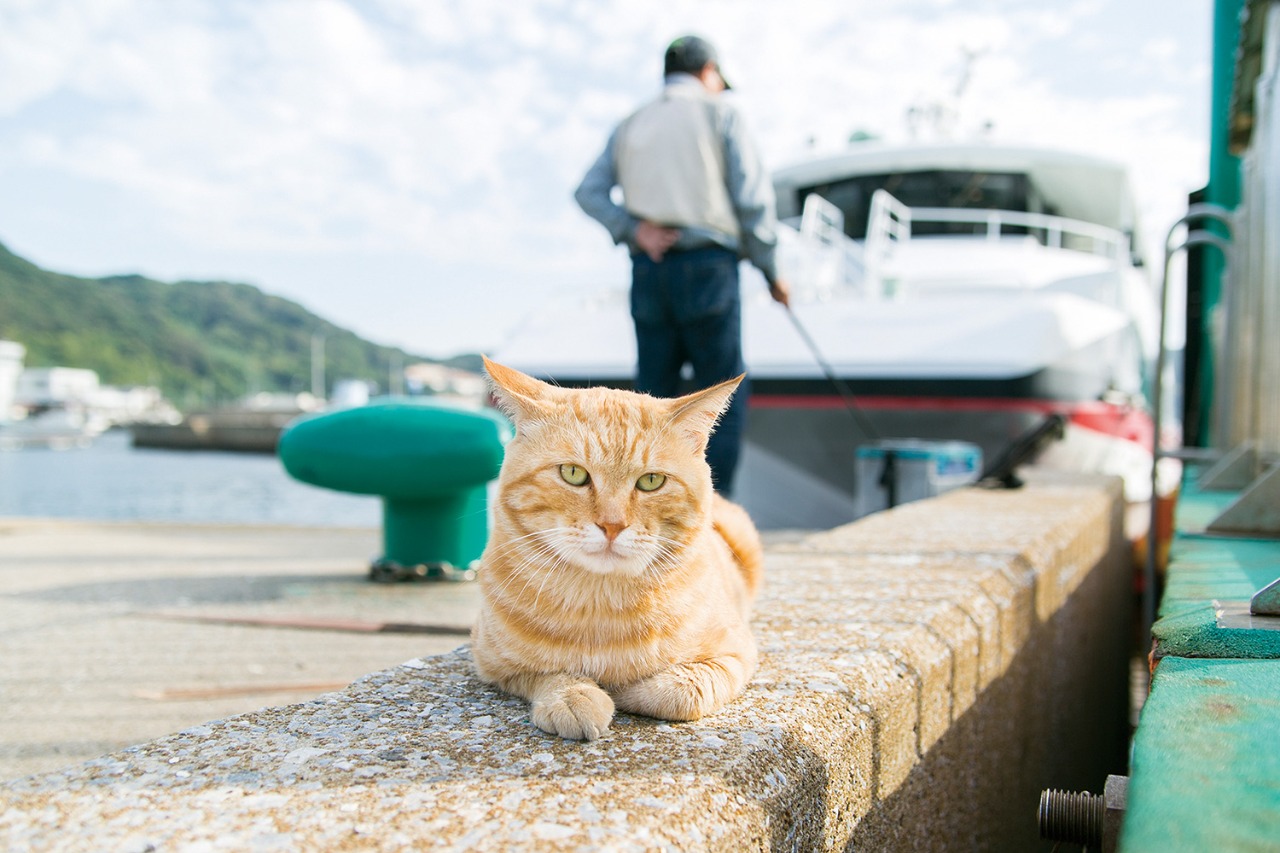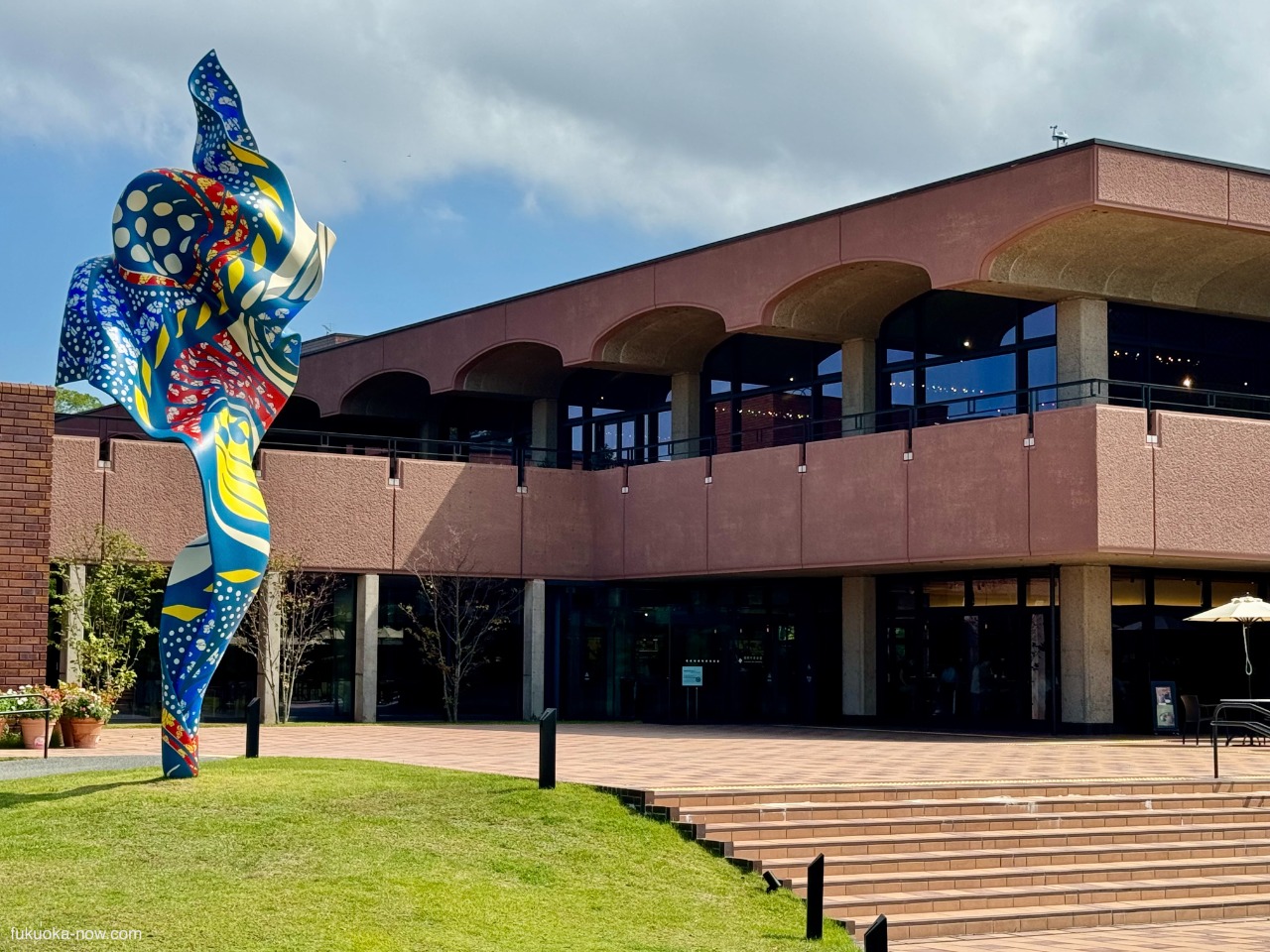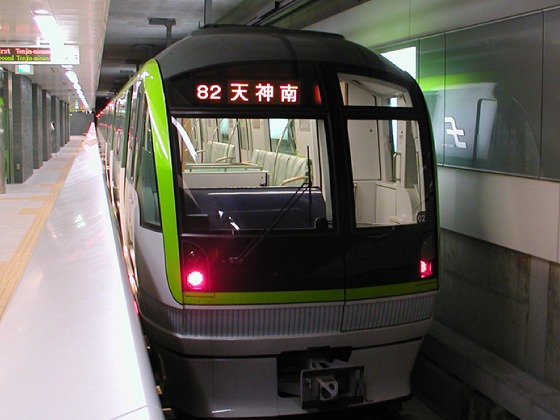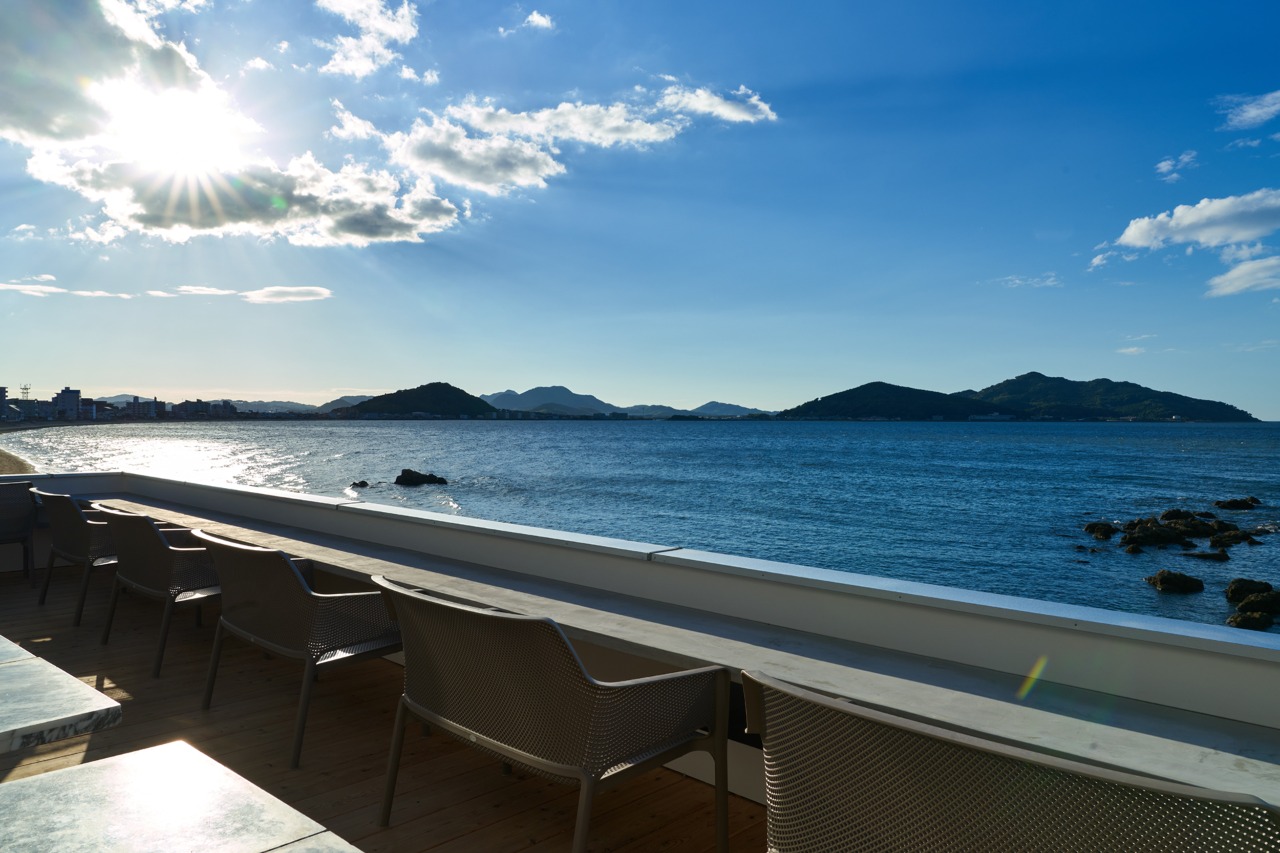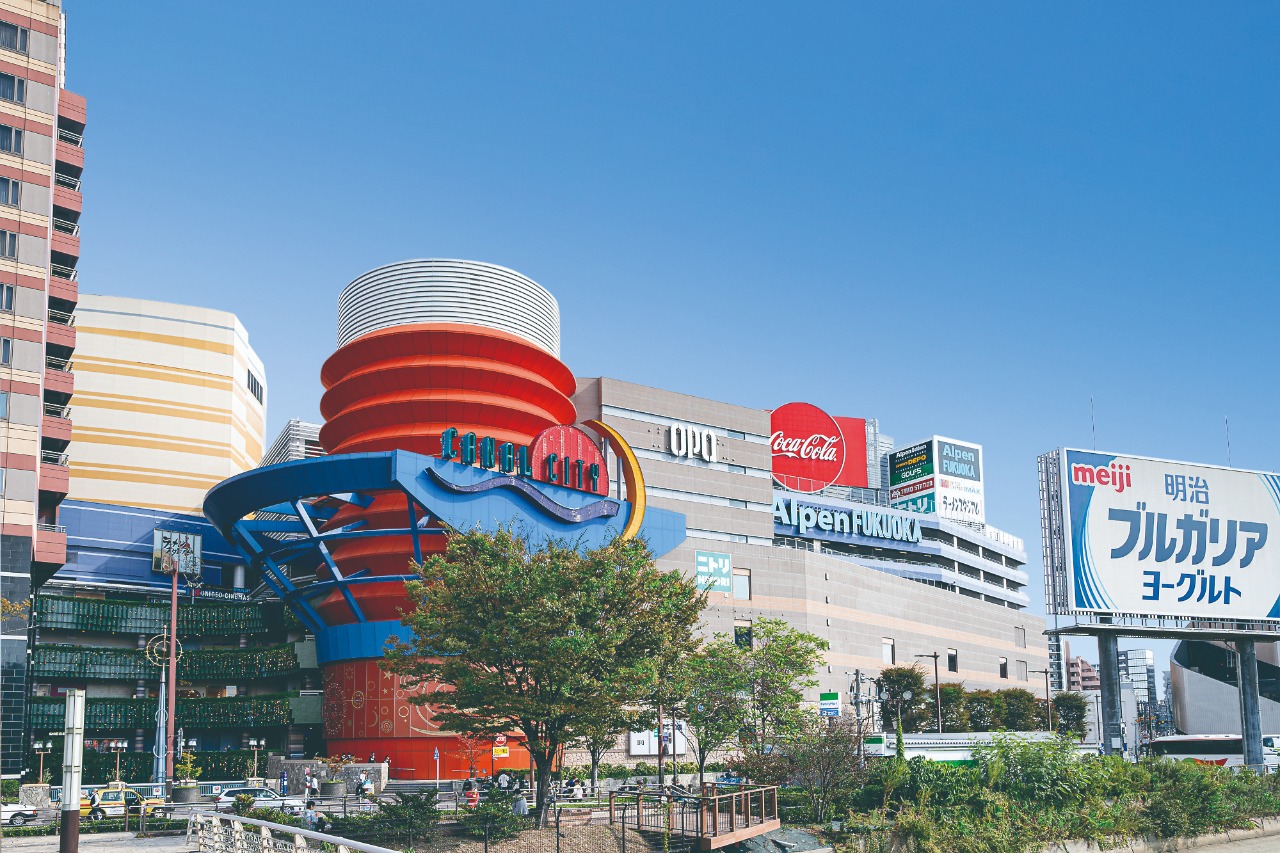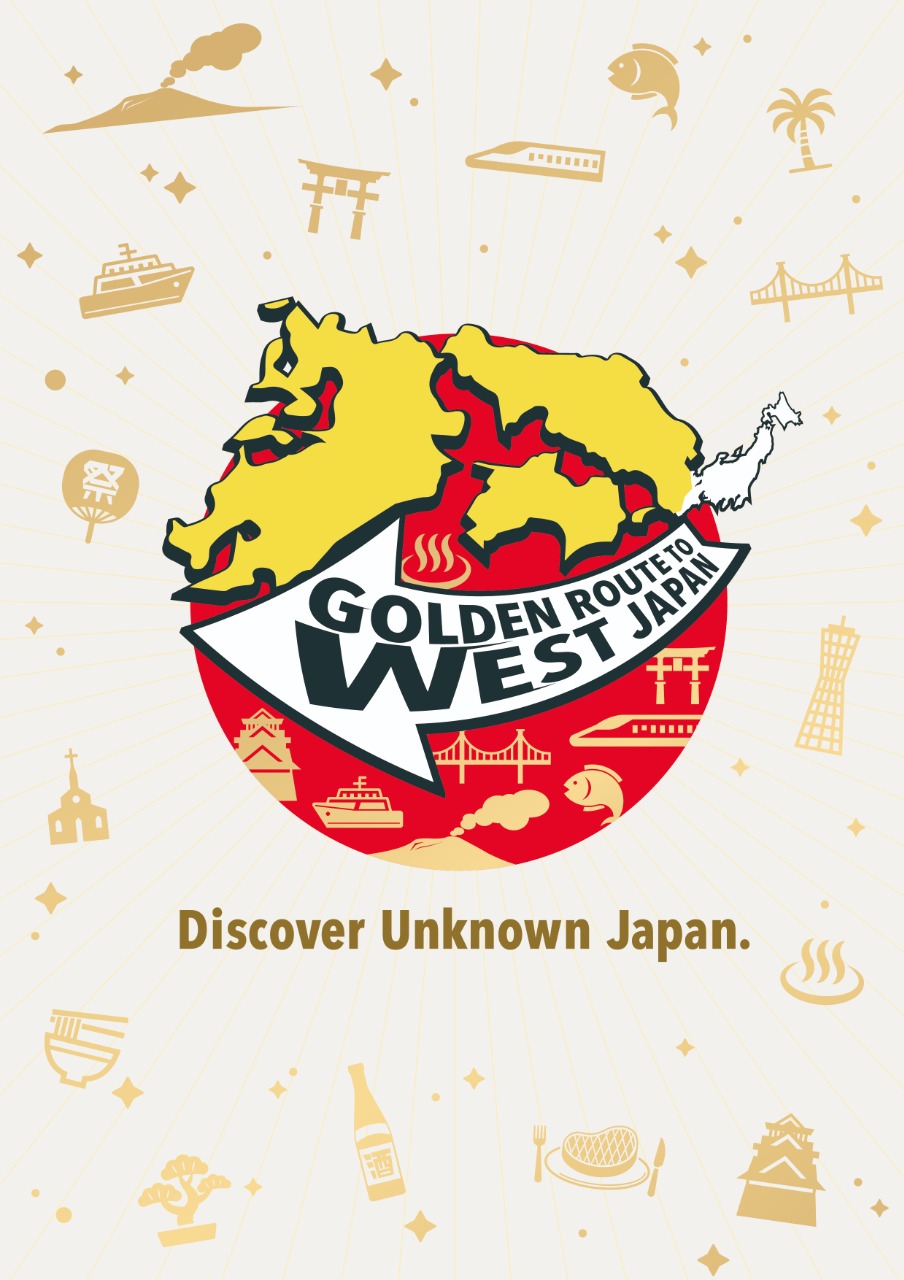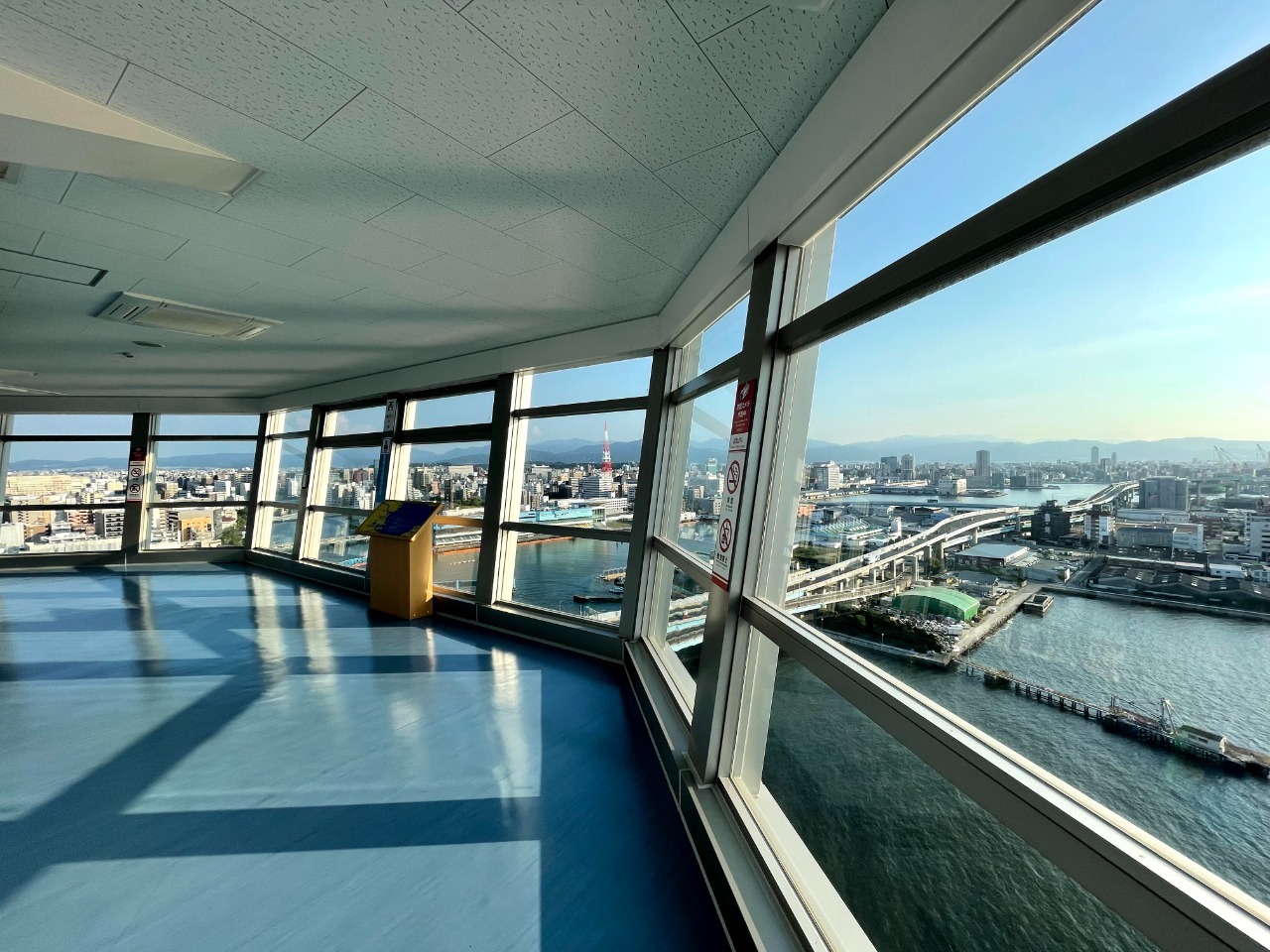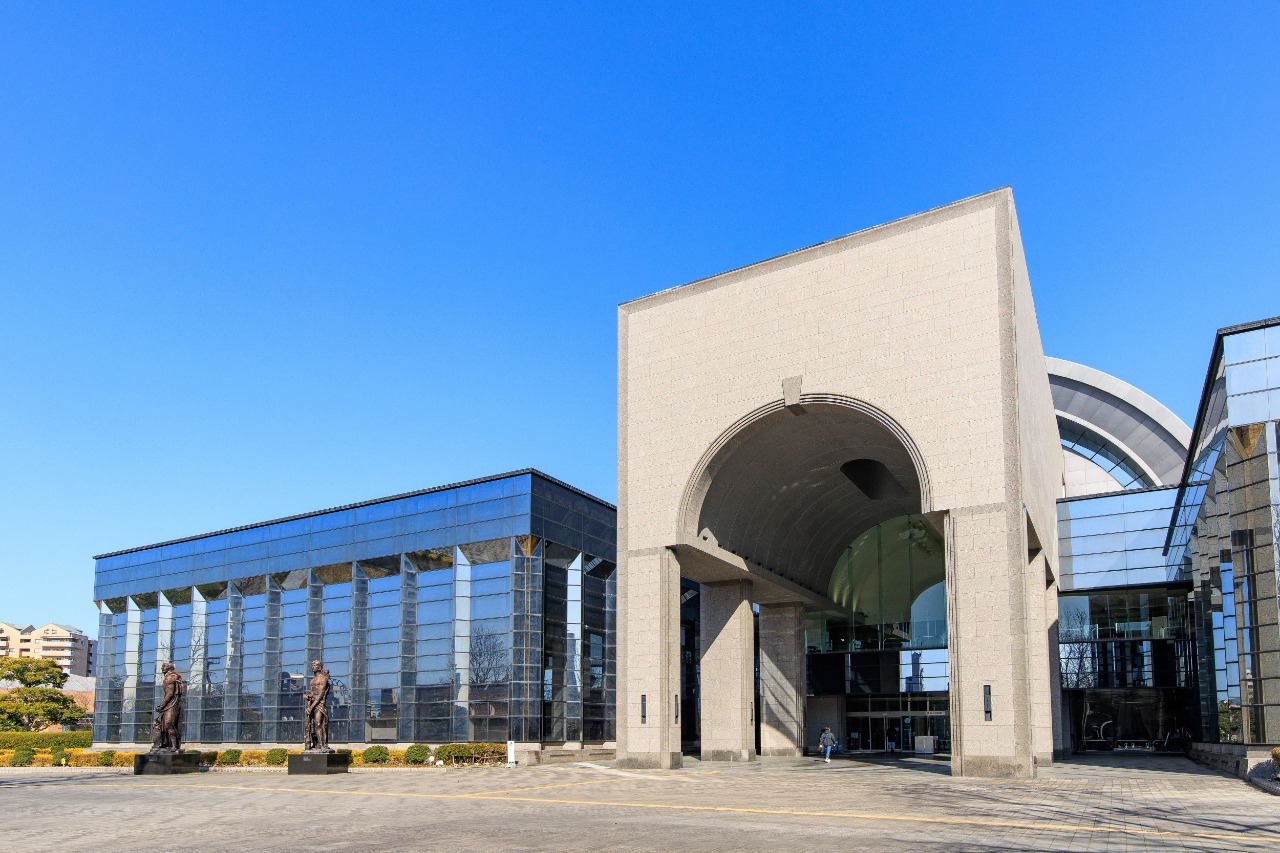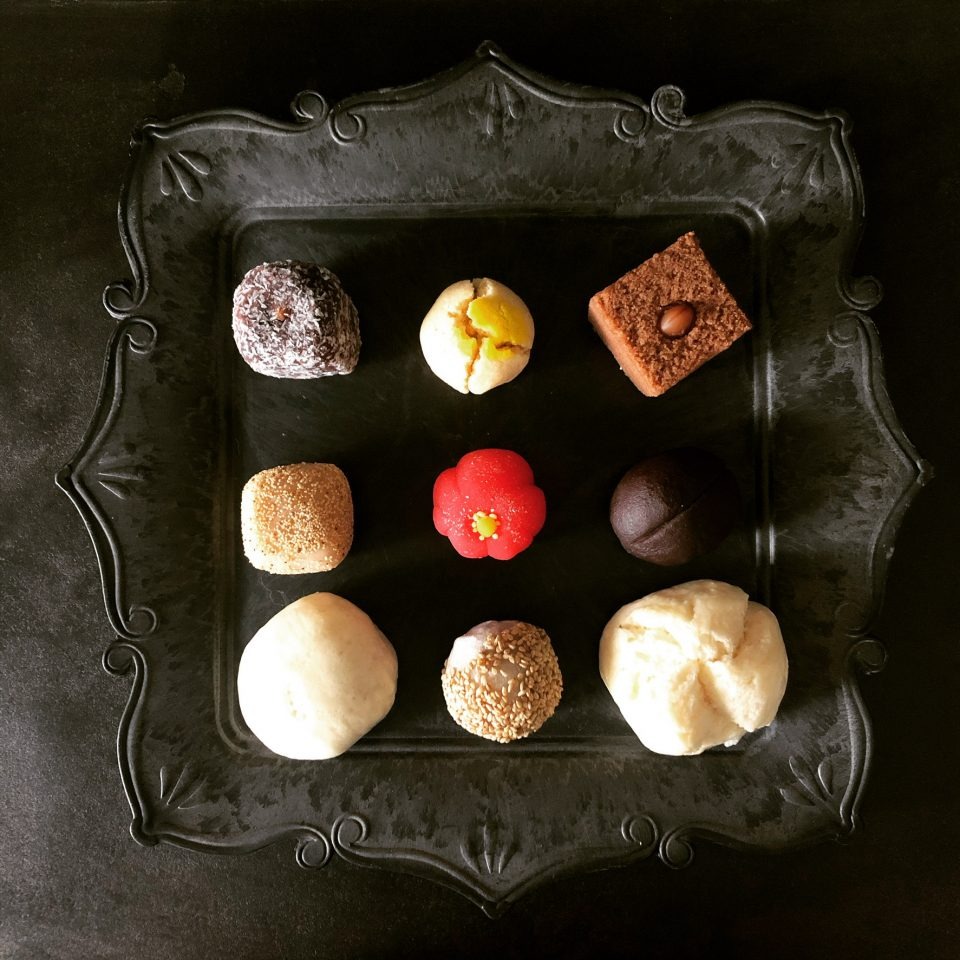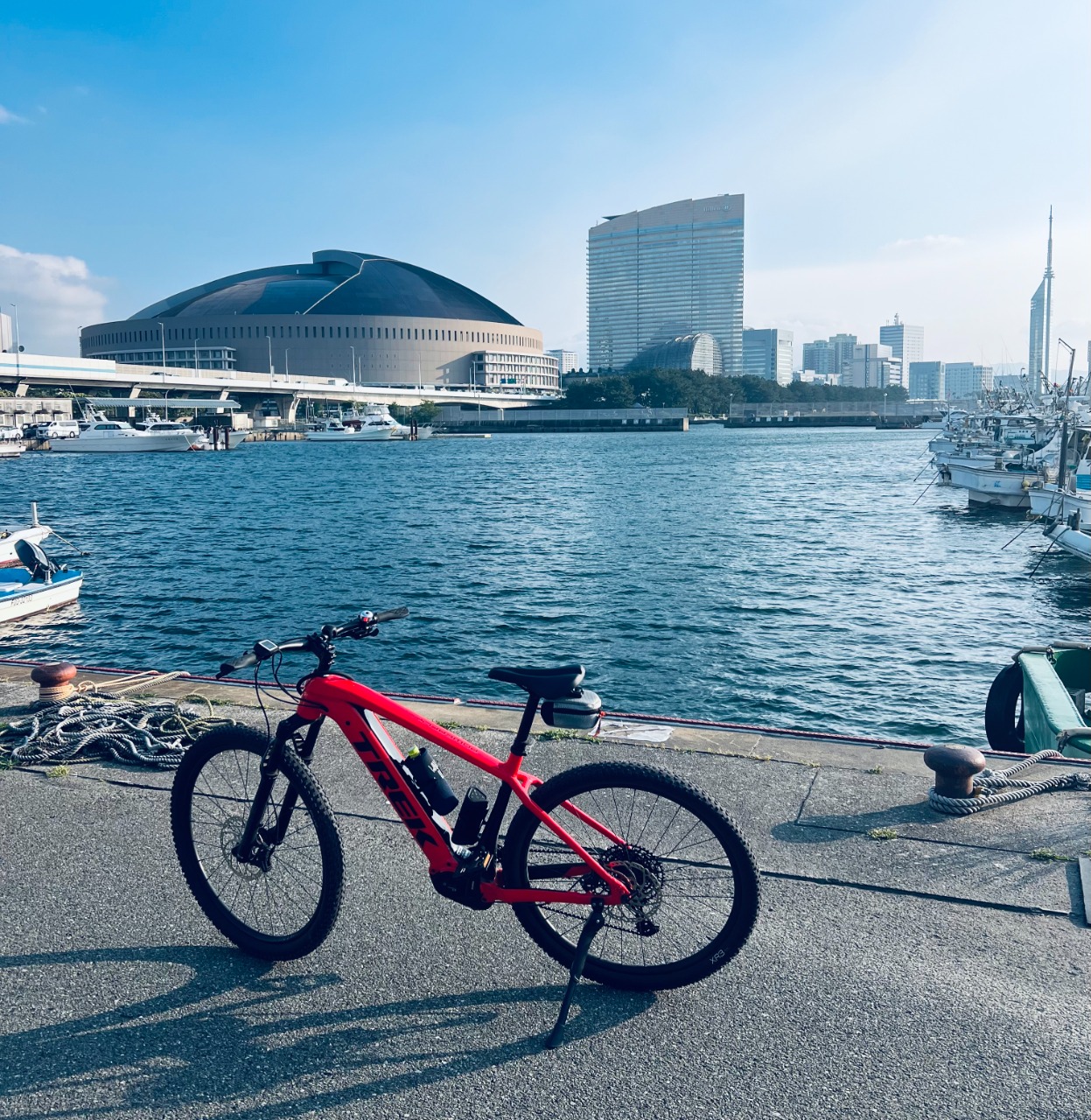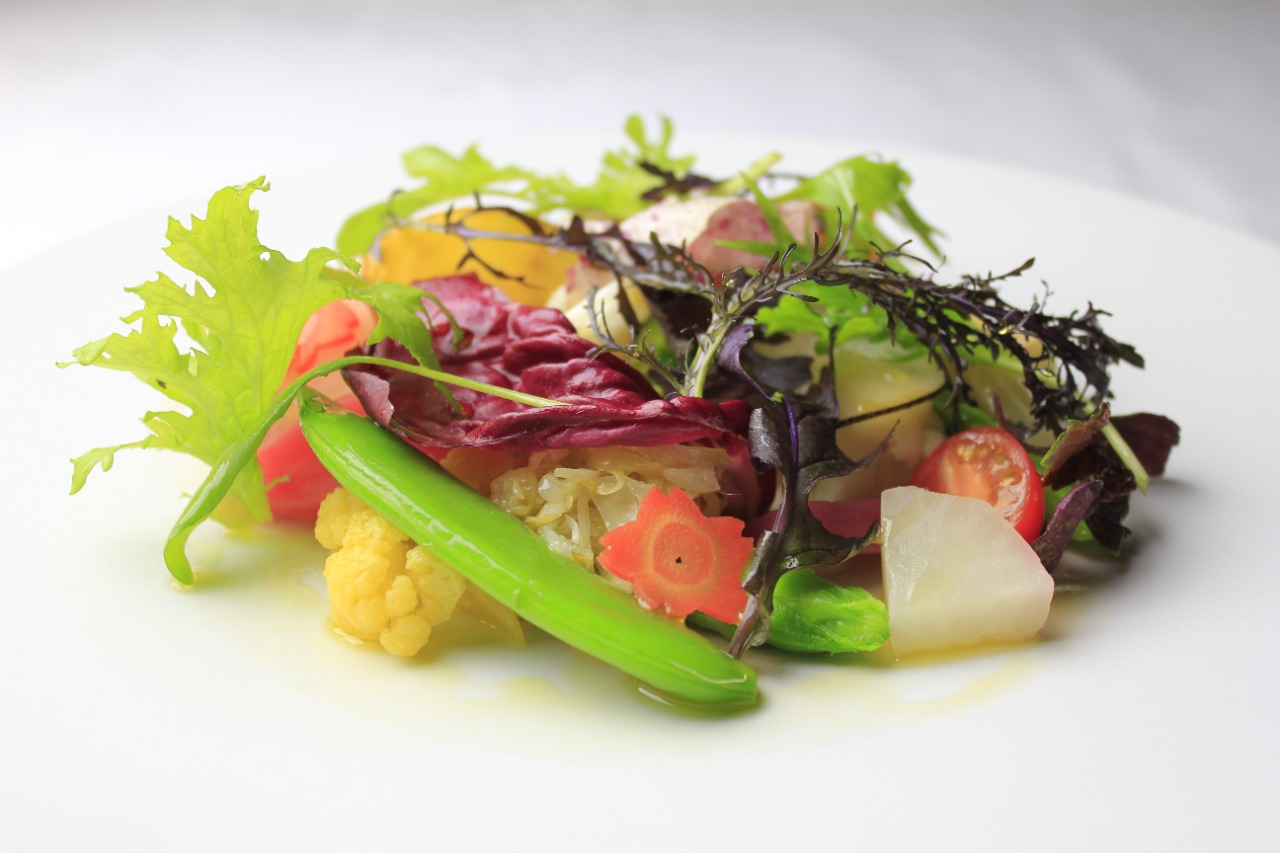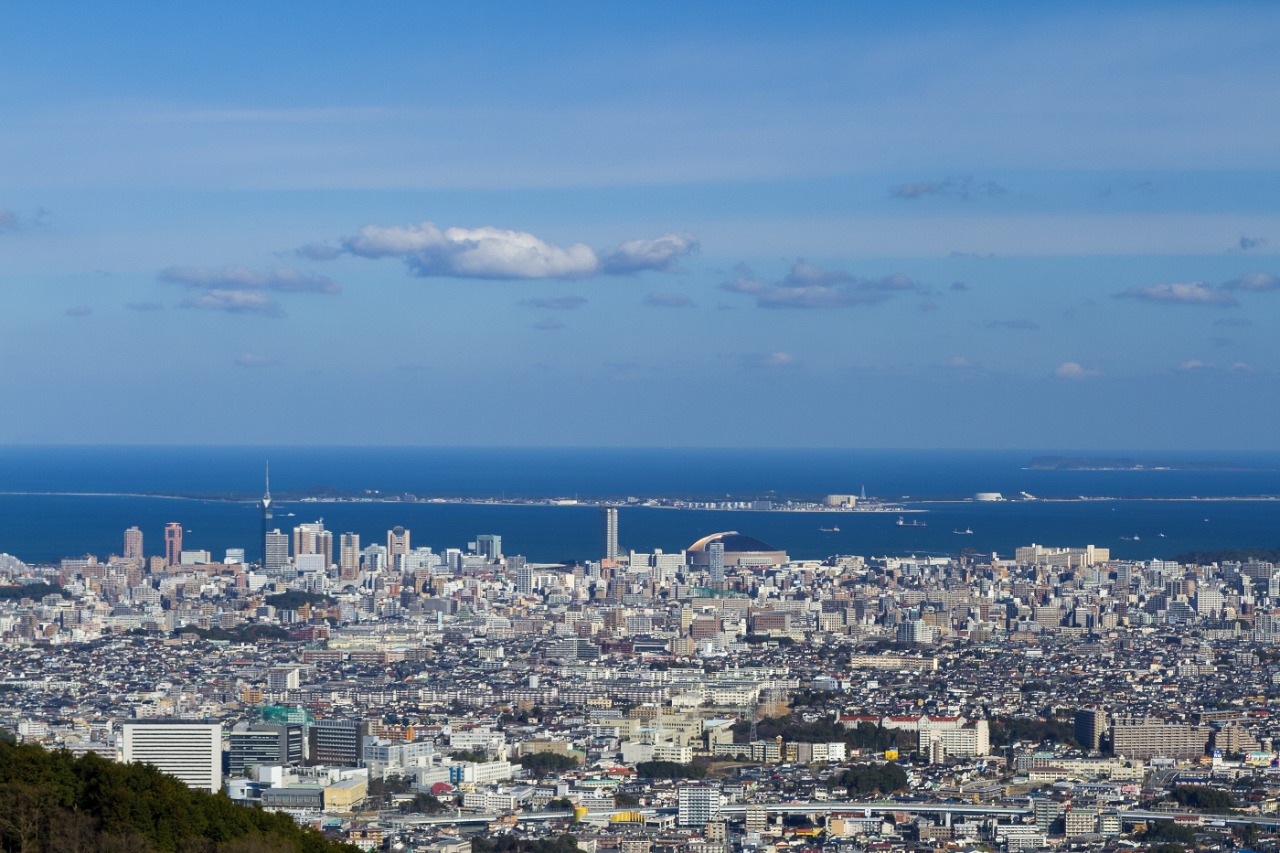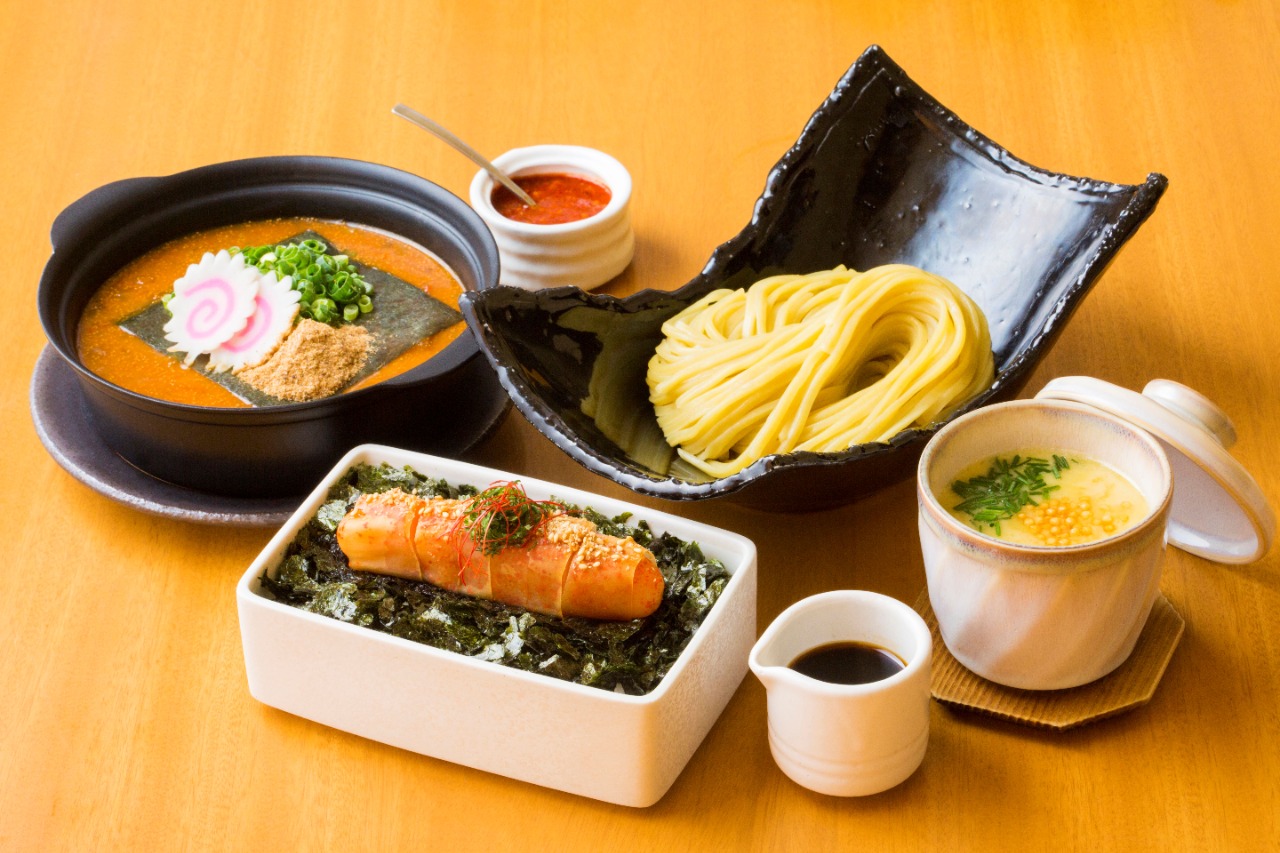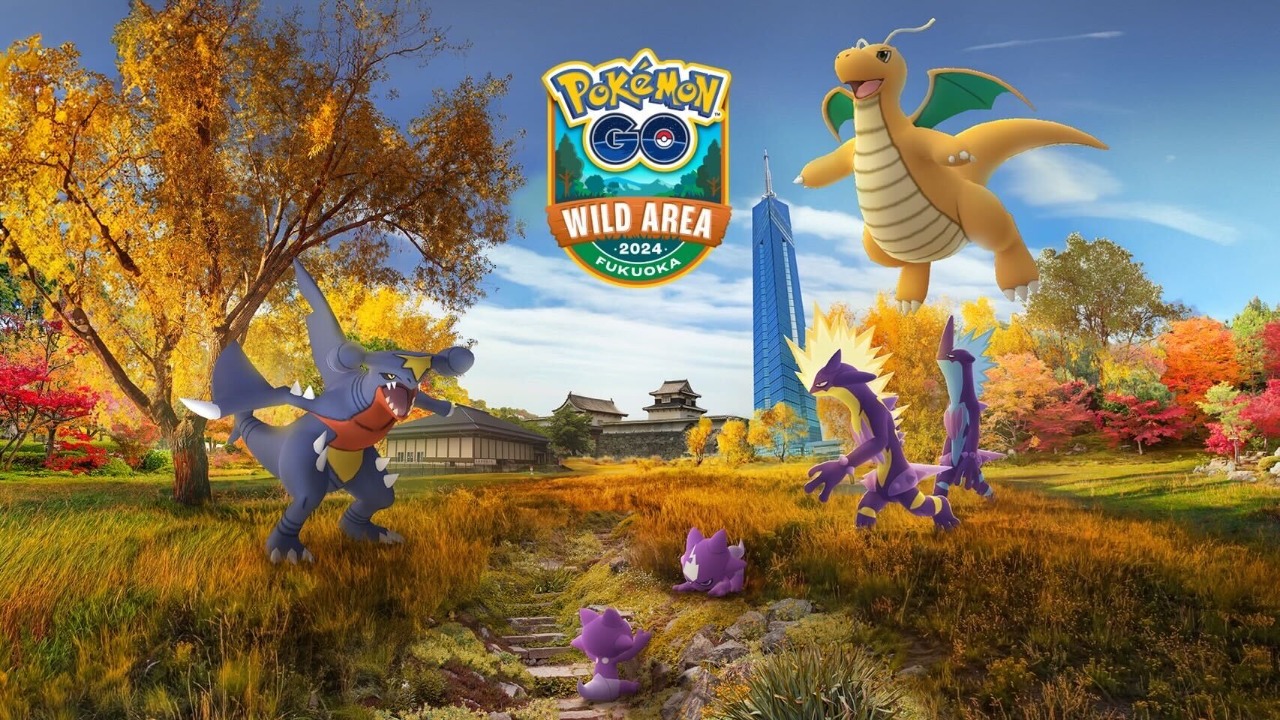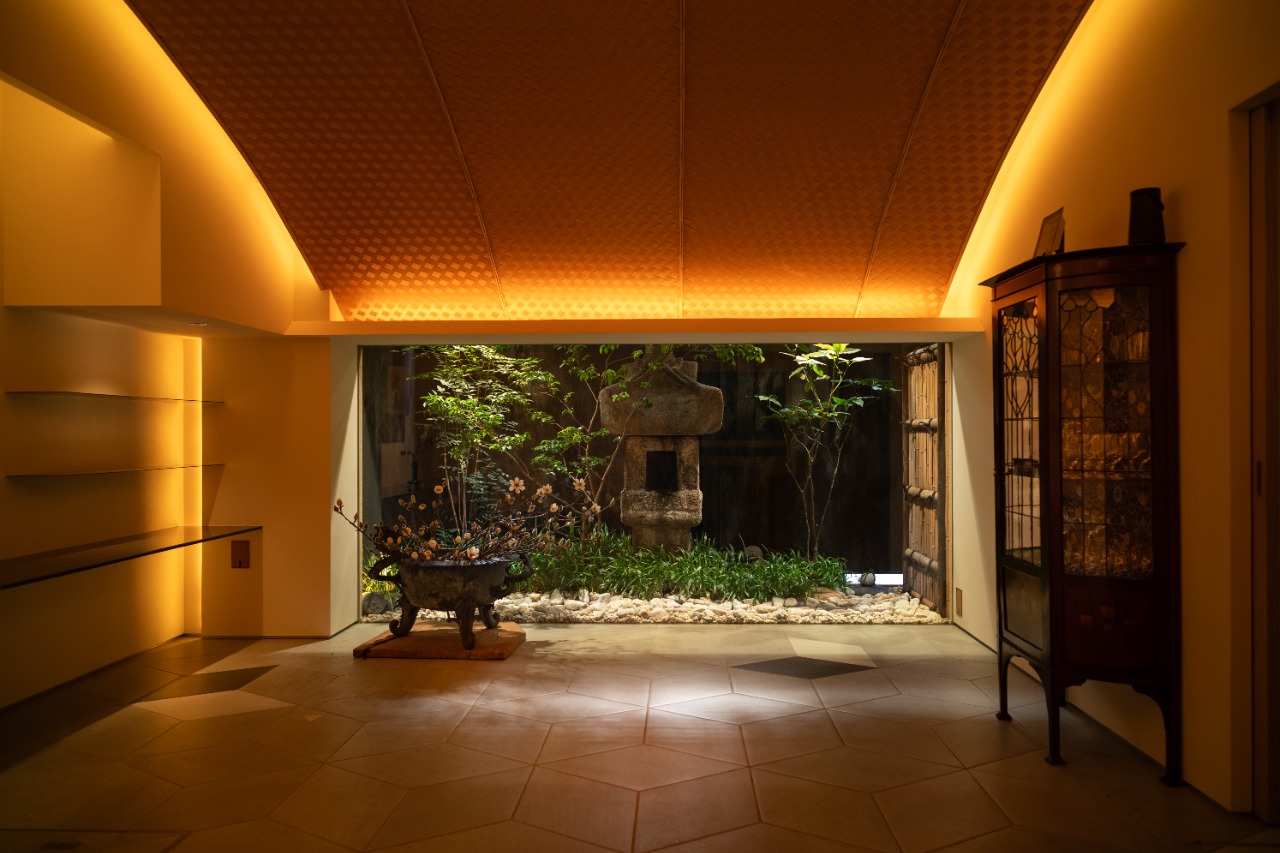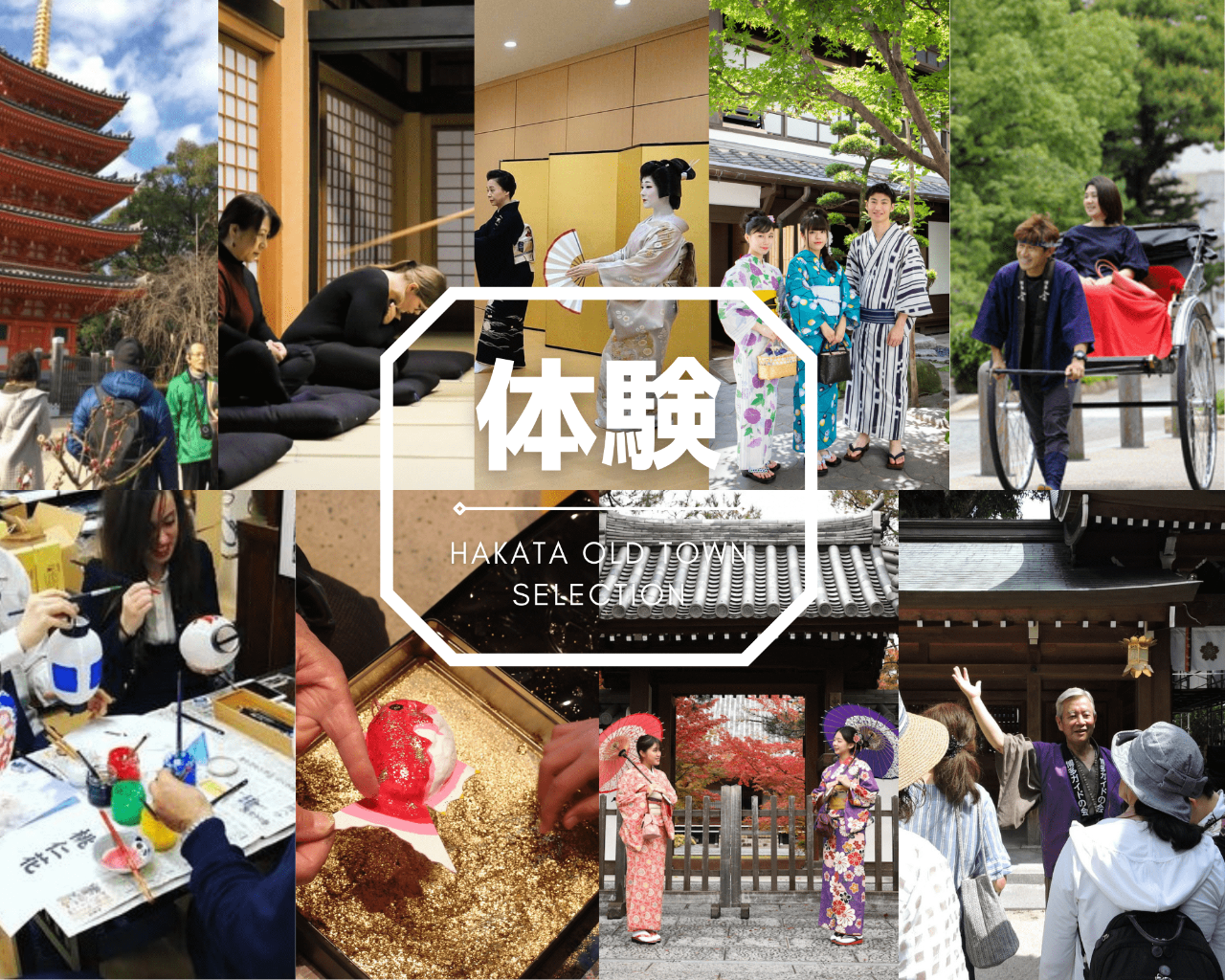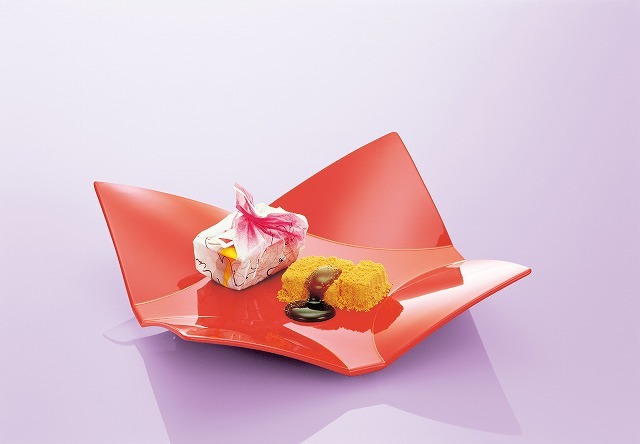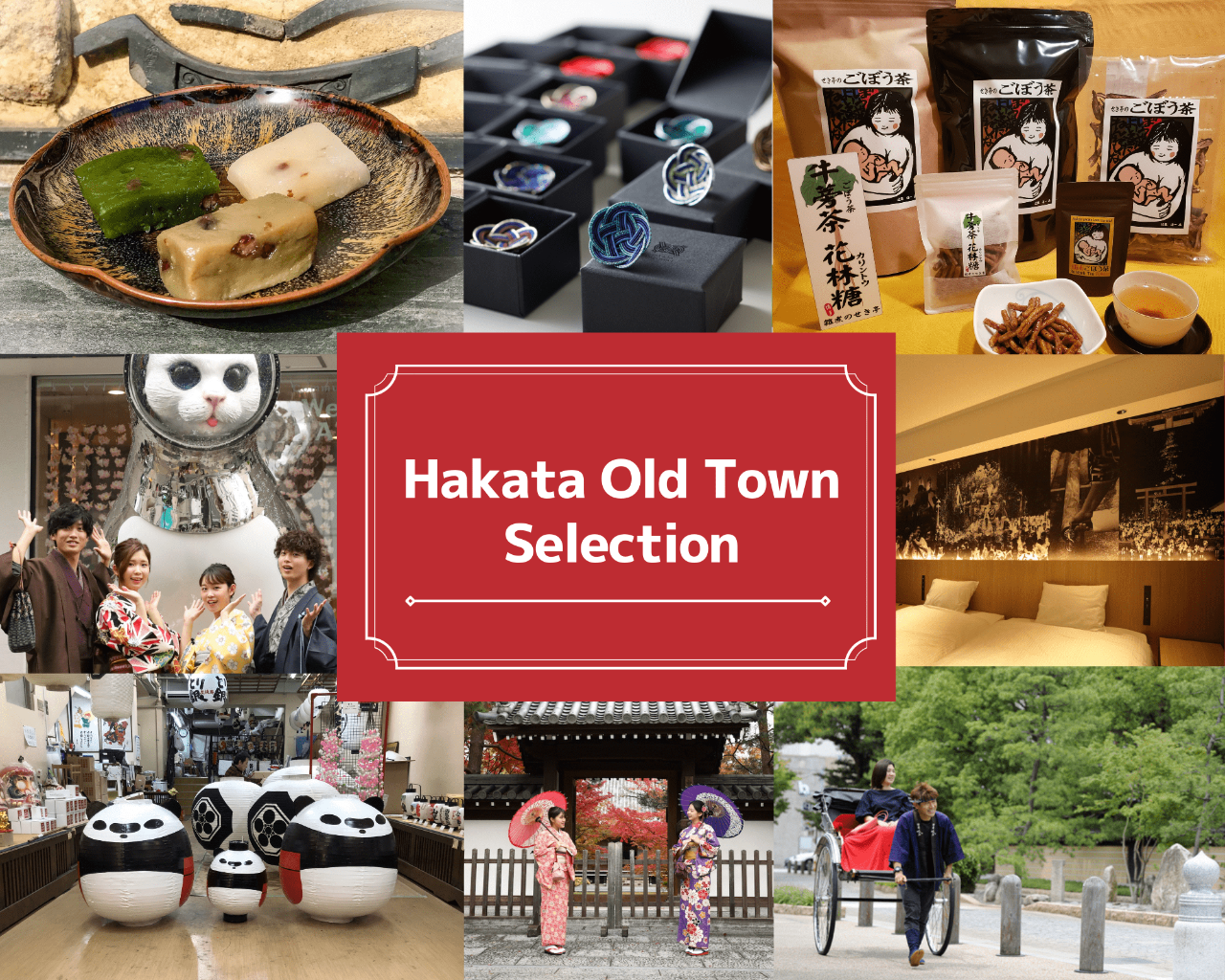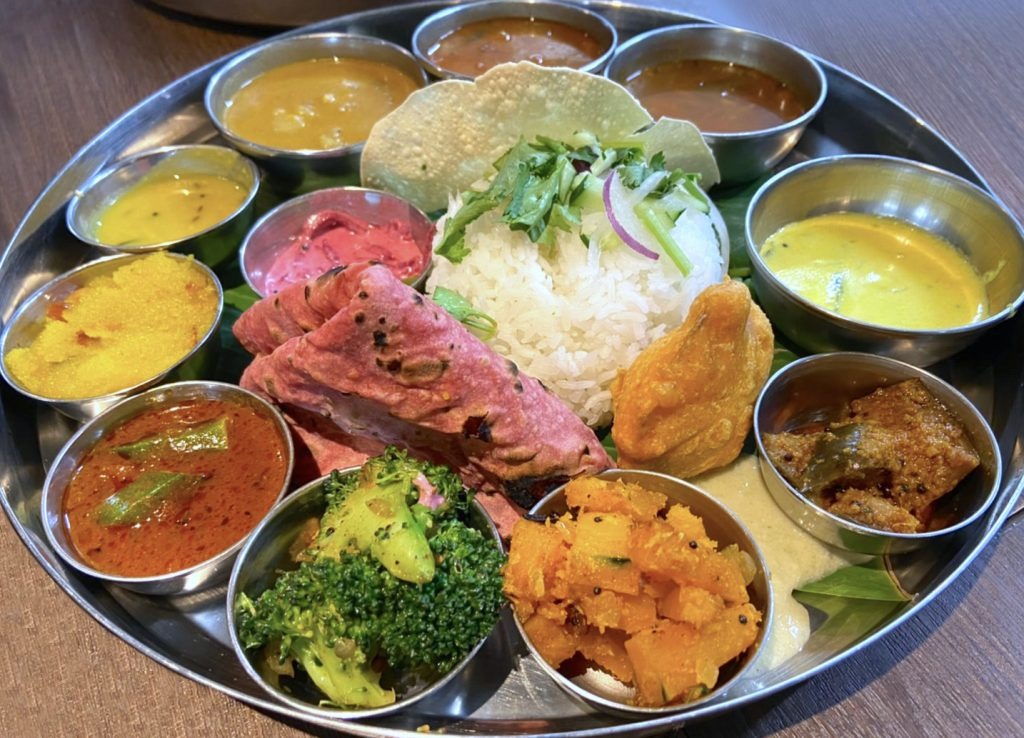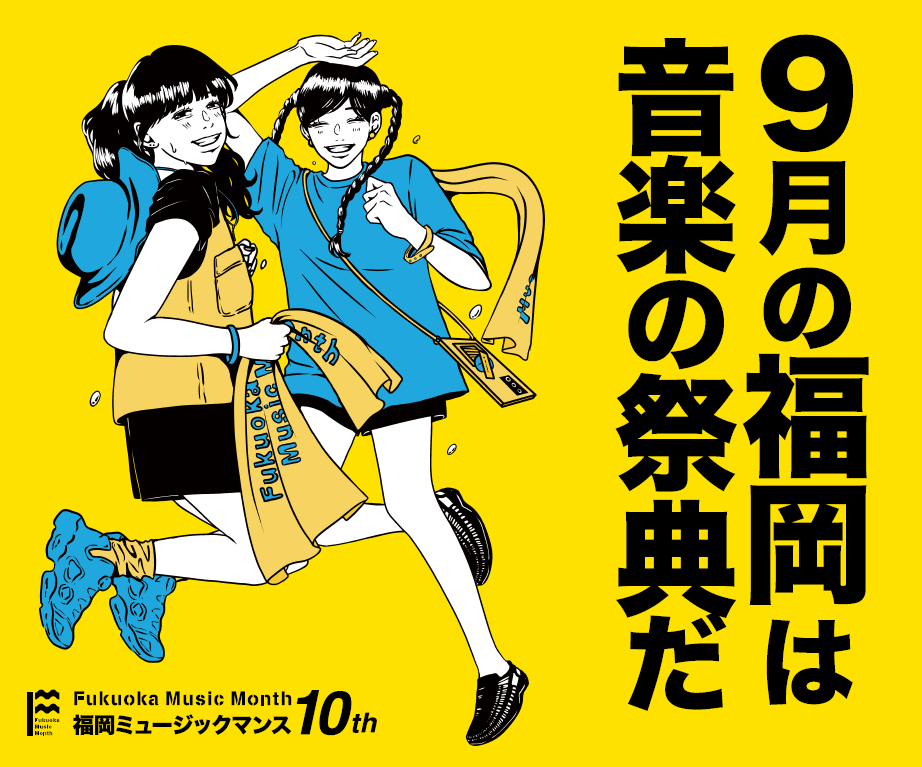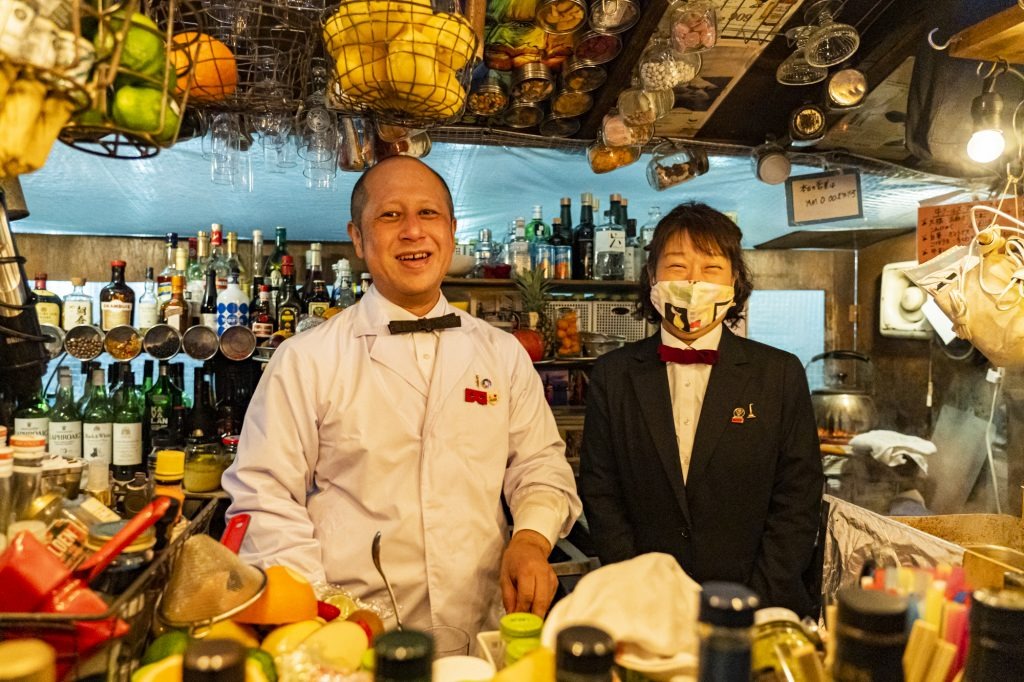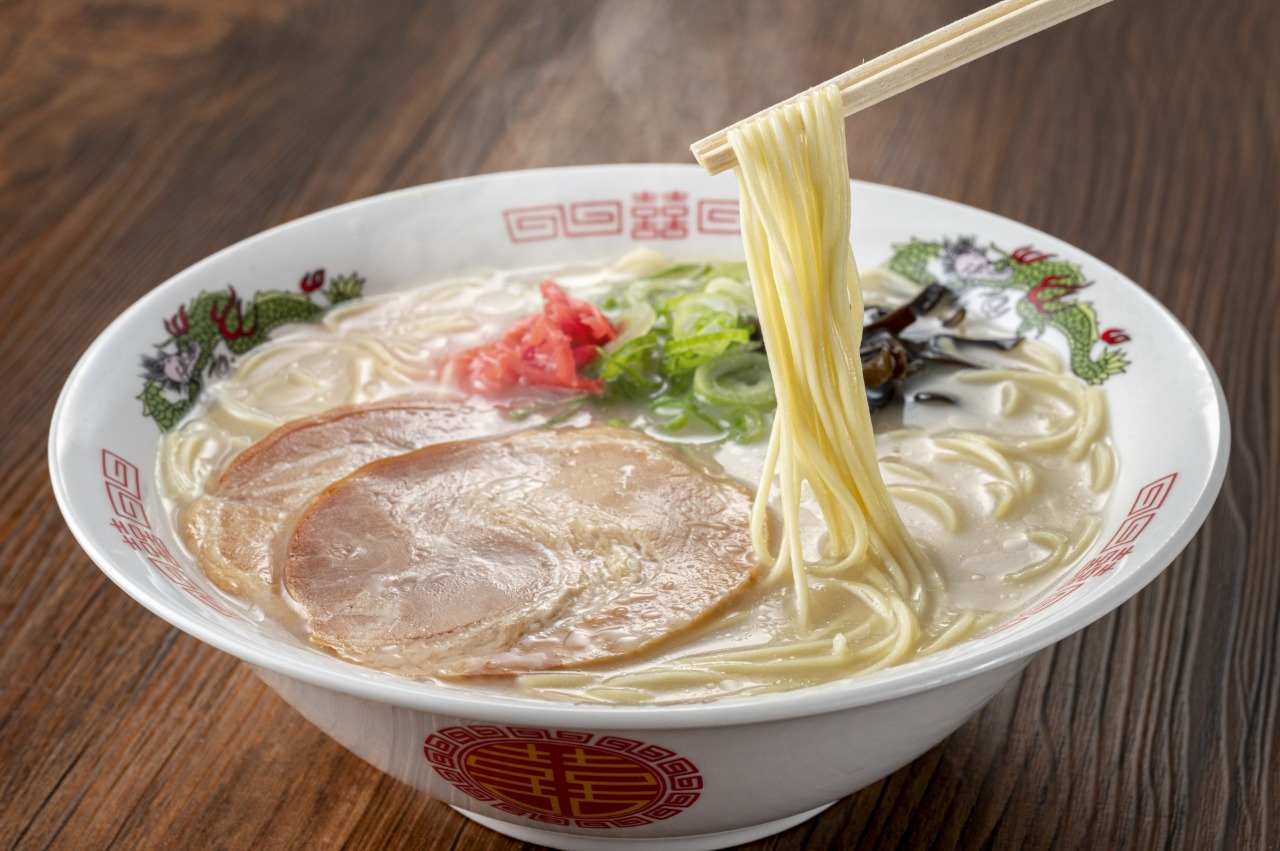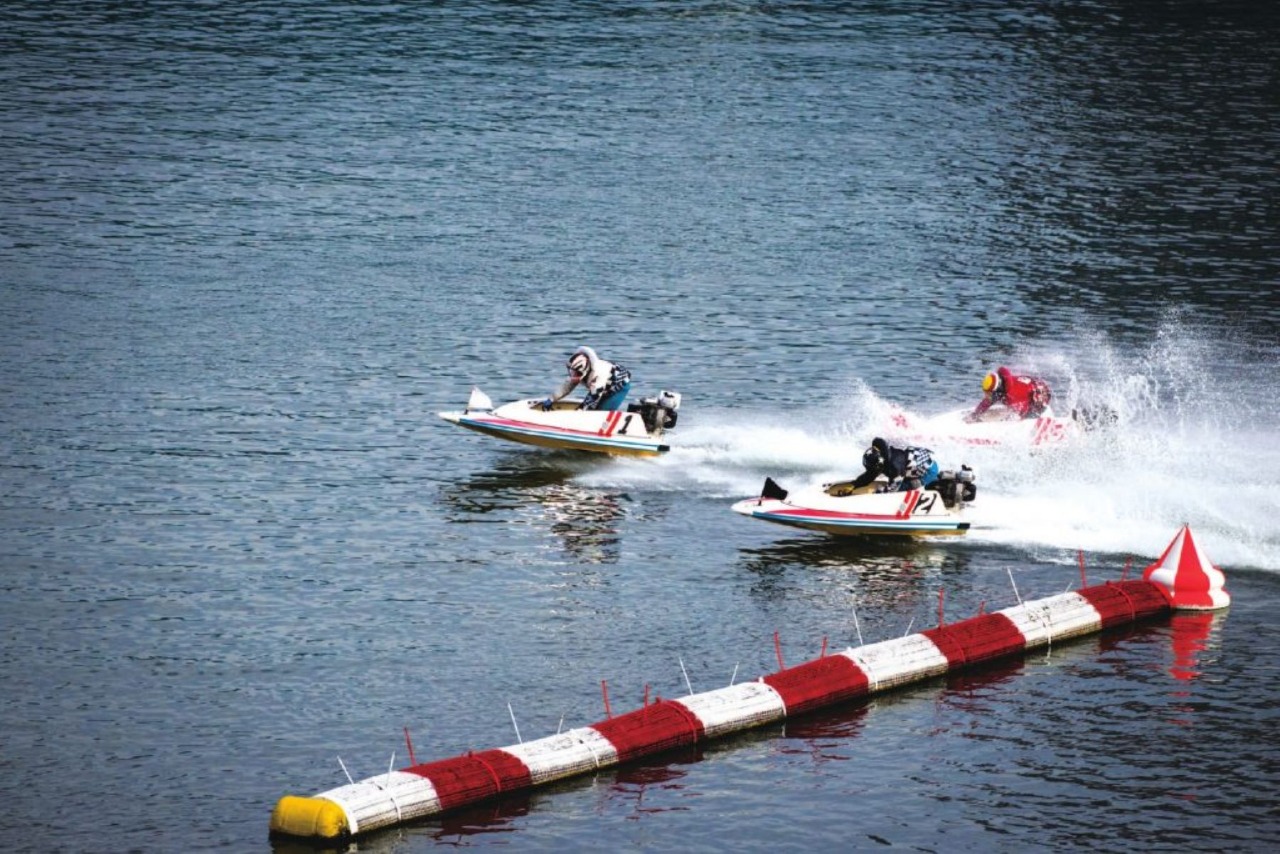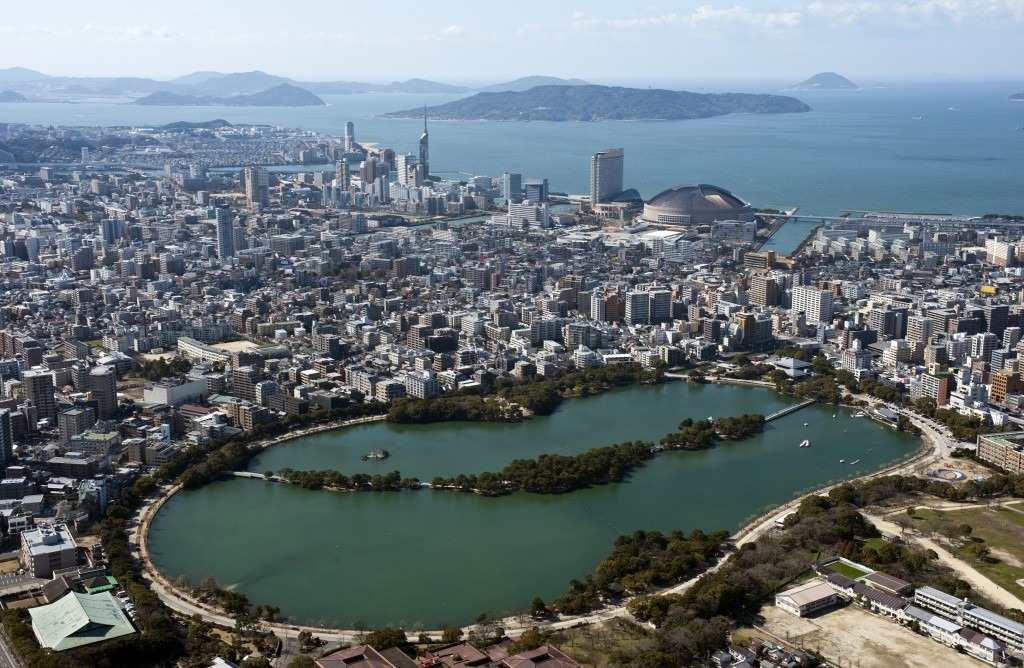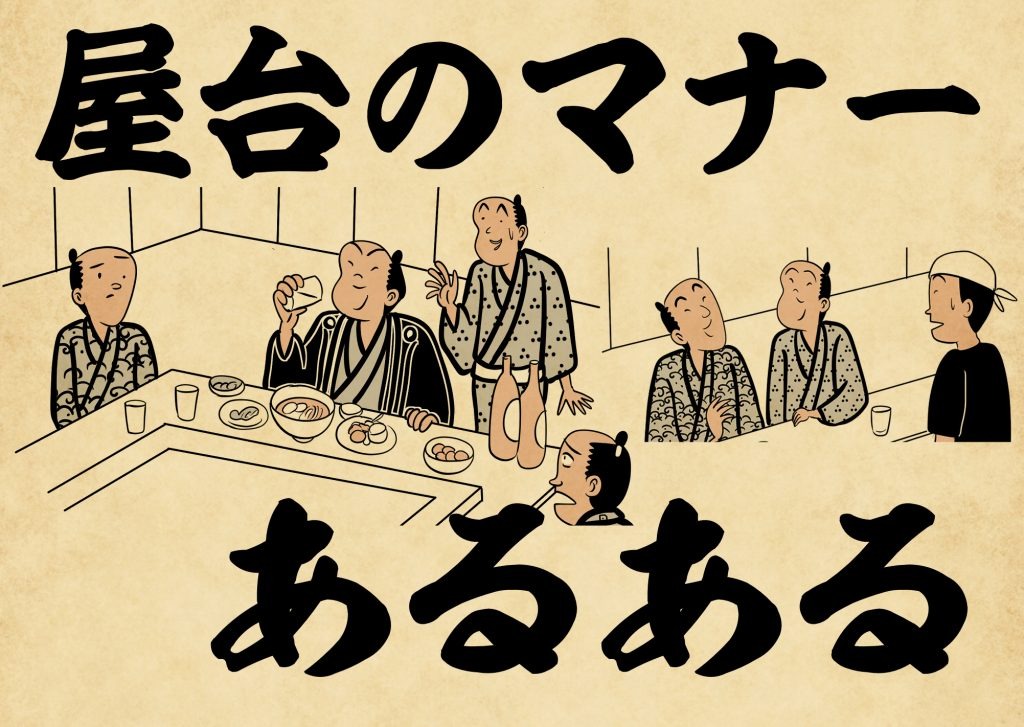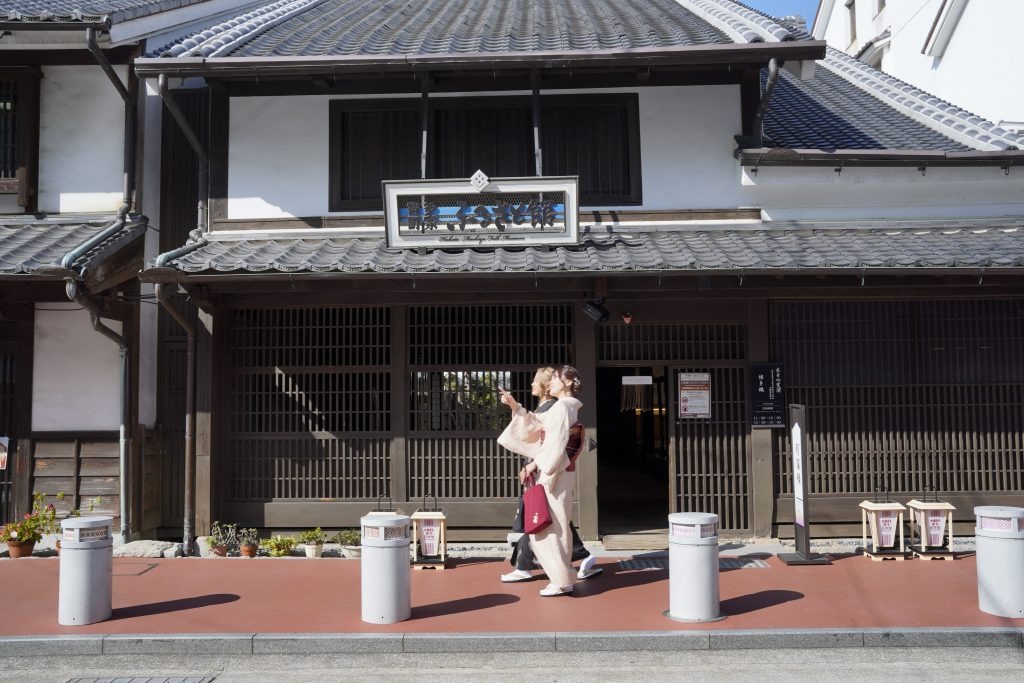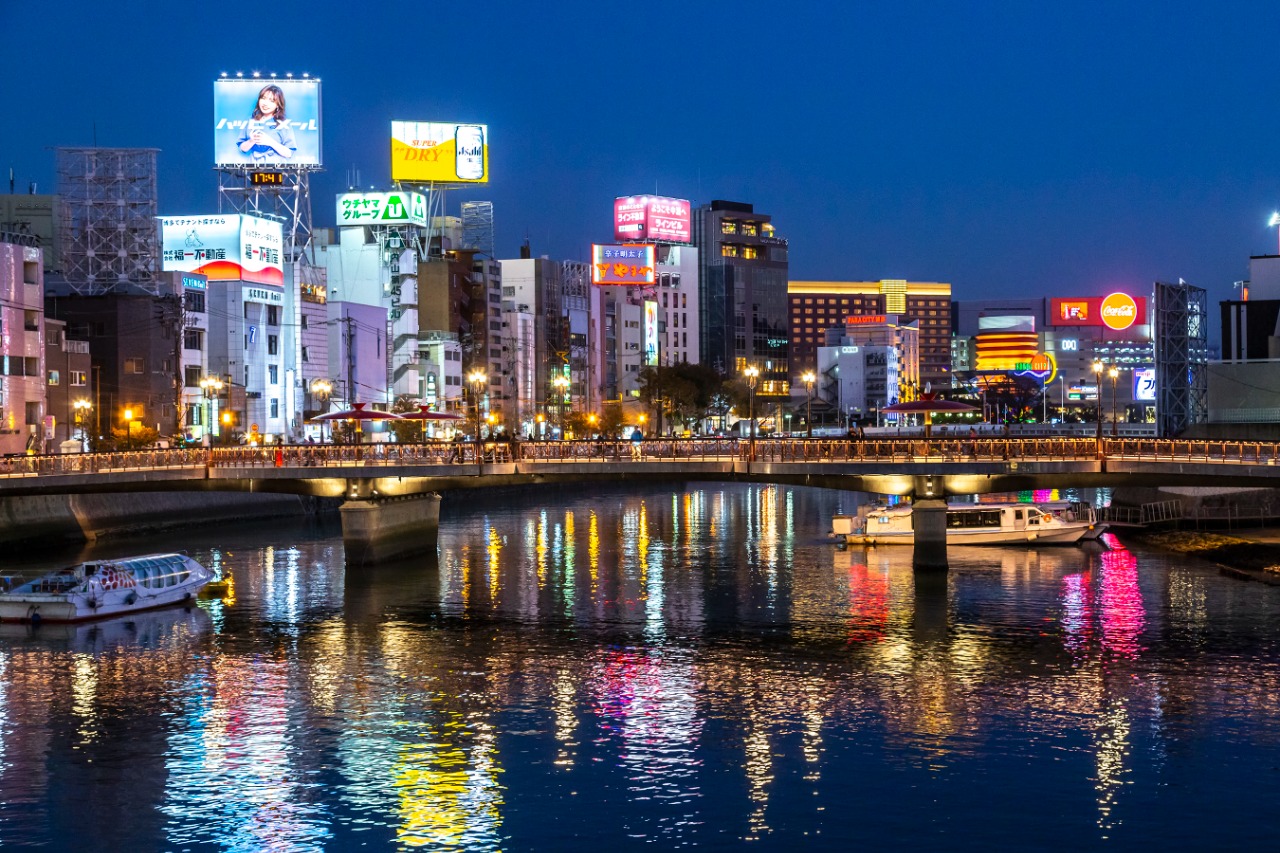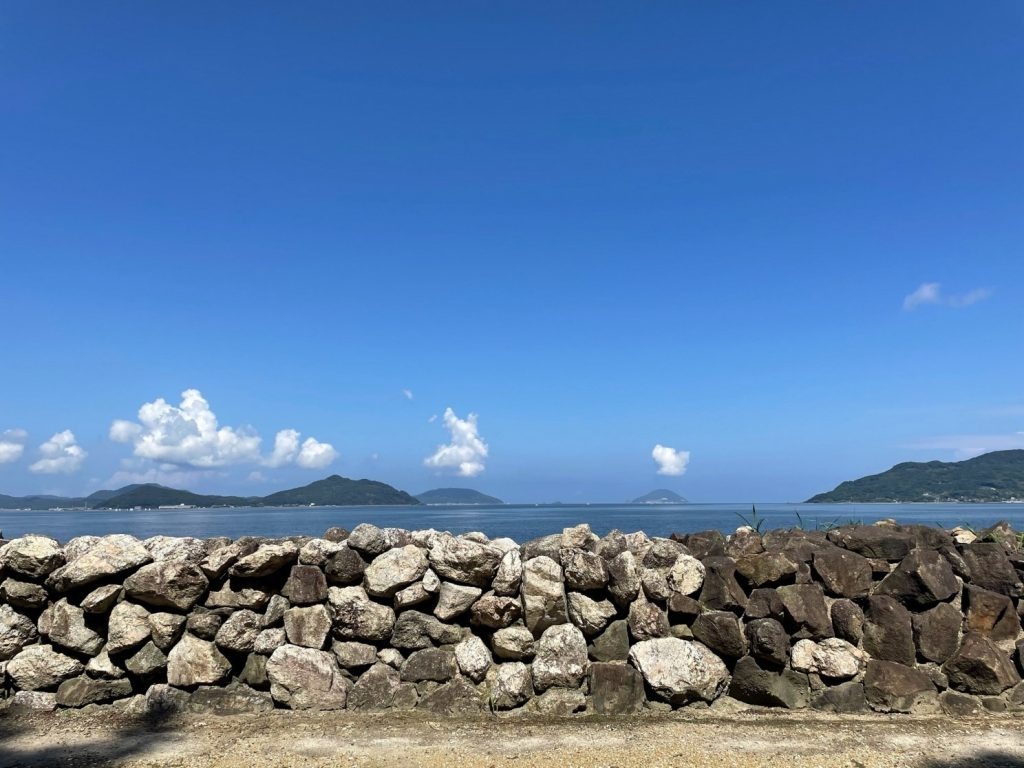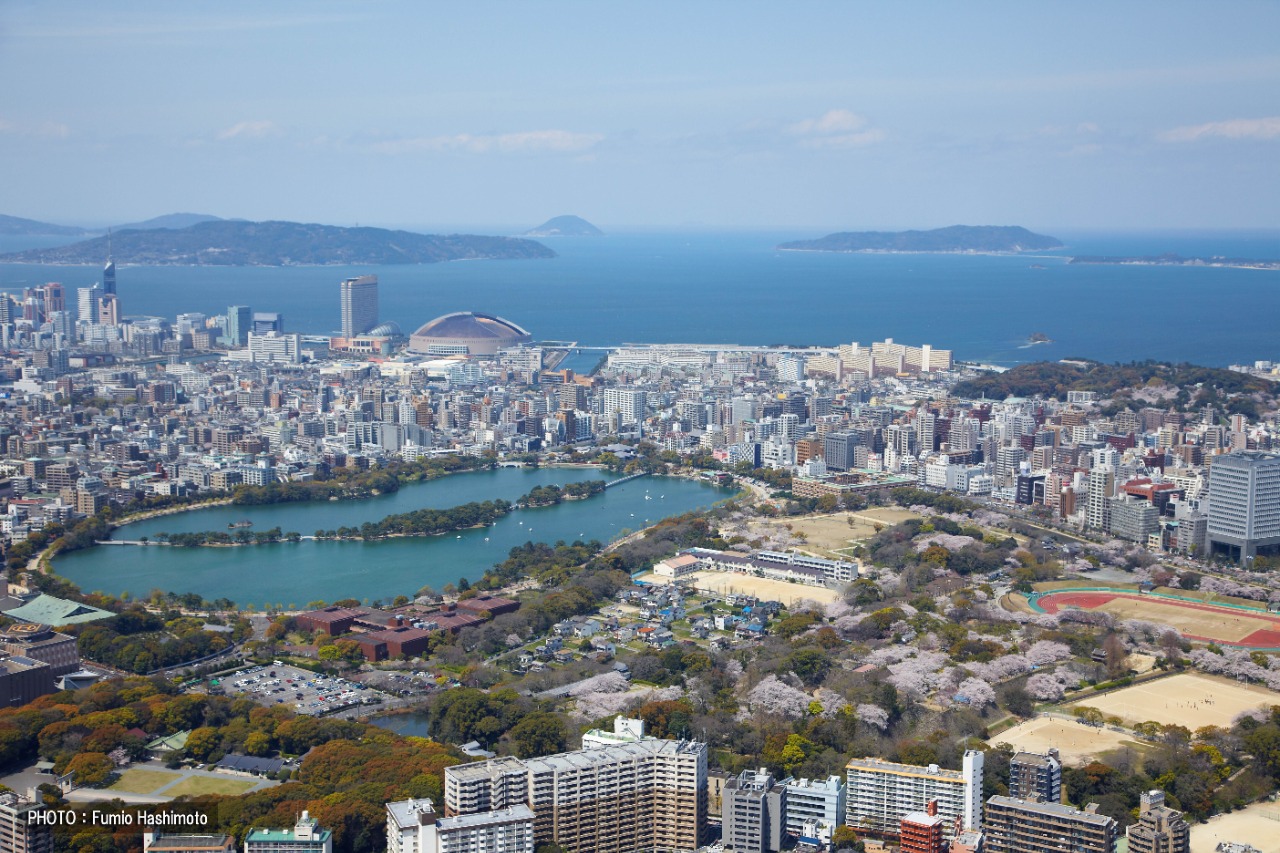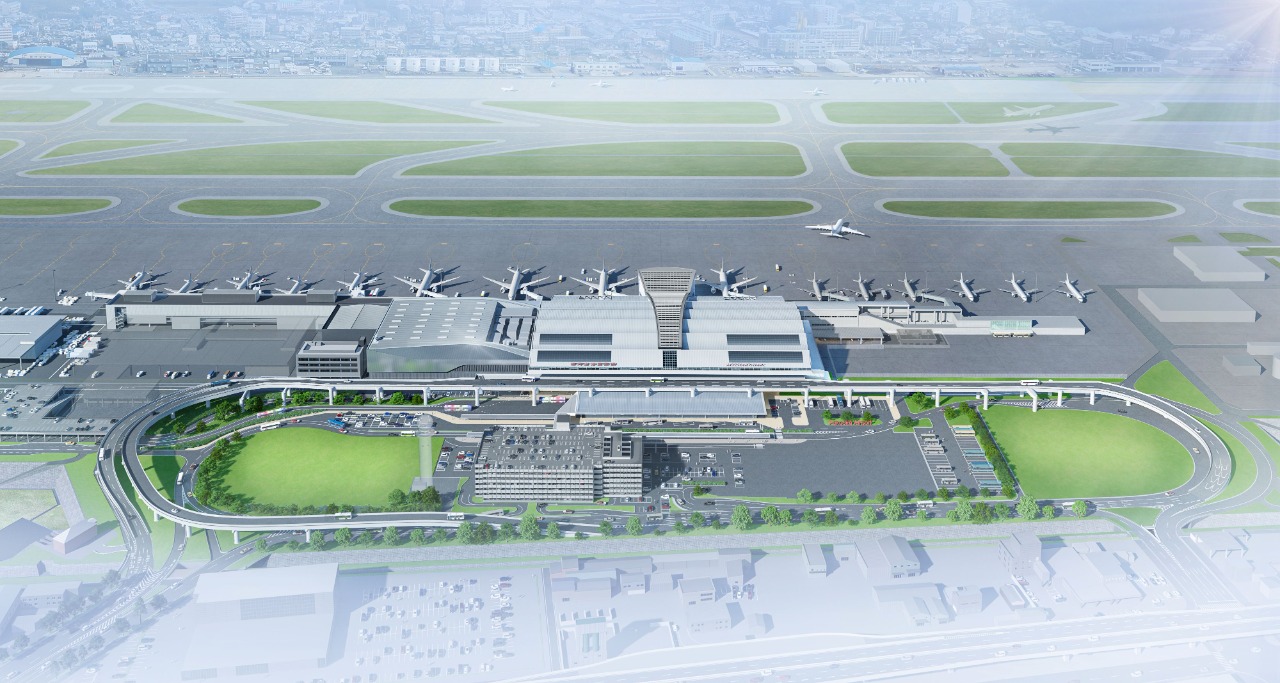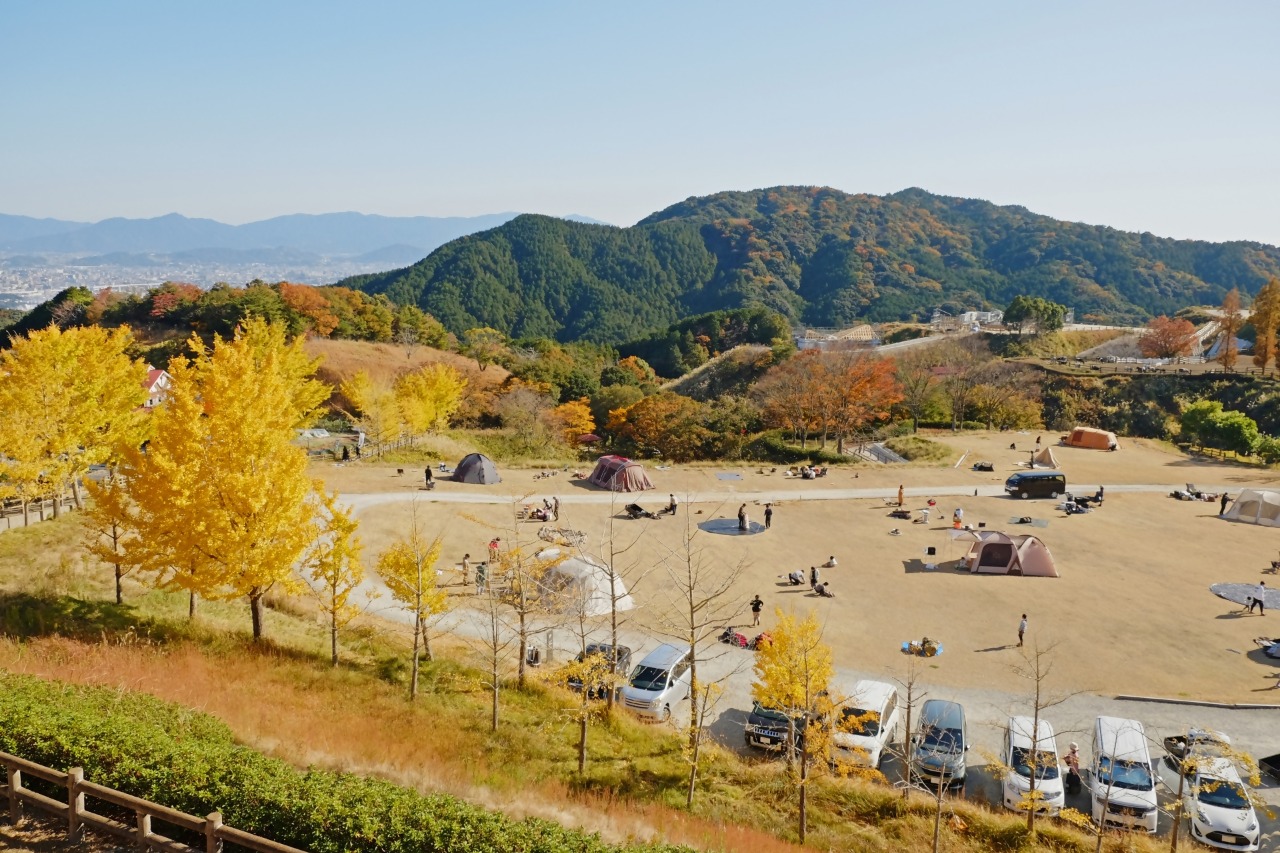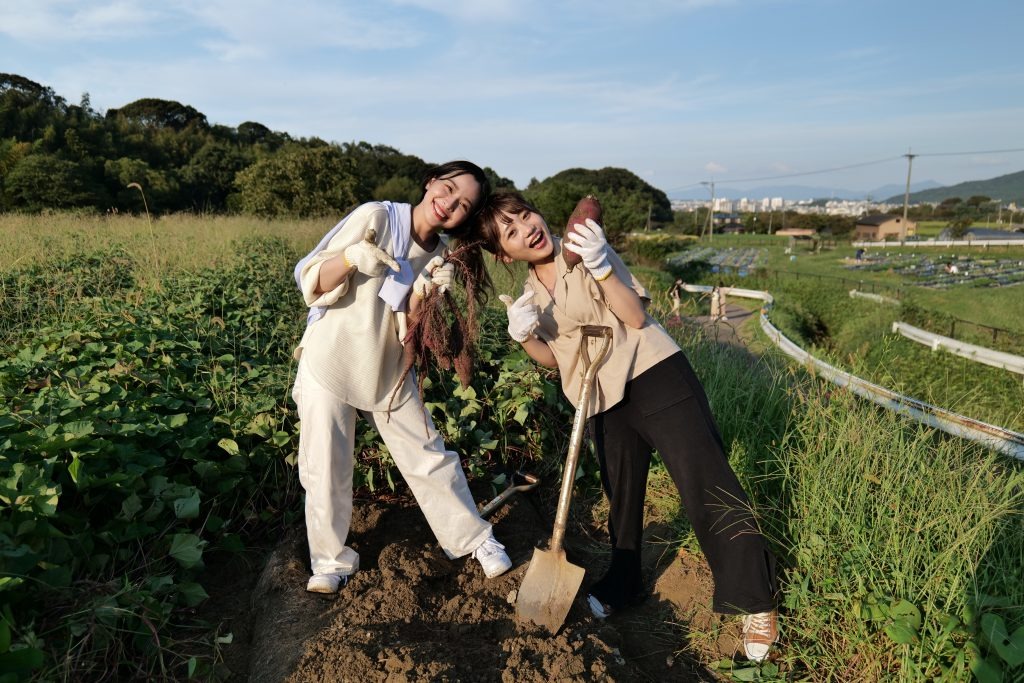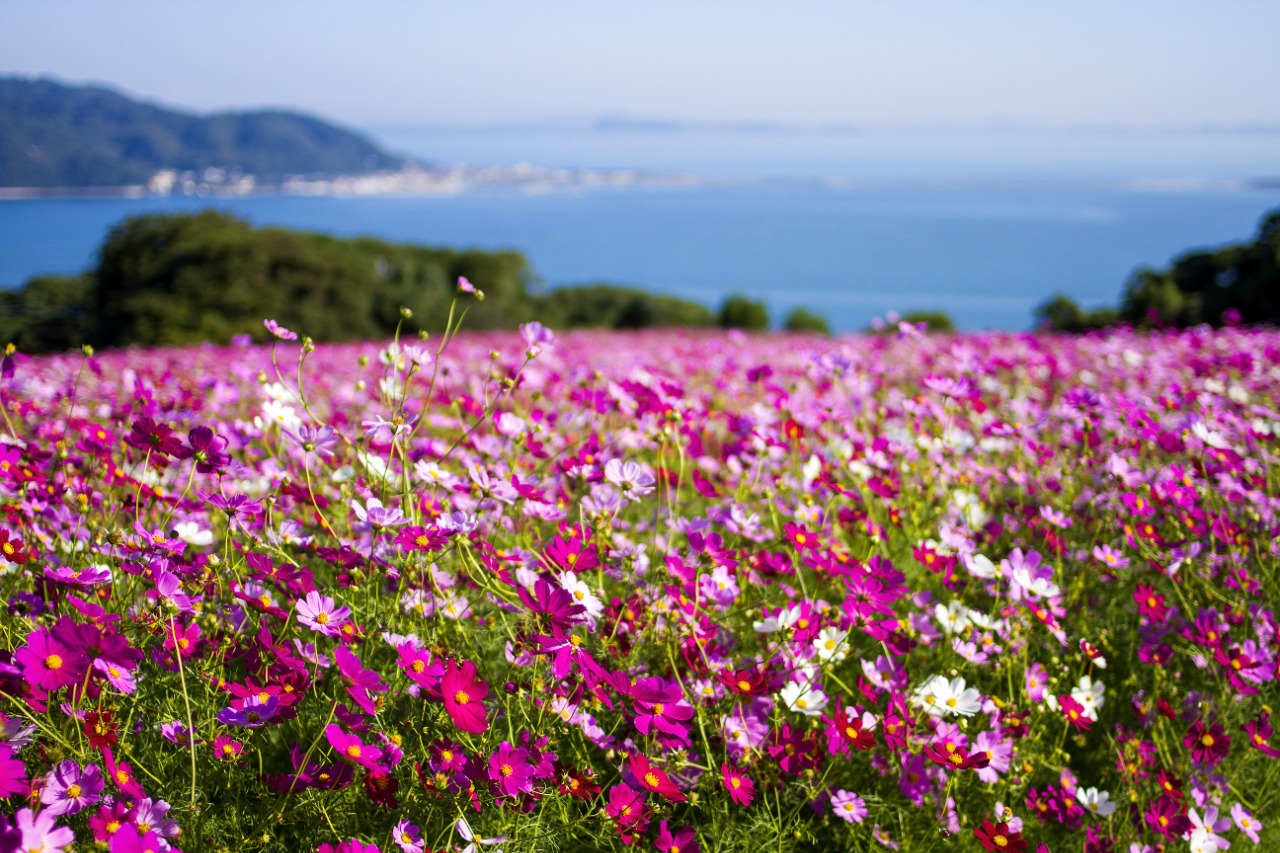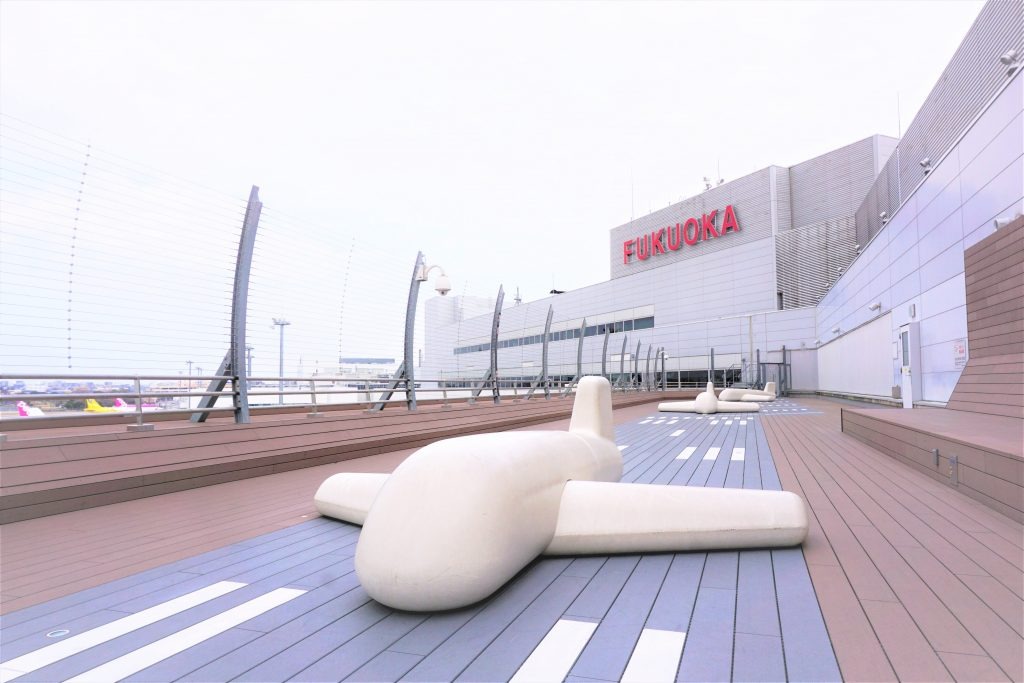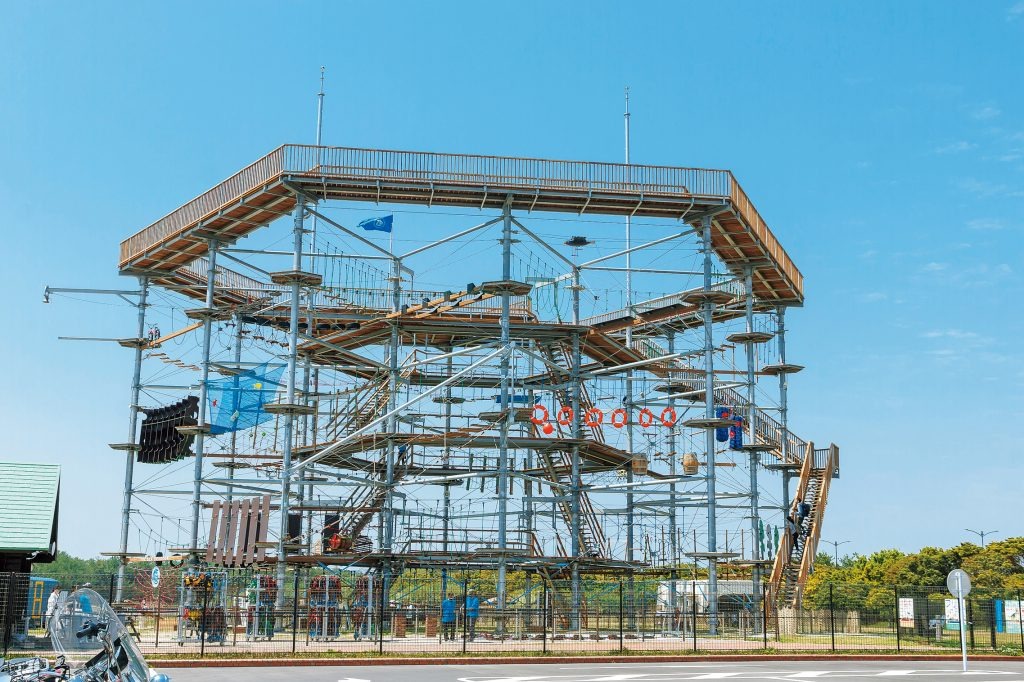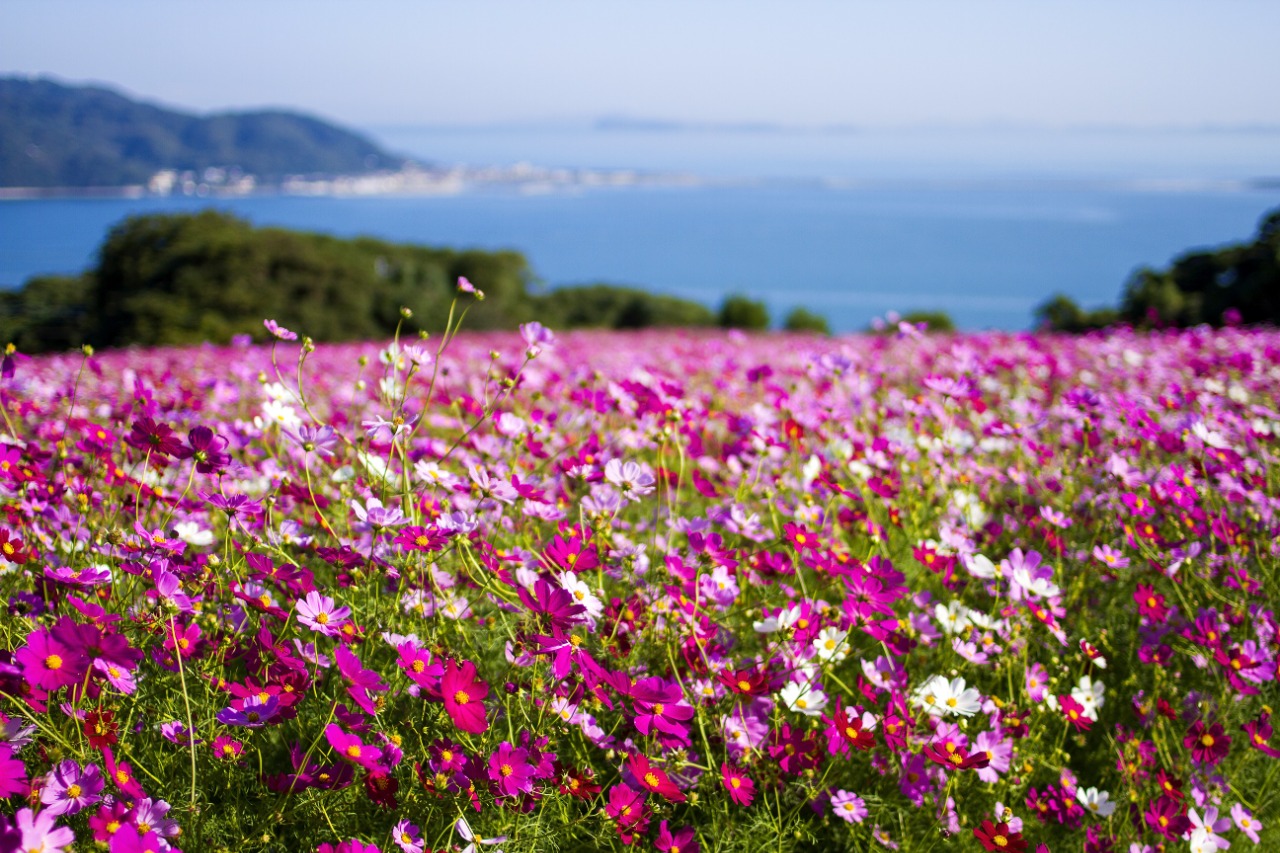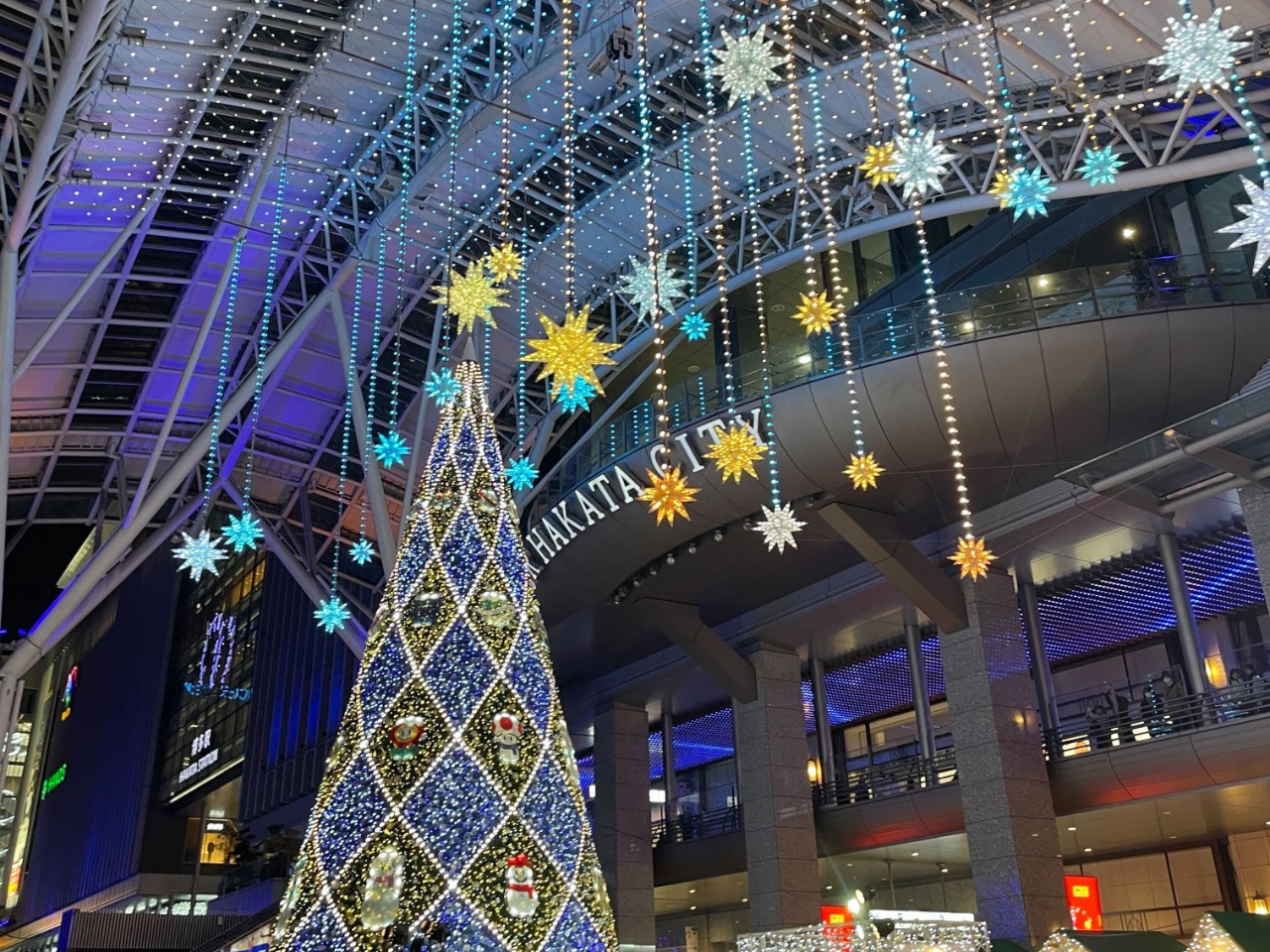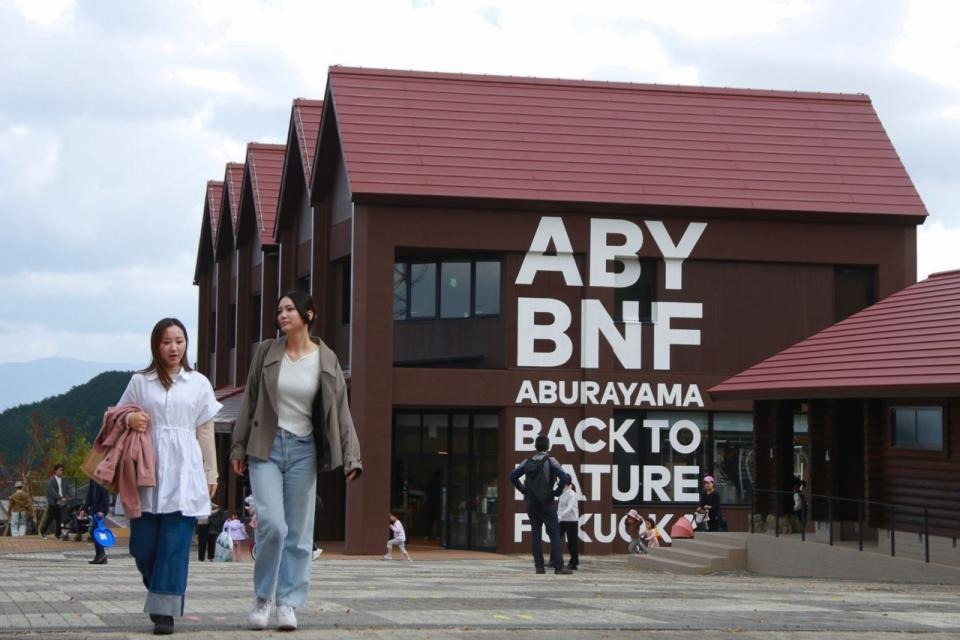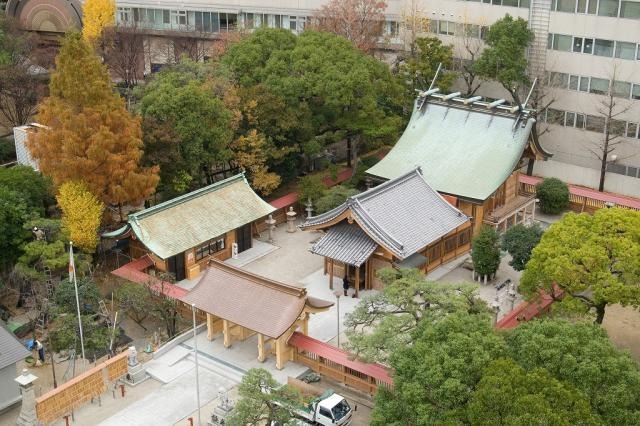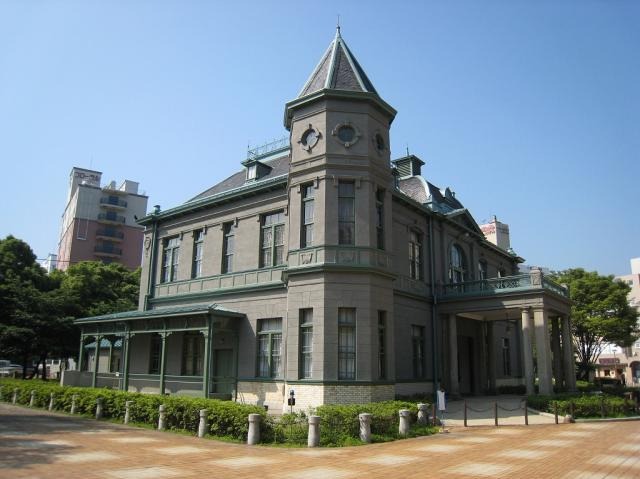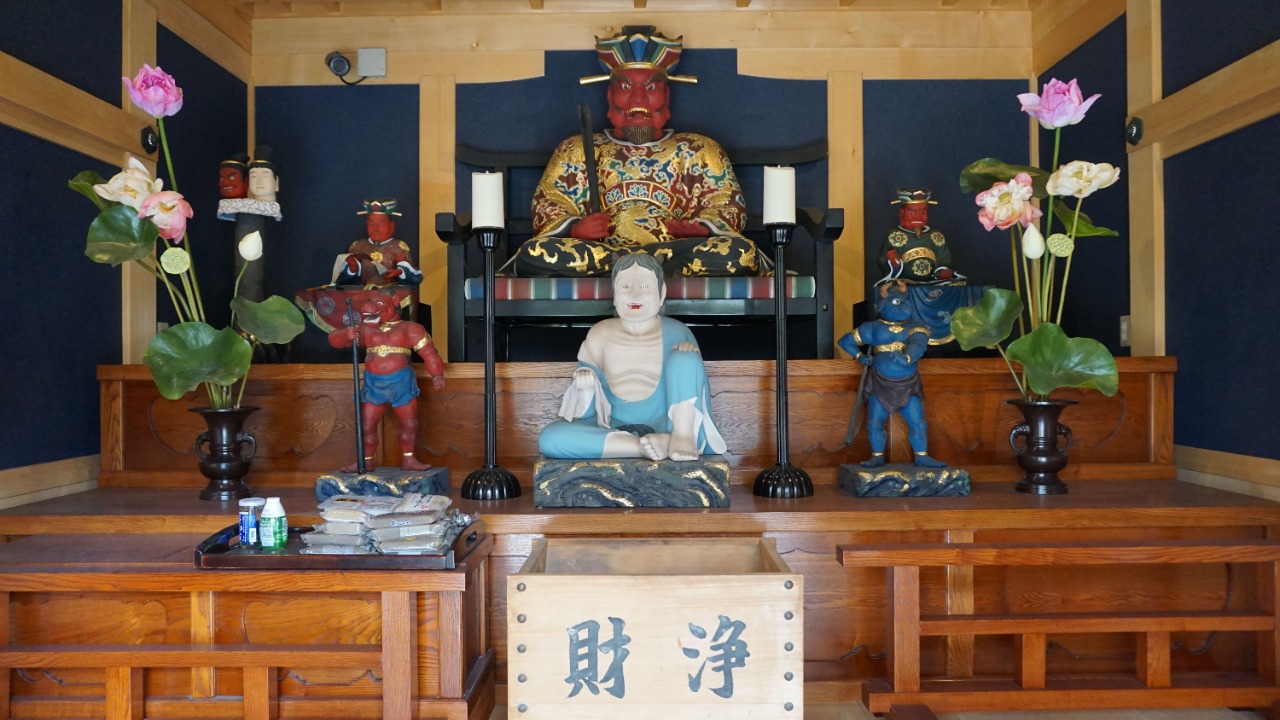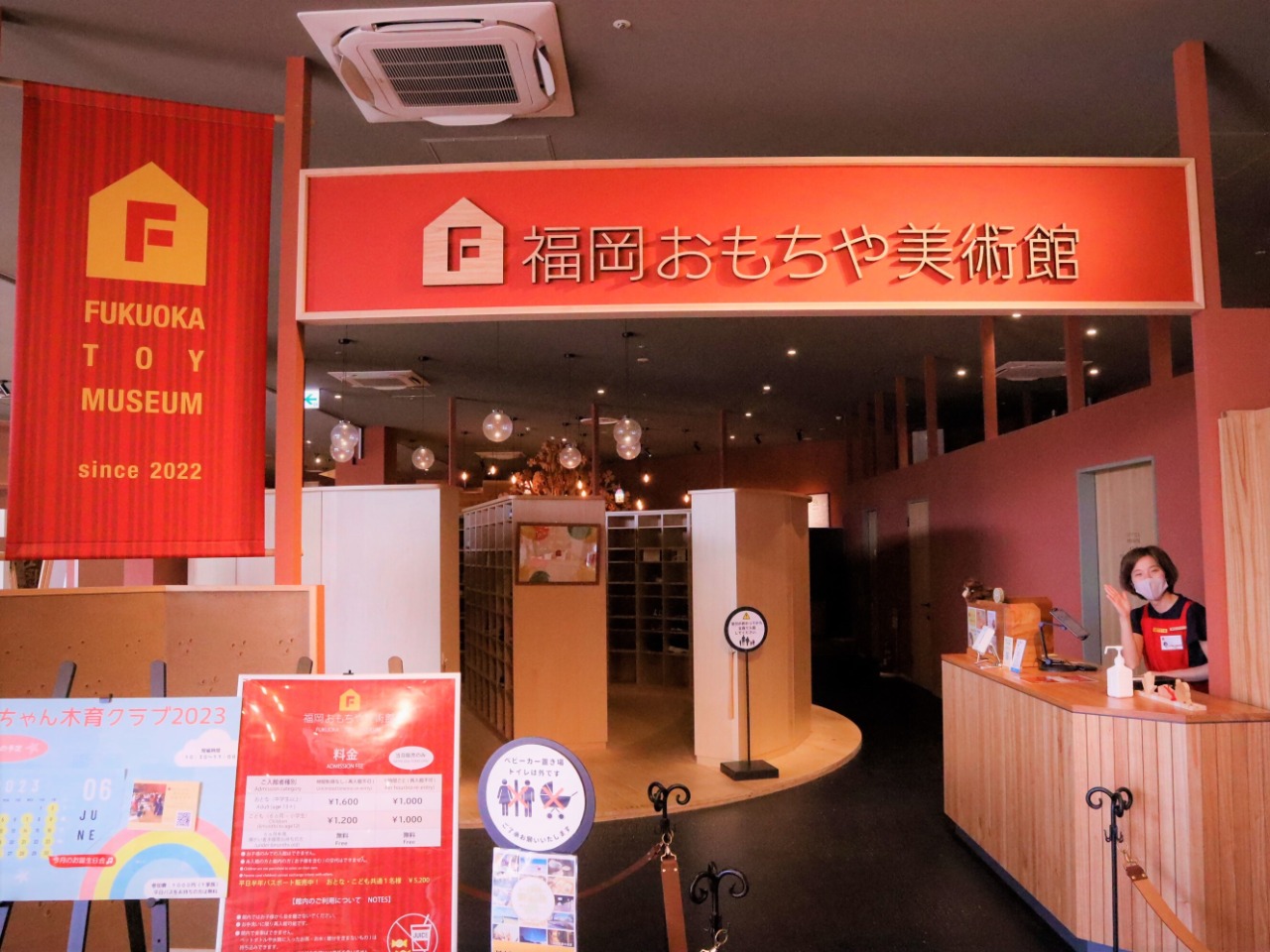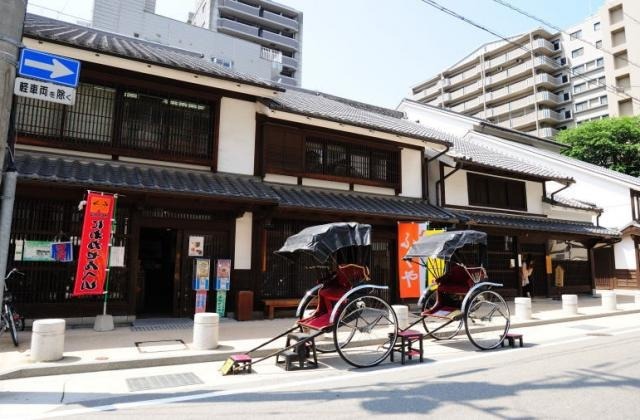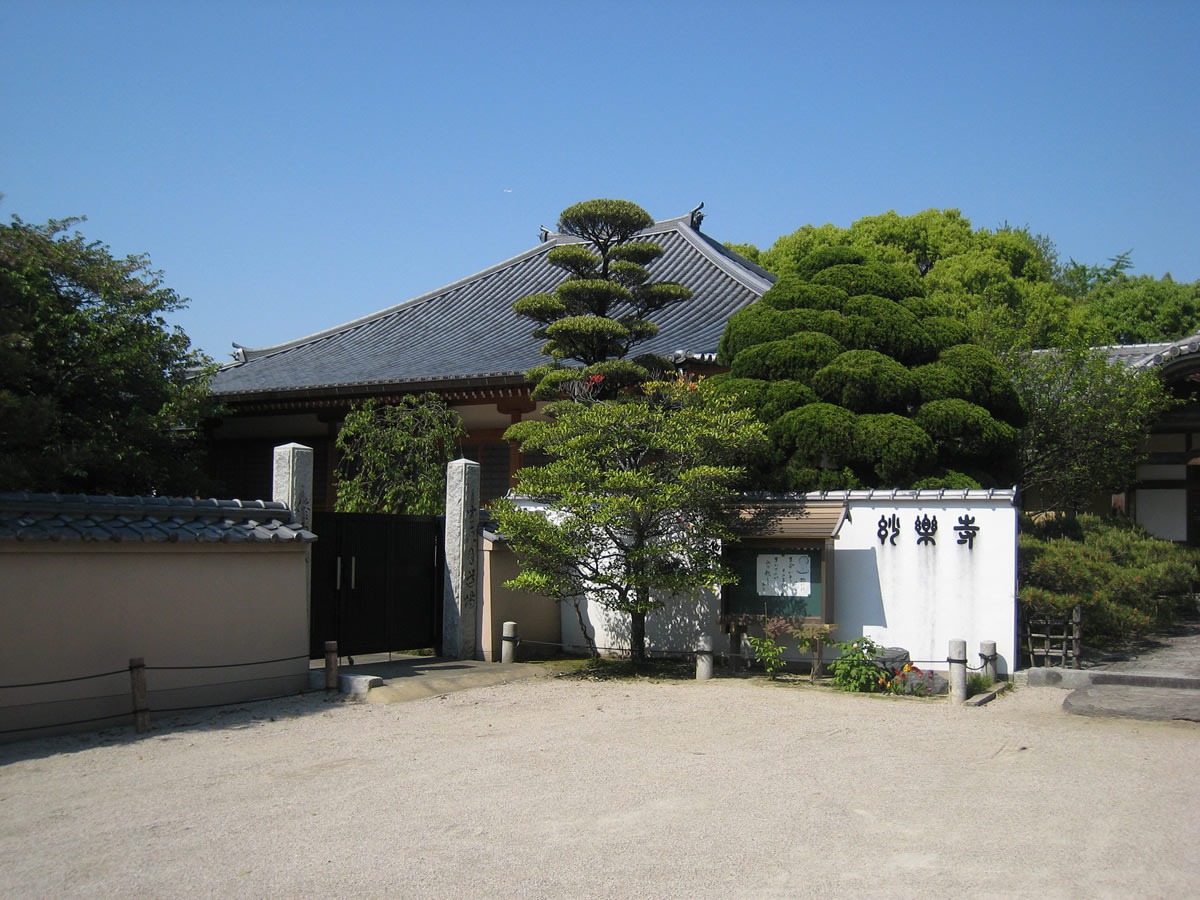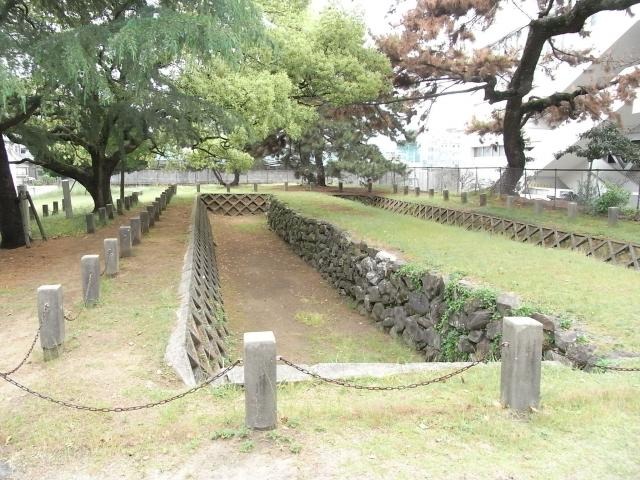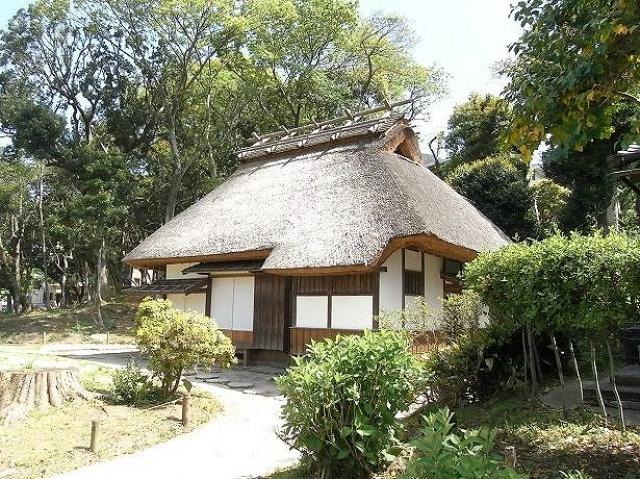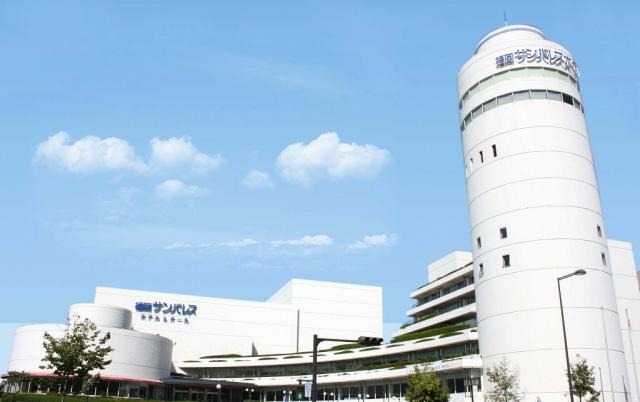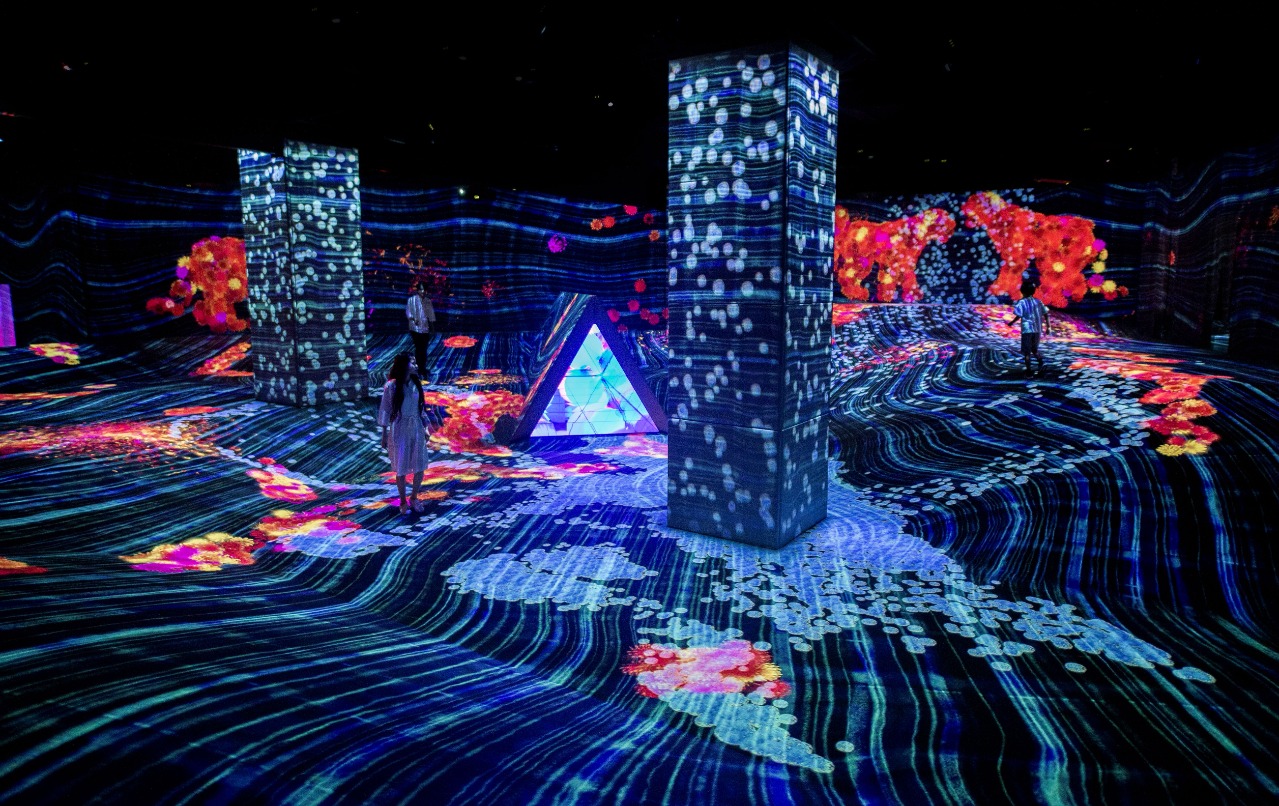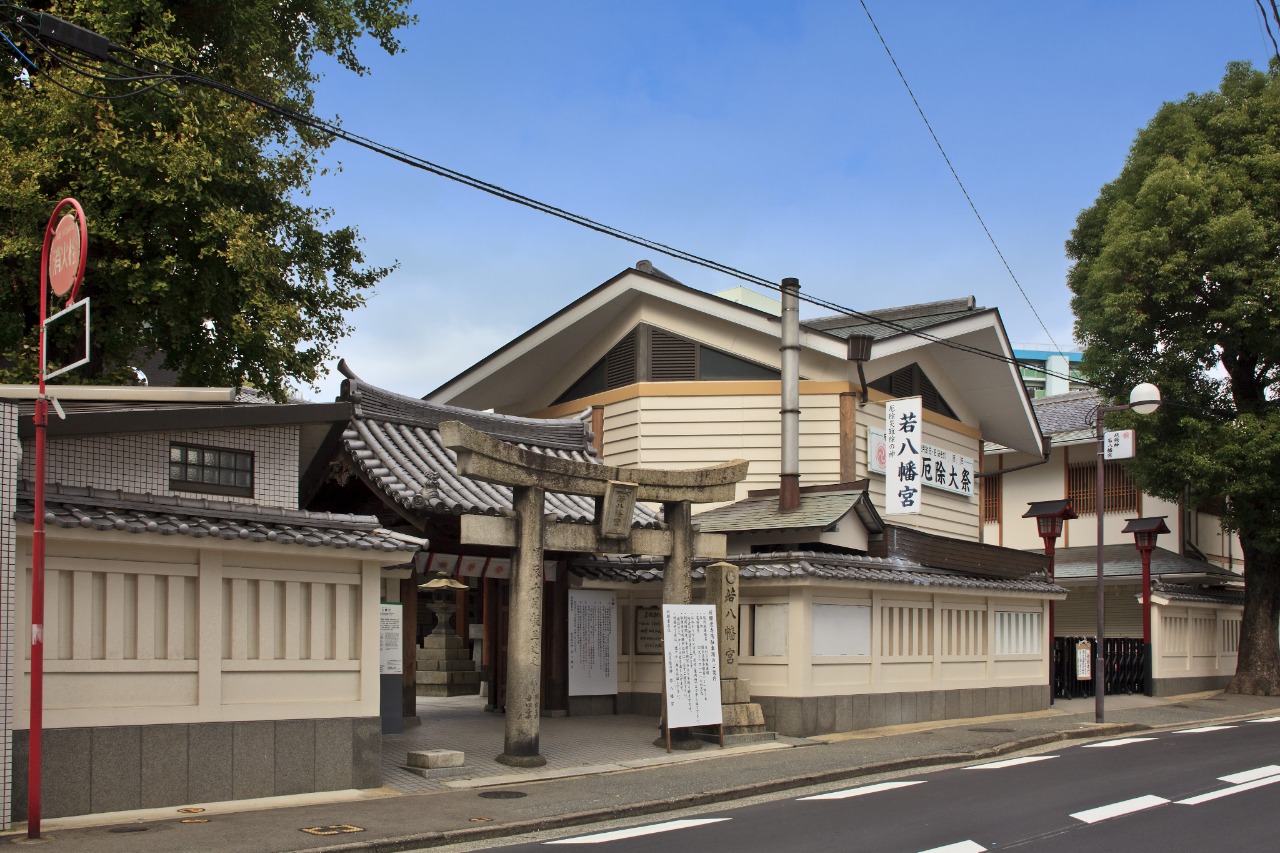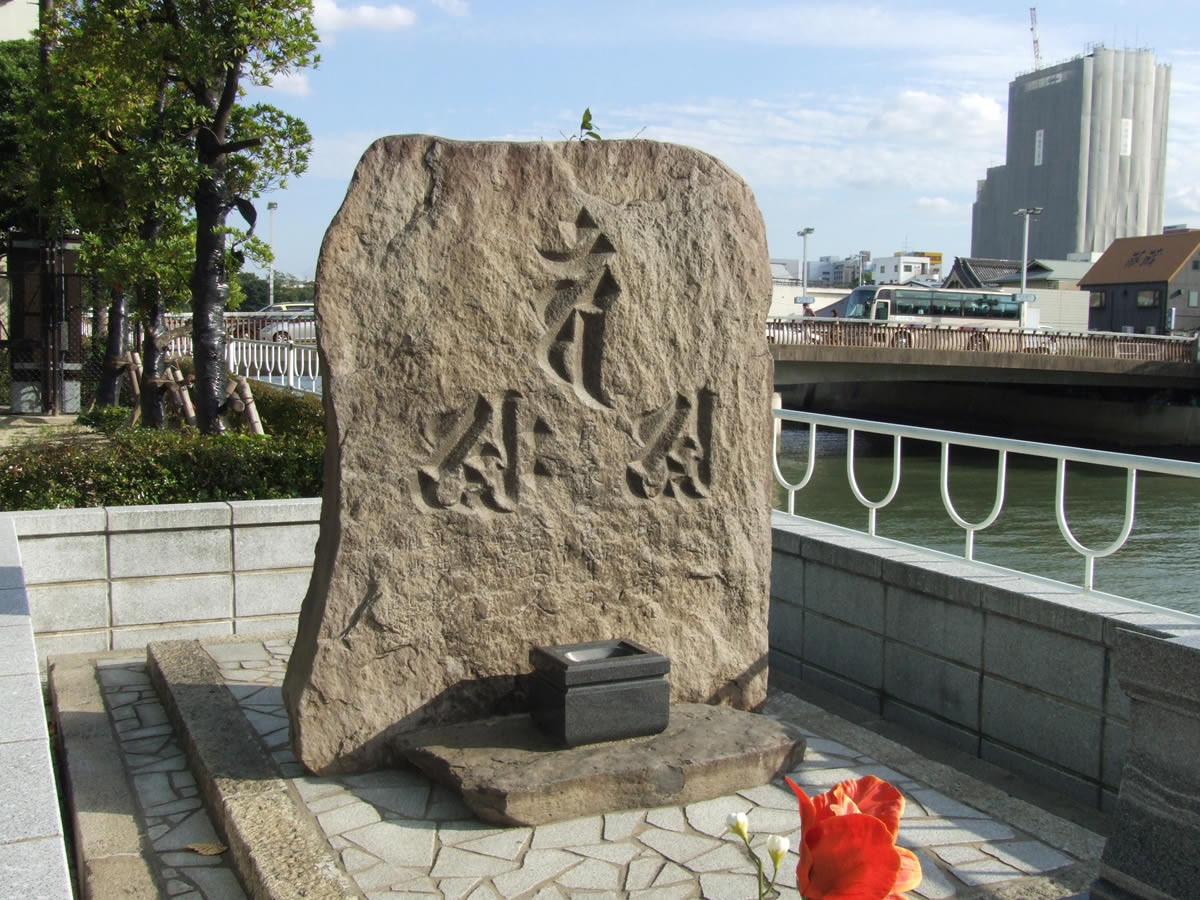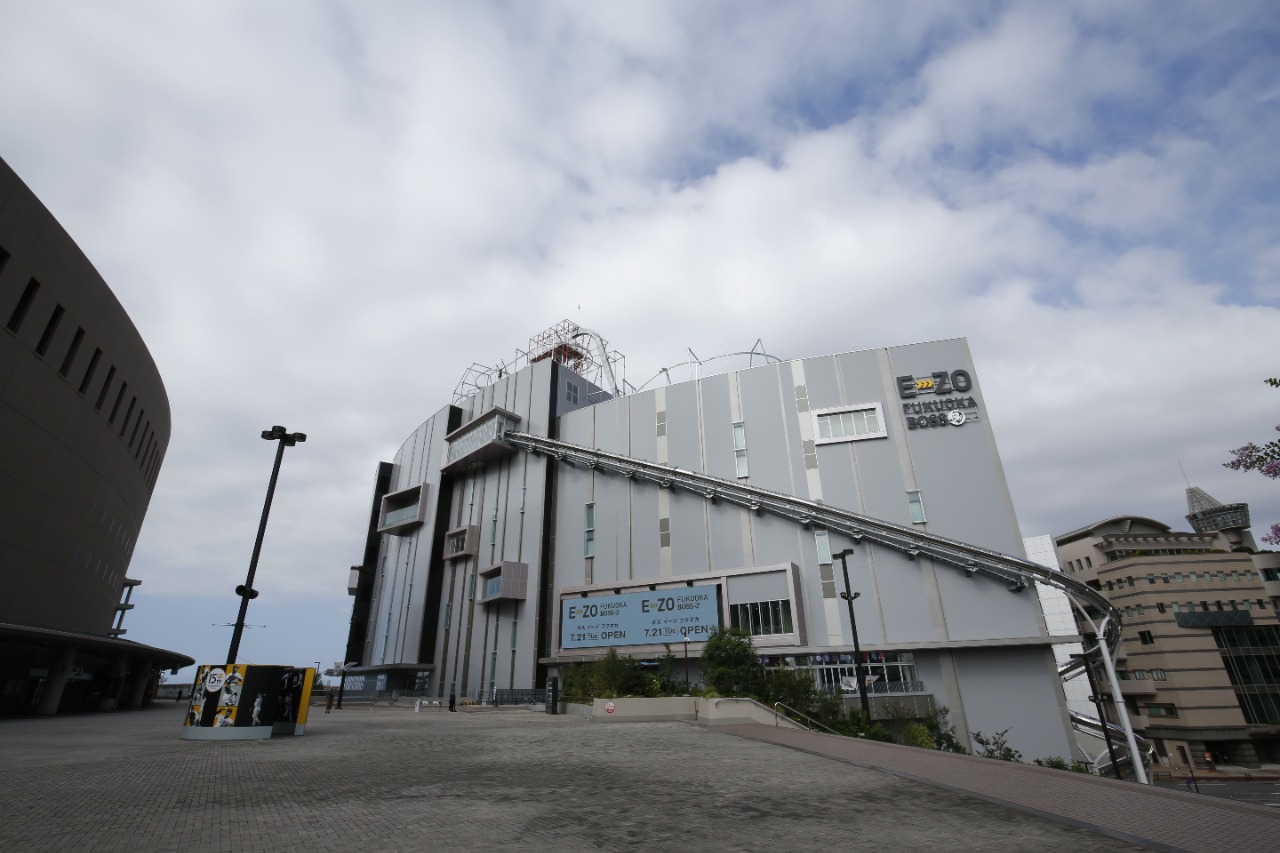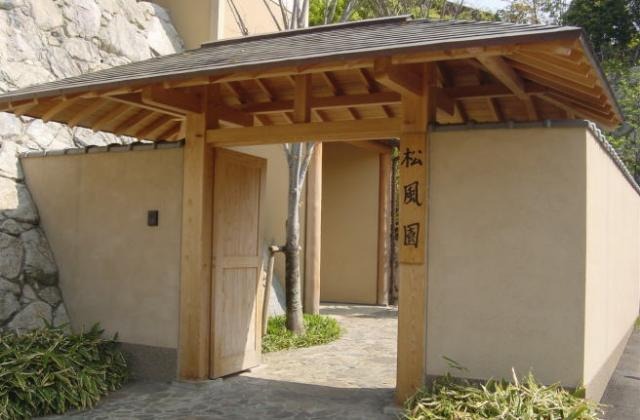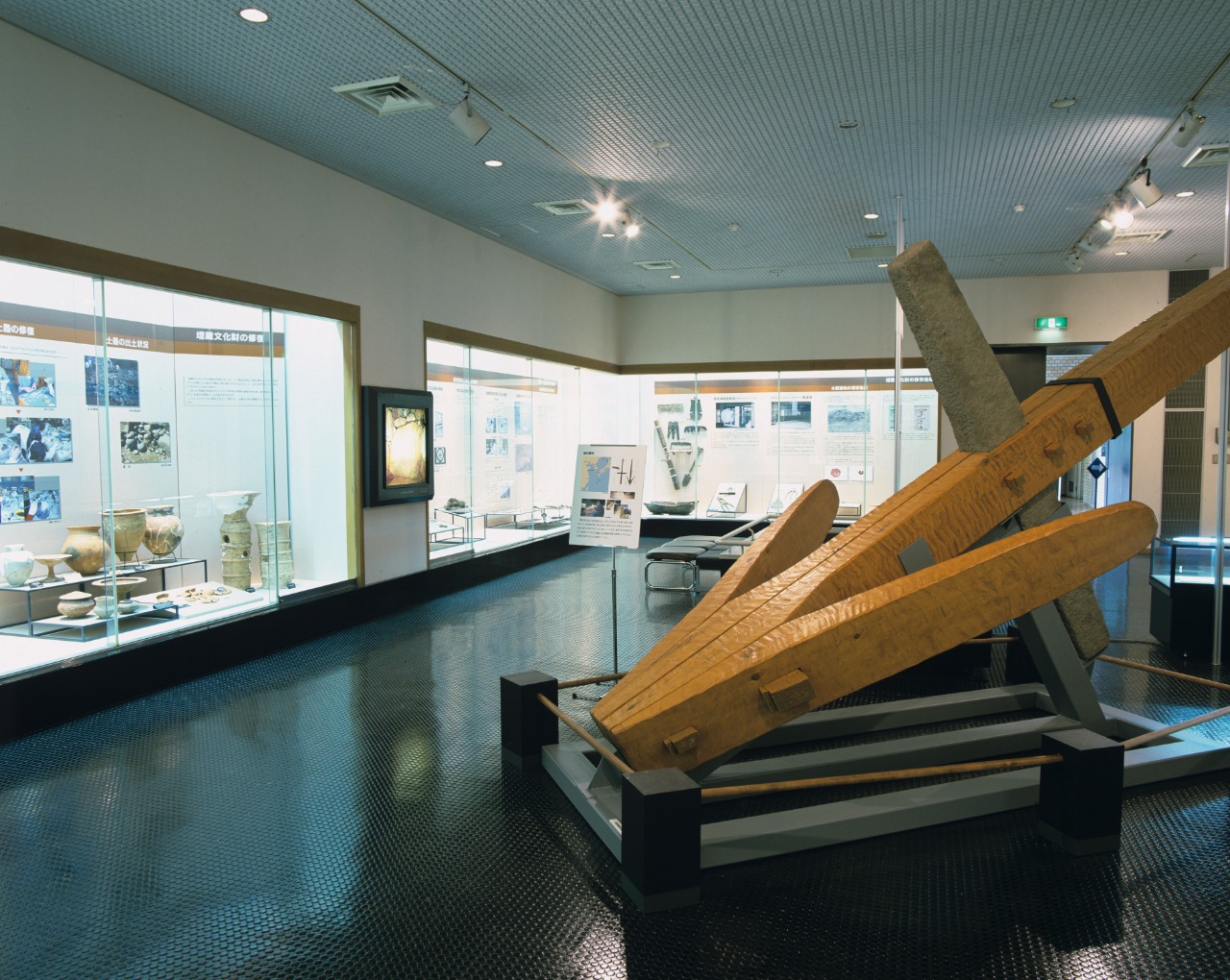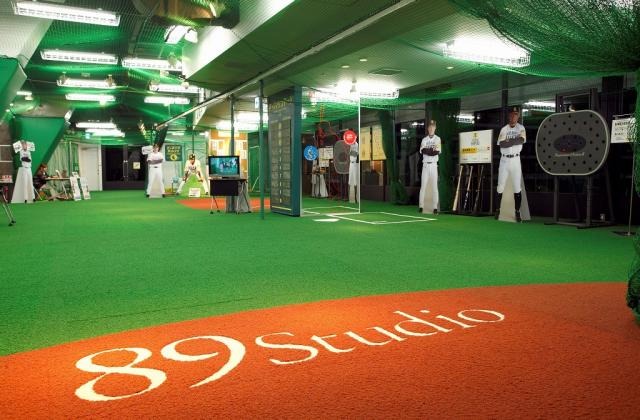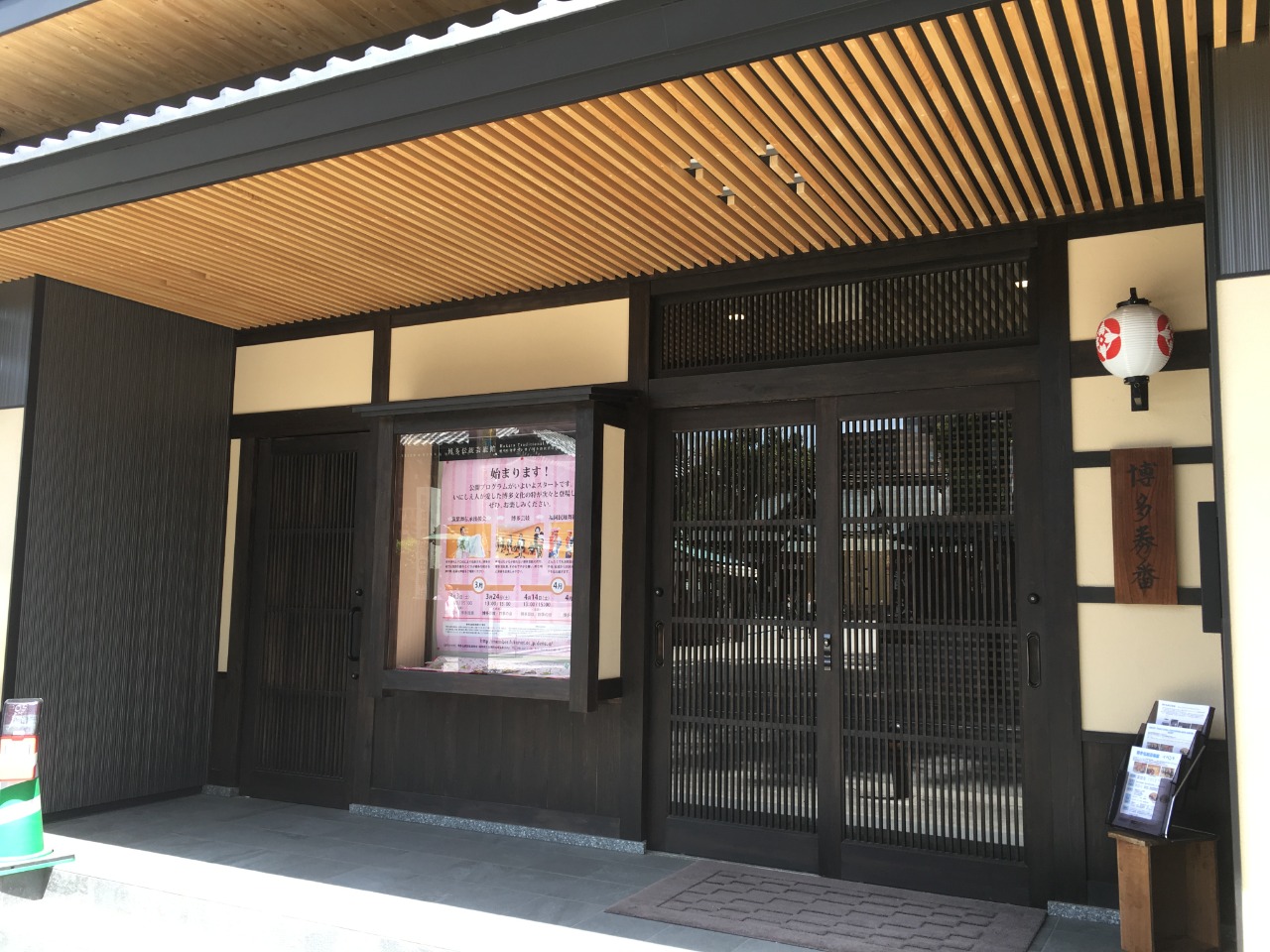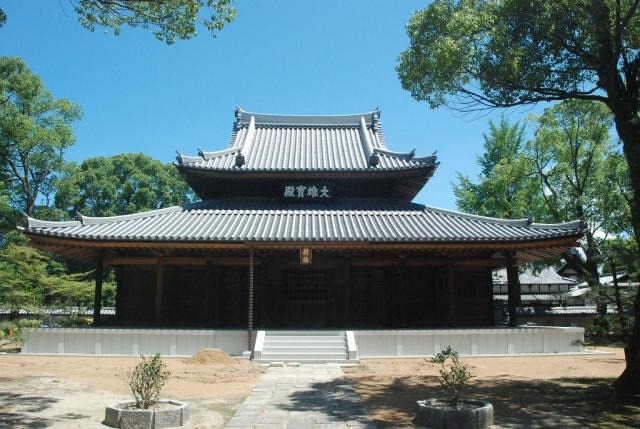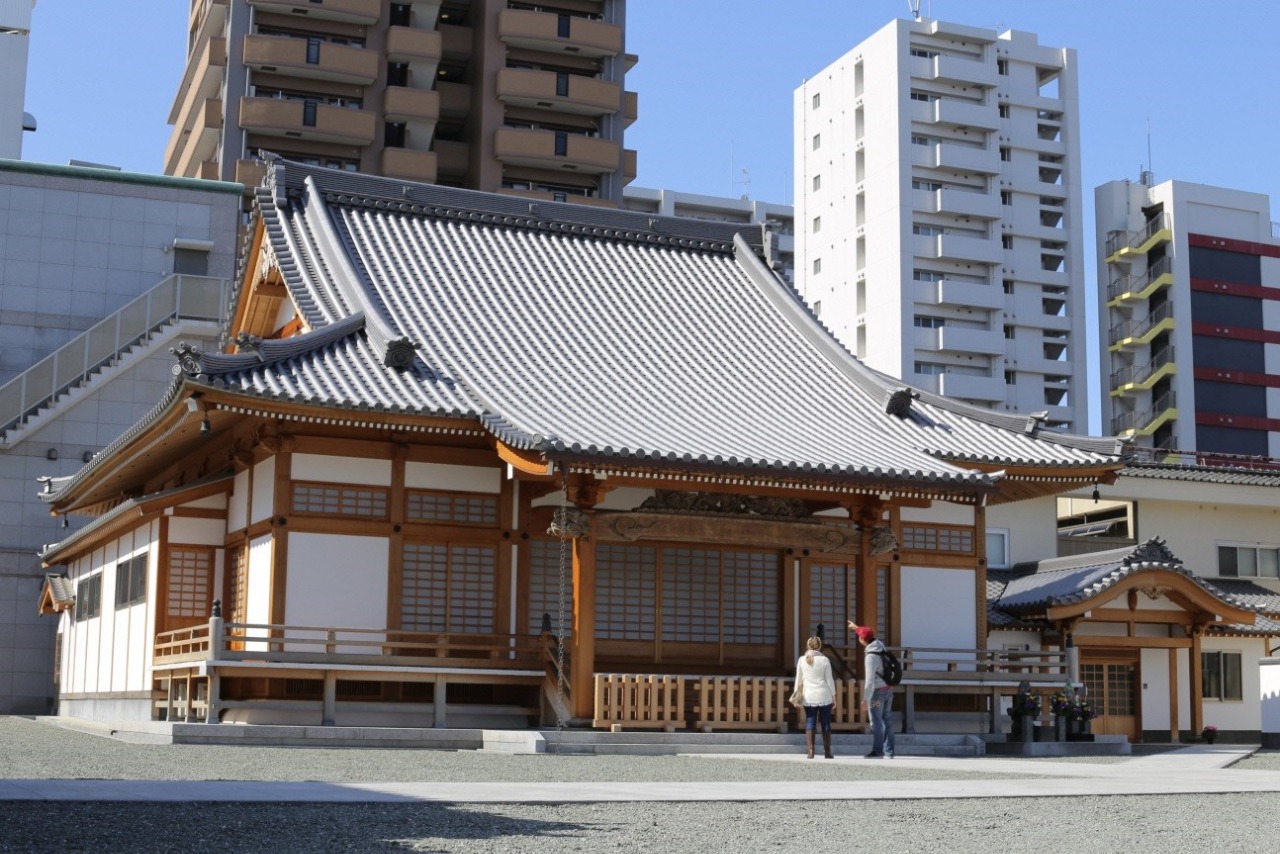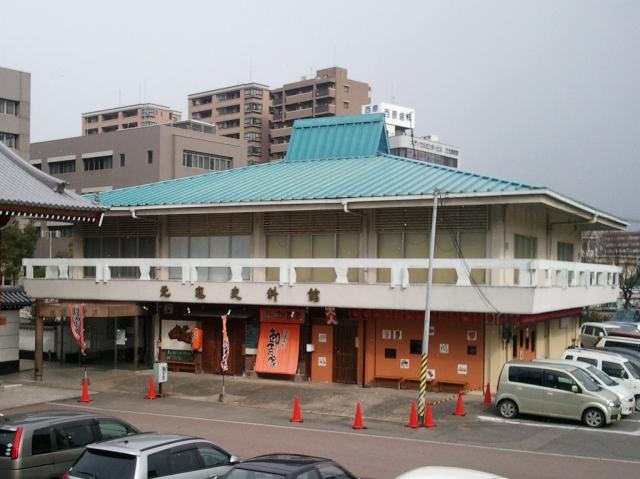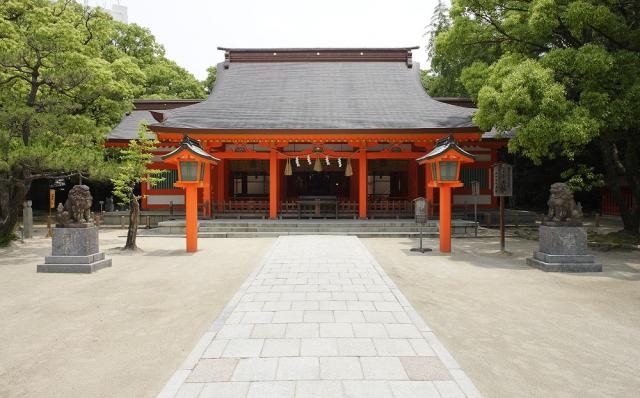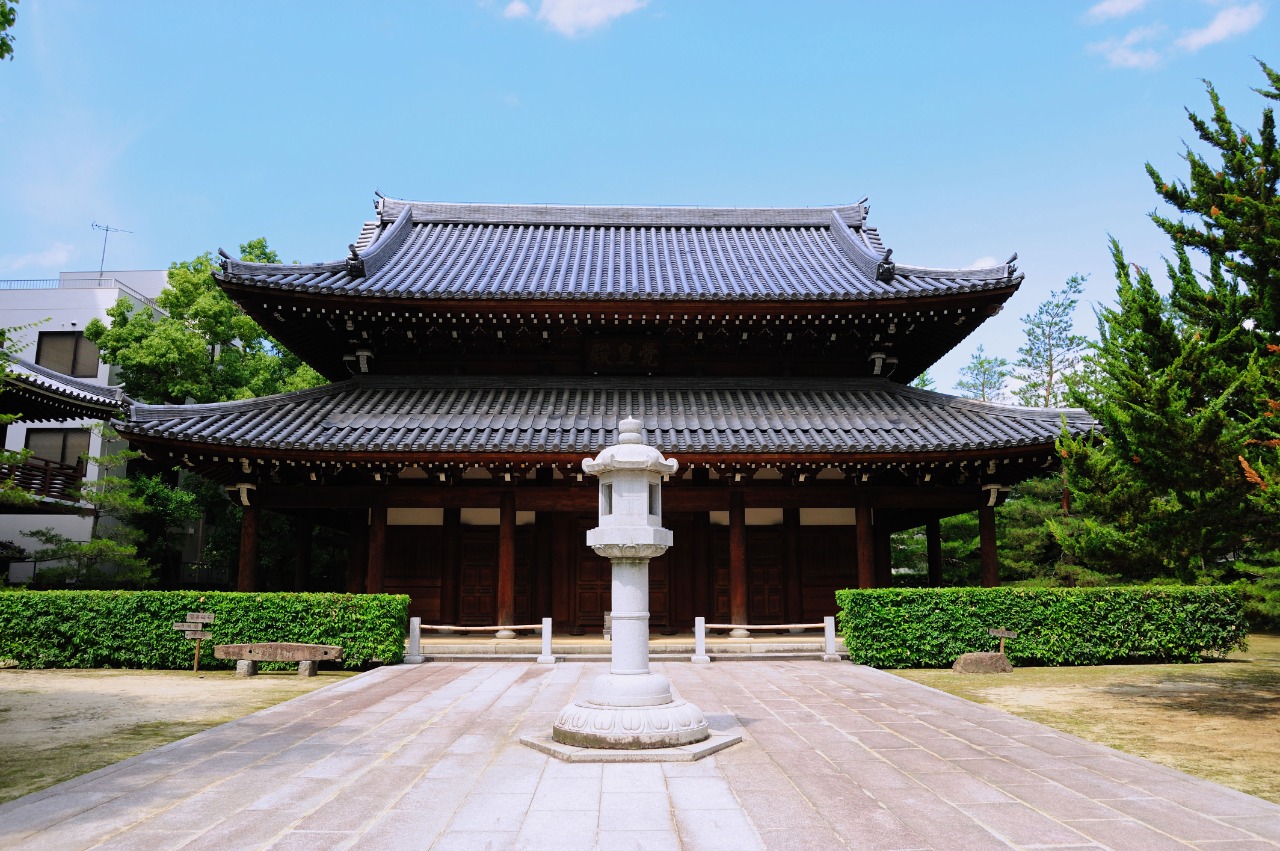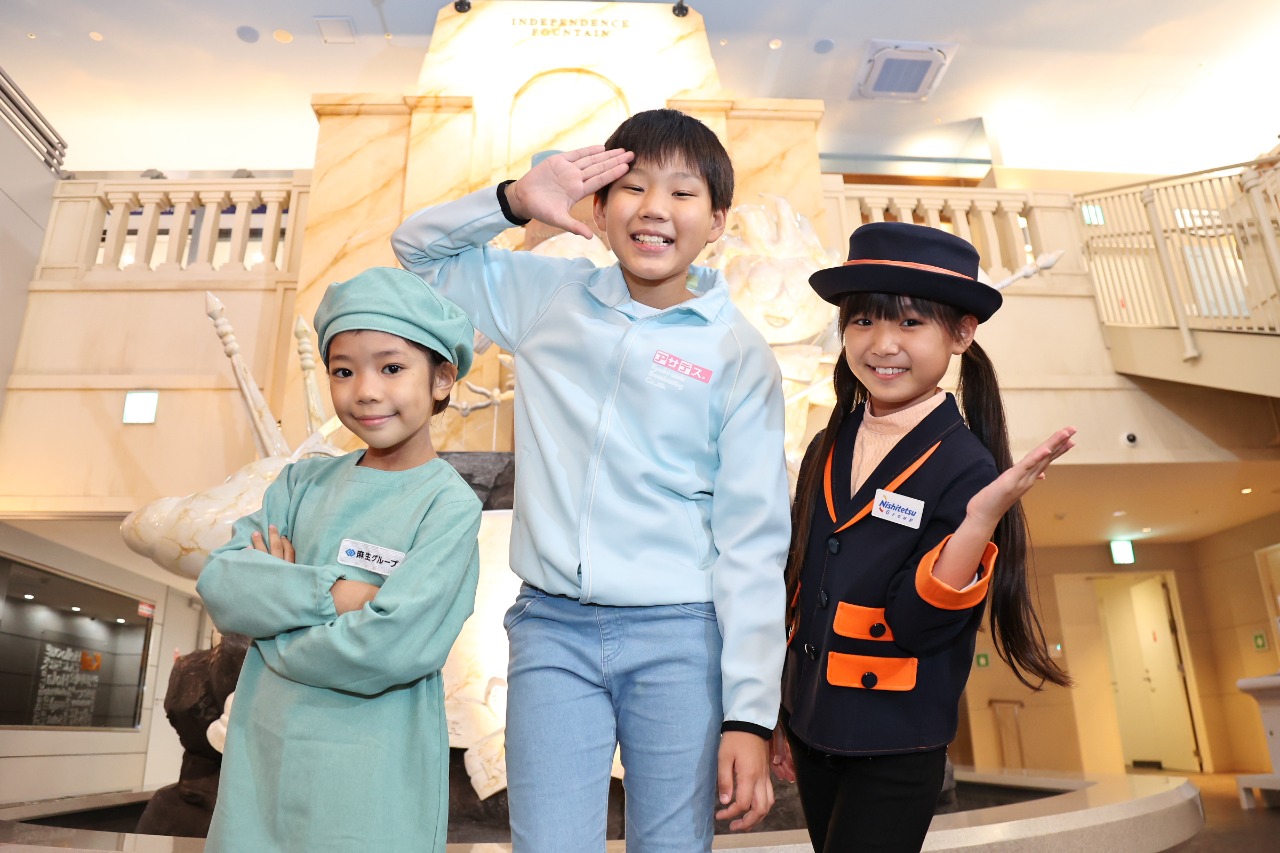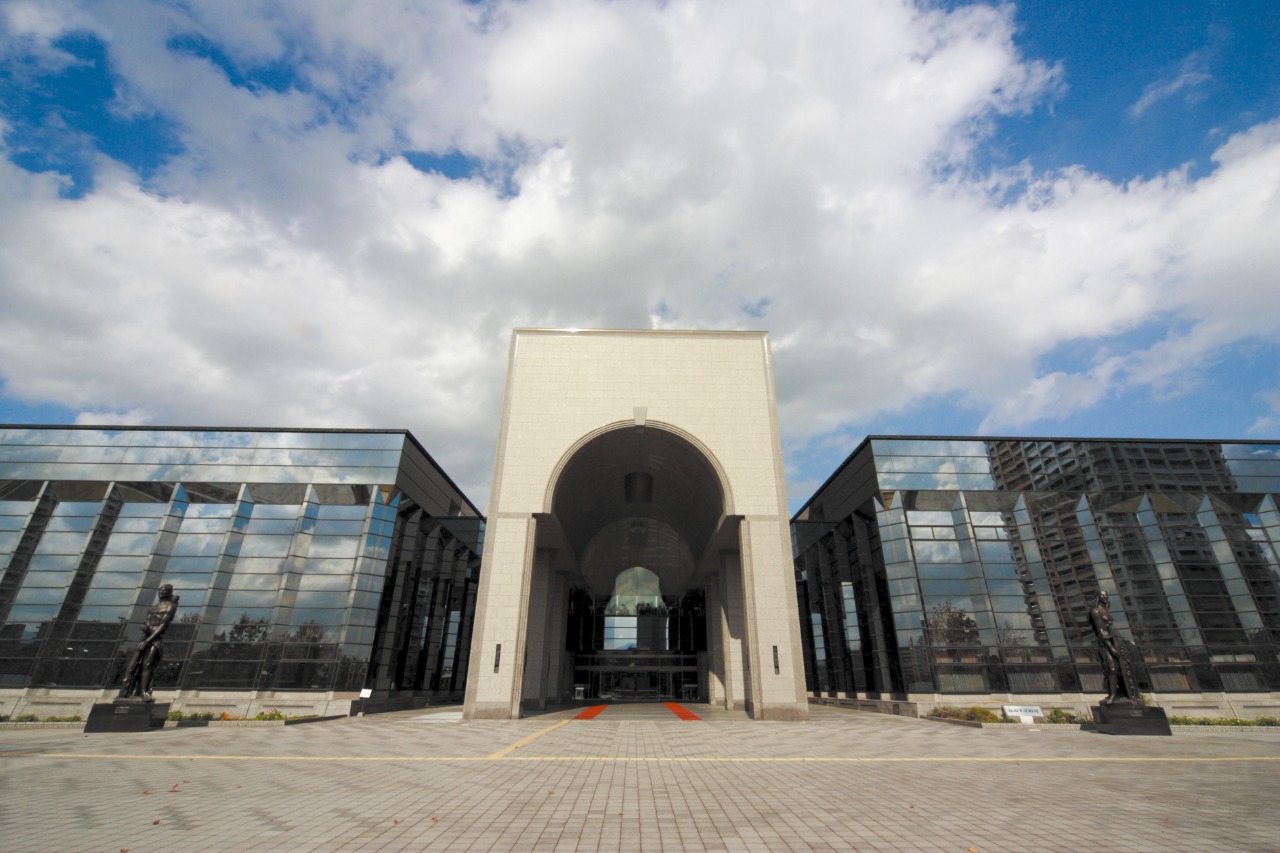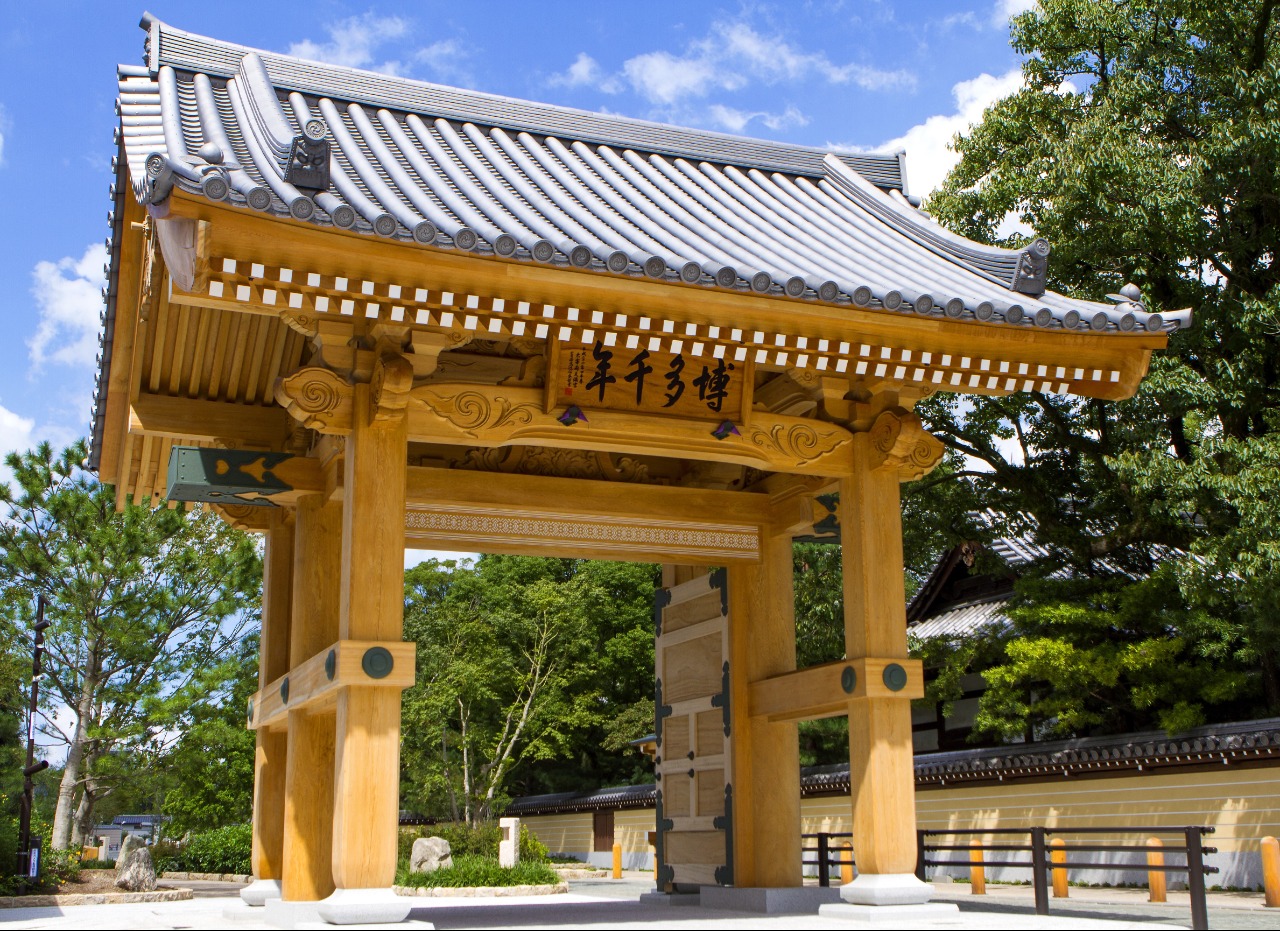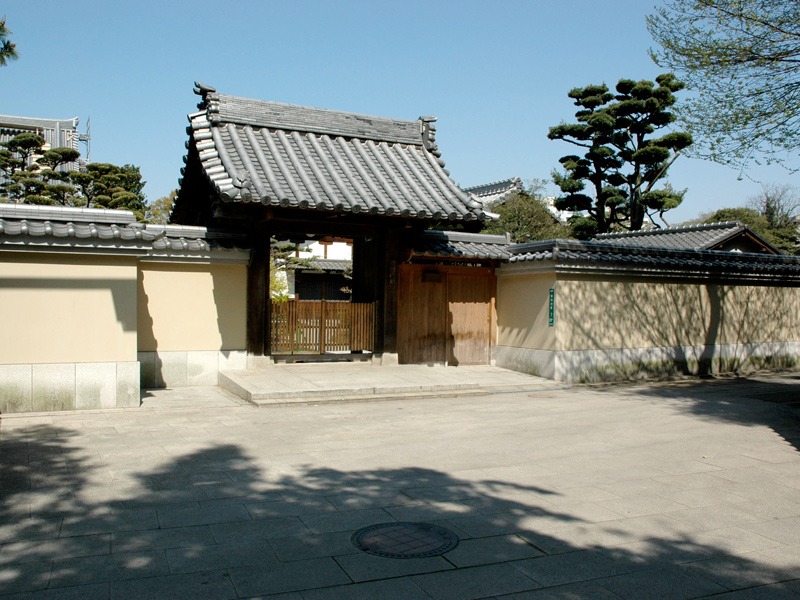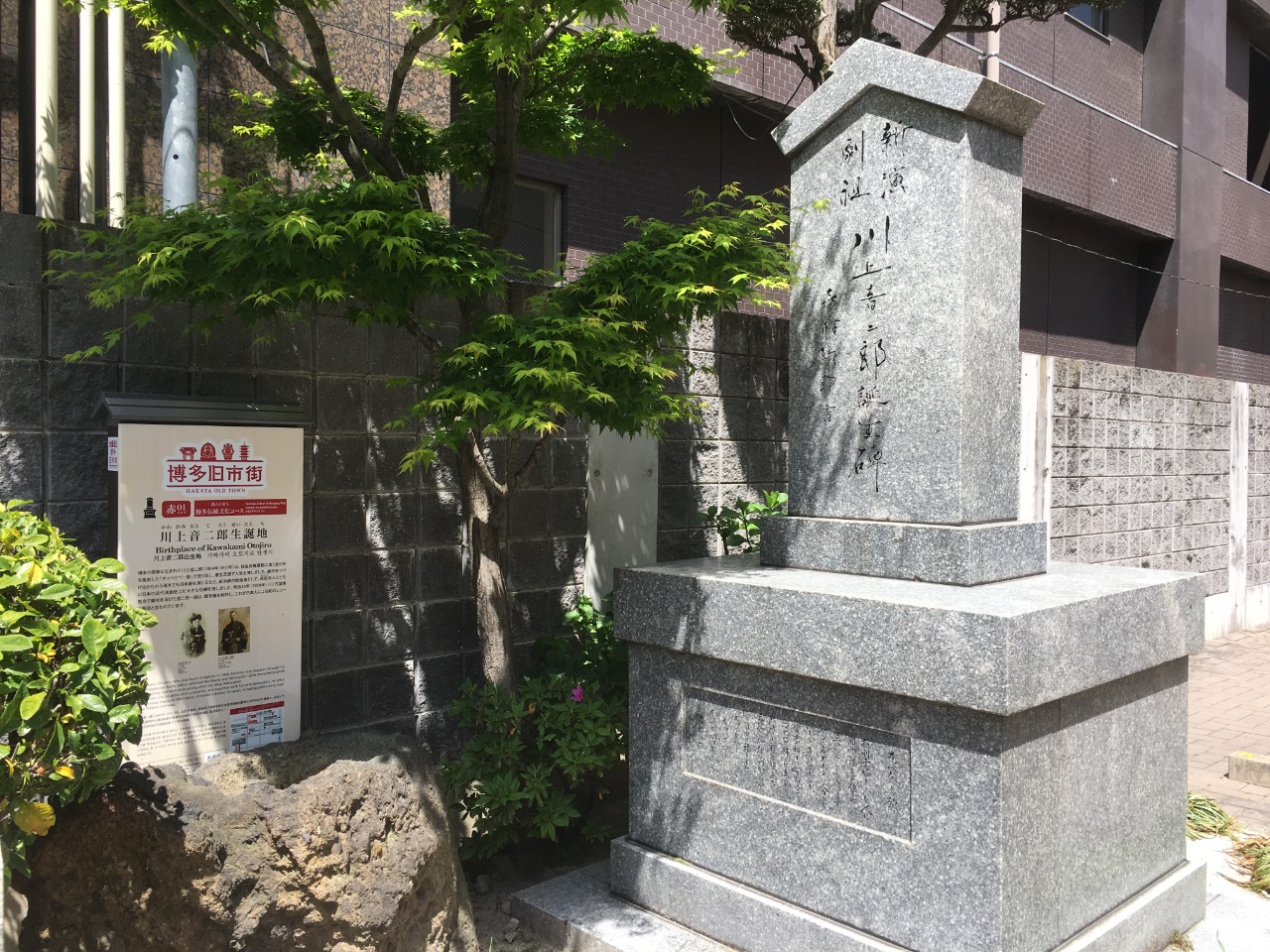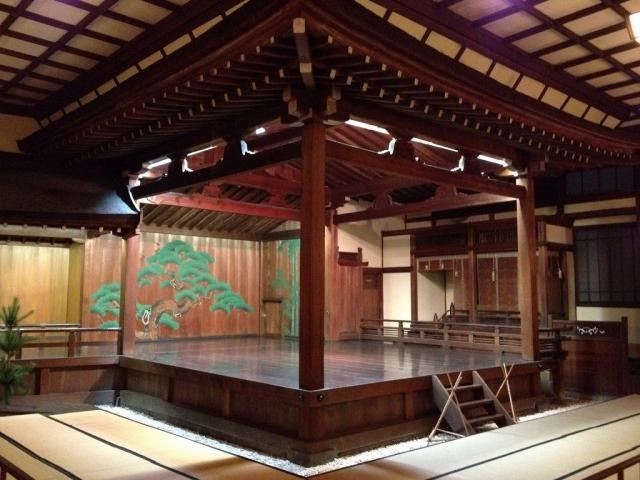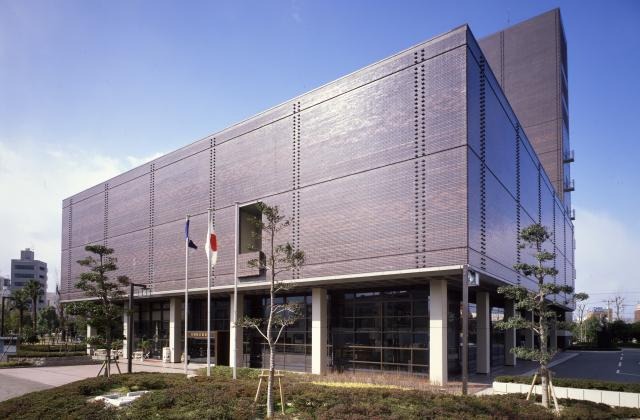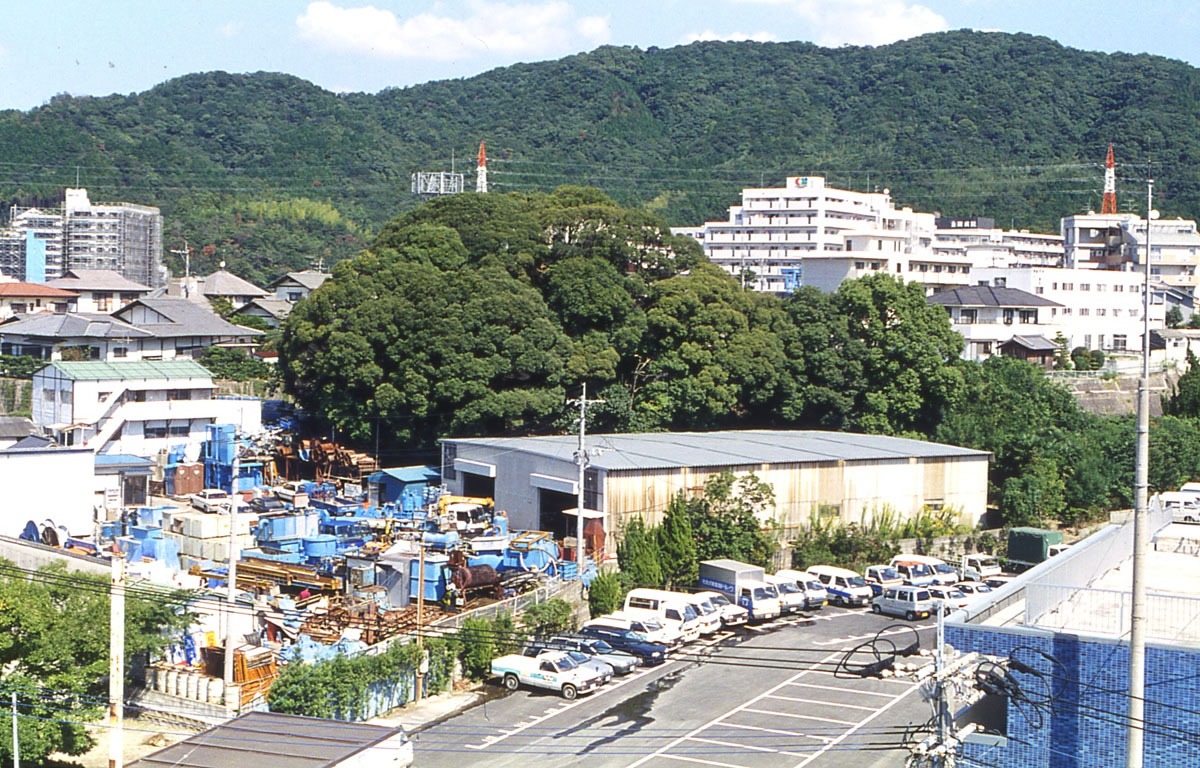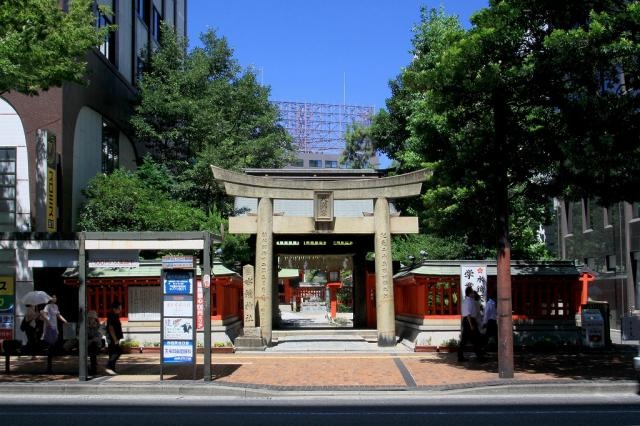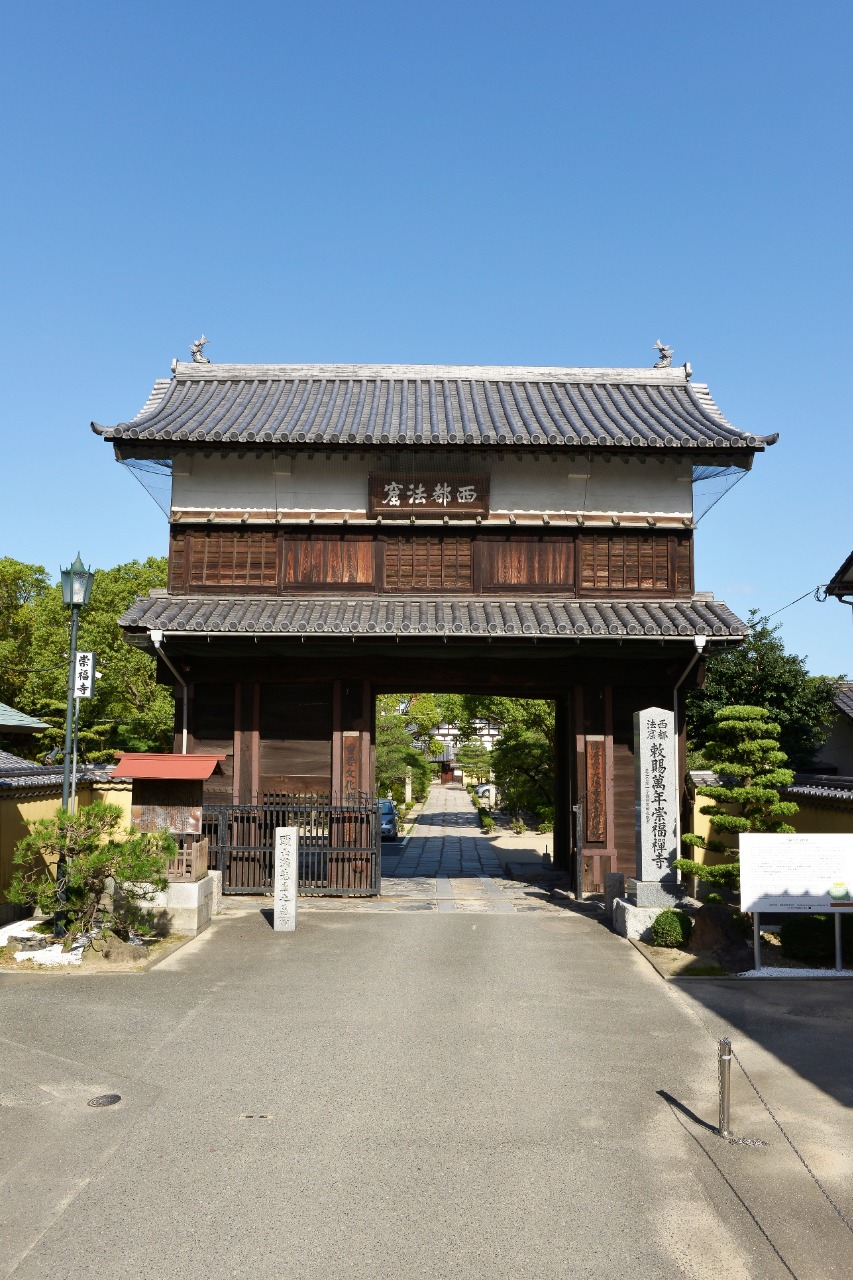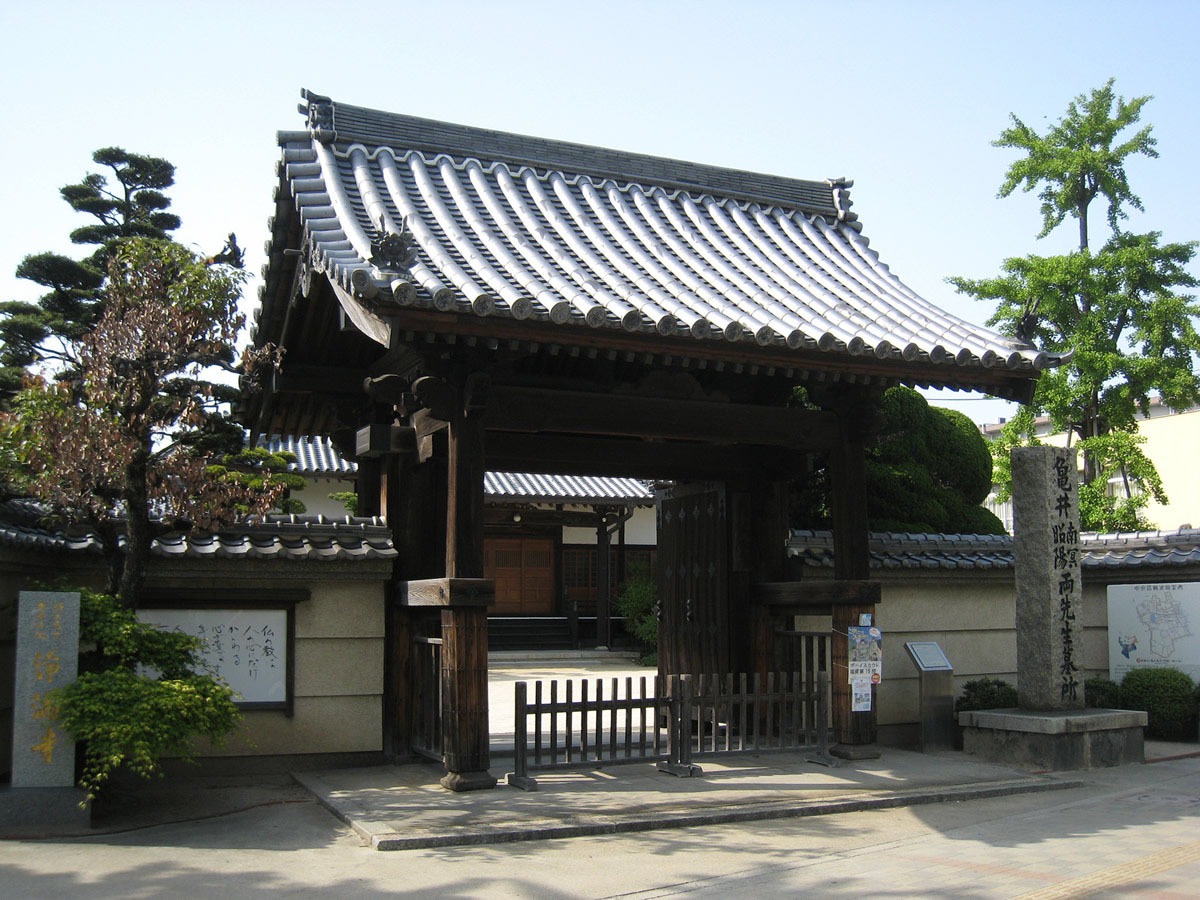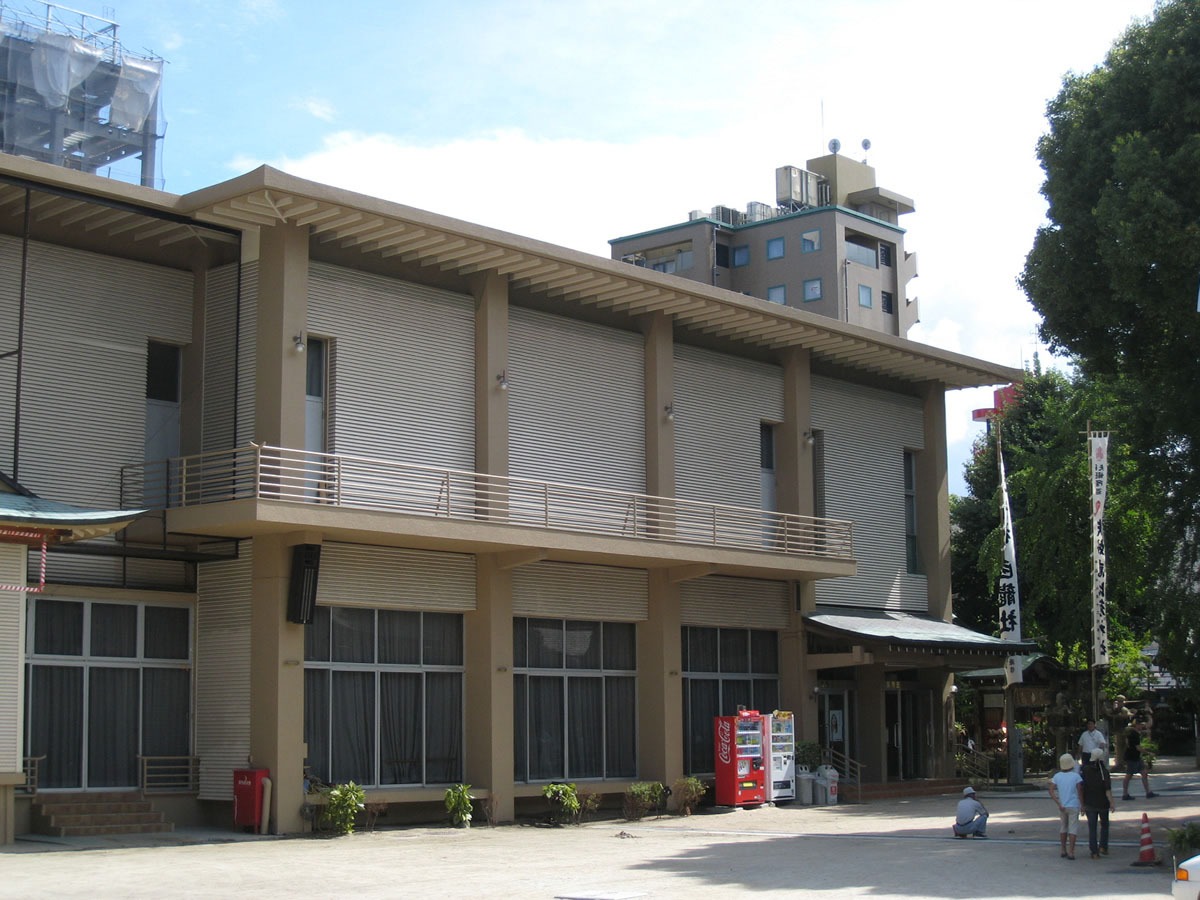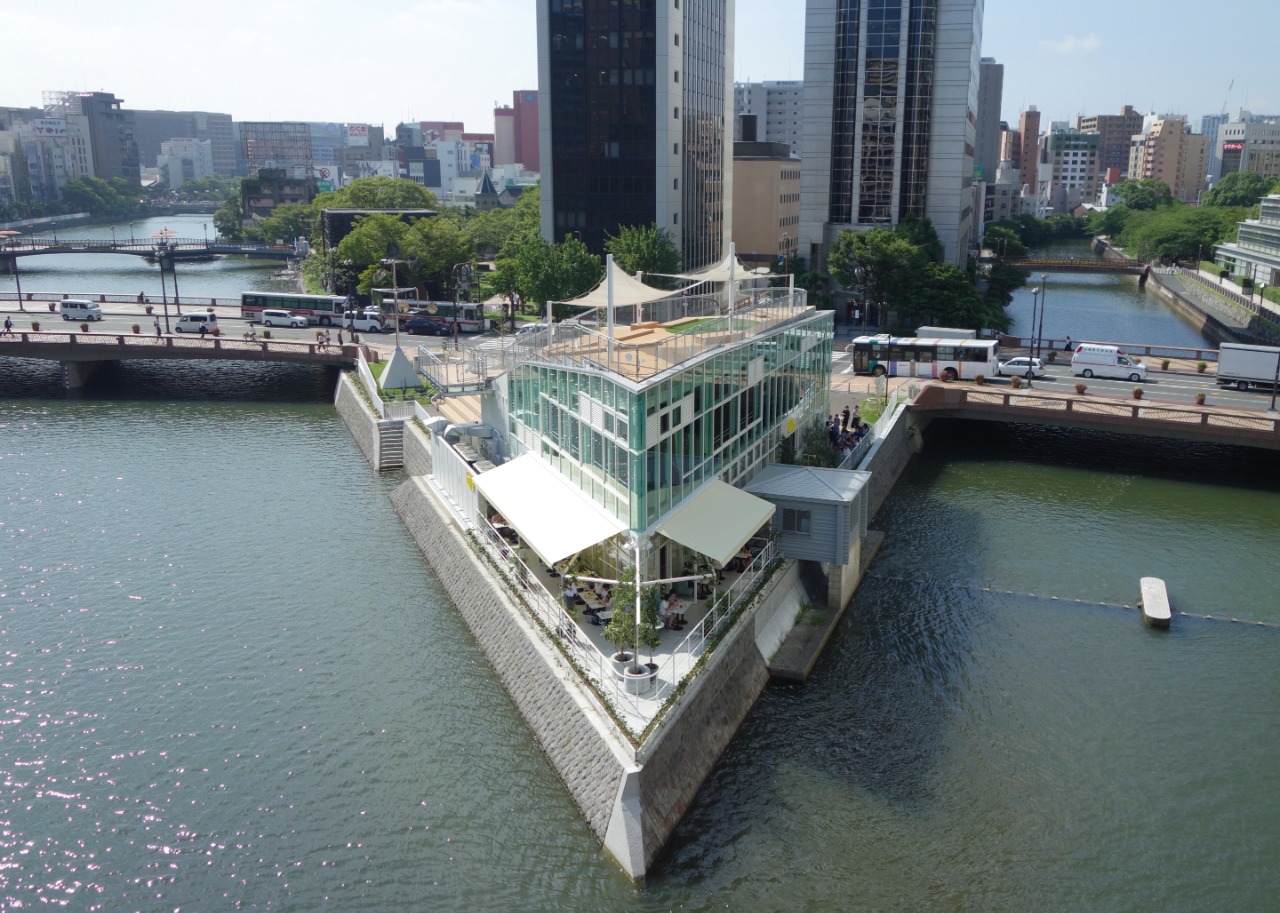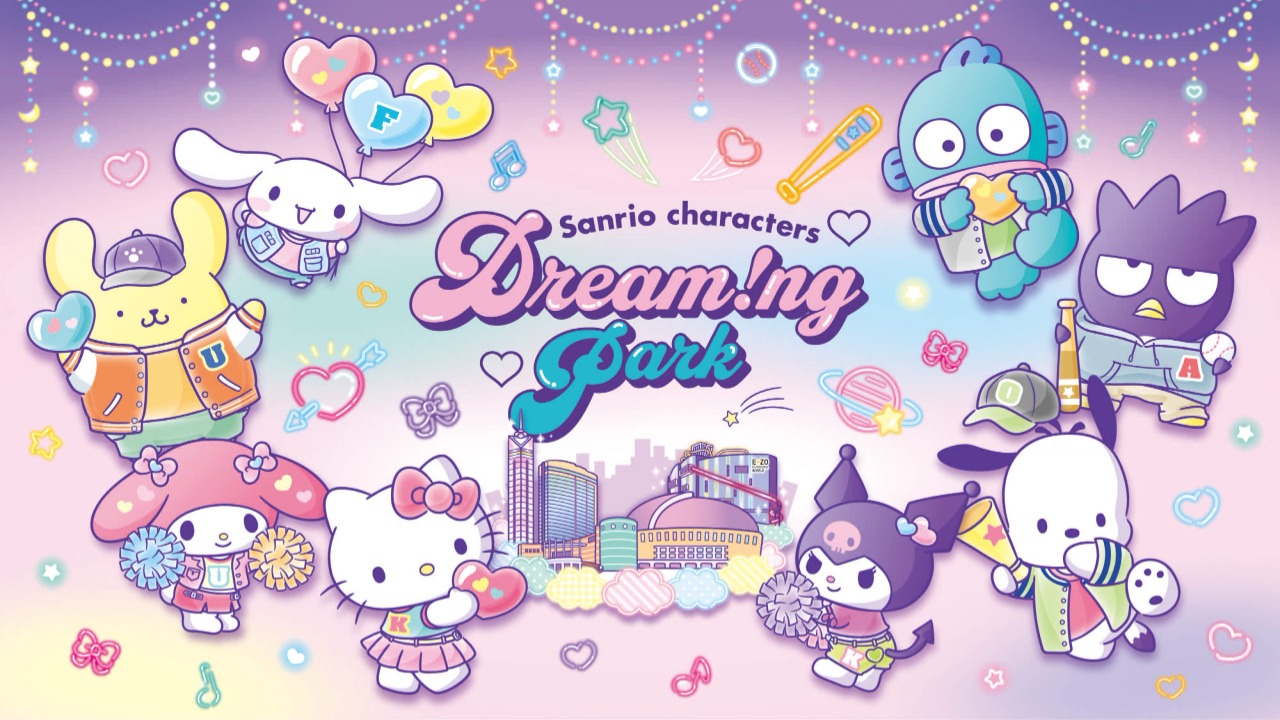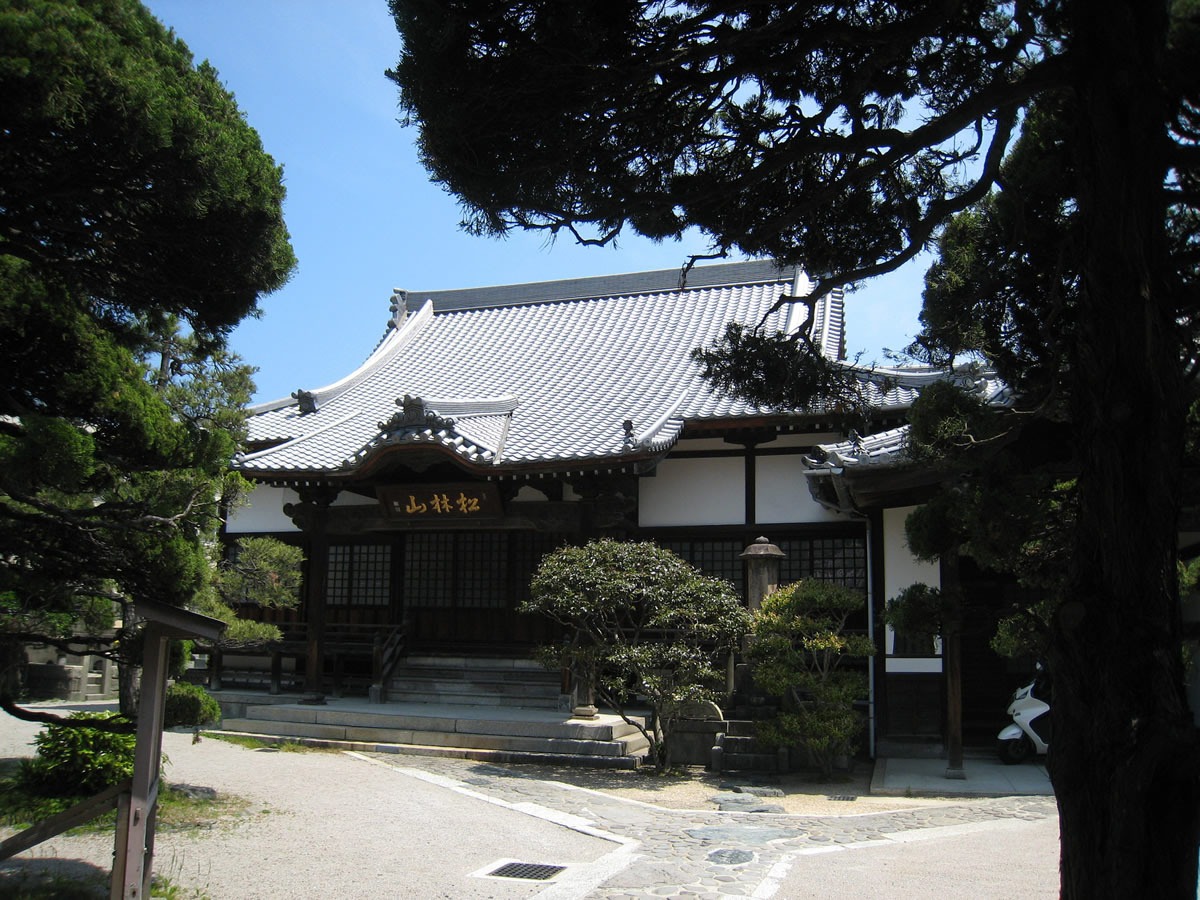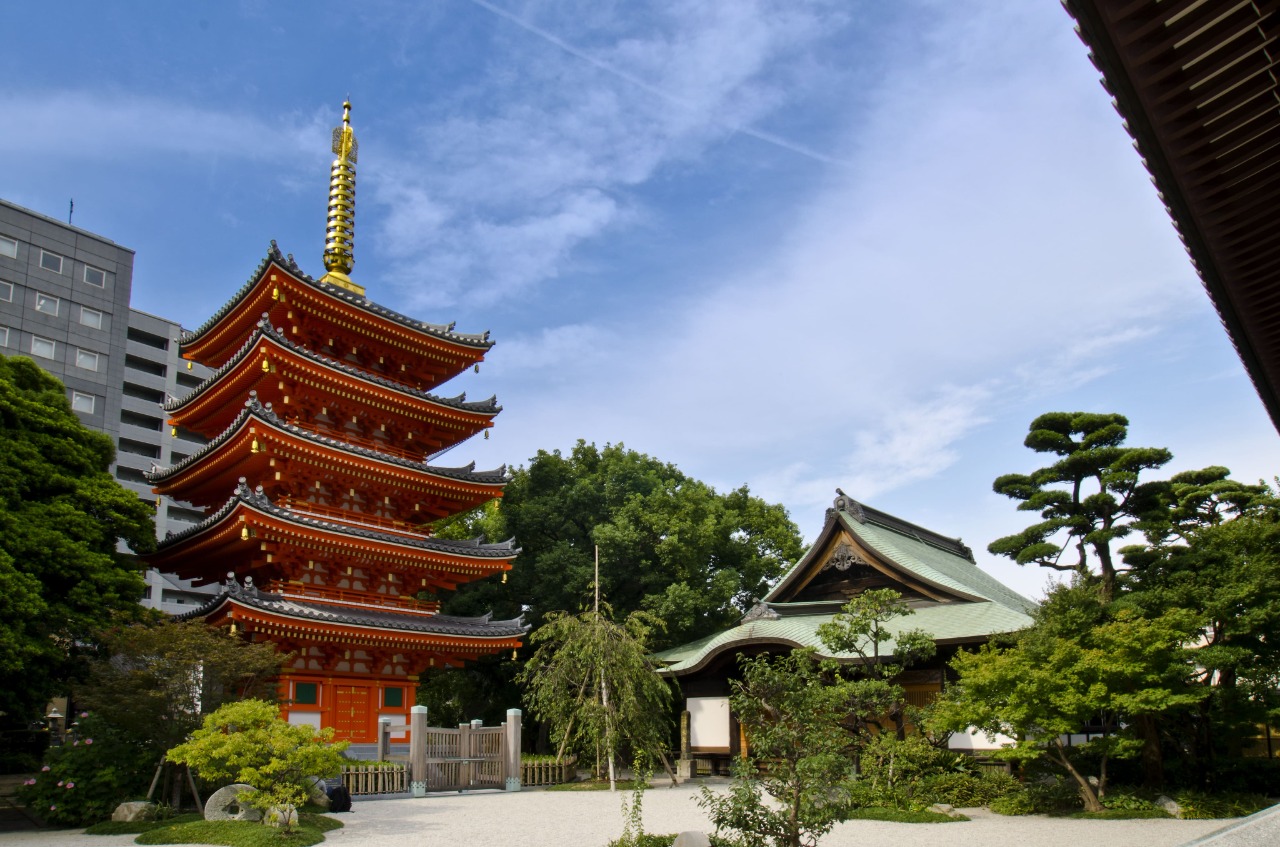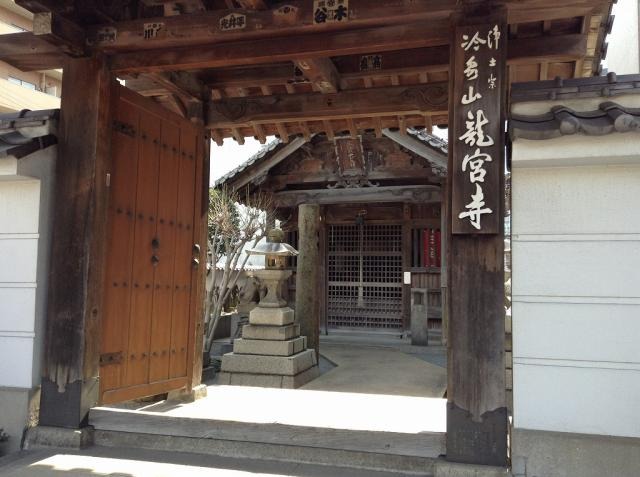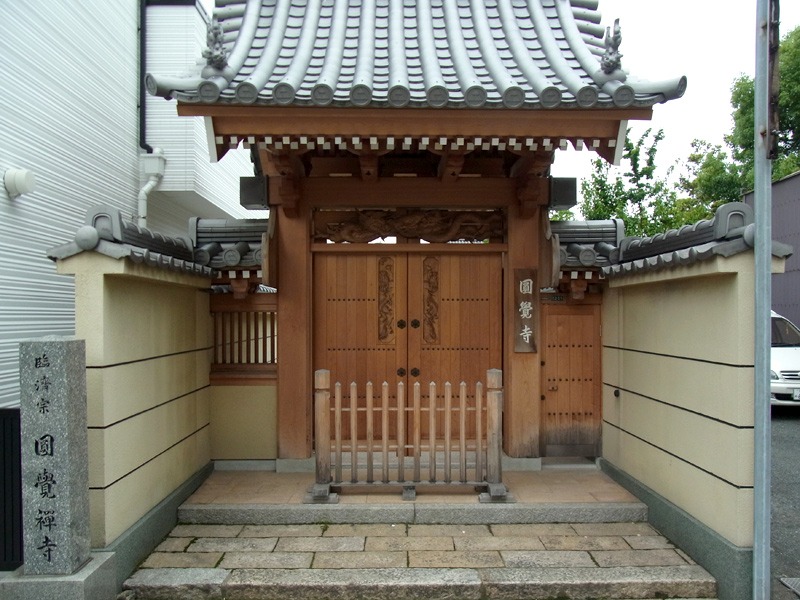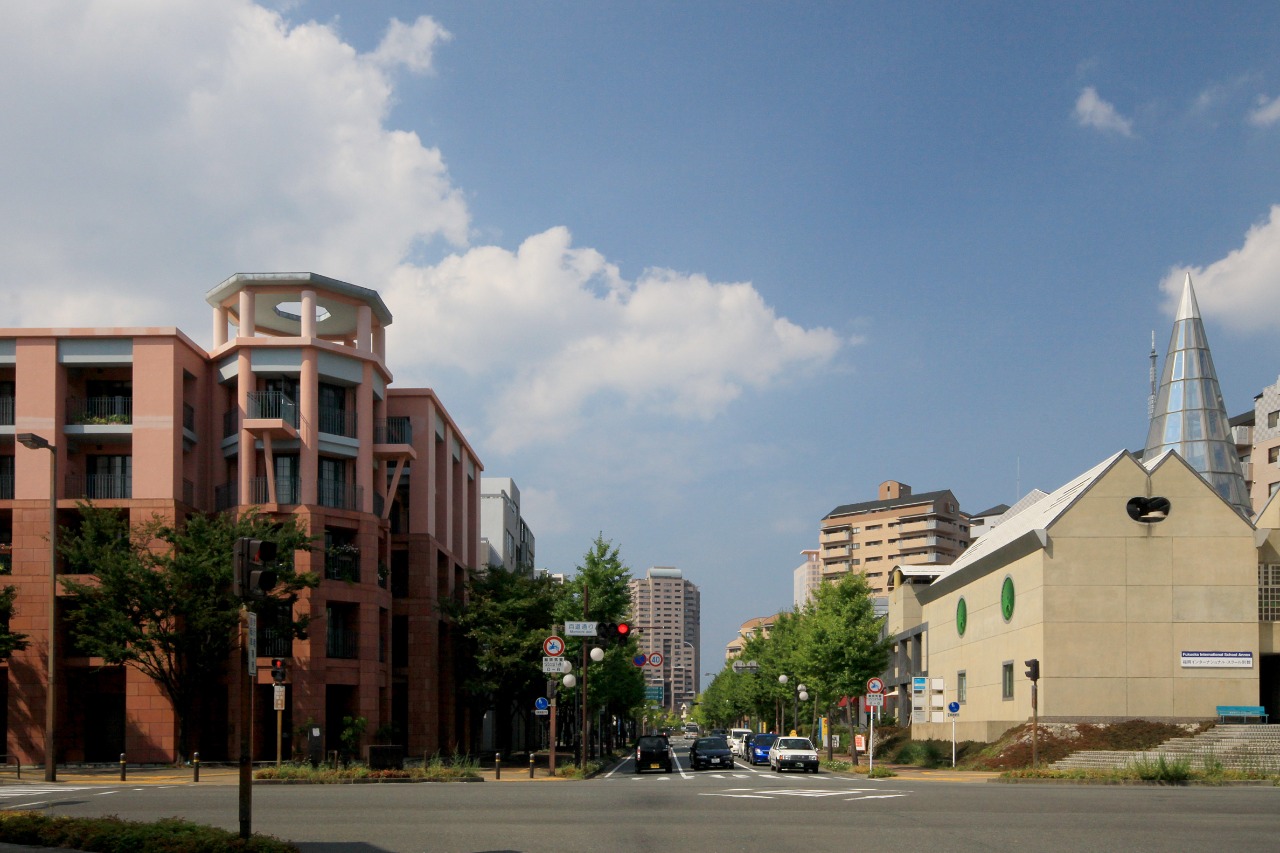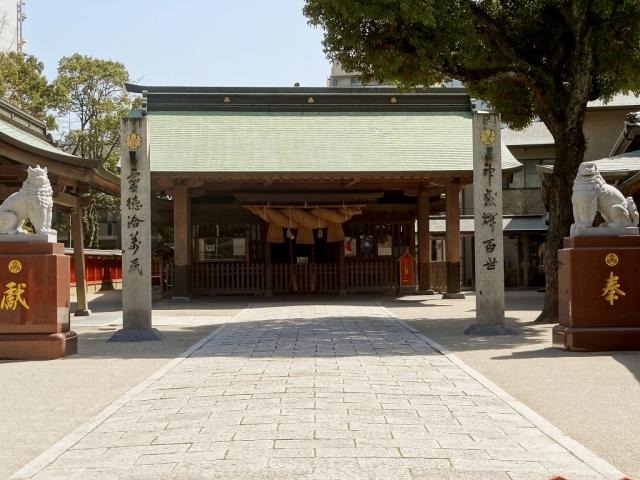Bridging Cultures: What American Travelers Can Learn & Love About Life in Fukuoka
Visiting Japan is much more than a trip across the Pacific Ocean, it is indulging yourself in the rich culture that is rooted in tradition, respect, values, and customs. It might be exciting or even nerve-wracking for American tourists to fully grasp the cultural differences that exist between the two cultures until you experience both.
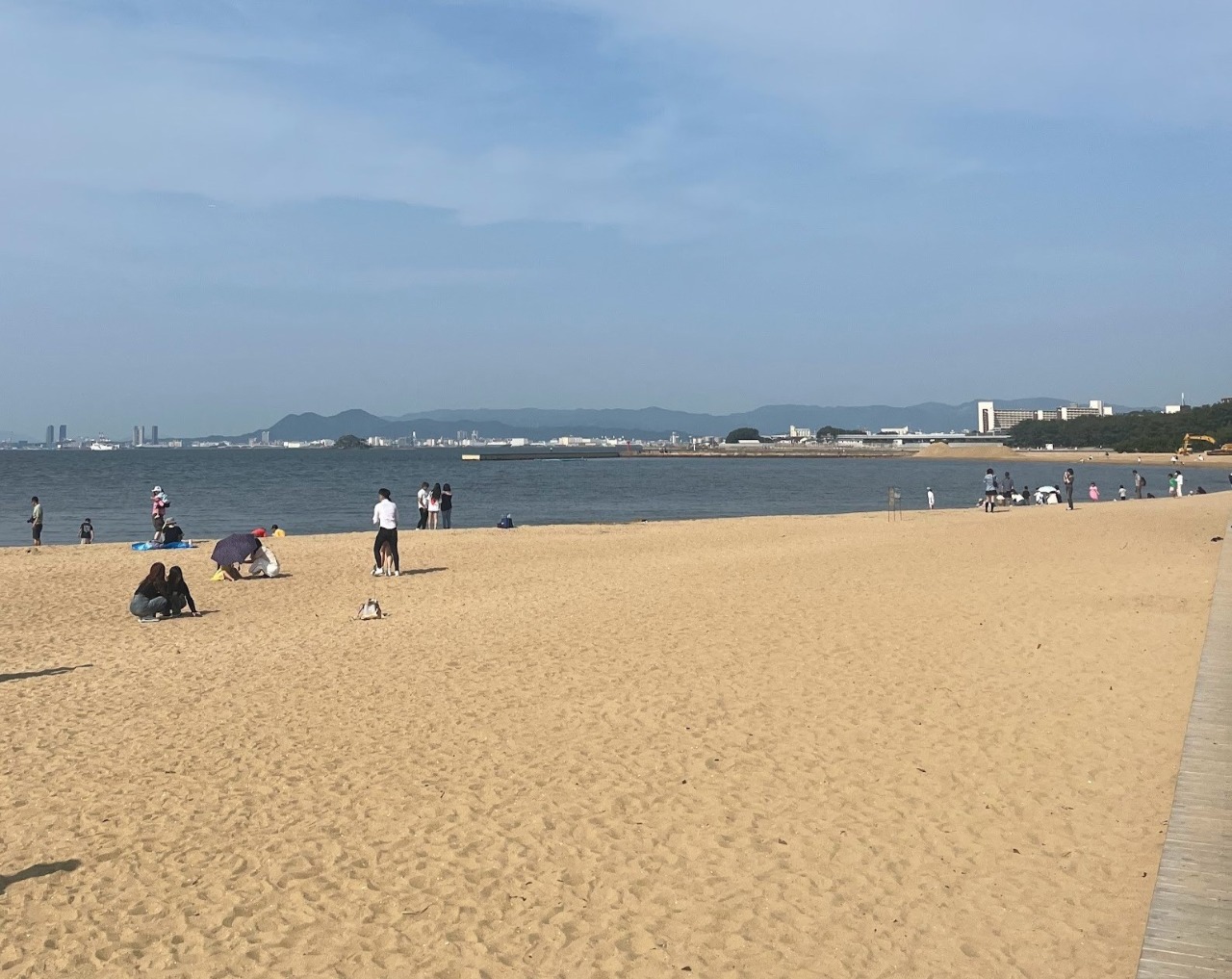
Author
From the University of Central Florida, working as an intern at Fukuoka City Hall to introduce Fukuoka tourist information.
Japan has over 780 cities that all offer unique history and cultural experiences. To identify the key cultural differences that exist between the U.S. and Japan, we will offer specific examples from one of the leading tourist cities in Japan: Fukuoka City. This vibrant coastal city is on Japan’s southern island of Kyushu. Best known for its culinary haven, Fukuoka offers a mix of modern convenience, nature's beauty, and cultural charm.
Cleanliness & Respect for Public Spaces:
If you ever visit Japan, you will probably notice that public spaces are much cleaner, tidier, and more organized than most areas in America. You will rarely find litter on the ground, public transportation is very clean, restrooms are sanitary (bidet functions on toilets are standard practice), restaurants will typically give you hand wipes upon sitting down to eat, and more. Lines for subway entry, escalator use, and even getting in an elevator are also very organized and efficient. Why is this? Well, it’s mostly due to a multitude of cultural and social factors.
Japanese culture is more collectivist, while American culture is more individualist, meaning that most Japanese people place a large emphasis on supporting their families and communities over everything, while a lot of American people focus more on themselves and their individual interests. Japanese culture also has deep roots in Buddhism, which also influences collectivism and support for one’s community. From a young age, most Japanese children are taught to not only clean up after themselves but to help clean up after others. Waste management systems are highly structured in Japan, with very strict recycling rules. Past health concerns such as COVID-19 and other illnesses have also created a concern for cleanliness, and many people wear face masks on a regular basis, especially when they are sick. It is incredibly rare to find trash cans in public areas, so there is a much smaller chance of garbage overflowing, blowing away, or getting misplaced. Technological advancements in Japan have allowed for bidet systems in restrooms to become the norm. Japanese people also have lots of respect for those around them in public places. For example, when using an escalator, two organized lines will usually form in order to keep things efficient and simple. Subway users also stand in short lines to board, and the subways themselves are quite quiet, even when crowded. Overall, cleanliness, hygiene, and organization are incredibly important in Japanese culture.
In Fukuoka, the lack of litter and carelessness with trash allows the city and prefecture to preserve beautiful nature sites, Japanese gardens, and public parks. Because there is such an emphasis on keeping these sites alive and well, they are rarely commercialized. Places like Yusentei Park, Nokonoshima Island Park, and Momochi Seaside Park are all in such great condition because of the respect that Fukuoka’s citizens have for the spaces. They are free of trash, and their wildlife is thriving. Because most Japanese citizens and tourists understand the cultural, historical, and natural significance of these areas, they do what they can to help preserve them, whether it be respecting rules in place, taking shoes off indoors, saving their trash for a later time when they have access to a trash can and more.
The main difference between American and Japanese views on public cleanliness is what each culture prioritizes. Because America is more individually focused, we tend to think more about our own personal problems and solutions, meaning that respect for our surroundings is sometimes prioritized less. Since Japan is more community-focused, Japanese people prioritize the people and things around them over themselves, meaning that they are more willing to make personal sacrifices to benefit the greater community. Both of these cultures are very unique, and one is not necessarily “better” than the other; each has its benefits and drawbacks. As a visitor to Japan, you will be able to experience a very different way of living and interacting with the world around you. It’s a great way to learn and expand your worldview!
Getting Around: Public Transportation & Walkability:
As any American knows, most cities in the U.S. are not very walkable and do not have much reliable public transportation. While certain large cities like New York, Chicago, New Orleans, and Washington D.C. have subways, streetcars, and buses, many other metropolitan areas in the U.S. are most conveniently accessible by car. Also, many of these cities are very hard to walk around, as they are very spaced out and not designed with pedestrians in mind.
The metropolitan areas of Japan are quite different. While cars are still a very common and easy way to navigate these cities, public transportation is much more common, clean, and reliable than in the States. Nearly every large city in the country has buses, subways, taxis, ferries, and/or streetcars that are available for public use. These options are typically very affordable, reliable, and fast, and are used regularly by a majority of residents. Additionally, Japanese cities tend to be very walkable, with cities containing just about anything you may need within walking distance. Hotels, convenience stores, restaurants, shops, clubs, and more can be found on
nearly every street in the big cities of Japan.
Fukuoka specifically is a great place for public transportation and opportunities for walkability. The city is not as large as other popular tourist cities like Tokyo or Osaka, so everything is quite close together. If what you’re looking for isn’t accessible via walking, chances are a bus or train will take you there. The Nishitetsu Bus System has routes that go to almost every major landmark throughout the city, with plenty of stops along the way. The Highway Bus system can also take you to other popular cities and areas on the outskirts (or even outside) of Fukuoka. The Fukuoka City Subway and JR Line Trains also have plenty of stops at the most populated areas in the city and are incredibly convenient. Fukuoka also has a Shinkansen Bullet Train stop at Hakata Station, as well as ferry systems to get to nearby islands and plenty of taxis running 24/7.
One of the best parts about these transportation options compared to the most popular ones in the United States is that they are almost always clean, reliable, fast, accessible, and affordable. Cleanliness is a very high priority in all of Japan, so you will rarely see litter, spilled food, wild bugs or animals, or other dirt on the buses or trains. They are also much quieter than American trains and buses, which makes for a less chaotic and stressful experience. The buses, trains, and ferries are also very on-time, with delays of any kind being uncommon. Just about everywhere you go, there will almost always be a method of transportation available to you. Buses and trains arrive every few minutes, and even more frequently during rush hours. Even though the trains and buses stop running around midnight, taxis are available all over the city to help you get home safely. And lastly, the fares tend to be very affordable, especially compared to U.S. prices. A trip on the subway usually won’t run you much more than 400 yen (~$2.76 USD), unless you’re traveling a far distance. Even for the Highway Buses to cities outside Fukuoka Prefecture, you can pay as little as 5,000 yen (~$34.50 USD) or less for a round-trip ticket.
Overall, the public transportation options in Fukuoka are plentiful and worthwhile. These options will help you tremendously on your trip, and will most likely feel like an elevated version of the public transportation you have experienced in the States, all for much cheaper fares.
Accessibility & Attention to All Abilities:
Japan has undoubtedly excelled in one area, which is universal accessibility. Compared to U.S. cities, accommodations can be incredibly inconsistent with disabilities in America. You can clearly see the difference in cities like Fukuoka, a city that is thoughtfully designed and welcoming to all. Most cities in Japan, like Fukuoka, offer a variety of features that help people with different mobility and sensory needs.
While walking down the streets of Fukuoka, you will hear bird-like sounds at crosswalks that serve as audible signals to help visually impaired pedestrians know when and what direction to cross in. You will also see yellow tiles with either raised bumps or lines that guide the visually impaired through any public area. The raised bumps are to make people aware of when to stop, and the lines serve as a guide to the flow of foot traffic. One incredibly thoughtful and efficiently exercised feature is priority seating in any public transportation. It does not matter if you go on the train or bus, you will always notice priority seating clearly marked for pregnant women, elderly people, and disabled passengers. Apart from this feature being incredibly useful, it is widely respected by the public.
Even elevators are designed with accessibility in mind, as they offer lower button panels and braille labels for wheelchair users. Sometimes you will even see entire elevators designated for wheelchair users. These thoughtful features can be found everywhere and are what makes Japan’s existing cultural priority so accessible for everyone, which often leaves a long-lasting impression on visitors from the United States.
Seasonal Festivals:
A heavily engraved part of Japan’s history and culture are seasonal festivals. Seasonal festivals are deeply rooted in centuries-old traditions and religion that offer a glimpse into the heart of Japanese culture. Spiritual beliefs, community identity, and historical pride are all crucial elements that make these festivals. American tourists who get the chance to experience these events may feel like they have stepped into another world, one where history is not only remembered, but actively reenacted with passion, reverence, and precision.
Fukuoka’s most iconic and exhilarating festival is the Hakata Gion Yamakasa festival. It happens every year from July 1st to July 5th in the Hakata District of Fukuoka City. This festival dates back to over 780 years and is in dedication to the Kushida Shrine which is the spiritual center of the city. This Yamakasa festival originates from the story of a Zen monk named Shoichi Kokushi who was carried on an offering stand (Segaki-dana) while sprinkling holy water to purify the city because of a deadly plague that Hakata was dealing with at the time. This story is known as the legend of Shoichi Kokushi and over the centuries was connected to the Gion faith that worshipped the god to ward off plague, Susanwoo. This festival is celebrated with kakiyama, which are on-ton wooden floats that are adorned with intricate folk-lore-inspired sculptures that all tell a different story. Taking weeks of preparation, at dawn on July 15th, teams of men race through the narrow streets of Hakata barefoot while wearing traditional shimekomi and happi coats as they carry the massive floats on their shoulders. The liveliness that is created is electric as the crowd support is tremendous. Compared to American festivals that are often characterized by parades, music, food vendors, and fireworks like the Fourth of July or Mardi Gras, Japanese festivals are filled with culture and tradition. Festivals in the U.S. are more focused on entertainment or civic pride which turns them into more of a party. Festivals in Japan like the Hakata Gion Yamakasa, rooted in ritual purification and religious devotion, differ in a way that participating is not just for fun, but a spiritual and physical commitment to the event.
However, not all seasonal festivals differ between Japan and the U.S. For example, there is a signature event during Golden Week in Fukuoka. The Hakata Dontaku Port Festival is held in Central Fukuoka in areas like Tenin, Hakata, and the Bayside from May 3rd to 4th. This annual festival attracts over 2 million visitors, and serves as a reminder of Japan’s long history of international trade through its port cities like Fukuoka, as the word “Dontaku” comes from the Dutch word “zondag” which translates to Sunday or holiday. Locals and performers from across Japan parade through the streets of Fukuoka, wearing from kimonos and yukata to modern cosplay. The celebration comes from a story of three gods on horseback who visited over 150 businesses and organizations across the city while offering blessings and good fortune to the people in the span of two days. Even though parades in the U.S. are more corporate and spectacle-driven like the annual Thanksgiving Macy’s Parade, both the Dontaku Festival and the Thanksgiving Parade are community-oriented and remain at their grassroots. The Thanksgiving Parade is organized by a major department store we all know as Macy’s. With the first parade taking place in 1924, they reserve the streets of New York from Manhattan to Macy’s Herald Square, on Thanksgiving Day from 8:30 a.m. to 12:00 p.m. Filling the streets with the huge pop culture balloons, floats, Christmas performances, marching bands, celebrity appearances, and even Mr. & Ms. Claus. With so much to see, New Yorkers and visitors surround the parade which has also been televised nationally on NBC since 1953. Each parade might have its differences because of how different both countries are in culture, however, you cannot take away how similar they are as well. Both events come to life each year, to celebrate a part of the country’s history, where the community comes together to create a beautiful festivity.
Conclusion Paragraph:
Fukuoka is a city filled with rich culture and history. It may be intimidating to visit a place with values and traditions so different from your own, but experiencing a new culture is a fun adventure in itself! When traveling throughout Japan, embrace the norms of each city and immerse yourself in the beautiful ways of living. While it is fun to explore touristy shops and restaurants, be sure to take some time to dive into the unique cultural and historical experiences each area has to offer. In Fukuoka, try using the subways and buses, eat at Yatai food stalls, explore historical museums and religious sites, learn some Japanese phrases, attend festivals, and more! Don’t be scared or embarrassed; most Japanese people will appreciate your willingness to embrace and enjoy their beautiful culture. Trust us – you won’t regret it! Just make sure to always approach these cultural experiences with respect and an open mind. Traveling to such an amazing country is a once-in-a-lifetime experience for many, so don’t let the opportunity to experience and appreciate such a unique culture pass you by!







